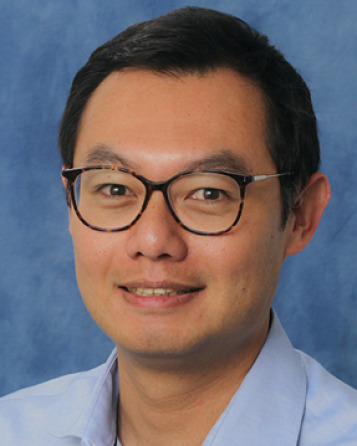Hold the Date
July 14-18: 87th Annual Meeting of the Meteoritical Society
×The 87th annual meeting of The Meteoritical Society will take place from July 14-18, 2025 at the Perth Convention and Exhibition Center (PCEC) in Perth, Western Australia.
More Information
Revealing the Lives of Planet-Forming Disks
× 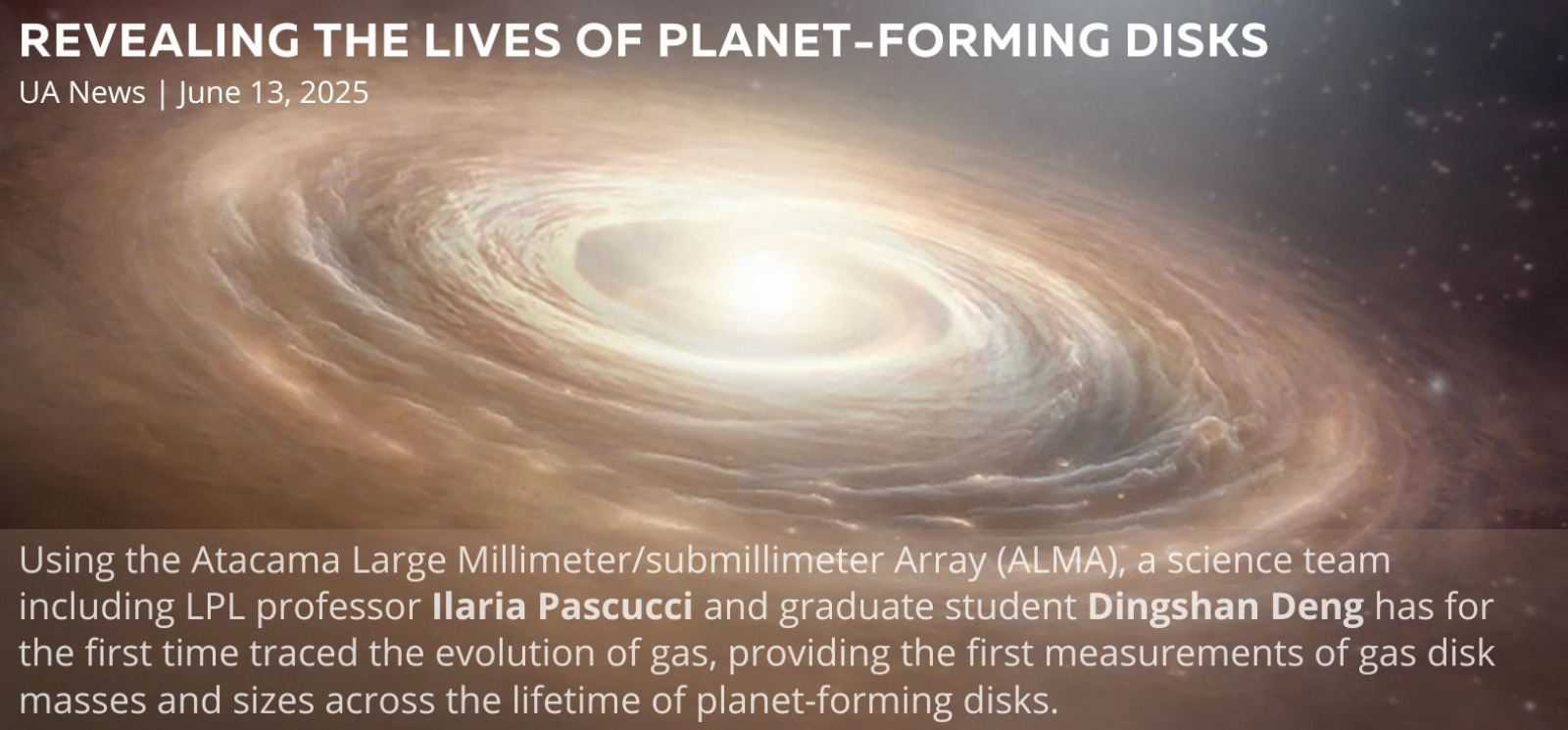
By National Radio Astronomy Observatory (NRAO) and Daniel Stolte, University Communications June 13, 2025
An international team of astronomers including researchers at the University of Arizona Lunar and Planetary Laboratory has unveiled groundbreaking findings about the disks of gas and dust surrounding nearby young stars, using the powerful Atacama Large Millimeter/submillimeter Array, or ALMA.
The findings, published in 12 papers in a focus issue of the Astrophysical Journal, are part of an ALMA large program called the ALMA Survey of Gas Evolution of PROtoplanetary Disks, or AGE-PRO. AGE-PRO observed 30 planet-forming disks around sunlike stars to measure gas disk mass at different ages. The study revealed that gas and dust components in these disks evolve at different rates.
Prior ALMA observations have examined the evolution of dust in disks; AGE-PRO, for the first time, traces the evolution of gas, providing the first measurements of gas disk masses and sizes across the lifetime of planet-forming disks, according to the project's principal investigator, Ke Zhang of the University of Wisconsin-Madison.
"Now we have both, the gas and the dust," said Ilaria Pascucci, a professor at planetary sciences at the U of A and one of three AGE-PRO co-principal investigators. "Observing the gas is much more difficult because it takes much more observing time, and that's why we have to go for a large program like this one to obtain a statistically significant sample."
A protoplanetary disk swirls around its host star for several million years as its gas and dust evolve and dissipate, setting the timescale for giant planets to form. The disk's initial mass and size, as well as its angular momentum, have a profound influence on the type of planet it could form – gas giants, icy giants or mini-Neptunes – and migration paths of planets. The lifetime of the gas within the disk determines the timescale for the growth of dust particles to an object the size of an asteroid, the formation of a planet and finally the planet's migration from where it was born.
In one of the survey's most surprising findings, the team discovered that as disks age, their gas and dust are consumed at different rates and undergo a shift in gas-to-dust mass ratio as the disks evolve: Unlike the dust, which tends to remain inside the disk over a longer time span, the gas disperses relatively quickly, then more slowly as the disk ages. In other words, planet-forming disks blow off more of their gas when they're young.
Zhang said the most surprising finding is that although most disks dissipate after a few million years, the ones that survive have more gas than expected. This would suggest that gaseous planets like Jupiter have less time to form than rocky planets.
ALMA's unique sensitivity allowed researchers to use faint, so-called molecular lines to study the cold gas in these disks, characteristic wavelengths of a light spectrum that essentially act as "fingerprints," identifying different species of gas molecules. The first large-scale chemical survey of its kind, AGE-PRO targeted 30 planet-forming disks in three star-forming regions, ranging from 1 million to 6 million years in age: Ophiuchus (youngest), Lupus (1-3 million years old), and Upper Scorpius (oldest). Using ALMA, AGE-PRO obtained observations of key tracers of gas and dust masses in disks spanning crucial stages of their evolution, from their earliest formation to their eventual dispersal. This ALMA data will serve as a comprehensive legacy library of spectral line observations for a large sample of disks at different evolutionary stages.
Dingshan Deng, a graduate student at LPL who is the lead author on one of the papers, provided the data reduction – essentially, the image analyses needed to get from radio signals to optical images of the disks – for the star-forming region in the constellation of Lupus (Latin for "wolf").
"Thanks to these new and long observations, we now have the ability to estimate and trace the gas masses, not only for the brightest and better studied disks in that region, but also the smaller and fainter ones," he said. "Thanks to the discovery of gas tracers in many disks where it hadn't been seen before, we now have a well-studied sample covering a wide range of disk masses in the Lupus star-forming region."
"It took years to figure out the proper data reduction approach and analysis to produce the images used in this paper for the gas masses and in many other papers of the collaboration," Pascucci added.
Carbon monoxide is the most widely used chemical tracer in protoplanetary disks, but to thoroughly measure the mass of gas in a disk, additional molecular tracers are needed. AGE-PRO used N2H+, or diazenylium, an ion used as an indicator for nitrogen gas in interstellar clouds, as an additional gas tracer to significantly improve the accuracy of measurements. ALMA's detections were also set up to receive spectral light signatures from other molecules, including formaldehyde, methyl cyanide and several molecular species containing deuterium, a hydrogen isotope.
"Another finding that surprised us was that the mass ratio between the gas and dust tends to be more consistent across disks of different masses than expected," Deng said. "In other words, different-size disks will share a similar gas-to-dust mass ratio, whereas the literature suggested that smaller disks might shed their gas faster."
Funding for this study was provided by the National Science Foundation, the European Research Council, the Alexander von Humboldt Foundation, FONDECYT (Chile) among other sources. For full funding information, see the research paper.
UA News - Revealing the Lives of Planet-Forming Disks
Contact Information
1629 E University Blvd. Tucson, AZ 85721-0092
Main office: 520-621-6963
| Lastname, Firstname | Office(s) | Phone | Title |
|---|---|---|---|
| Abbate, Ash | Kuiper 353 | 520-621-6943 | Undergraduate Student Employee, Teaching Teams |
| Abdelmaksoud, Ganna she/her |
Sonnet, PIRL Lab | Undergraduate Student Employee | |
| Admissions, LPL | Kuiper 321 | 520-621-6954 | |
| Agarwal, Simran | Kuiper 220/222 | 520-621-3595 | Lab User, ASPERA |
| Aguilar, Roberto | Sonett 10F | PTYS Graduate Student | |
| Akers, Kris | Sonett 209 | 520-626-5403 | Research Engineering Technician |
| Alday, Javier he/him |
Kuiper 212 | Research Engineering Mechanical Technician | |
| Alevy, Elana she/her |
Kuiper 214 | PTYS Graduate Student, Research Technician | |
| Alley, Jonna | Kuiper 339C | 520-626-6546 | Research Development Administrator |
| Allu, Sai Gowtham he |
Kuiper 9 | Raman User | |
| Andrews-Hanna, Jeffrey | Kuiper 438 | 520-626-6528 | Professor |
| Apai, Dániel | Steward N208B | 520-621-6534 | Interim Associate Dean for Research, College of Science, Principal Investigator, Alien Earths, Professor |
| Arciniaga, Luis | Kuiper 19D | 520-621-1125 | Graduate Student Assistant, Raman Spectroscopy |
| Arora, Rahul | Kuiper 334 | PTYS Graduate Student | |
| Asphaug, Erik | Kuiper 424 | Professor | |
| Avalos, Andrew | Kuiper 243 | Undergraduate Student Employee | |
| Avsar, Arin | Kuiper 316 | 520-621-1485 | PTYS Graduate Student |
| Ayaz, Hamad he/him |
Kuiper 450A | Undergraduate Student Employee | |
| Baijal, Namya | Kuiper 316 | 520-626-6448 | PTYS Graduate Student |
| Bailey, Hop | Sonett 208 | 520-626-0753, 520-270-0532 | Program Manager, UA Space Institute |
| Baird, Mitchell | Kuiper 531 | Undergraduate Student Employee | |
| Bajaj, Naman | Kuiper 324 | 520-626-6727 | PTYS Graduate Student |
| Baker, Victor | Kuiper 409B, HAR 246A | 520-405-8976 | Regents Professor |
| Ballester, Gilda | Sonett 135 | 520-621-4305, 520-743-3538 | Research Professor (Retired) |
| Bardabelias, Nicole she/her |
Sonett 212 | 520-626-3856 | Science Operations Engineer, HiRISE |
| Barman, Travis | Kuiper 436 | 520-621-6940 | Professor |
| Barnes, Jessica She/Her |
Kuiper 540 | Associate Professor | |
| Battle, Adam he/him/his |
Kuiper 245 | R&D Software Engineer, SPACE 4 Center | |
| Baugh, Nicole | Sonett 210 | 520-626-0342, 520-836-2278 | Uplink Operations Lead, HiRISE |
| Becker, Kris | Kuiper 429H | 520-626-1634 | Senior Data Analyst, OSIRIS-REx |
| Benner, Maizey she/they |
Kuiper 318 | 520-626-5520 | PTYS Graduate Student |
| Bennett, Carina | Kuiper 533 | 520-626-3126 | Project Manager and Software Engineer, SAMIS |
| Bergsten, Galen | Kuiper 324 | 520-626-3814 | PTYS Graduate Student |
| Bernal, Jacob | Kuiper 216 | 520-626-3906 | DCC Postdoctoral Research Associate (Zega), NSF Postdoctoral Fellow |
| Beuden, Tracie she/her |
Kuiper 509J | 520-621-6899 | Survey Operations Specialist, Catalina Sky Survey |
| Bhat, Vinyas he/him |
Kuiper 243 | Undergraduate Student Employee | |
| Blanchard, Sarina she/her |
Kuiper 220-222 | Undergraduate Student Employee | |
| Bliss, Graham he/him |
Kuiper 353 | 520-621-6943 | Undergraduate Student Employee, Teaching Teams |
| Bloch, Elias | Kuiper 19F | 520-626-6944 | Researcher/Scientist |
| Block, Kristin she/her |
Offsite, Silicon Valley | 520-626-6586, 312-772-2352 | Principal Science Operations Engineer, HiRISE |
| Bloomenthal, H. Philip he / him |
Kuiper 219 | 520-621-1864 | System Administrator |
| Blum, Denise | Kuiper 427 | 520-626-1985 | Business Manager, OSIRIS-REx |
| Bolton, Marsha | Kuiper 339C | 520-626-6550 | Grant and Contract Administrator |
| Booher, Dean | 520-626-1314 | Engineer, Mission Assurance, NEOS | |
| Boynton, William | Drake 104Q | 520-621-6941, 520-299-1147 | Professor Emeritus |
| Bray, Veronica She/Her |
Sonett 214 | 520-626-1967 | Associate Research Professor |
| Brenton, Amy | Kuiper 321 | 520-621-6954 | Academic Advisor |
| Bressi, Terrence | Kuiper 223 | 520-621-2876 | Engineer/Observer, Spacewatch |
| Briggs, Ian | Kuiper 11 | FIB-SEM User | |
| Brown, Zarah she/her |
Kuiper 239 | 520-621-2127 | Postdoctoral Research Associate |
| Brown, Robert | Professor Emeritus | ||
| Brucker, Melissa she/her |
Kuiper 217 | 520-621-1039 | Principal Investigator, Spacewatch, Research Scientist |
| Byrne, Shane He/Him |
Kuiper 524 | 520-626-0407 | Professor |
| Campbell, Tanner | Kuiper 243 | 520-621-2692 | |
| Campbell, Catherine | Kuiper 9 | Raman User | |
| Campos, Fabian he/him |
Sonett 215 | Undergraduate Student Employee | |
| Cantillo, David | Kuiper 338 | 520-621-6960 | PTYS Graduate Student |
| Cantin, Chad he/him/his |
Kuiper 450 | Research Data Support Specialist | |
| Carr, Brett he/him/his |
Offsite | Researcher/Scientist | |
| Carter, Lynn she/her |
Kuiper 533A | 520-626-1993 | Associate Department Head, Professor, University Distinguished Scholar |
| Carvajal, Vivian she/her |
Kuiper 509J | 520-621-6899 | Survey Operations Specialist, Catalina Sky Survey |
| Castro, Daniel | Graduate PTYS Minor | ||
| Chandra, Rishi | Kuiper 338 | 520-626-6509 | PTYS Graduate Student |
| Chang, Yao-Jen (Jerry) | Kuiper 19A | 520-621-2974 | Research Scientist/Assistant Staff Scientist, TEM and SEM Lab Manager |
| Chaves, Laura she/her/hers |
Kuiper 509M | Postdoctoral Research Associate | |
| Chiang, Shang-Tung | Kuiper 11 | FIB-SEM User | |
| Choi, Heejoo | Kuiper 220/222 | 520-621-3595 | Lab User, ASPERA |
| Chojnacki, Matthew | DCC Associate Research (McEwen) | ||
| Christensen, Maddy | Kuiper 351 | PTYS Graduate Student | |
| Christoffersen, Michael | Research Technologist | ||
| Chung, Haeun | Kuiper 220/222 | 520-621-3595 | Lab User, ASPERA |
| Clark, Sophie | Kuiper 351 | PTYS Graduate Student | |
| Coe, Michelle she/her |
Kuiper 349 | 520-621-8556 | Program Manager, Arizona Space Grant Consortium |
| Connolly, Harold | DCC Visiting Research Scientist (Lauretta) | ||
| Cook, Claire she/her |
Kuiper 332 | 520-621-1611 | PTYS Graduate Student |
| Cooper, Avery they/them |
Sonett | Undergraduate Student Employee, HiRISE | |
| Cooper, Chase he/him/his |
Kuiper 417 | Undergraduate Student Employee | |
| Corliss, Jason | Kuiper 229 | 520-621-6956 | Research Scientist/Senior Staff Scientist |
| Cornish, Eleanor | Kuiper 417 | Space Grant Intern | |
| Cox, Olivia | Undergraduate Student Employee | ||
| Crossley, Samuel he/him |
Kuiper 249 | 520-621-8259 | Researcher/Scientist |
| d'Aubigny, Christian | Drake 113 | 520-621-4076 | DCC Deputy Instrument Scientist, OCAMS (Byrne) |
| Daluisio, Franco | Kuiper 11 | FIB-SEM User | |
| Daniel, Michael | Sonett 10C | PTYS Graduate Student | |
| Danley, Matt | Kuiper 11 | FIB-SEM User | |
| Das, Heerok | Kuiper 229 | Undergraduate Space Grant Intern | |
| Davidson, Glinda | Kuiper 345 | 520-621-4155 | Manager, Grants-Contracts |
| Dean, David | Kuiper 542 | 520-626-2712 | Systems Programmer, Principal |
| DellaGiustina, Dani Mendoza she/her |
Kuiper 526 | 520-626-3493 | Assistant Professor, Deputy Principal Investigator, OSIRIS-REx, Principal Investigator, OSIRIS-APEX |
| Deng, Dingshan | Kuiper 334 | 520-626-5641 | PTYS Graduate Student |
| Dickenshied, Scott | DCC Visiting Research Assistant (Nolan) | ||
| Dickinson, Cameron | DCC Visiting Scientist (Nolan) | ||
| DiPasquale, Paul | Kuiper 9 | Raman User | |
| Domanik, Kenneth | Kuiper 023 | 520-621-2959 | Manager, Electron Microprobe Lab |
| Doose, Lyn he/him |
520-885-2516 | Senior Research Associate (Retired) | |
| Drimalas, Manolis he/him/his |
Kuiper 509E | UA Employee, Non-LPL | |
| Duhamel, Solange | Life Sciences 354 | 520-621-6057 | Associate Professor |
| Edmeades, David he/him |
Sonett 102C | 520-621-2197 | Systems Administrator, PIRL/HiRISE |
| Edmundson, Kenneth | DCC Associate Research (Lauretta) | ||
| Edwards, Hannah | Kuiper 353 | 520-621-3991 | Instructional Specialist Coordinator |
| Elalaoui-Pinedo, Dora | Sonett 207 | Undergraduate Space Grant Intern | |
| Elliott, Emma | Kuiper 450A | Undergraduate Student Employee | |
| Espinoza, Ari | Sonett 101 | 520-626-7432, 520-818-4933 | Outreach Coordinator, HiRISE |
| Fay, Don | Kuiper 509F | 520-621-7210 | R&D Systems Engineer, Catalina Sky Survey |
| Fazekas, Jacqueline | Kuiper 509J | 520-621-6899 | Research Technologist, Catalina Sky Survey |
| Feller, Sophia | Kuiper 243 | Research Technologist, Space 4 Center | |
| Fennema, Audrie | Sonett 213 | 520-626-0756 | Engineer, Satellite Payload Operations, HiRISE |
| Fennema, Gregory | Sonett 102A | 520-626-5435 | Research Technician |
| Ferro, Tony | Kuiper 429C, Drake 107F | System Administrator, OSIRIS-REx/SPOC | |
| Figueroa, Kari | Kuiper 339B | 520-626-9007 | Accountant, Senior |
| Fine, Kenny | Sonett 106 | 520-621-8284 | Senior Systems Administrator, PIRL/HiRISE |
| Fink, Uwe | Sonett 102D | 520-621-2736, 520-795-0155 | Professor Emeritus |
| Fitzgibbon, Michael | Kuiper 523B | 520-626-1789 | Software Engineer, Lead Calibration & Validation, OSIRIS-REx |
| Foka, Sosthene | Kuiper 534 | 520-626-5490 | Database Administrator, OSIRIS-REx |
| Foote, Searra she/her |
Kuiper 316 | 520-626-6145 | PTYS Graduate Student |
| Fraschetti, Federico | DCC Research Scientist (Giacalone) | ||
| Fulford, Ruby She/Her |
Kuiper 201 | PTYS Graduate Student | |
| Fuls, Carson | Kuiper 501A | 520-621-3800 | Director, Catalina Sky Survey, PTYS Graduate Student |
| Gallegos, Cesar | Kuiper 519C | Undergraduate Student Employee, OSIRIS-REx | |
| Garcia, Rose | Kuiper 429D | R&D Engineer Scientist, OSIRIS-REx | |
| Garcia, Elijah | Kuiper 220 | 520-621-3595 | Laboratory Coordinator |
| Gardner, Andrew he/him/él |
Offsite | 520-626-5496 | Systems Programmer, Principal |
| Gatto, Anwar | Kuiper 11 | FIB-SEM User | |
| Giacalone, Joe | Kuiper 411 | 520-626-8365 | Professor |
| Giampapa, Mark | 520-621-2288 | DCC Visiting Research Scholar (Giacalone) | |
| Gibbs, Alex | Kuiper 511 | 520-621-6899 | Principal Engineer, Catalina Sky Survey |
| Godinez, Grace she/her |
Kuiper 243 | Undergraduate Student Employee | |
| Golish, Dathon he/him |
Kuiper 429E, Drake 104J | 520-626-6749 | Mission Instrument and Observation Scientist |
| Gonglewski, Kiki | Kuiper 351 | PTYS Graduate Student | |
| Goodwin, Alfred | Sonett 161 | 520-626-5368 | Manager, GUSTO Quality Assurance |
| Gosiak, Rori she/her |
Kuiper 353 | 520-621-6943 | Undergraduate Student Employee, Teaching Teams |
| Gowman, Gabriel | Kuiper 320 | PTYS Graduate Student | |
| Grauer, Albert | Kuiper 501B | 520-621-4497 | Technical Expert, Catalina Sky Survey |
| Greenberg, Richard | Professor Emeritus | ||
| Griffith, Caitlin | Kuiper 525 | 520-621-6243 | Professor Emeritus |
| Grijalva, Cathy Marie | Kuiper 323 | 520-621-4954 | Building Manager, Kuiper Space Sciences, Executive Assistant |
| Gröller, Hannes | Kuiper 509J | 520-621-6899 | Research Scientist/Assistant Staff Scientist |
| Guerra De Lima, Eneida | Kuiper 347 | 520-621-5462 | IT Architecture Manager |
| Guerrieri, Mary | Kuiper 317 | 520-621-2828 | Manager, Academic Affairs |
| Gulick, Virginia she/her |
Kuiper 542 | 520-626-2712 | Research Professor |
| Hadland, Nathan He/Him |
Sonett 10A | 520-626-5381 | PTYS Graduate Student |
| Haenecour, Pierre he/him |
Kuiper 530 | 520-621-6708 | Assistant Professor |
| Hall, Kylie | Kuiper 351 | PTYS Graduate Student | |
| Hamara, David | Kuiper 516 | 520-626-6729 | Lead Engineer, Gamma Ray Spectrometer Electronics |
| Hamden, Erika | Kuiper 220/222 | 520-621-3595 | Lab User, ASPERA |
| Hamilton, Christopher | Kuiper 430 | 520-626-6254, 301-305-3818 | Associate Professor |
| Hammond, Damian | Kuiper 528 | 520-626-5541 | Software Engineer, OSIRIS-REx Telemetry Processing |
| Hansen-Koharcheck, Candice | DCC Associate Research (McEwen) | ||
| Hanson, Kelsey she/her |
Kuiper 9 | Raman User | |
| Hardesty, Joanna | Kuiper 351 | PTYS Graduate Student | |
| Harris, Walter | Kuiper 221 | 520-626-6416, 530-574-4377 | Professor |
| Harshman, Karl | Kuiper 518 | 520-626-7469, | Manager, OSIRIS-REx/SPOC |
| Harvey, Jack | DCC Visiting Research Scholar (Giacalone) | ||
| Henley, Shae she/her |
Kuiper 220, Kuiper 423 | Graduate Student, Other, Space Grant Intern | |
| Heyd, Rod | Sonett 102B | 520-626-0764 | Project Manager, HiRISE |
| Hickcox, Samuel | Sonett 102A | 520-626-5459 | Research Technician |
| Hill, CeeCee | Kuiper 528 | 520-626-5541 | R&D Software Engineer, OSIRIS-APEX |
| Hill, Dolores | Kuiper 523D | 520-621-6106 | Research Specialist, Senior |
| Hogan, Joshua | Kuiper 509J | 520-621-6899 | Research Technologist, Catalina Sky Survey |
| Holberg, Jay | Sonett 164 | 520-621-4571 | Senior Research Scientist (Retired) |
| Hollings, Carter he/him |
Undergraduate Student Employee | ||
| Holt, Jack | Kuiper 432 | Professor, EDO Director | |
| Hon, Orion | Kuiper 326 | 520-626-6512 | PTYS Graduate Student |
| Hood, Lon | Kuiper 509B | 520-621-6936 | Research Professor |
| Hoover, Devin | Kuiper 338 | PTYS Graduate Student | |
| Hopkins, Rachel | Kuiper 339A | 520-621-6967 | Accountant |
| Howell, Ellen | Drake 115, Kuiper 218 | 520-626-2880, 520-621-1854 | Research Professor |
| Huang, Rowan she/her |
Kuiper 326 | 520-621-1594 | PTYS Graduate Student |
| Hubbard, William | Kuiper 415 | 520-621-6942 | Professor Emeritus |
| Huseby, Lori | Kuiper 316 | 520-626-6159 | PTYS Graduate Student |
| Ishimaru, Kana | Kuiper 332 | 520-626-5530 | PTYS Graduate Student |
| Jacobo Bojorquez, Rocio she/her |
Sonett 10A | PTYS Graduate Student | |
| Jacobs, Julie | Kuiper 409 | 520-621-2870 | LPL Librarian |
| Johnsen, Tim | Offsite | Research Professional | |
| Joseph, Emily | Research Specialist | ||
| Kantarges, Joshua he/him/his |
Kuiper 528 | 520-626-6182 | SAMIS Software Engineer, OSIRIS-REx |
| Karkoschka, Erich | Kuiper 215 | 520-621-3994 | Research Scientist/Senior Staff Scientist |
| Kelly, Adriana | Kuiper 339A | 520-621-4497 | Manager, Personnel Services and Business Affairs |
| Kerrison, Nicole she/they |
Kuiper 318 | PTYS Graduate Student | |
| Kestay, Laszlo | DCC Associate Research (McEwen) | ||
| Khan, Aafaque | Kuiper 220/222 | 520-621-3595 | Lab User, ASPERA |
| Kim, Euibin | Kuiper 332 | PTYS Graduate Student | |
| Klein, Kristopher | Kuiper 431 | 520-621-2806 | Associate Professor |
| Knox, Oddisey | Kuiper 509L | Research Data Support Specialist | |
| Komanapalli, Zachary | Kuiper 429 | Research Technician, OSIRIS-APEX | |
| Kontogiannis, Melissa she/her |
Kuiper 201 | PTYS Graduate Student | |
| Kortenkamp, Steve | Kuiper 353 | 520-621-6943 | Professor of Practice |
| Koskinen, Tommi | Kuiper 421 | 520-621-6939 | Associate Department Head, Associate Professor |
| Kota, Jozsef | Kuiper 419 | 520-621-4396 | Senior Research Scientist (Retired) |
| Kowalski, Richard | Kuiper 509J | 520-621-6899 | Research Specialist, Senior, Catalina Sky Survey |
| Kubendran Sumathi, Mruthyunjay | Graduate Astrobiology Minor | ||
| Kuo, Genevieve | Graduate Student, Other | ||
| Lane, Lynn | Kuiper 343 | 520-621-6966 | Department Administrator |
| Lane-Gaxiola, Sarah | Kuiper 339B | 520-626-5677 | Program Coordinator, Senior |
| Langbert, Chaucer they/them |
Kuiper 201 | PTYS Graduate Student | |
| Larsen, Jeffrey | Kuiper 223 | 520-621-2902 | Technical Expert, Spacewatch |
| Larson, Linae | Kuiper 450 | Undergraduate Space Grant Intern | |
| Larson, Steve | Kuiper 521 | 520-621-4973 | Research Scientist/Senior Staff Scientist |
| Lauretta, Dante | Kuiper 536 | Director, Arizona Astrobiology Center, Principal Investigator, OSIRIS-REx, Regents Professor | |
| Lawrie, Brett | Research Engineering Instrument Maker | ||
| Lebofsky, Larry | Senior Research Scientist (Retired) | ||
| Ledford, Scott | Graduate Astrobiology Minor | ||
| Lee, Derek | Kuiper 508 | Undergraduate Student Employee, OSIRIS-REx | |
| Lehnert, Kerstin | DCC Research Associate (Lauretta) | ||
| Leibacher, John | Kuiper 235B | 520-243-3687 | DCC Visiting Research Scholar (Giacalone) |
| Leis, Richard | Sonett 209 | 520-626-6561 | Staff Technician, Senior, HiRISE |
| Lejoly, Cassandra She/Her/Hers |
Kuiper 213 | 520-621-2824 | Research Scientist/Observer, Spacewatch |
| Leonard, Gregory | Kuiper 509J | 520-621-6899 | Research Specialist, Senior, Catalina Sky Survey |
| Lersch, Rebecca | Kuiper 243/245 | 520-621-2692 | Undergraduate Student Employee |
| Lewis, John | Professor Emeritus | ||
| Li, Jessica | Kuiper 220/222 | 520-621-3595 | Lab User, ASPERA |
| Li, Yanan | Kuiper 11 | FIB-SEM User | |
| Long, Feng | Kuiper 425 | 520-626-0367 | Postdoctoral Research Associate, Sagan Fellow |
| Lucas, Pierre | Kuiper 11 | FIB-SEM User | |
| Mack, John | Kuiper 11 | FIB-SEM User | |
| Malhotra, Renu | Kuiper 515 | Louise Foucar Marshall Science Research Professor, Regents Professor | |
| Manga, Venkateswara Rao | Kuiper 509C | 520-626-7042 | Assistant Research Professor (MSE) |
| Mani, Mohanbabu | Kuiper 19A | FIB-SEM User | |
| Marchinek, Hayden | Kuiper 229 | Undergraduate Space Grant Intern | |
| Marley, Mark S. he/him/his |
Kuiper 323 | 520-621-8623 | Director, Department Head, Professor |
| Marshall, Rochelle | Kuiper 339 | 520-621-0326 | Administrative Associate |
| Martinez, Berenice she/her |
Kuiper 339 | 520-621-4676 | Administrative Assistant |
| Martinez Castillo, Jasmine | Kuiper 212 | Undergraduate Space Grant Intern | |
| Martinović, Mihailo | Kuiper 413 | 520-626-9810 | Researcher/Scientist |
| Marusiak, Angela | Kuiper 401 | 520-626-5507 | Assistant Research Professor |
| Mastaler, Ronald | Kuiper 223 | 520-626-6988 | Observer, Spacewatch |
| Matheson, Iggy | Graduate PTYS Minor | ||
| Matsuyama, Isamu | Kuiper 527A | 520-621-4002 | Professor |
| Mattison, Kane | Kuiper 220/222 | Undergraduate Student Employee | |
| McArthur, Guy | Sonett 102H | 520-626-0765 | Data Applications Developer, HiRISE |
| McBride, Vrinda | Kuiper 243 | Undergraduate Student Employee | |
| McCray, Aaron | Kuiper 509B | Undergraduate Space Grant Intern | |
| McEwen, Alfred | Sonett 204 | 520-621-4573 | Regents Professor |
| McFadden, Kiana | Kuiper 322 | 520-626-6160 | PTYS Graduate Student |
| McKenna, Thea | Kuiper 351 | PTYS Graduate Student | |
| Mcmahon, Thomas | Kuiper 220/222 | 520-621-3595 | Lab User, ASPERA |
| McMillan, Robert (Bob) | Kuiper 225 | 520-621-6968 | Research Professor (Retired) |
| Media/Outreach, LPL | Kuiper 317 | 520-621-2828 | |
| Medina, Fabian | Kuiper 11 | FIB-SEM User | |
| Melikyan, Robert | Kuiper 320 | 520-626-5876 | PTYS Graduate Student |
| Melso, Nicole | Kuiper 220/222 | 520-621-3595 | Lab User, ASPERA |
| Meyer, Cole he/him/his |
Kuiper 351 | PTYS Graduate Student | |
| Miranda, Miren they/he |
Kuiper 243 | Undergraduate Student Employee | |
| Molaro, Jamie | DCC Visiting Scientist (Nolan) | ||
| Montano, Megan | Kuiper 429 | Research Technician, OSIRIS-APEX | |
| Moradi, Ashraf | Kuiper 409A | Postdoctoral Research Associate | |
| Moruzzi, Samantha | Kuiper 320 | 520-626-5479 | PTYS Graduate Student |
| Mucha, Carter | Kuiper 351 | PTYS Graduate Student | |
| Muldowney, Liam | ARB 244A | Undergraduate Student Employee | |
| Muralidharan, Krishna | Mines 125E | 520-626-8997 | Professor |
| Myers, Samuel he/him |
Kuiper 334 | 520-621-1632 | PTYS Graduate Student |
| Nagle, Peyton | Kuiper 243 | Undergraduate Student Employee | |
| Nasreldine, Sam | Graduate Astrobiology Minor | ||
| Neish, Catherine | DCC Associate Research (Hamilton) | ||
| Nerozzi, Stefano he/him/his |
Sonett 25 | Assistant Research Professor | |
| Neugebauer, Marcia | 520-647-3833 | DCC Visiting Research Scientist (Giacalone) | |
| Nguyen, Fuda he/they |
Kuiper 322 | 520-621-1485 | PTYS Graduate Student |
| Nielsen, Sarah | Undergraduate Student Employee, OSIRIS-REx | ||
| Nolan, Michael | Kuiper 429B | 520-626-1978 | Deputy Principal Investigator, OSIRIS-APEX, Research Professor |
| O'Brien, Patrick | Kuiper 523C | DCC Research Associate | |
| O'Connell, James | Sonett 25 | 520-626-9487 | Undergraduate Student Employee |
| Okubo, Chris | 520-626-1458 | DCC Visiting Scholar (McEwen) | |
| Ong, Iunn | Kuiper 241 | PTYS Graduate Student | |
| Orosco, Bertha she/her |
Kuiper 325 | 520-626-6713 | Administrative Associate |
| Oved, Jesse he/him |
Kuiper 450A | Undergraduate Student Employee | |
| Papendick, Singleton | Sonett 218 | 520-626-6715 | Science Operations Engineer, HiRISE |
| Pascucci, Ilaria | Kuiper 532 | 520-626-5373 | Professor |
| Paton, Henry he/him/his |
Kuiper 231 | Undergraduate Student Employee | |
| Pearson, Neil | Kuiper 243/245 | 520-626-5610 | DCC Lab Manager (Reddy) |
| Pedroza, Francisco | Kuiper 339 | 520-621-6967 | Undergraduate Student Employee |
| Pelletier, Jon | Gould-Simpson 360 | 520-621-2126 | Professor |
| Perry, Jason | Sonett 119H | 520-621-2498 | Staff Technician, HiRISE |
| Petersen, Scott he/him |
Kuiper 231 | Undergraduate Student Employee | |
| Philbrick, Jeremy | Kuiper 9 | Raman User | |
| Phillips, Michael | Kuiper 450 | Researcher/Scientist | |
| Plassmann, Joe | Sonett 205 | 520-621-6946 | Computing Systems Manager, PIRL/HiRISE |
| Polit, Anjani she/her |
Kuiper 429F | 520-626-1138 | Deputy Principal Investigator, OSIRIS-APEX |
| Prince, Beau he/him |
Kuiper 318 | 520-626-5464 | PTYS Graduate Student |
| Qureshi, Ahmad he/him/his |
Space Grant Intern | ||
| Ranjan, Sukrit he/him |
Kuiper 428 | 520-626-5874 | Assistant Professor |
| Rankin, David | Kuiper 509J | 520-621-6899 | R&D Operations Engineer, Catalina Sky Survey |
| Ravi, Rajat | Graduate Astrobiology Minor | ||
| Read, Michael | Kuiper 211 | 520-621-2876 | Chief Engineer/Observer, Spacewatch |
| Reddy, Vishnu | Kuiper 233 | 1-808-342-8932, 520-621-6969 | Professor |
| Reese, Tyler | Kuiper 351 | PTYS Graduate Student | |
| Register, Ashley she/her |
Kuiper 353 | 520-621-6943 | Teaching Teams Intern |
| Rieke, George | Steward 272 | 520-621-2832 | Regents Professor |
| Rinaldi, Stephanie | Kuiper 9 | Raman User | |
| Rizk, Bashar | Kuiper 429G | 520-621-1160, 520-240-5988 | Research Scientist/Senior Staff Scientist, OSIRIS-REx/OCAMS |
| Robinson, Tyler he/him/his |
Kuiper 417 | 520-626-6077 | Associate Professor |
| Robinthal, Lily she/her |
Kuiper 326 | PTYS Graduate Student | |
| Robison, Sue | Sonett 107 | Business Manager, Senior, HiRISE | |
| Robison, Marcela she/her |
Kuiper 339C | 520-621-4505 | Grant and Contract Administrator |
| Roy, Arkadeep | Graduate PTYS Minor | ||
| Russell, Joellen | Gould-Simpson 309 | 520-626-2194 | Department Head, Geosciences, University Distinguished Professor |
| Ryan, Andrew | Kuiper 519D | 520-626-6966 | Researcher/Scientist, OSIRIS-REx |
| Saedi-Marghmaleki, Isaac | Sonett 10B | R&D Engineer (Bray) | |
| Salazar, Savannah she/her/hers |
Kuiper 519E | 520-621-2343 | Administrative Associate |
| Saltzman, Tisha | Sonett 163 | 520-621-2065 | Manager, Business-Finance, GUSTO, Manager, Business-Finance, NEO Surveyor |
| Sanchez, Juan | Kuiper 243 | 520-621-2692 | Visiting Scientist |
| Sandel, Bill | Sonett 145 | 520-621-4073 | Senior Research Scientist (Retired) |
| Santander, Erma | Manager, Faculty Affairs | ||
| Santra, Pratik | Graduate PTYS Minor | ||
| Schaller, Christian | Sonett 102E | 520-626-0767 | Spacecraft Operations Software Engineer, HiRISE |
| Scheidt, Stephen | DCC Associate Staff Scientist (Hamilton) | ||
| Schools, Joseph | Kuiper 237 | 520-626-3806 | Researcher/Scientist |
| Schwartz, Stephen | DCC Associate Staff Scientist (Asphaug) | ||
| Scotti, James | Kuiper 209 | 520-621-2717, 520-578-8739 | Observer, Spacewatch |
| Seaman, Robert | Kuiper 517 | 520-621-4077 | Data Engineer, Senior, Data Engineer, Senior, Catalina Sky Survey |
| Shah, Manav Kamlesh | TEM User | ||
| Shankarappa, Niranjana | Kuiper 423 | 520-626-6589 | Graduate PTYS Minor |
| Sharma, Kunal he/him/his |
Kuiper 11 | FIB-SEM User | |
| Sheeley, Neil | Kuiper 423 | 520-626-5065 | DCC Visiting Research Scientist (Giacalone) |
| Shelly, Frank | Kuiper 501B | 520-621-6899 | Senior Systems Programmer, Catalina Sky Survey |
| Siegler, Matthew | DCC Associate Research (Marley) | ||
| Sing, David | DCC Visiting Associate Professor (Marley) | ||
| Singh, Christina she/her |
Kuiper 351 | PTYS Graduate Student | |
| Smith, Cade he/him |
Kuiper 531 | Undergraduate Space Grant Intern | |
| Smith, Savannah | Kuiper 519D | Scientific Analyst | |
| Smith, Peter | Professor Emeritus | ||
| Smith, Kayla | Kuiper 351 | PTYS Graduate Student | |
| Smith, Lucas | Kuiper 235A | PTYS Graduate Student | |
| Sorich, Aviana | Kuiper 9 | Raman User | |
| Soto Robles, Paulina she/her |
Kuiper 436 | Research Data Support Specialist | |
| Spitale, Joseph | Kuiper 423A | Instructional Specialist | |
| Spring, Isaiah | Graduate PTYS Minor | ||
| Stephenson, Peter | Kuiper 239 | 520-621-2127 | Postdoctoral Research Associate |
| Strom, Robert | Professor Emeritus | ||
| Sutton, Sarah she/her |
Sonett 207 | 520-626-0759 | Photogrammetry Program Lead, HiRISE, Researcher/Scientist |
| Swindle, Timothy | Kuiper 422 | 520-621-4128 | Professor Emeritus |
| Systems, LPL | Kuiper 444 | 520-621-5462 | |
| Tanquary, Hannah | Kuiper 220/222 | 520-621-3595 | Lab User, ASPERA |
| Taylor, Anna She/Her |
Kuiper 201 | PTYS Graduate Student | |
| Tomasko, Martin | Research Professor (Retired) | ||
| Troike, RC | Kuiper 339, Kuiper 347 | Undergraduate Student Employee | |
| Truong, Daniel | Kuiper 220 | 520-621-3595 | R&D Engineer/Scientist |
| Tubbiolo, Andrew | Kuiper 211 | 520-621-2876 | Engineer/Observer, Spacewatch |
| Tucker, Wesley | Kuiper 440 | Postdoctoral Research Associate | |
| Tuohy, Madison | Kuiper 201 | Graduate Student, Other | |
| Uppnor, Sumedha | Kuiper 220/222 | 520-621-3595 | Lab User, ASPERA |
| Van Auken, Robin | Kuiper 351 | PTYS Graduate Student | |
| Vance, Leonard | Graduate PTYS Minor | ||
| Vargas, Carlos | Kuiper 220/222 | 520-621-3595 | Lab User, ASPERA |
| Varnam, Matthew | DCC Research Associate (Hamilton) | ||
| Vega Santiago, Nathalia | Kuiper 201 | PTYS Graduate Student | |
| Verts, Bill | Kuiper 220/222 | 520-621-3595 | Lab User, ASPERA |
| Vider, Jacob | Kuiper 220/222 | 520-621-3595 | Lab User, ASPERA |
| Voigt, Joana | DCC Research Associate (Hamilton) | ||
| Wang, Jingyu | Kuiper 322 | PTYS Graduate Student | |
| Webmaster, LPL | 520-621-2828 | ||
| Wehbi, Sawsan | Graduate Astrobiology Minor | ||
| Wells, Mathew | Kuiper 519C | 520-626-9098 | Administrative Associate |
| Westermann, Mathilde | Kuiper 534 | 520-621-4382 | Lead GIS Development Engineer, OSIRIS-REx |
| Wheeler, Andrew | Graduate Astrobiology Minor | ||
| Wierzchos, Kacper | Kuiper 509J | 520-621-6899 | Research Specialist, Senior, Catalina Sky Survey |
| Williams, Michael | Lead Engineer, Spaceflight | ||
| Wilmarth, Lindsay she/her |
Undergraduate Student Employee | ||
| Windsor, James He/Him/His |
Postdoctoral Research Associate | ||
| Wolner, Catherine she/they |
Kuiper 519B | 520-621-6095 | Editor, OSIRIS-REx |
| Wondrak, Philip | Kuiper 9 | Raman User | |
| Woodney, Laura | DCC Visiting Professor (Harris) | ||
| Wray, James | DCC Associate Research (McEwen) | ||
| Wu, Bo-Han | TEM User | ||
| Xie, Chengyan | Kuiper 324 | 520-626-3814 | PTYS Graduate Student |
| Ye, Piaoran | Kuiper 9 | Raman User | |
| Yelle, Roger | Kuiper 525 | 520-621-6243, 520-320-0386 | Professor |
| Yescas, Naomi She/Her |
Kuiper 220, Kuiper 423 | 520-626-6626 | R&D Electrical Engineer |
| Youdin, Andrew | Steward Obs N418 | 520-626-4731 | Professor |
| Yusufoglu, Muhammed | Kuiper 9 | Raman User | |
| Zega, Tom | Kuiper 522 | 520-626-1356 | Professor |
| Zeszut, Zoe | Kuiper 19D | 520-621-5944 | Researcher/Scientist |
| Zhang, Liang | Kuiper 11 | FIB-SEM User |
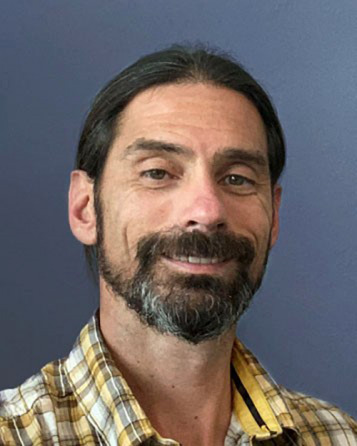
PTYS/LPL Faculty
×
Kuiper 438
Jeffrey Andrews-Hanna
Professor
Lunar Studies, Planetary Geophysics, Planetary Surfaces, Titan & Outer Solar System
My research focuses on understanding the processes acting on the surfaces and interiors of the solid-surface planets and moons in our solar system. I am interested in geodynamic, tectonic, magmatic, hydrologic, and climatic processes, at scales ranging from local to global. To this end, I combine the analysis of gravity, topography, and other remote sensing datasets with numerical modeling. Current research interests include terrestrial planet tectonics, volcanism, impact basins, and hydrology; with projects on the Moon, Mars, Venus, and Pluto.
Ph.D., 2006, Washington University
Years with LPL: 2017
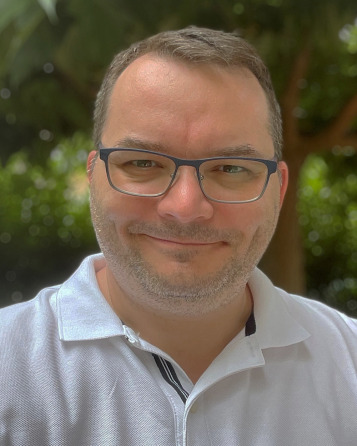
PTYS/LPL Faculty
×
Steward N208B
Dániel Apai
Interim Associate Dean for Research, College of Science, Principal Investigator, Alien Earths, Professor
Astrobiology, Exoplanets, Planetary Atmospheres, Planetary Formation and Evolution
Dr. Apai’s research focuses on exoplanetary systems, including planet formation, planetary atmospheres, exoplanet discovery and characterization. His work covers habitable and non-habitable small exoplanets, gas giant exoplanets, and brown dwarfs.
Read more about Dr. Apai's research on his website and blog on exoplanet exploration and astrobiology.
Ph.D., 2004, University of Heidelberg
Years with LPL: 2011 to present
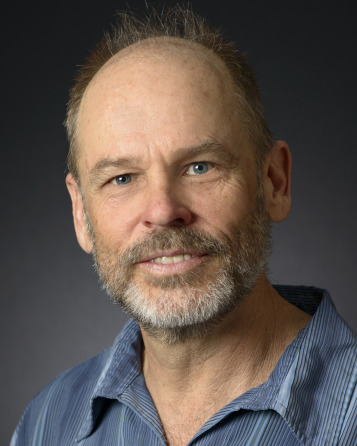
Erik Asphaug
PTYS/LPL Faculty
×
Kuiper 424
Erik Asphaug
Professor
Lunar Studies, Planetary Analogs, Planetary Geophysics, Planetary Surfaces, Small Bodies, Theoretical Astrophysics, Titan & Outer Solar System
I study giant impacts that dominate the late stage of planet and satellite formation, such as that which formed the Moon, that can explain why planets are so diverse and sometimes hemispherically dichotomous. I also study the geophysics of asteroids, comets and small moons, the 'small bodies' left over from accretion. I study the strength properties of meteorites and the origin of chondrules. Motivated students have led me to study other topics such as lakes and patterned ground on Mars, the delivery of volatiles to the lunar surface, and Saturn's rings. I am on the science team of NASA's Psyche mission, and ESA's Hera mission to Didymos, and JAXA's MMX mission to the Martian moons. I am Science PI of the SpaceTREx laboratory at U Arizona that is advancing miniaturized space exploration and small cubesat laboratories for low-gravity research.
B.S., 1984, Rice University; Ph.D., 1993, University of Arizona
Years with LPL: 2017
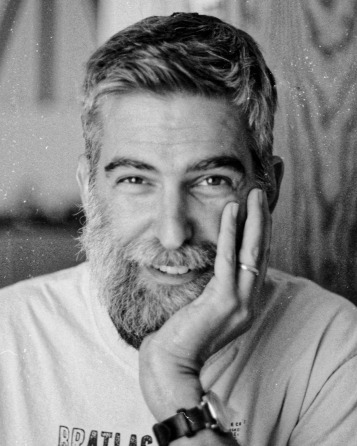
PTYS/LPL Faculty
×
Kuiper 436
Travis Barman
Professor
Exoplanets
My research delves into both theoretical and observational aspects of extrasolar planets. As a lead developer of the PHOENIX model atmosphere code, I am responsible for maintaining and expanding its abilities to predict and interpret the atmospheric properties of exoplanets and brown dwarfs. My theoretical work is used extensively in ground-based direct-imaging planet search programs, in particular as a lead investigator for the new Gemini Planet Imager Survey. I am also heavily involved in programs focused on spectroscopy of extrasolar planets, from transiting to directly imaged. By comparing theoretical model spectra to real photometric and spectroscopic observations, a variety of planet properties can be deduced. Atmospheric structure (horizontal and vertical run of temperature and pressure), surface gravities, chemical composition, and global wind patterns are a few examples of the kinds of planet properties we seek through model observation comparisons.
Ph.D., 2002, University of Georgia
Years with LPL: 2013 to present
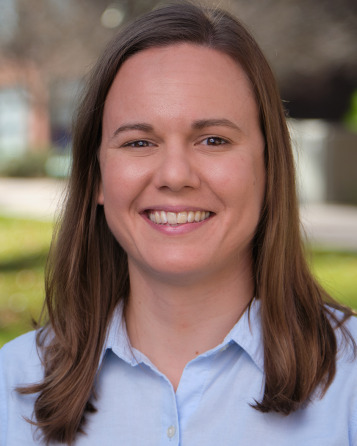
Jessica Barnes (She/Her)
PTYS/LPL Faculty
×
Kuiper 540
Jessica Barnes (She/Her)
Associate Professor
Cosmochemistry, Lunar Studies, Planetary Analogs
My research focuses on understanding the origin and evolution of volatiles in the solar system. I utilize a combination of nano and microanalytical techniques in the Kuiper-Arizona Laboratory for Astromaterials Analysis to study mineralogy, geochemistry, isotopes and petrological histories of a wide range of extraterrestrial materials.
My group is currently engaged in a project under the umbrella of Apollo Next-Generation Sample Analysis (ANGSA) program. The release of sample 71036 presents a unique opportunity to study volatiles in a basalt that has been frozen and specially preserved since its return and to compare those results with basalts of similar bulk chemistries that have been stored at room temperature. This exceptional suite of basalts also offers a chance to unravel the history of volatile loss on the Moon, from the onset of mineral crystallization through vesicle formation, sampling, and subsequent curation. We are conducting a detailed study of the major, minor, and volatile element chemistry (including H isotopes) of H-bearing minerals and melt inclusions in four Apollo 17 basalts, and to determine the U-Pb and Ar ages of the basalts.
Other ongoing projects include investigating the petrology of igneous lunar samples, coordinated microanalysis of meteorites to investigate the evolution of water in the Martian crust, and studies aimed at assessing the inventories and origins of volatiles on primitive chondritic and achondritic asteroids. The latter includes studies of samples recently returned from asteroid Bennu by the OSIRIS-REx space mission.
Ph.D., 2015, The Open University and The Natural History Museum, London UK
Years with LPL: Fall 2019
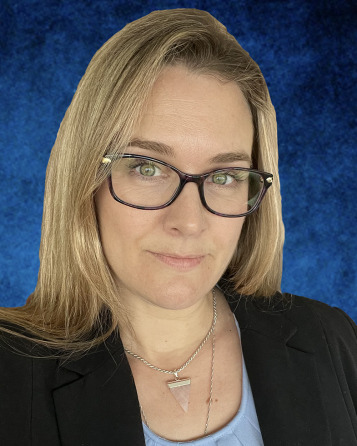
PTYS/LPL Faculty
×
Sonett 214
Veronica Bray (She/Her)
Associate Research Professor
Lunar Studies, Planetary Analogs, Planetary Surfaces
Dr. Veronica Bray is Planetary Scientist and Spacecraft Science Operations Engineer at the University of Arizona. Dr Bray's past and current research projects focus on impact cratering, channel formation, fracturing and landscape evolution on a variety of planetary bodies - both rocky and icy. She uses observations at multiple wavelengths, computer modeling, terrestrial fieldwork and theoretical analysis to study the surface processes themselves and also the surface/sub-surface properties of planetary bodies.
Please note I am not planning to accept new graduate students in 2024-2025. You can find opportunities being advertised with other LPL faculty here: Current Research Opportunities.
Ph.D., 2008, Imperial College London
Years with LPL: 2008-present
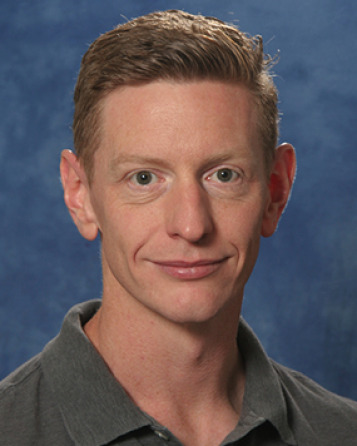
PTYS/LPL Faculty
×
Kuiper 524
Shane Byrne (He/Him)
Professor
Astrobiology, Photogrammetry, Planetary Analogs, Planetary Geophysics, Planetary Surfaces, Titan & Outer Solar System
I am interested in surface processes on planetary bodies throughout the solar system, especially those processes that affect, or are driven by, planetary ices. I enjoy working with a diverse group of graduate students and postdocs. Our areas of activity include Martian ice stability, polar stratigraphy and connection to past climates; Ceres ice, both cryovolcanic and as a source of water vapor; and ice-sublimation landforms on a variety of bodies.
Missions are a big part of what we do. I’m a co-Investigator on the HiRISE and CaSSIS cameras at Mars and a Guest Investigator on the Dawn mission at Ceres. I’m also the director of the Space Imagery Center, a NASA Regional Planetary Image Facility. We archive planetary spacecraft and telescopic data not available online and conduct many outreach events.
Ph.D., 2003, California Institute of Technology
Years with LPL: 2007 to present
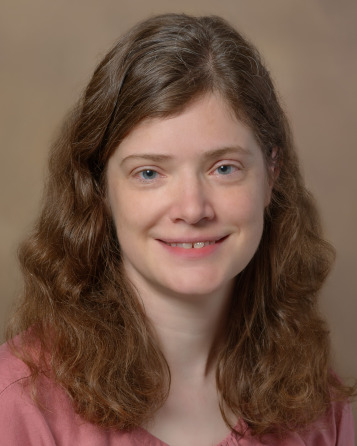
PTYS/LPL Faculty
×
Kuiper 533A
Lynn Carter (she/her)
Associate Department Head, Professor, University Distinguished Scholar
Earth, Lunar Studies, Planetary Analogs, Planetary Geophysics, Planetary Surfaces, Titan & Outer Solar System
Dr. Carter’s research interests include volcanism and impact cratering on the terrestrial planets and Moon, surface properties of asteroids and outer Solar System moons, planetary analog field studies, climate change, and the development of radar remote sensing techniques. She is currently the Science Team Lead for the NASA-provided VenSAR radar on the ESA EnVision mission to Venus. She is also a team member on the RIMFAX radar on Mars2020/Perseverance, the Shadowcam camera on Korea Pathfinder Lunar Orbiter, the REASON radar on Europa Clipper, the Shallow Radar (SHARAD) radar on Mars Reconnaissance Orbiter, and the Mini-RF radar on Lunar Reconnaissance Orbiter. She also uses Earth-based telescopic radar data to study polarimetric synthetic aperture images of planets, the Moon and asteroids. She has previously used ground penetrating radar at multiple field sites including Kilauea lava flows and pyroclastics in Hawaii, Sunset crater and Meteor crater in Arizona, and permafrost sites near Bonanza Creek outside of Fairbanks Alaska. She is also part of a team at NASA Goddard Space Flight Center developing a polarimetric digital beamforming radar system for planetary or Earth orbiter missions. This radar system was recently awarded First Runner Up for the NASA Government Invention of the Year Award.
Ph.D., 2005, Cornell University
Years with LPL: 2016 to present
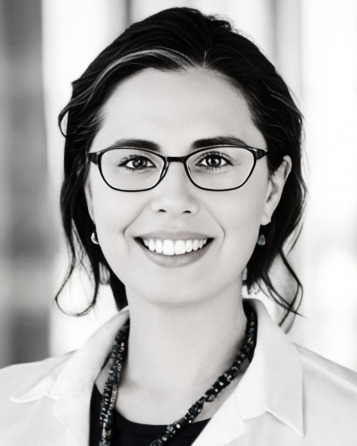
PTYS/LPL Faculty
×
Kuiper 526
Dani Mendoza DellaGiustina (she/her)
Assistant Professor, Deputy Principal Investigator, OSIRIS-REx, Principal Investigator, OSIRIS-APEX
Earth, Photogrammetry, Planetary Analogs, Planetary Geophysics, Planetary Surfaces, Small Bodies
Ph.D., 2021, University of Arizona
Years with LPL: 2014 to present
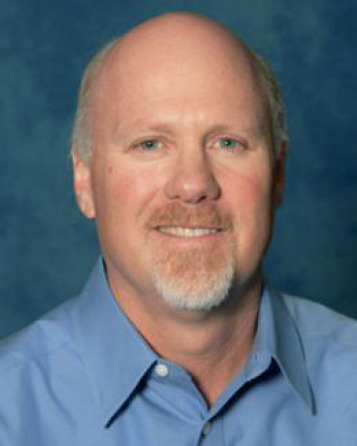
PTYS/LPL Faculty
×
Kuiper 411
Joe Giacalone
Professor
Solar and Heliospheric Research, Theoretical Astrophysics
Dr. Giacalone's core research interests include understanding the origin, acceleration, and propagation of cosmic rays, and other charged-particle species in the magnetic fields of space, and general topics in space plasma physics, and astrophysics.
He develops physics-based theoretical and computational models which are used to interpret in situ spacecraft observations. He is interested in the general properties of solar, interplanetary, and galactic magnetic fields.
Currently, he is studying the origin of large solar-energetic particle events (a.k.a. solar cosmic rays) which involves a number of diverse aspects of solar physics and space physics. He has written papers describing the propagation of solar-flare particles from the Sun to the Earth where they are observed by spacecraft such as ACE, Ulysses, Wind, etc.
He is also interested in the general topic of particle acceleration in astrophysical plasmas.
Ph.D. 1991, University of Kansas
Years with LPL: 1993 to present
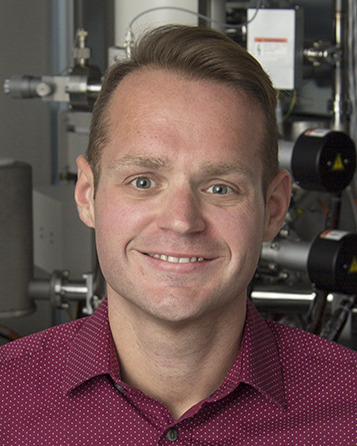
PTYS/LPL Faculty
×
Kuiper 530
Pierre Haenecour (he/him)
Assistant Professor
Astrobiology, Cosmochemistry, Planetary Astronomy, Small Bodies
“Where the telescope ends, the microscope begins. Which of the two has the grander view?” Victor Hugo (Les Misérables, 1862)
My research focus on the building blocks and early history of the Solar System history, and the origin of life through coordinated in-situ laboratory analyses of circumstellar and interstellar dust grains and organic molecules in unequiliberated planetary materials (e.g., meteorites, micrometeorites and interplanetary dust particles) using nano and microanalytical techniques in the Kuiper-Arizona Laboratory for Astromaterials Analysis and Planetary Materials Research Group. Circumstellar dust grains, also called stardust or presolar grains, formed in previous generations of stars, were included in the materials in the molecular cloud from which our solar system formed, and were preserved in asteroids and comets. As bona fide dust grains from stars, the laboratory analysis of presolar grains provides a 'snapshot' of conditions (e.g., nucleosynthesis, temperature, pressure and dust condensation process) in their parent stars at the time of the grain's formation. Furthermore, as building blocks our own Solar System, the comparison of the chemical composition, abundance and distribution of presolar grains provide us insight into the early stages of solar system formation.
I also use in-situ heating experiments inside electron microscopes (both SEM and TEM) to constrain variations in elemental and isotopic compositions, mineralogies, microstructures, textures and morphologies of bioessential compounds in function of the conditions (e.g., temperature and time) of thermal processes on asteroids. As prebiotic components, understanding the thermal history of these materials is crucial to unveil their origin(s) and evolution, as well as to constrain the delivery of bioessential elements to the Earth.
My group is also actively working on getting ready for the analysis of samples from asteroid (101955) Bennu that are being returned to Earth by the NASA OSIRIS-REx mission, and on the NASA Alien Earths project to advance our understanding of how nearby planetary systems formed and which systems are more likely to harbor habitable worlds.
Ph.D., 2016 Washington University in St. Louis
Years with LPL: 2017 to present
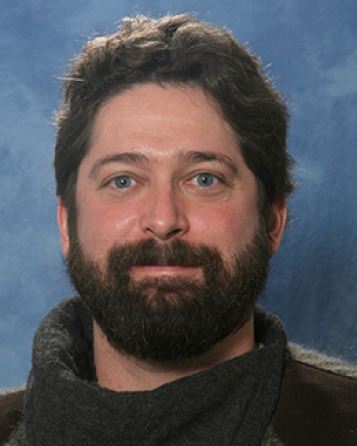
PTYS/LPL Faculty
×
Kuiper 430
Christopher Hamilton
Associate Professor
Astrobiology, Earth, Lunar Studies, Photogrammetry, Planetary Analogs, Planetary Geophysics, Planetary Surfaces
Dr. Hamilton's research focuses on geological surface processes to better understand the evolution of the Earth and other planetary bodies. His specialty relates to volcanology and specifically to lava flows, magma-water interactions, and explosive eruptions using a combination of field observations, remote sensing, geospatial analysis, machine learning, and geophysical modeling. These topics provide insight into the evolution of planetary interiors, surfaces, and atmospheres through magma production, ascent, and volcanism.
Ph.D., 2010, University of Hawaii
Years with LPL: 2014 to present
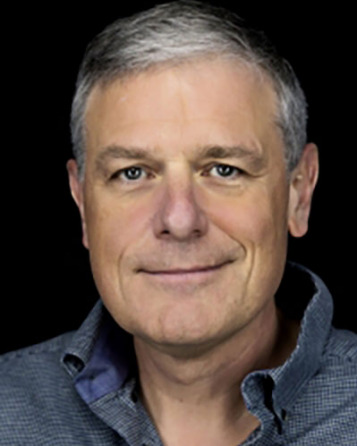
PTYS/LPL Faculty
×
Kuiper 221
Walter Harris
Professor
Planetary Astronomy, Planetary Atmospheres, Small Bodies, Solar and Heliospheric Research
Dr. Harris' research is focused on the structure of thin atmospheres and their transition to and interactions with the space environment. He is particularly interested the information that comet atmospheres provide about basic photochemical processes, the formation of the solar system, and the characteristics of the solar wind. He is also engaged in an ongoing study of the plasma interface between the solar wind and interstellar medium via remote sensing of interstellar neutral material as it passes through the solar system.
In addition to their observational program, Dr. Harris' group has an active instrument development effort in the area of spatial heterodyne spectroscopy, or SHS. SHS instruments occupy a special observational niche by providing very high velocity resolution of angularly extended emission line targets with much higher sensitivity than classical spectroscopy. Current funding for SHS development has led to new instruments for both ground (visible band) and suborbital (far ultraviolet) observations of comets and the interplanetary medium.
Ph.D., 1993, University of Michigan
Years with LPL: 2013 to present
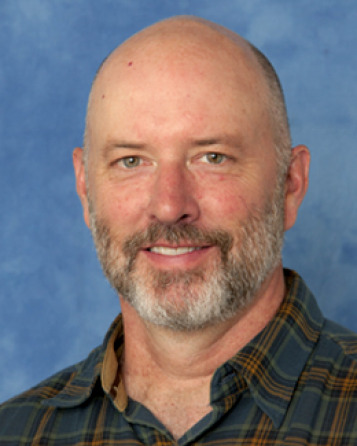
Jack Holt
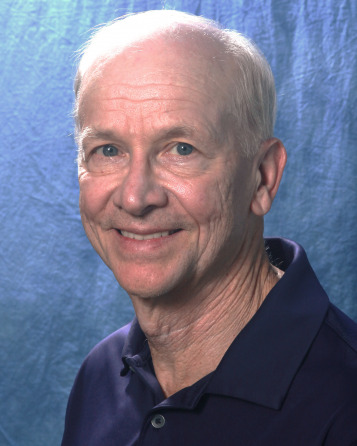
PTYS/LPL Faculty
×
Kuiper 509B
Lon Hood
Research Professor
Earth, Planetary Geophysics
My research is currently focused on two interdisciplinary areas: (1) Coupling between the Earth's stratosphere and troposphere; and (2) mapping and interpretation of planetary crustal magnetic fields. The stratosphere / troposphere coupling work is oriented toward understanding the effects of stratospheric processes (mainly the QBO and solar forcing) on tropospheric circulation and climate. The planetary crustal magnetic field work is most recently aimed at mapping newly acquired orbital magnetometer data at Mercury and at resolving long-standing issues relating to the origin of lunar crustal magnetism.
Ph.D., 1979, UCLA
Years with LPL: 1979 to present
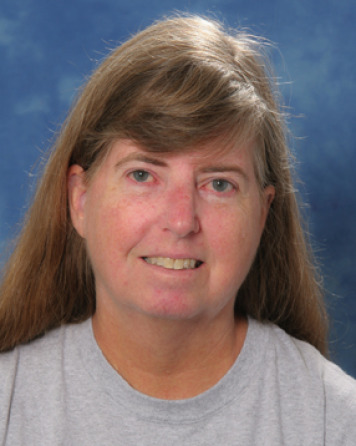
PTYS/LPL Faculty
×
Drake 115, Kuiper 218
Ellen Howell
Research Professor
Small Bodies
Dr. Howell's research interests are small solar system bodies, asteroids and comets. She uses a variety of observational tools at wavelengths ranging from visible to radio to study the composition, size, shape, and surface structures of these bodies.
Ph.D., 1995, University of Arizona
Years with LPL: 2015 to present
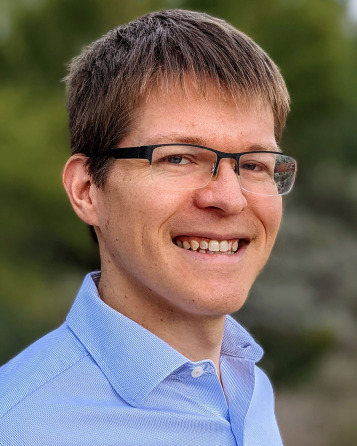
PTYS/LPL Faculty
×
Kuiper 431
Kristopher Klein
Associate Professor
Solar and Heliospheric Research, Theoretical Astrophysics
Dr. Klein's research focuses on studying fundamental plasma phenomena that governs the dynamics of systems within our heliosphere as well as more distant astrophysical bodies. He has particular interest in identifying heating and energization mechanisms in turbulent plasmas, such as the Sun's extended atmosphere known as the solar wind, as well as evaluating the effects of the departure from local thermodynamic equilibrium on nearly collisionless plasmas which are ubiquitous in space environments. As part of this work, Prof. Klein is a co-developer of the Arbitrary Linear Plasma Solver (ALPS) numerical dispersion solver, an open source code used for quantifying the behavior of such non-equilibrium systems.
These systems are studied with a combination of analytic theory and numerical simulation, including large-scale nonlinear turbulence codes such as AstroGK, HVM, and gkeyll. These theoretical predictions are compared to in situ observations from spacecraft including NASA's Wind, MMS and Parker Solar Probe mission, as well as the upcoming HelioSwarm mission, which will fly nine spacecraft between the Earth and moon to characterize the transport and dissipation of turbulent energy in space plasmas. By comparing theory with local plasma measurements, we aim to answer a variety of questions about the behavior of plasma in our solar system.
Ph.D., 2013, University of Iowa
Years with LPL: 2017
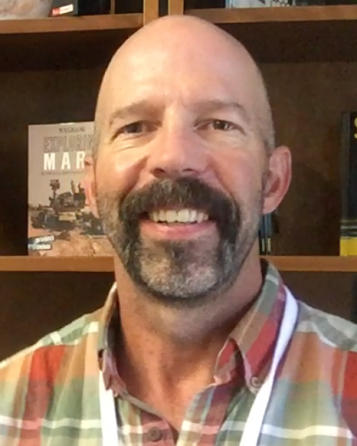
PTYS/LPL Faculty
×
Kuiper 353
Steve Kortenkamp
Professor of Practice
Science education, with an emphasis on developing and exploring techniques for teaching astronomy to students who are blind (developed 3D tactile resources in image below). Planet formation and orbital dynamics of asteroids, dust particles, planetesimals. Children's science author for struggling readers in grades K-8.
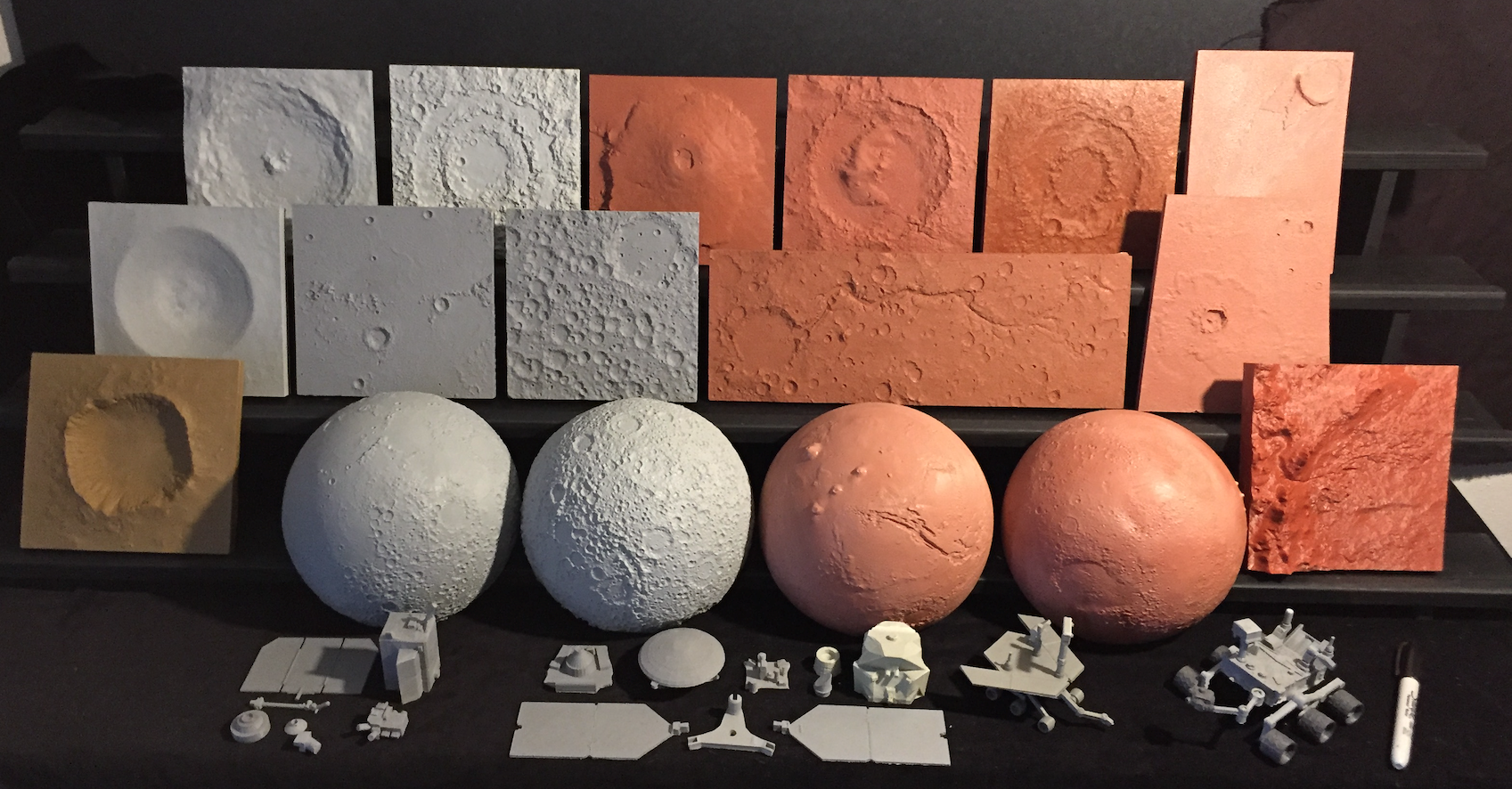
Ph.D., 1996, University of Florida
Years with LPL: 2001 to present
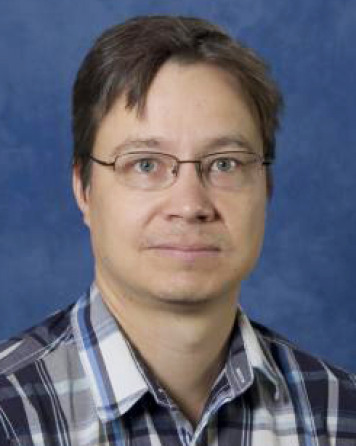
PTYS/LPL Faculty
×
Kuiper 421
Tommi Koskinen
Associate Department Head, Associate Professor
Exoplanets, Planetary Atmospheres, Planetary Formation and Evolution, Titan & Outer Solar System
Dr. Koskinen’s research focuses on the structure and evolution of planet and satellite atmospheres in the solar system and extrasolar planetary systems. He is particularly interested in the physics and chemistry of the middle and upper atmosphere that he studies through both the analysis of observations and theoretical modeling. His research covers a wide range of different objects and techniques in the spirit of comparative planetology, which is critical to our understanding of the evolution of planetary atmospheres and environments in general. Dr. Koskinen served as a participating scientist on the Cassini mission and he is still actively involved in research on the atmospheres of Saturn and Titan. In addition, he develops and maintains models of exoplanet atmospheres that are required to interpret current and planned observations as well as to simulate mass loss and address questions on long-term evolution.
Ph.D., 2008, University College London
Years with LPL: 2009 to present
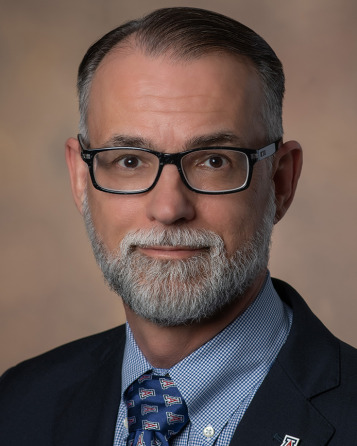
Dante Lauretta
PTYS/LPL Faculty
×
Kuiper 536
Dante Lauretta
Director, Arizona Astrobiology Center, Principal Investigator, OSIRIS-REx, Regents Professor
Astrobiology, Cosmochemistry, Small Bodies
Arizona Astrobiology Center
Dante Lauretta is a Regents Professor of Planetary Science and Cosmochemistry at the University of Arizona's Lunar and Planetary Laboratory and the Director of the Arizona Astrobiology Center. He is an expert in near-Earth asteroid formation and evolution and serves as the Principal Investigator of NASA's OSIRIS-REx Asteroid Sample Return mission. OSIRIS-REx is the United States' flagship mission to explore a potentially hazardous near-Earth asteroid, Bennu, to study its physical and chemical properties, assess its impact risk, evaluate its resource potential, and return a pristine sample to Earth for detailed scientific analysis.
The spacecraft launched in September 2016, reached Bennu in 2018, and successfully collected a sample in October 2020. On September 24, 2023, the mission achieved a major milestone when the sample capsule returned to Earth. The analysis of these samples is currently underway, offering groundbreaking insights into the origin of life, the processes that shaped the early solar system, and Earth's development as a habitable world.
Dante is also affiliated with NASA's OSIRIS-APEX mission, which builds on OSIRIS-REx's success by extending its exploration of asteroids. Having led the OSIRIS-REx mission to its historic sample return, Dante has since handed the leadership of OSIRIS-APEX to the next generation, ensuring the continued exploration of the solar system by fostering new talent and ideas.
In addition to his leadership roles, he maintains an active research program in cosmochemistry and astrobiology, focusing on understanding the chemical evolution of the solar system and the formation of organic molecules essential for life.
View Dante Lauretta’s TEDx Talk: How asteroid hunters are solving Earth's greatest mysteries
Ph.D., 1997, Washington University
Years with LPL: 2001 to present

Renu Malhotra
PTYS/LPL Faculty
×
Kuiper 515
Renu Malhotra
Louise Foucar Marshall Science Research Professor, Regents Professor
Astrobiology, Exoplanets, Orbital Dynamics, Planetary Formation and Evolution, Small Bodies, Theoretical Astrophysics
Professor Malhotra's research spans orbital dynamics in the solar system and in exo-solar planetary systems. Current topics of research are: theory of orbital resonances, stability and chaos in the asteroid belt and in the Kuiper belt, orbital evolution mechanisms of near-Earth asteroids, the orbital migration history of the giant planets, and the dynamics of exo-solar planetary systems.
Ph.D., 1988, Cornell University
Years with LPL: 2000 to present
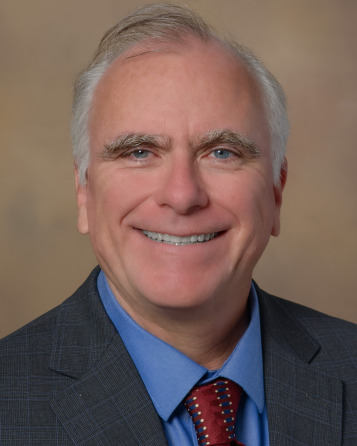
PTYS/LPL Faculty
×
Kuiper 323
Mark S. Marley (he/him/his)
Director, Department Head, Professor
Exoplanets
Exoplanets; Planetary Formation and Evolution, Extrasolar planets, planetary and brown dwarf atmospheres, ring seismology.
Ph.D., 1990, University of Arizona
Years with LPL: 2021 to present
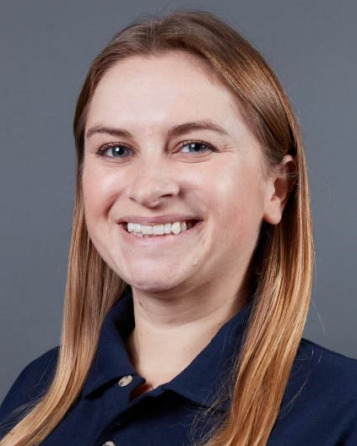
PTYS/LPL Faculty
×
Kuiper 401
Angela Marusiak
Assistant Research Professor
Lunar Studies, Planetary Analogs, Planetary Geophysics, Small Bodies, Titan & Outer Solar System
I study how seismology and seismic instrumentation can be used to explore bodies in our solar system. As a member of the InSight team I was focused on detecting deep structure, including the size of the martian core. For the Dragonfly mission, I'm interested in how clathrates may alter the internal structure and seismic response of Titan. As a member of the LEMS team, I'll be helping to build the next astronaut-deployed seismometers on the Moon. Once LEMS is deployed, we'll be able to study the Moon's seismicity and learn about its interior structure.
Ph.D., 2020 University of Maryland
Years with LPL: 2023 to present
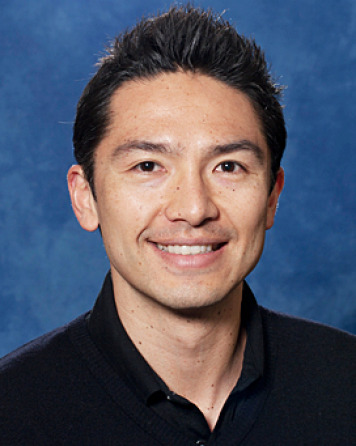
PTYS/LPL Faculty
×
Kuiper 527A
Isamu Matsuyama
Professor
Astrobiology, Exoplanets, Lunar Studies, Planetary Formation and Evolution, Planetary Geophysics, Theoretical Astrophysics, Titan & Outer Solar System
Dr. Matsuyama is interested in the physics of planetary interiors and evolution, with an emphasis on understanding the processes that led to the extraordinary diversity of the solar system. He develops theoretical models which are used to interpret spacecraft and ground-based observations.
Current research interests involve improving our understanding of (1) the formation and evolution of the Moon by analysis of the global lunar figure, which provides a record of prior orbital and rotational states; and (2) characterization of the thermal and orbital evolution of icy satellites, with particular emphasis on determining the long-term survivability of their subsurface oceans.
Ph.D., 2005, University of Toronto
Years with LPL: 2011 to present
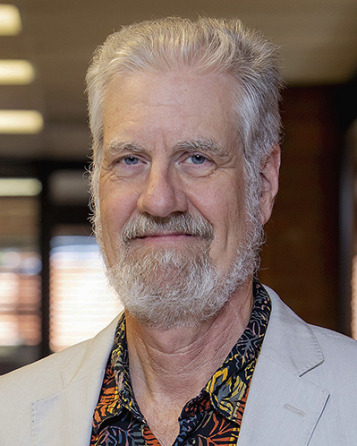
PTYS/LPL Faculty
×
Sonett 204
Alfred McEwen
Regents Professor
Astrobiology, Lunar Studies, Photogrammetry, Planetary Analogs, Planetary Geophysics, Planetary Surfaces
Dr. McEwen is a planetary geologist and director of the Planetary Image Research Laboratory (PIRL). He is working on several active spacecraft experiments, listed below.
His major research interest is understanding active geologic processes such as volcanism, impact cratering, and slope processes. For Mars and the Moon he is studying a broad range of topics in planetary geology. He is also pursuing studies and proposals for future missions and experiments at Earth and to Jupiter's moons Io and Europa.
Ph.D., 1988, Arizona State University
Years with LPL: 1996 to present
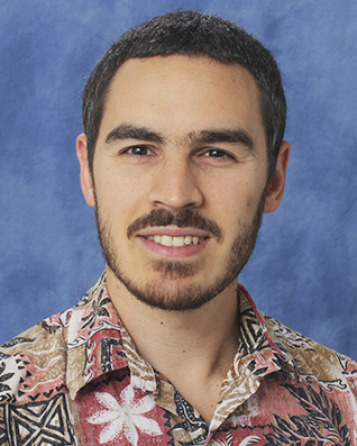
Stefano Nerozzi (he/him/his)
PTYS/LPL Faculty
×
Sonett 25
Stefano Nerozzi (he/him/his)
Assistant Research Professor
Earth, Planetary Analogs, Planetary Geophysics, Planetary Surfaces
I'm an Italian planetary geologist interested in surface processes and near-subsurface geology and geophysics. My main area of expertise is remote sensing with a focus on radar sounding. I study a wide variety of geological features on Mars, ranging from polar deposits to low-latitude outflow channels systems. On Earth, I study debris covered glaciers as analogs to mid-latitude glaciers on Mars via ground penetrating radar, passive seismic techniques, and thermal profilers. I have a strong interest in instrument development, which ranges from modification of commercial seismometers to the design and construction of thermal profilers and environmental sensors.
Ph.D., 2019, The University of Texas at Austin
Years with LPL: 2025 to present
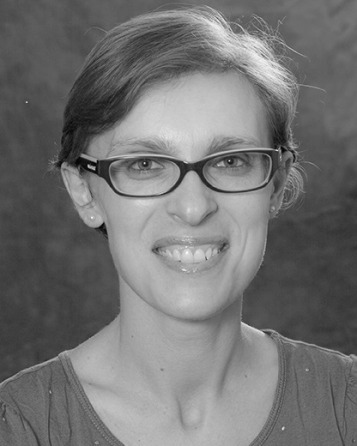
PTYS/LPL Faculty
×
Kuiper 532
Ilaria Pascucci
Professor
Astrobiology, Exoplanets, Planetary Astronomy, Planetary Formation and Evolution
My research is directed towards understanding how planets form and evolve and how common are planetary systems like our own Solar system. To this end, my group carries out observations aimed at characterizing the physical and chemical evolution of gaseous dust disks around young stars, the birth sites of planets. In addition, we use exoplanet surveys to re-construct the intrinsic frequency of planets around mature stars. By linking the birth sites of planets to the exoplanet populations, we contribute to building a comprehensive and predictive planet formation theory, a necessary step in identifying which nearby stars most likely host a habitable planet like Earth.
Ph.D., 2004, Max Planck Institute for Astronomy Heidelberg
Years with LPL: 2011 to present
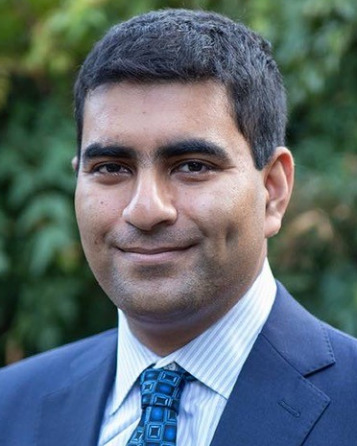
PTYS/LPL Faculty
×
Kuiper 428
Sukrit Ranjan (he/him)
Assistant Professor
Astrobiology, Earth, Exoplanets, Planetary Atmospheres, Planetary Formation and Evolution, Theoretical Astrophysics
Astrobiology, Earth, Early Earth, Exoplanets; Planetary Formation and Evolution, Origin of Life, Planetary Atmospheres, Photochemistry, Theoretical Astrophysics
Ph.D., 2017, Harvard University
Years with LPL: 2022 to present

PTYS/LPL Faculty
×
Kuiper 233
Vishnu Reddy
Professor
Cosmochemistry, Planetary Astronomy, Planetary Surfaces, Small Bodies, Space Situational Awareness
Dr. Reddy’s research focuses on understanding the behavior of space objects (natural and artificial) using a range of Earth and space-based assets. His work on natural moving objects (asteroids, near-Earth objects) is directed towards their characterization for impact hazard assessment/mitigation, asteroid-meteorite link and resource utilization. To this effort, Dr. Reddy uses the NASA Infrared Telescope Facility on Mauna Kea, Hawai’i.
The orbital space around the Earth is an invaluable resource that is increasingly becoming congested, contested, and competitive with the ever increasing threat from artificial and our adversaries. Dr. Reddy uses the same techniques used to characterize asteroid to study the behavior of artificial objects to identify their nature, intent and origin. He is setting up a space material characterization lab to observe the reflectance properties of natural (meteorites/minerals) and artificial space material in space like conditions.
Ph.D., 2009, University of North Dakota
Years with LPL: Spring 2016
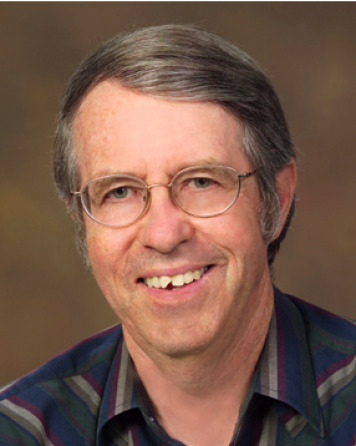
PTYS/LPL Faculty
×
Steward 272
George Rieke
Regents Professor
Planetary Astronomy
Dr. Rieke is currently conducting research programs in planetary debris disks and their relation to the evolution of planetary systems, and in the evolution of star formation in infrared galaxies.
Ph.D., 1969, Harvard
Years with LPL: 1970 to present
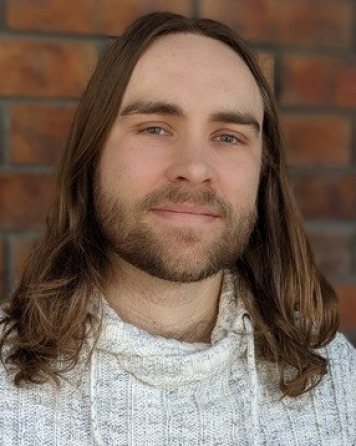
PTYS/LPL Faculty
×
Kuiper 417
Tyler Robinson (he/him/his)
Associate Professor
Exoplanets
Tyler uses sophisticated radiative transfer and climate tools to study the atmospheres of Solar System worlds, exoplanets, and brown dwarfs. Tyler also develops instrument models for exoplanet direct imaging. He combines these areas of expertise in his work on the Habitable Exoplanet Observatory (HabEx) Science and Technology Definition Team, and in his contributions to the LUVOIR, WFIRST/Rendezvous, and Origins Space Telescope mission concept studies. Tyler is a Cottrell Scholar, as well as a former NASA Sagan Fellow and NASA Postdoctoral Program Fellow.
Ph.D., 2012, University of Washington
Years with LPL: Since 2022
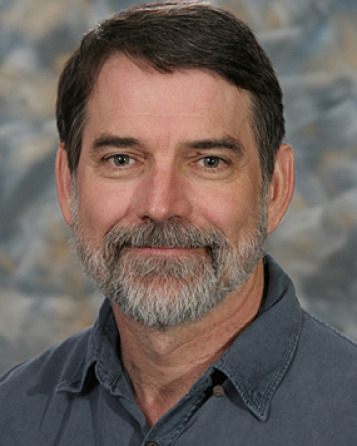
PTYS/LPL Faculty
×
Kuiper 525
Roger Yelle
Professor
Astrobiology, Exoplanets, Planetary Atmospheres, Titan & Outer Solar System
Professor Yelle studies the atmospheres in our solar system and the atmospheres of extra-solar planets. He analyzes telescopic and spacecraft data and constructs theories and models to determine the composition and structure of atmospheres and their interaction with surfaces and interplanetary space. Current projects include the study of chemical, thermal and dynamical processes in Titan’s upper atmosphere using primarily data from the Cassini mission to the Saturn system, escape processes on Titan, Mars, and extra-solar planets, and the composition and chemistry of the martian atmosphere. Yelle is a member of the Cassini Ion Neutral Mass Spectrometer Team and a co-I on the planned Maven mission to study the upper atmosphere of Mars.
Ph.D., 1984, University of Wisconsin-Madison
Years with LPL: 2001 to present
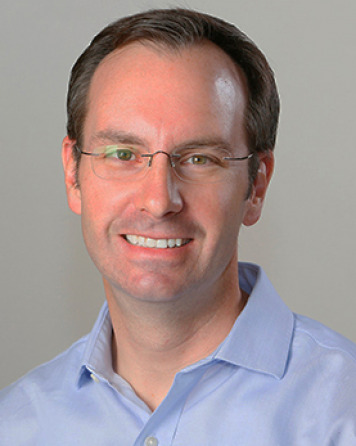
PTYS/LPL Faculty
×
Kuiper 522
Tom Zega
Professor
Astrobiology, Cosmochemistry, Small Bodies
Dr. Zega applies a microscopy- and microanalysis-based approach to study the chemical and physical evolution of the early solar system. He uses ultrahigh-resolution ion- and electron-microscopy, including focused-ion-beam scanning-electron microscopy and transmission electron microscopy, to determine the composition and structure of planetary materials at scales ranging from millimeters down to the atomic. Such information is supported by computational thermodynamics to gain novel insights materials origins. His current research is focused on origin of refractory inclusions that formed the first solar-system solids and sulfides that formed in the early solar nebula. He is also involved in the analysis of samples returned by the JAXA Hayabusa missions to asteroid Itokawa and Ryugu, and those returned from asteroid Bennu by NASA’s OSIRIS-REx mission.
Ph.D., 2003, Arizona State University
Years with LPL: 2011 to present
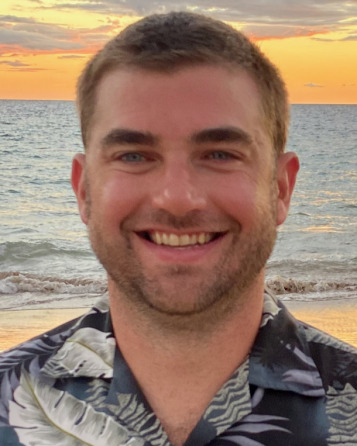
Brett Carr (he/him/his)
PTYS/LPL Faculty
×
Offsite
Brett Carr (he/him/his)
Researcher/Scientist
Earth, Lunar Studies, Photogrammetry, Planetary Analogs, Planetary Surfaces
I am a volcanologist studying the physical processes driving volcanic eruptions. I combine observational and numerical modeling techniques towards my primary goal of building a more complete understanding of active volcanism. I develop new ways to collect and analyze remote sensing observations to better capture volcanic eruption processes. I am particularly interested in the eruptive cycles of persistently active volcanoes and the drivers of changes in activity style. This broad topic includes projects investigating lava dome growth and collapse, lava flow emplacement, and transitions between effusive and explosive activity. By understanding how and why a volcano erupts, I aim to help improve assessment of the numerous hazards associated with eruptions. I also specialize in applications of unoccupied aircraft systems (UAS) and photogrammetry in volcanic environments. My recent work has included field campaigns to Indonesia, the Galápagos Islands, Hawaii, Italy, and Iceland.
Ph.D., 2016, Arizona State University
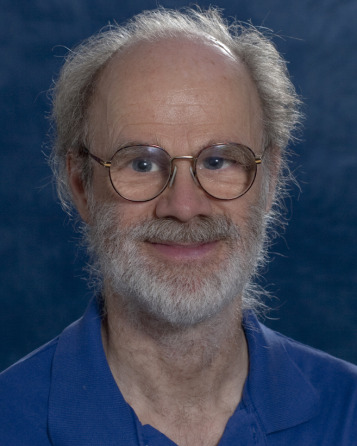
PTYS/LPL Faculty
×
Kuiper 215
Erich Karkoschka
Research Scientist/Senior Staff Scientist
Planetary Astronomy, Planetary Atmospheres, Planetary Surfaces, Titan & Outer Solar System
Spectroscopy, photometry, development of astronomical instruments, data reduction techniques, modeling planetary atmospheres (chemical composition, vertical and horizontal structure of aerosol distribution, aerosol properties), methane and ammonia absorption spectra, interpretation of planetary ring and satellite photometry, Titan surface.
Ph.D., 1990, The University of Arizona
Years with LPL: 1983-
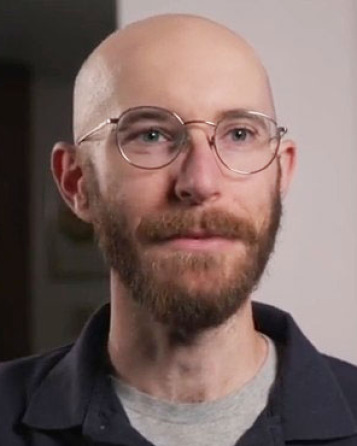
Michael Phillips
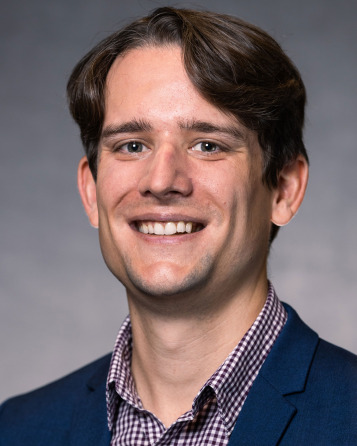
PTYS/LPL Faculty
×
Kuiper 237
Joseph Schools
Researcher/Scientist
My research focuses on the study of planetary interiors through geodynamic and petrological modeling. I create models of silicate melt processes in the lithosphere of planetary bodies in order to constrain their interior structures in the absence of instrumentation. I am particularly interested in the tectonic-magmatic processes of Venus and Jupiter's moon Io.
Ph.D., 2020, University of Maryland, College Park
Years with LPL: 2023 to present
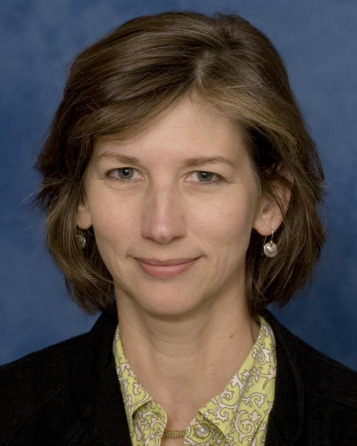
PTYS/LPL Faculty
×
Sonett 207
Sarah Sutton (she/her)
Photogrammetry Program Lead, HiRISE, Researcher/Scientist
Earth, Lunar Studies, Photogrammetry, Planetary Analogs, Planetary Surfaces, Small Bodies
Ph.D., 2022, The University of Arizona
Years with LPL: 19
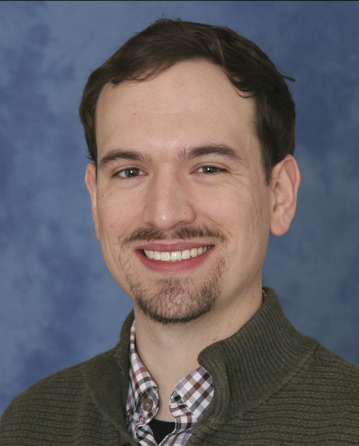
Adam Battle (he/him/his)
PTYS/LPL Postdocs
×
Kuiper 245
Adam Battle (he/him/his)
R&D Software Engineer, SPACE 4 Center
Asteroid Surveys, Small Bodies, Space Situational Awareness
Photometric and visible to near-infrared spectral characterization of space objects as applied to both Space Situational Awareness and the study of small bodies in the solar system.
Advisor(s): Vishnu Reddy
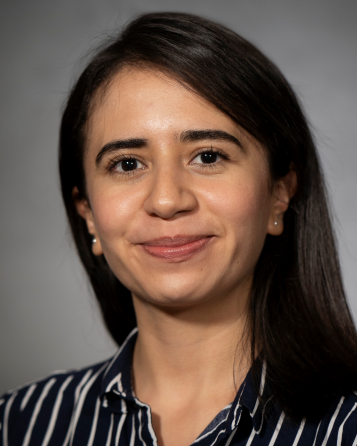
Laura Chaves (she/her/hers)
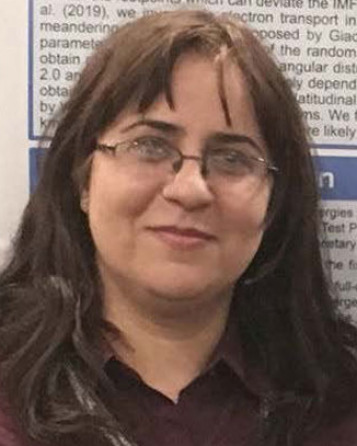
Ashraf Moradi
PTYS/LPL Postdocs
×
Kuiper 409A
Ashraf Moradi
Postdoctoral Research Associate
Solar and Heliospheric Research
The effect of the Interplanetary Transport on the Ground-level Enhancement (GLE) events.
Transport of Solar Energetic Particles into the Interplanetary Space.
Modeling the Photospheric Surface Flows.
Expansion of the open magnetic fluxtubes into the inner corona.
Advisor(s): Joe Giacalone

Wesley Tucker
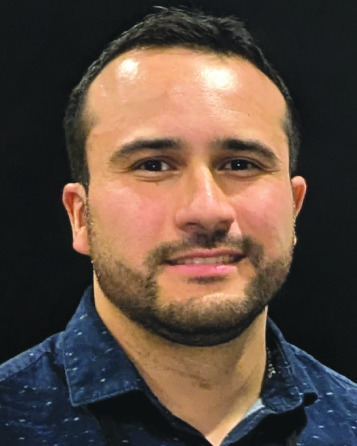
Roberto Aguilar
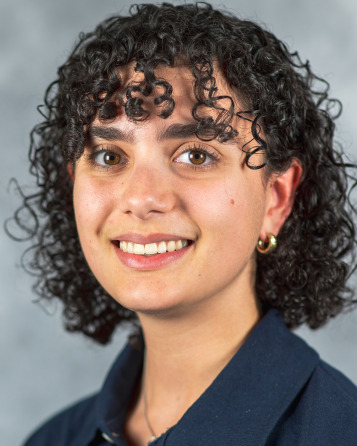
Elana Alevy (she/her)
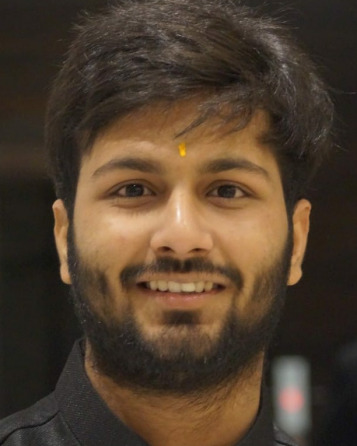
Rahul Arora
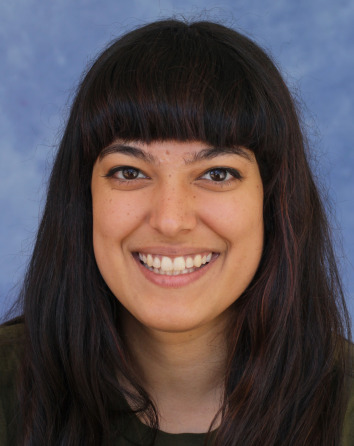
PTYS/LPL Graduate Students
×
Kuiper 316
Namya Baijal
PTYS Graduate Student
Planetary Geophysics, Planetary Surfaces, Small Bodies
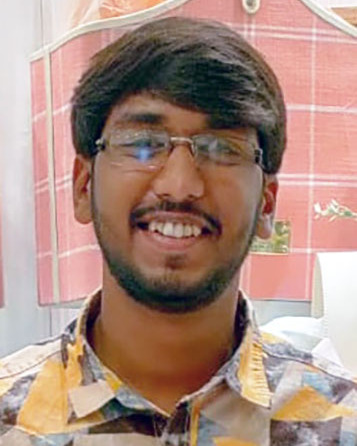
PTYS/LPL Graduate Students
×
Kuiper 324
Naman Bajaj
PTYS Graduate Student
Exoplanets, Planetary Formation and Evolution
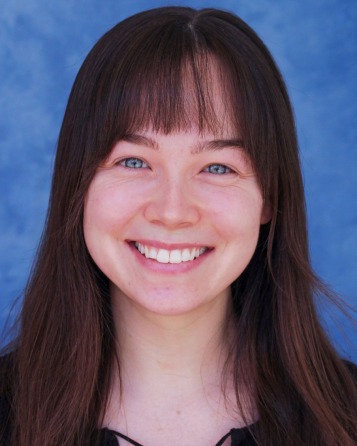
PTYS/LPL Graduate Students
×
Kuiper 318
Maizey Benner (she/they)
PTYS Graduate Student
Cosmochemistry
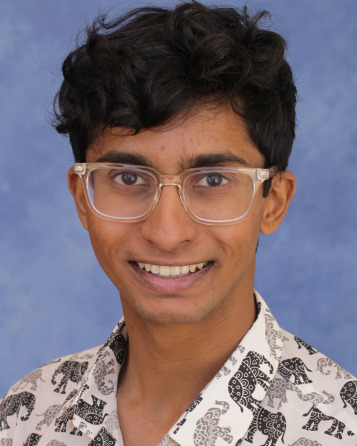
PTYS/LPL Graduate Students
×
Kuiper 338
Rishi Chandra
PTYS Graduate Student
Earth, Lunar Studies, Planetary Analogs, Planetary Geophysics, Planetary Surfaces, Small Bodies
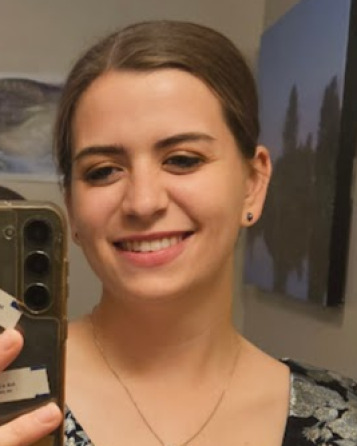
Maddy Christensen
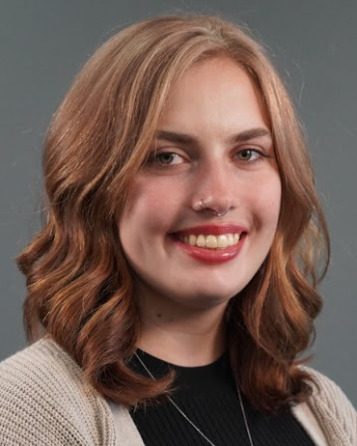
Sophie Clark
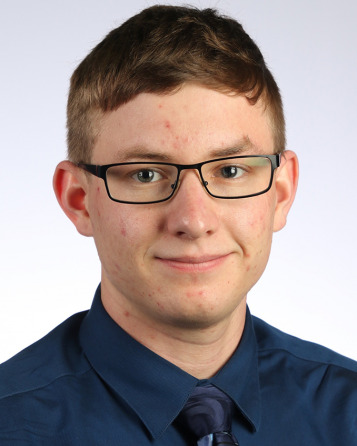
Michael Daniel
PTYS/LPL Graduate Students
×
Sonett 10C
Michael Daniel
PTYS Graduate Student
Earth, Planetary Surfaces
Interests: My primary interests are in glaciology, mass accumulation on glaciers, and climate change impacts on glaciers.
Research: My current research project is mapping out snow depths in the Gulf of Alaska to better understand glacier mass balance in this region. This is done by interpreting radar results from airborne and surface-coupled ground penetrating radar to extract seasonal snow accumulation amounts. Additional work is being done to compare these ground penetrating radar results to satellite and re-analysis products.
Field Experience: I have done field work on; Seward Glacier (Yukon, Canada), Galena Creek Rock Glacier (Wyoming, USA), and Sulphur Creek Rock Glacier (Wyoming, USA) to collect ground penetrating radar data and other geophysical data.
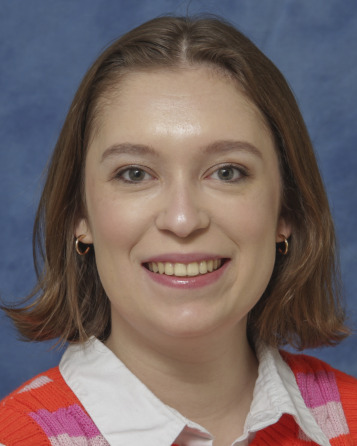
PTYS/LPL Graduate Students
×
Kuiper 316
Searra Foote (she/her)
PTYS Graduate Student
Astrobiology, Exoplanets, Planetary Atmospheres
I study exoplanet atmospheres with an astrobiological perspective
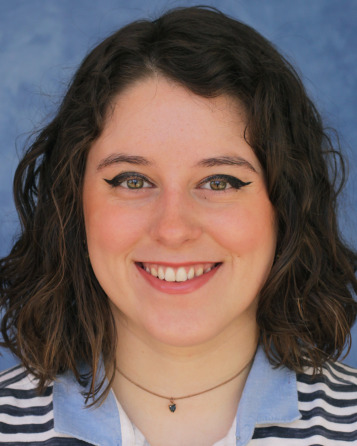
Ruby Fulford (She/Her)
PTYS/LPL Graduate Students
×
Kuiper 201
Ruby Fulford (She/Her)
PTYS Graduate Student
Astrobiology, Planetary Geophysics, Planetary Surfaces, Small Bodies, Titan & Outer Solar System
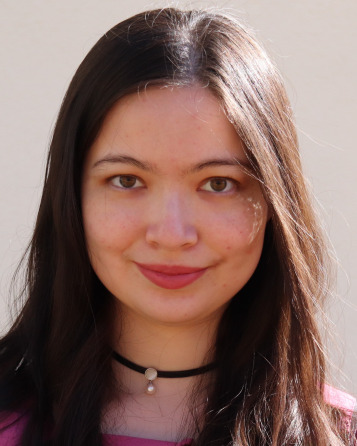
Kiki Gonglewski
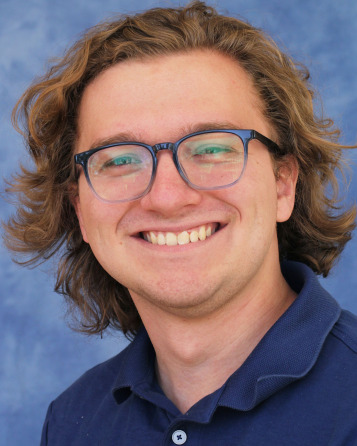
Gabriel Gowman
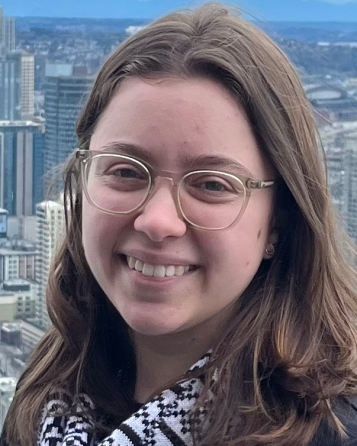
Kylie Hall
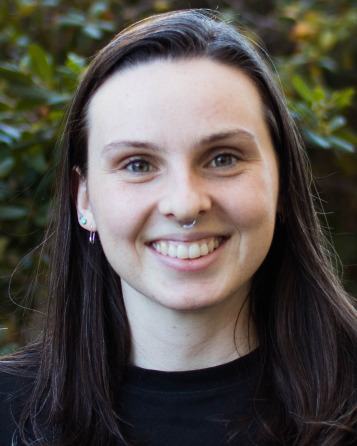
Joanna Hardesty
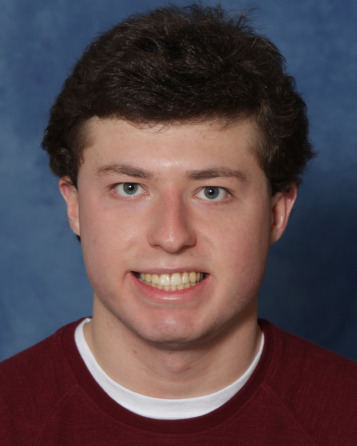
Devin Hoover
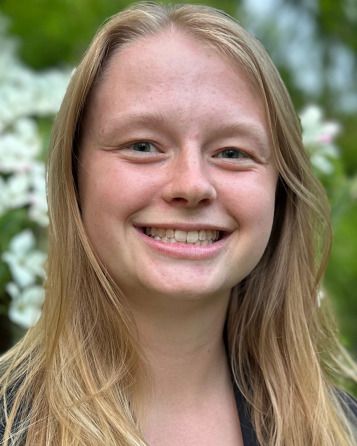
PTYS/LPL Graduate Students
×
Kuiper 316
Lori Huseby
PTYS Graduate Student
Exoplanets, Planetary Atmospheres
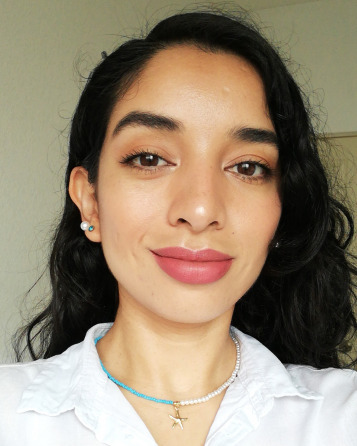
Rocio Jacobo Bojorquez (she/her)
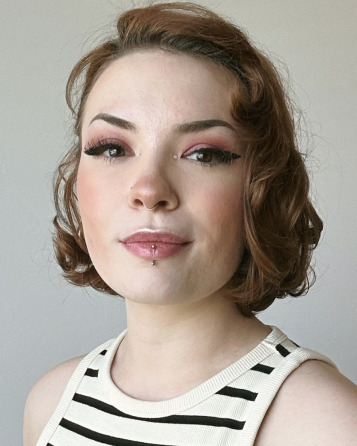
Nicole Kerrison (she/they)
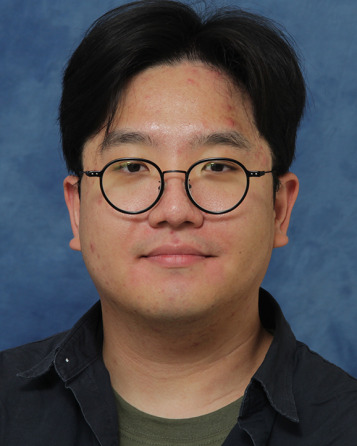
Euibin Kim
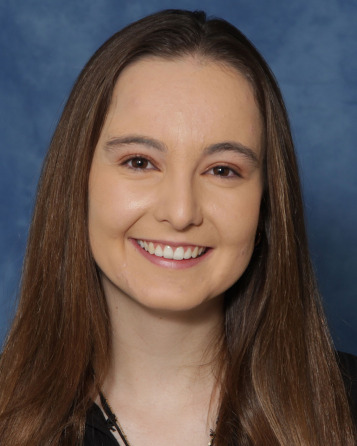
Melissa Kontogiannis (she/her)
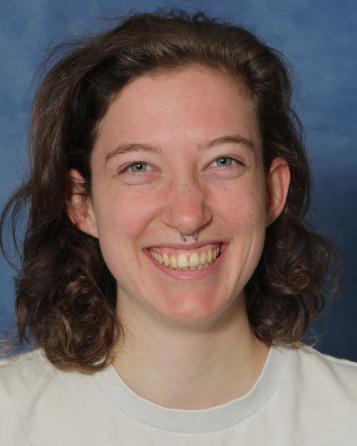
Chaucer Langbert (they/them)
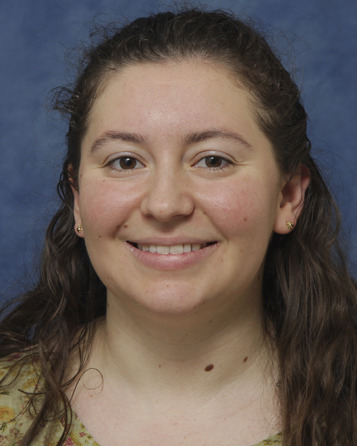
Thea McKenna
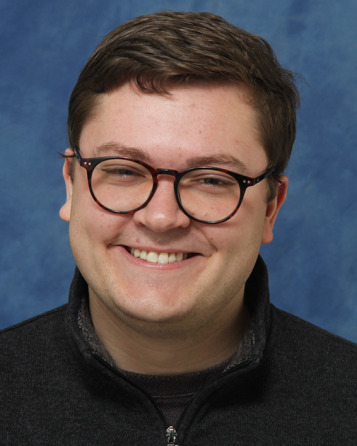
Cole Meyer (he/him/his)
PTYS/LPL Graduate Students
×
Kuiper 351
Cole Meyer (he/him/his)
PTYS Graduate Student
Planetary Atmospheres, Planetary Surfaces, Solar and Heliospheric Research
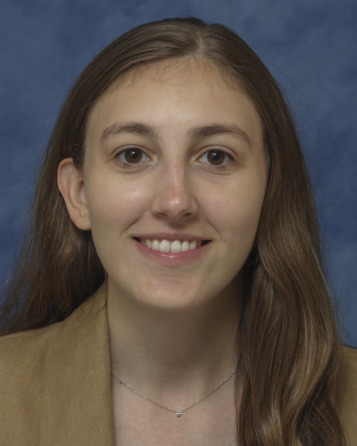
PTYS/LPL Graduate Students
×
Kuiper 320
Samantha Moruzzi
PTYS Graduate Student
Planetary Analogs, Planetary Geophysics, Planetary Surfaces, Titan & Outer Solar System
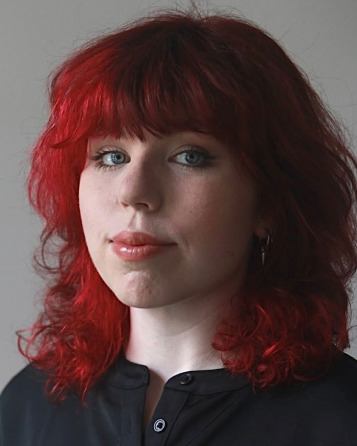
Carter Mucha
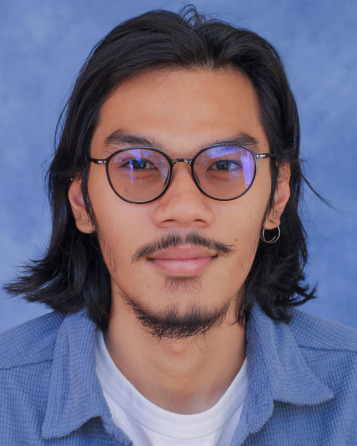
PTYS/LPL Graduate Students
×
Kuiper 322
Fuda Nguyen (he/they)
PTYS Graduate Student
Exoplanets, Planetary Atmospheres, Planetary Formation and Evolution, Theoretical Astrophysics
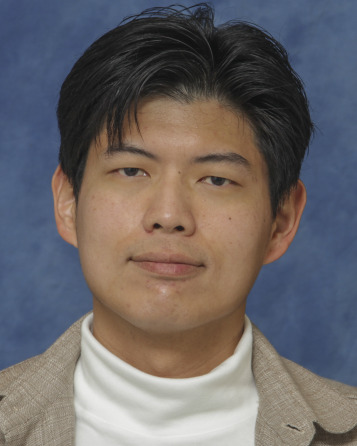
Iunn Ong
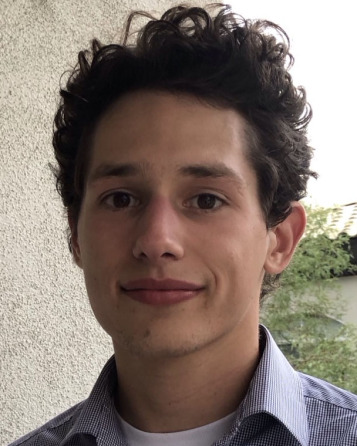
Tyler Reese
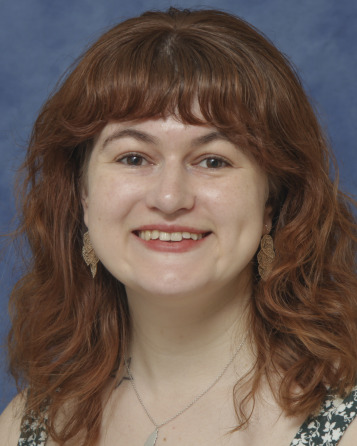
Lily Robinthal (she/her)
PTYS/LPL Graduate Students
×
Kuiper 326
Lily Robinthal (she/her)
PTYS Graduate Student
Astrobiology, Exoplanets, Planetary Astronomy, Planetary Atmospheres
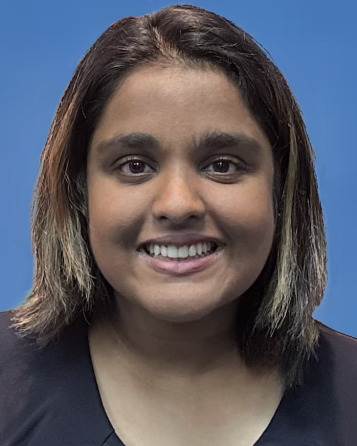
Christina Singh (she/her)
PTYS/LPL Graduate Students
×
Kuiper 351
Christina Singh (she/her)
PTYS Graduate Student
Astrobiology, Photogrammetry, Planetary Analogs, Planetary Surfaces
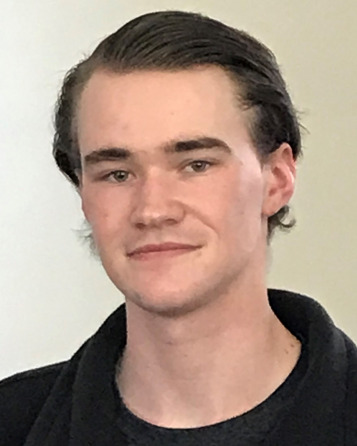
Lucas Smith
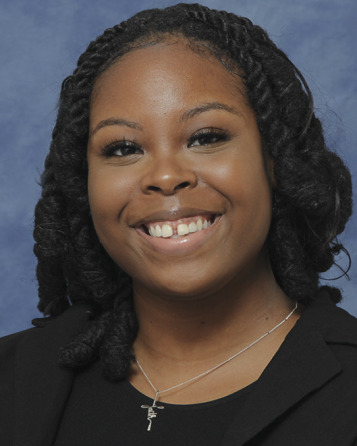
Kayla Smith
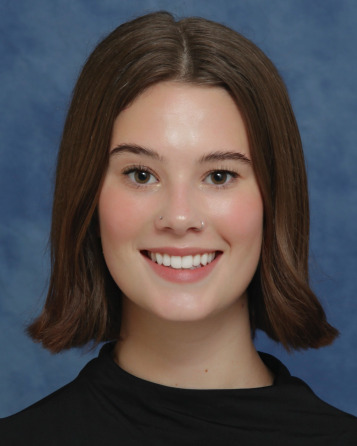
Anna Taylor (She/Her)
PTYS/LPL Graduate Students
×
Kuiper 201
Anna Taylor (She/Her)
PTYS Graduate Student
Exoplanets, Planetary Atmospheres, Theoretical Astrophysics
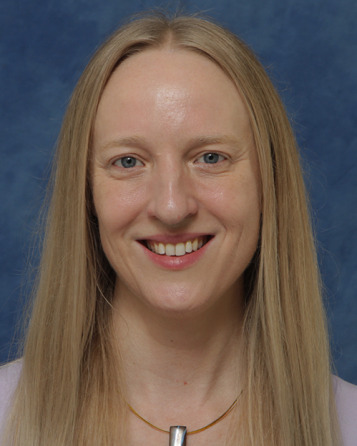
Robin Van Auken
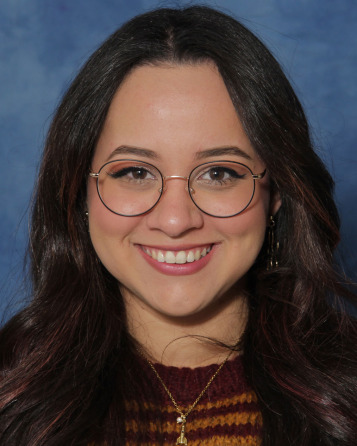
Nathalia Vega Santiago
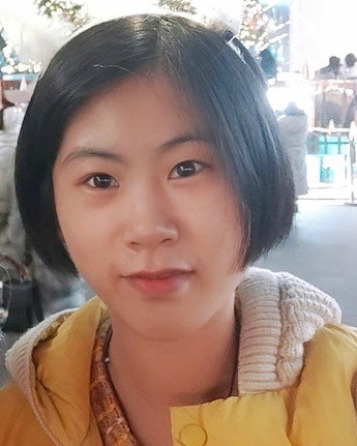
Jingyu Wang
PTYS/LPL Graduate Students
×
Kuiper 322
Jingyu Wang
PTYS Graduate Student
Astrobiology, Exoplanets, Planetary Astronomy, Planetary Atmospheres
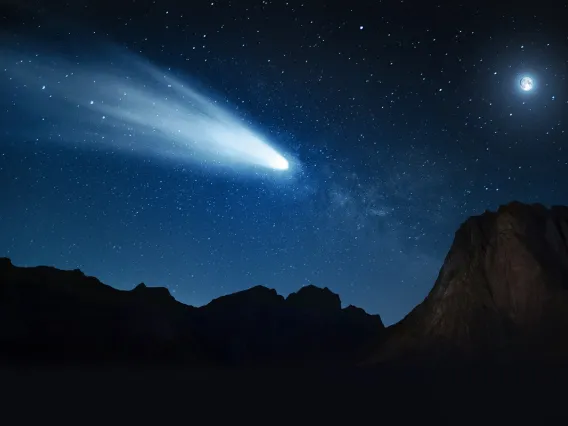
Beyond Jupiter, Researchers Discovered a 'Cradle of Comets'
Researchers have discovered a region just beyond Jupiter that acts as a "comet gateway," funneling icy bodies from deep space into the inner solar system, where they can become regular visitors of Earth's neighborhood.
Beyond Jupiter, Researchers Discovered a 'Cradle of Comets'
×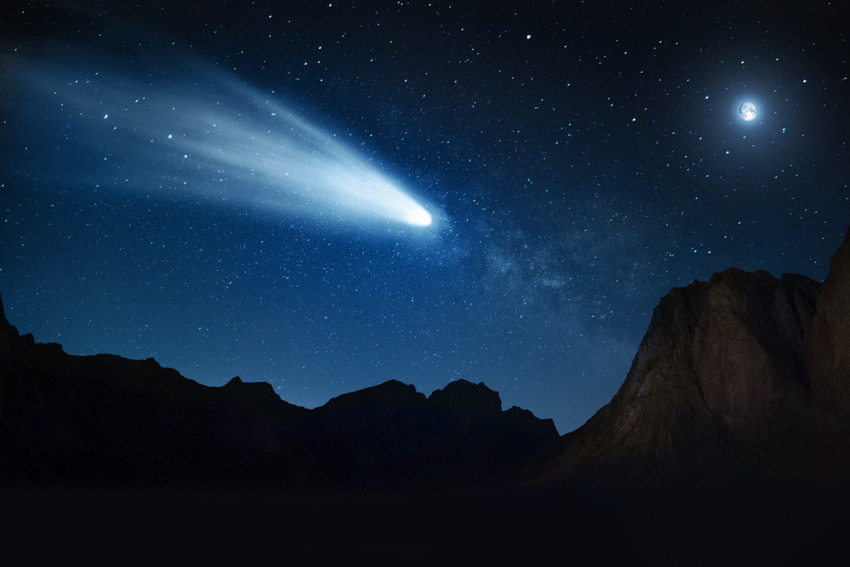
By Daniel Stolte, University Communications - October 22, 2019
Comets are known to have a temper. As they swoop in from the outer edges of our solar system, these icy bodies begin spewing gas and dust as they venture closer to the sun. Their luminous outbursts can result in spectacular sights that grace the night sky for days, weeks or even months.
But comets aren't born that way, and their pathway from their original formation location toward the inner solar system has been debated for a long time. Comets are of great interest to planetary scientists because they are likely to be the most pristine remnants of material left over from the birth of our solar system.
In a study published in The Astrophysical Journal Letters, a team of researchers including Kathryn Volk and Walter Harris at the University of Arizona Lunar and Planetary Laboratory report the discovery of an orbital region just beyond Jupiter that acts as a "comet gateway." This pathway funnels icy bodies called centaurs from the region of the giant planets – Jupiter, Saturn, Uranus and Neptune – into the inner solar system, where they can become regular visitors of Earth's neighborhood, cosmically speaking.
Roughly shaped like an imaginary donut encircling the area, the gateway was uncovered as part of a simulation of centaurs, small icy bodies traveling on chaotic orbits between Jupiter and Neptune.
Centaurs: Icy Rogues on Haphazard Trails
Centaurs are believed to originate in the Kuiper belt, a region populated by icy objects beyond Neptune and extending out to about 50 Astronomical Units, or 50 times the average distance between the sun and the Earth. Close encounters with Neptune nudge some of them onto inward trajectories, and they become centaurs, which act as the source population of the roughly 1,000 short-period comets that zip around the inner solar system. These comets, also known as Jupiter-family comets, or JFCs, include comets visited by spacecraft missions such as Tempel 1 (Deep Impact), Wild 2 (Stardust) and 67P/Churyumov-Gerasimenko (Rosetta).
"The chaotic nature of their orbits obscures the exact pathways these centaurs follow on their way to becoming JFCs," said Volk, a co-author on the paper and an associate staff scientist who studies Kuiper belt objects, planetary dynamics and planets outside our solar system. "This makes it difficult to figure out where exactly they came from and where they might go in the future."
Jostled by the gravitational fields of several nearby giant planets – Jupiter, Saturn and Neptune – centaurs don’t tend to stick around, making for a high-turnover neighborhood, Harris said.
"They rattle around for a few million years, perhaps a few tens of millions of years, but none of them were there even close to the time when the solar system formed," he said.
"We know of 300 centaurs that we can see through telescopes, but that's only the tip of an iceberg of an estimated 10 million such objects," Harris added.
"Most centaurs we know of weren't discovered until CCD's became available, plus you need the help of a computer to search for these objects," Volk said. "But there is a large bias in observations because the small objects simply aren't bright enough to be detected."
Where Comets Go to Die
Every pass around the sun inflicts more wear and tear on a comet until it eventually breaks apart, has a close encounter with a planet that ejects it from the inner solar system, or its volatiles – mostly gas and water – are depleted.
"Often, much of the dust remains and coats the surface, so the comet doesn't heat up much anymore and it goes dormant," Harris said.
By some mechanism, a steady supply of "baby comets" must replace those that have run their course, "but until now, we didn't know where they were coming from," he added.
To better understand how centaurs become JFCs, the research team focused on creating computer simulations that could reproduce the orbit of 29P/Schwassmann-Wachmann 1, or SW1, a centaur discovered in 1927 and thought to be about 40 miles across.
SW1 has long puzzled astronomers with its high activity and frequent explosive outbursts despite the fact that is too far from the sun for water ice to melt. Both its orbit and activity put SW1 in an evolutionary middle ground between the other centaurs and the JFCs, and the original goal of the investigation was to explore whether SW1’s current circumstances were consistent with the orbital progression of the other centaurs.
To accomplish this, the team modeled the evolution of bodies from beyond Neptune’s orbit, through the giant planet’s region and inside Jupiter’s orbit.
"The results of our simulation included several findings that fundamentally alter our understanding of comet evolution," Harris said. "Of the new centaurs tracked by the simulation, more than one in five were found to enter an orbit similar to that of SW1 at some point in their evolution."
In other words, even though SW1 appears to be the only large centaur of the handful of objects currently known to occupy the "cradle of comets," it is not the outlier it was thought to be, but rather ordinary for a centaur, according to Harris.
In addition to the commonplace nature of SW1’s orbit, the simulations led to an even more surprising discovery.
"Centaurs passing through this region are the source of more than two-thirds of all Jupiter-family comets," Harris said, "making this the primary gateway through which these comets are produced."
"Historically, our assumption has been that the region around Jupiter is fairly empty, cleaned out by the giant planet's gravity, but our results teach us that there is a region that is constantly being fed," Volk says.
This constant source of new objects may help explain the surprising rate of icy body impacts with Jupiter, such as the famous Shoemaker-Levy 9 event in 1994.
A Comet Worthy of Worship
Based on estimates and calculations of the number and size of objects entering, inhabiting and leaving the gateway region, the study predicted it should sustain an average population of about 1,000 Jupiter-family objects, not too far off the 500 that astronomers have found so far.
The results also showed that the gateway region triggers a rapid transition: once a centaur has entered it, it is very likely to become a JFC within a few thousand years, a blink of an eye in solar system timeframes.
The calculations suggest that an object of SW1's size should enter the region every 50,000 years, making it likely that SW1 is the largest centaur to begin this transition in all of recorded human history, Harris and Volk suggest. In fact, SW1 could be on its way to becoming a "super comet" within a few thousand years.
Comparable in size and activity to comet Hale-Bopp, one of the brightest comets of the 20th century, SW1 has a 70% chance of becoming what could potentially amount to the most spectacular comet humankind has ever seen, the authors suggest.
"Our descendants could be seeing a comet 10 to 100 times more active than the famous Halley comet," Harris said, "except SW1 would be returning every six to 10 years instead of every 75."
"If there had been a comet this bright in the last 10,000 years we would know about it," Volk said.
"We take this as strong evidence that a similar event has not happened at least since then," Harris said, "because ancient civilizations would not only have recorded the comet, they may have worshiped it!"
The study was co-authored by Gal Sarid and Maria Womack, both of the Florida Space Institute and the University of Central Florida; Jordan Steckloff of the Planetary Science Institute and the University of Texas at Austin; and Laura Woodney of California State University.
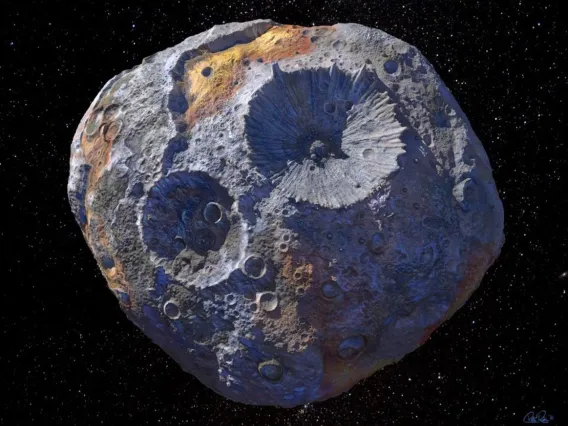
Iron Magma Could Explain Psyche’s Density Puzzle
Volcanism has always intrigued humanity. Less than 50 years ago, scientists discovered cryovolcanism – ice volcanoes on other worlds. Now, researchers may have identified volcanoes of molten metal.
Iron Magma Could Explain Psyche’s Density Puzzle
×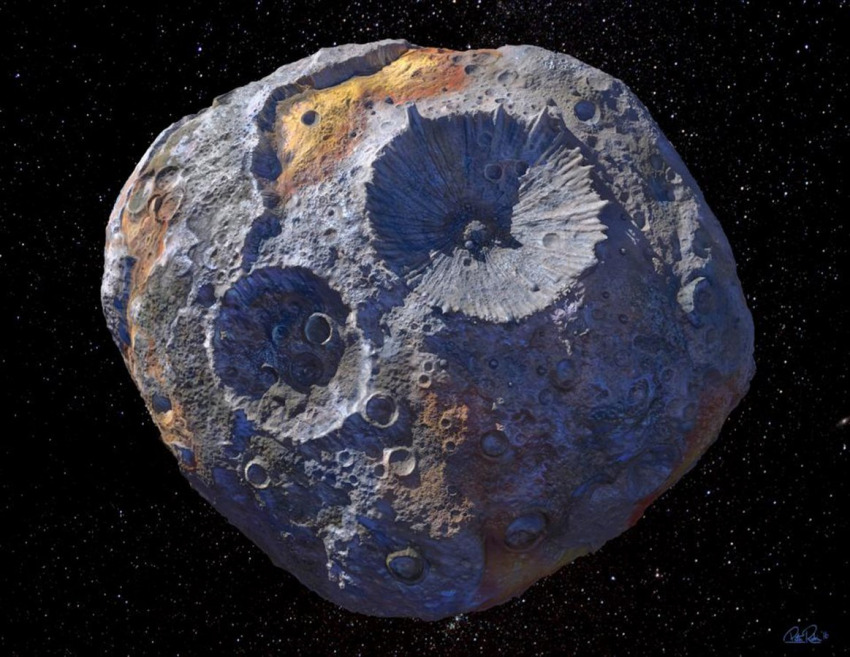
By Mikayla Mace, University Communications, & Emil Venere, Purdue University - September 23, 2019
The metallic asteroid Psyche has mystified scientists because it is less dense than it should be. Now, a new theory by researchers including scientists at the University of Arizona, could explain Psyche’s low density and metallic surface.
Psyche, the largest known metallic asteroid in the solar system, is located in the asteroid belt between Mars and Jupiter. Psyche appears to be composed largely of iron and nickel, rather than rocky rubble, like most asteroids, yet its density is estimated to be only about half that of an iron meteorite.
Metal-rich asteroids are thought to have formed when primordial planetesimals collided, stripping away much of the outer material and leaving behind the inner metallic cores, which then cooled and solidified from the outside in. During this cooling process, an alloy of residual melted pockets of iron, nickel and lighter elements like sulfur, might have flowed to the surface through fluid-filled cracks called dikes, coating a topmost, rocky layer.
“We refer to these processes collectively as ‘ferrovolcanism,’” said Brandon Johnson, an associate professor of earth and atmospheric sciences at Purdue University.
“This is a very new idea as of 2019. It’s a kind of volcanism where the magma is liquid metal instead of liquid rock,” said Michael Sori, an associate staff scientist at the UA Lunar and Planetary Laboratory.
The theory is detailed in a paper that was recently published in Nature Astronomy. The paper was co-authored by Johnson, Sori and Alexander Evans, an assistant professor of earth, environmental and planetary sciences at Brown University.
“The first half of the paper is really theoretical. We show that the process is viable,” Sori said. “Then the second half, we give two examples of things we think it can explain. One is meteorites and the other is Psyche.”
Meteorites called pallasites are thought to be a mixture of core and mantle material, possibly blended together by ferrovolcanism. The pockets of liquid metal mixed with sulfur are less dense than surrounding solid material, producing an “excess pressure” and possibly causing the propagation of dikes and allowing ferrovolcanism to occur.
The researchers determined how far these dikes would have to propagate to make volcanism possible.
“Our calculations suggest that ferrovolcanic eruptions may be possible for small, metal-rich bodies, especially for sulfur-rich melts and bodies with mantles thinner than about 35 kilometers or bodies where the mantle has been locally thinned by large impact craters,” Johnson said.
An upcoming NASA space mission to Psyche, planned for 2022, will help scientists test this theory. The ferrovolcanic eruptions might explain Psyche’s low density, which exists despite radar and other scientific evidence of a metallic surface composition. The researchers theorize that the asteroid might consist of two layers, where a metal core is surrounded by a lower density mantle of rocky material.
“Ferrovolcanism may have transported core material to the surface, causing the radar detections of metal,” Johnson said.
The research is ongoing, with future work harnessing more sophisticated modeling to study how ferrovolcanism might occur and possibly probing Psyche’s evolution.
No spacecraft has yet to visit a metallic asteroid, and the concept of ferrovolcanism is based on mathematical models. Sori’s role was applying these models to the asteroid Psyche.
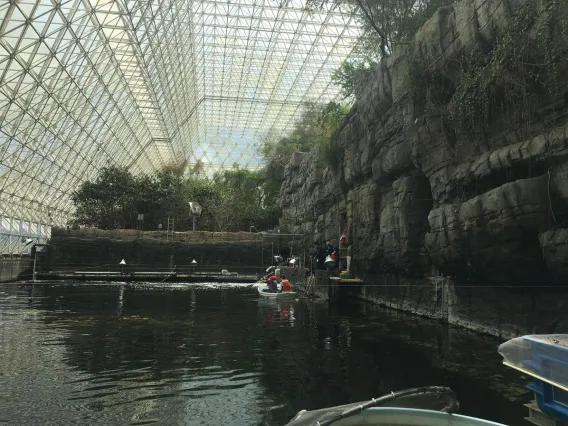
Today’s Students are Tomorrow’s Space Explorers
Ten students from Japan and Arizona gathered for the first official Space Camp at Biosphere 2, where they designed Biosphere 3 to sustain life on Mars.
Today’s Students are Tomorrow’s Space Explorers
×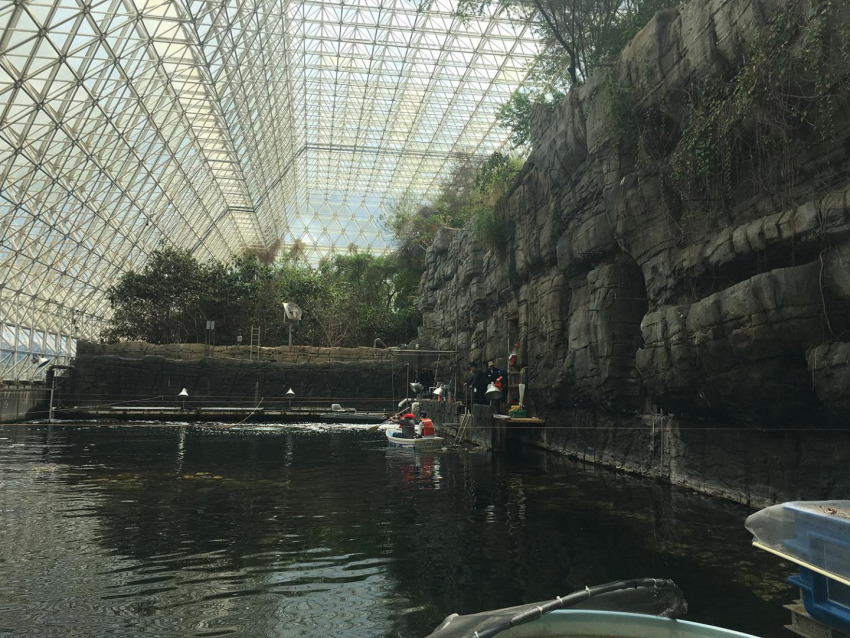
By Mikayla Mace, University Communications - August 14, 2019
From the depths of the ocean’s trenches to the most tenuous heights of the atmosphere and everything in between, Biosphere 1 encompasses all life on Earth. The University of Arizona’s Biosphere 2 is the world’s largest earth science laboratory, housing seven model ecosystems dedicated to the research of global scientific issues. Today’s students, and the next generation of interplanetary explorers, have imagined what Biosphere 3 will become on the surface of the Red Planet.
Ten undergraduate students – five from Kyoto University in Japan and five from colleges across Arizona, including one from the UA, gathered for the first official Space Camp at Biosphere 2, held Aug. 5-10. The summer camp was jointly organized and run by researchers from Kyoto and the UA.
At Biosphere 2, the students participated in hands-on research in the facility’s diverse ecosystems including the rainforest, ocean and desert biomes. They also attended lectures by faculty from both universities and three NASA and JAXA astronauts – Richard Linnehan, Kimiya Yui and Takao Doi – about their training and experiences in space.
The activities generated discussion about how to translate lessons learned from the Biosphere 2 closed system for human life support on Mars.
“We worked together to plan Biosphere 3,” said Daniel McConville, a UA sophomore majoring in materials science and engineering.
McConville plans to someday become an astronaut and use the education and experiences he gained at the UA and Space Camp to pursue a career in space development. He hopes to be part of teams that construct bases on the moon and Mars.
“This is a unique opportunity for us to partner with researchers from Japan who have experience on the International Space Station, leverage the expertise the UA has with planetary exploration and conduct research in Biosphere 2,” said John Adams, deputy director of Biosphere 2. “Many researchers have the strong belief that an extended stay in space needs to be balanced between bioregegenerative life support systems and traditional mechanical devices, not just one or the other. The Biosphere is a great place to have those conversations and discuss lessons learned here with the students.”
Biosphere 3
Students were broken up into five groups of two students from both countries. The first team analyzed the geology of Mars to understand resource availability and select a construction site; The second team focused on developing food production techniques to last 50 years for 10 astronauts; The third, which included McConville, designed the human habitat.
The fourth group developed ways to monitor and mitigate harmful radiation. The fifth analyzed student mental and physical health while inhabiting a closed environment for a long period of time. They measured stress levels and recorded vital signs using Fitbits, among other observations.
After a long week of exploring Biosphere 2, the students presented their plans for Biosphere 3. Many were based on lessons learned from the first group of Biospherians that emerged from their sealed excursion more than 25 years ago.
“Biosphere 2 has been running ecosystems for nearly 30 years, which has never been done, Doi said. “Biosphere 2 is not perfect, but we can learn a lot.”
Radiation will be one of the biggest hurdles to space exploration.
“We don’t know if we can even achieve migration to Mars. Even traveling is dangerous and nearly fatal. It’s an expensive problem to overcome,” said Yosuke Yamashiki, a professor at Kyoto University.
As an exercise, the students calculated the radiation dosage in different parts of the biosphere under different conditions. Yamashiki suggested building Biosphere 3 with the ocean on top; A meter of water can be protective against harmful rays.
Another major issue facing the original Biospherians was figuring out how to sustain nutritionally sufficient diets. To avoid some of the same pitfalls, the students decided to incorporate aquaponics, a system of growing crops in water containing fish to cycle nutrients.
“It’s 90% more efficient in terms of water usage and you get three times better crop yield,” McConville said.
Diana Ramirez, an Arizona State University senior majoring in microbiology, drew inspiration from the desert: “Mesquite bean pods have protein and cactus can be eaten,” she said. Desert plants could be used as water-efficient crops.
Future explorers will also have to balance carbon dioxide and oxygen levels in a closed ecosystem, which was a struggle for the original crew sealed within the glass and steel.
“We can’t replicate life-sustaining systems if we don’t first fully understand earth systems,” said Katie Morgan, manager of marine systems at Biosphere 2. “I also believe that the tech we develop for Mars should also help us on Earth.”
Another problem will be energy consumption: “Biosphere 2 also uses a lot of energy,” McConville said. “Solar might be the best way to power Biosphere 3, but there are limitations like weaker sunlight. We also considered nuclear power.”
Dust will also be a major issue for those living on Mars. Martian soil can potentially be carcinogenic and damage electronics in Biosphere 3. The students researched a suit-docking station concept, so the suits (and dust) never have to enter the facility.
McConville said another consideration is the cost of launching building materials to the Red Planet. The students decided they’d send robots ahead of humans to 3D print as many structural components as possible. Explorers from Earth would then follow with additional materials to make the structure airtight. The facility should be lit with lightweight, energy efficient LED bulbs as well as fiber optics to direct in sunlight when windows might be scarce, McConville said. Additionally, air and water recycling systems were inspired by the International Space Station’s closed system.
“A balance between biological and mechanical systems to create a truly self-sustaining environment has not been done yet,” Adams said. “Space Camp has provided an overview of these topics. It’s the initial insight as they further their studies.”
Give Them Space
For many of the students, the best part was interacting with real NASA and JAXA astronauts. While McConville and many others wanted to be astronauts since childhood, Ramirez didn’t dream of venturing into space. She has since changed her mind.
“The astronauts said I should go up there and that my skills will be needed. Now, all I want is to go to space,” Ramirez said.
Yusaku Miyashita, a Kyoto student, has wanted to be an astronaut since he was a kid. He is studying to be a medical doctor and believes space medicine is a necessary field of the future.
“The people who will explore Mars by the 2030s are now students,” said Takao Doi, a Kyoto University professor and former astronaut. He traveled to space in 1997 and again in 2008, spending a total of 32 days in space.
In recent years, he’s decided to promote human space exploration, he said. He came up with the idea for the space camp in 2017.
“As a university, we were already thinking about future Mars missions. We have the land but not the facility. It’s too expensive. We decided: Don’t build, collaborate instead,” said Yamashiki.
Future space camps
Ramirez enjoyed working with international students with a diversity of majors. She believes one of the most important aspects of the camp is the interdisciplinary work.
“We need a mix of sciences in space,” she said. “We all referred to each other with questions during discussions and had the dynamics of a cohesive crew.”
Nearly 50 students from Arizona and over 40 students from Japan applied to the program, according to Michelle Coe, Arizona/NASA Space Grant Consortium manager who coordinated the student selection process. The selected Arizona students come from a diverse pool of majors, demographics and colleges, she said.
Space missions will have to be an international effort, Doi said. In the future, he hopes to incorporate more students from more countries.
Kyoto University ran Space Camp for the past two years in Japan, and this year, they partnered with Biosphere 2 to facilitate and expand the program. Doi and his team will receive additional funding from the Ministry of Education, Culture, Sports, Science and Technology of Japan and continue Space Camp at Biosphere 2 in 2020 and 2021, he said.
“A lot of applicants had outstanding letters of recommendation and high grade point averages, but what made the selected students stand out,” Coe said, “was that each of them talked about getting to work with a different community of STEM (science, technology, engineering and math) scholars, which I thought was important, and also talked about their visions for the future.”
The UA Department of Hydrology and Atmospheric Sciences, UA Lunar and Planetary Laboratory, Biosphere 2 and the Kyoto University Unit for Synergetic Studies for Space, as well as the Graduate School of Advanced Integrated Studies in Human Survivability of Kyoto University, were responsible for the camp.
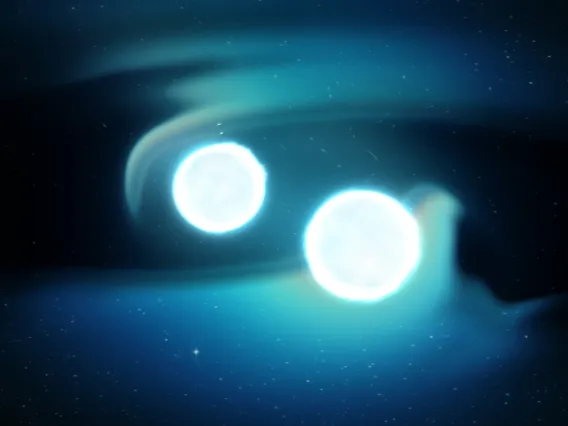
Best of Both Worlds: Asteroids and Massive Mergers
LPL researchers are using the Catalina Sky Survey’s near-Earth object telescopes to locate the optical counterparts to gravitational waves triggered by massive mergers.
Best of Both Worlds: Asteroids and Massive Mergers
×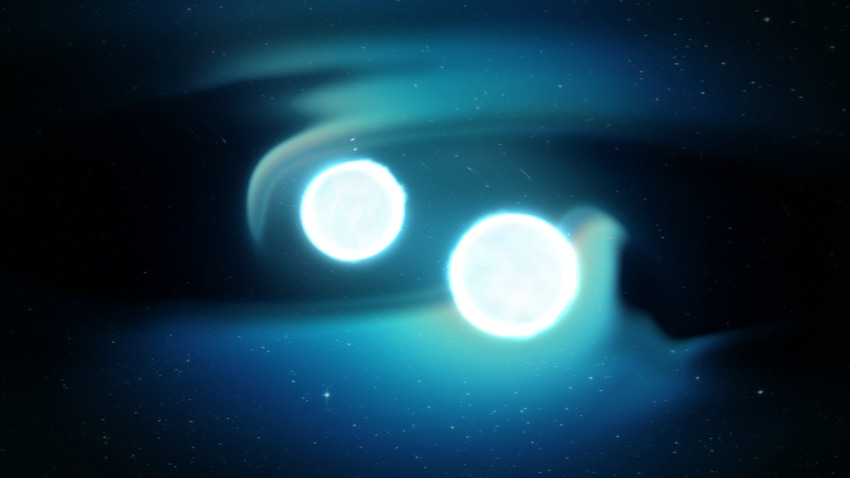
By Mikayla Mace, University Communications - August 14, 2019
The race is on. Since the construction of technology able to detect the ripples in space and time triggered by collisions from massive objects in the universe, astronomers around the world have been searching for the bursts of light that could accompany such collisions, which are thought to be the sources of rare heavy elements.
The University of Arizona’s Steward Observatory has partnered with the Catalina Sky Survey, which searches for near-Earth asteroids from atop Mount Lemmon, in an effort dubbed Searches after Gravitational Waves Using ARizona Observatories, or SAGUARO, to find optical counterparts to massive mergers.
“Catalina Sky Survey has all of this infrastructure for their asteroid survey. So we have deployed additional software to take gravitational wave alerts from LIGO (the Laser Interferometer Gravitational-Wave Observatory) and the Virgo interferometer then notify the survey to search an area of sky most likely to contain the optical counterpart,” said Michael Lundquist, postdoctoral research associate and lead author on the study published today in the Astrophysical Journal Letters.
“Essentially, instead of searching the next section of sky that we would normally, we go off and observe some other area that has a higher probability of containing an optical counterpart of a gravitational wave event,” said Eric Christensen, Catalina Sky Survey director and Lunar and Planetary Laboratory senior staff scientist. “The main idea is we can run this system while still maintaining the asteroid search.”
The ongoing campaign began in April, and in that month alone, the team was notified of three massive collisions. Because it is difficult to tell the precise location from which the gravitational wave originated, locating optical counterparts can be difficult.
According to Lundquist, two strategies are being employed. In the first, teams with small telescopes target galaxies that are at the right approximate distance, according to the gravitational wave signal. Catalina Sky Survey, on the other hand, utilizes a 60-inch telescope with a wide field of view to scan large swaths of sky in 30 minutes.
Three alerts, on April 9, 25 and 26, triggered the team’s software to search nearly 20,000 objects. Machine learning software then trimmed down the total number of potential optical counterparts to five.
The first gravitational wave event was a merger of two black holes, Lundquist said.
“There are some people who think you can get an optical counterpart to those, but it’s definitely inconclusive,” he said.
The second event was a merger of two neutron stars, the incredibly dense core of a collapsed giant star. The third is thought to be a merger between a neutron star and a black hole, Lundquist said.
While no teams confirmed optical counterparts, the UA team did find several supernovae. They also used the Large Binocular Telescope Observatory to spectroscopically classify one promising target from another group. It was determined to be a supernova and not associated with the gravitational wave event.
“We also found a near-Earth object in the search field on April 25,” Christensen said. “That proves right there we can do both things at the same time.”
They were able to do this because Catalina Sky Survey has observations of the same swaths of sky going back many years. Many other groups don’t have easy access to past photos for comparison, offering the UA team a leg up.
“We have really nice references,” Lundquist said. “We subtract the new image from the old image and use that difference to look for anything new in the sky.”
“The process Michael described,” Christensen said, “starting with a large number of candidate detections and filtering down to whatever the true detections are, is very familiar. We do that with near-Earth objects, as well.”
The team is planning on deploying a second telescope in the hunt for optical counterparts: Catalina Sky Survey’s 0.7-meter Schmidt telescope. While the telescope is smaller than the 60-inch telescope, it has an even wider field of view, which allows astronomers to quickly search an even larger chunk of sky. They’ve also improved their machine learning software to filter out stars that regularly change in brightness.
"Catalina Sky Survey takes hundreds of thousands of images of the sky every year, from multiple telescopes. Our survey telescopes image the entire visible nighttime sky several times per month, then we are looking for one kind of narrow slice of the pie," Christensen said. “So, we’ve been willing to share the data with whoever wants to use it.”
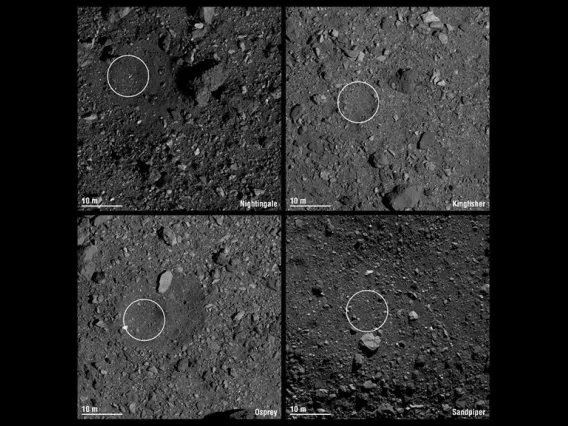
NASA Mission Selects Final Four Site Candidates for Asteroid Sample Return
Four locations on the asteroid Bennu have been selected as potential sample sites for the OSIRIS-REx spacecraft.
NASA Mission Selects Final Four Site Candidates for Asteroid Sample Return
×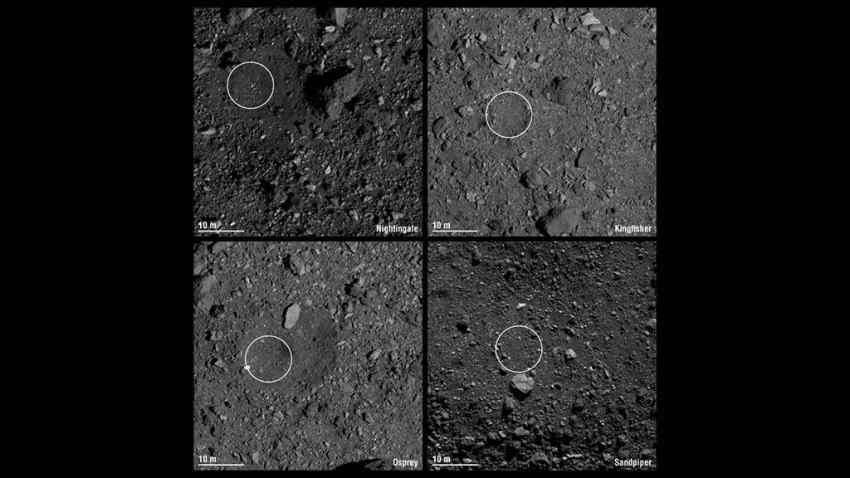
By Brittany Enos & Erin Morton, OSIRIS-REx - August 13, 2019
After months grappling with the rugged reality of asteroid Bennu’s surface, the team leading NASA’s first asteroid sample return mission has selected four potential sites for the Origins, Spectral Interpretation, Resource Identification, Security-Regolith Explorer, or OSIRIS-REx, spacecraft to “tag” its cosmic dance partner.
Since its arrival in December 2018, the OSIRIS-REx spacecraft has mapped the entire asteroid in order to identify the safest and most accessible spots for the spacecraft to collect a sample. These four sites now will be studied in further detail in order to select the final two sites – a primary and backup – in December.
The team originally had planned to choose the final two sites by this point in the mission. Initial analysis of Earth-based observations suggested the asteroid’s surface likely contains large “ponds” of fine-grain material. The spacecraft’s earliest images, however, revealed Bennu has an especially rocky terrain. Since then, the asteroid’s boulder-filled topography has created a challenge for the team to identify safe areas containing sampleable material, which must be fine enough – less than 1 inch (2.5 cm) in diameter – for the spacecraft’s sampling mechanism to ingest it.
“We knew that Bennu would surprise us, so we came prepared for whatever we might find,” said Dante Lauretta, OSIRIS-REx principal investigator at the University of Arizona. “As with any mission of exploration, dealing with the unknown requires flexibility, resources and ingenuity. The OSIRIS-REx team has demonstrated these essential traits for overcoming the unexpected throughout the Bennu encounter.”
The original mission schedule intentionally included more than 300 days of extra time during asteroid operations to address such unexpected challenges. In a demonstration of its flexibility and ingenuity in response to Bennu’s surprises, the mission team is adapting its site selection process. Instead of down-selecting to the final two sites this summer, the mission will spend an additional four months studying the four candidate sites in detail, with a particular focus on identifying regions of fine-grain, sampleable material from upcoming, high-resolution observations of each site. The boulder maps that citizen science counters helped create through observations earlier this year were used as one of many pieces of data considered when assessing each site’s safety. The data collected will be key to selecting the final two sites best suited for sample collection.
In order to further adapt to Bennu’s ruggedness, the OSIRIS-REx team has made other adjustments to its sample site identification process. The original mission plan envisioned a sample site with a radius of 82 feet (25 m). Boulder-free sites of that size don’t exist on Bennu, so the team has instead identified sites ranging from 16 to 33 feet (5 to 10 m) in radius. In order for the spacecraft to accurately target a smaller site, the team reassessed the spacecraft’s operational capabilities to maximize its performance. The mission also has tightened its navigation requirements to guide the spacecraft to the asteroid’s surface, and developed a new sampling technique called “Bullseye TAG,” which uses images of the asteroid surface to navigate the spacecraft all the way to the actual surface with high accuracy. The mission’s performance so far has demonstrated the new standards are within its capabilities.
“Although OSIRIS-REx was designed to collect a sample from an asteroid with a beach-like area, the extraordinary in-flight performance to date demonstrates that we will be able to meet the challenge that the rugged surface of Bennu presents,” said Rich Burns, OSIRIS-REx project manager at NASA’s Goddard Space Flight Center in Greenbelt, Maryland. “That extraordinary performance encompasses not only the spacecraft and instruments, but also the team who continues to meet every challenge that Bennu throws at us.”
The four candidate sample sites on Bennu are designated Nightingale, Kingfisher, Osprey, and Sandpiper – all birds native to Egypt. The naming theme complements the mission’s two other naming conventions – Egyptian deities (the asteroid and spacecraft) and mythological birds (surface features on Bennu).
The four sites are diverse in both geographic location and geological features. While the amount of sampleable material in each site has yet to be determined, all four sites have been evaluated thoroughly to ensure the spacecraft’s safety as it descends to, touches and collects a sample from the asteroid’s surface.
Nightingale is the northern-most site, situated at 56 degrees north latitude on Bennu. There are multiple possible sampling regions in this site, which is set in a small crater encompassed by a larger crater 459 feet (140 m) in diameter. The site contains mostly fine-grain, dark material and has the lowest albedo, or reflection, and surface temperature of the four sites.
Kingfisher is located in a small crater near Bennu’s equator at 11 degrees north latitude. The crater has a diameter of 26 feet (8 m) and is surrounded by boulders, although the site itself is free of large rocks. Among the four sites, Kingfisher has the strongest spectral signature for hydrated minerals.
Osprey is set in a small crater, 66 feet (20 m) in diameter, which is also located in Bennu’s equatorial region at 11 degrees north latitude. There are several possible sampling regions within the site. The diversity of rock types in the surrounding area suggests that the regolith within Osprey may also be diverse. Osprey has the strongest spectral signature of carbon-rich material among the four sites.
Sandpiper is located in Bennu’s southern hemisphere, at 47 degrees south latitude. The site is in a relatively flat area on the wall of a large crater 207 ft (63 m) in diameter. Hydrated minerals are also present, which indicates that Sandpiper may contain unmodified water-rich material.
This fall, OSIRIS-REx will begin detailed analyses of the four candidate sites during the mission’s reconnaissance phase. During the first stage of this phase, the spacecraft will execute high passes over each of the four sites from a distance of 0.8 miles (1.29 km) to confirm they are safe and contain sampleable material. Closeup imaging also will map the features and landmarks required for the spacecraft’s autonomous navigation to the asteroid’s surface. The team will use the data from these passes to select the final primary and backup sample collection sites in December.
The second and third stages of reconnaissance will begin in early 2020 when the spacecraft will perform passes over the final two sites at lower altitudes and take even higher resolution observations of the surface to identify features, such as groupings of rocks that will be used to navigate to the surface for sample collection. OSIRIS-REx sample collection is scheduled for the latter half of 2020, and the spacecraft will return the asteroid samples to Earth on Sept. 24, 2023.
Goddard provides overall mission management, systems engineering, and safety and mission assurance for OSIRIS-REx. Dante Lauretta of the University of Arizona, Tucson, is the principal investigator, and the University of Arizona leads the science team and the mission’s science observation planning and data processing. Lockheed Martin Space in Denver built the spacecraft and is providing flight operations. Goddard and KinetX Aerospace are responsible for navigating the spacecraft. OSIRIS-REx is the third mission in NASA’s New Frontiers Program, which is managed by NASA’s Marshall Space Flight Center in Huntsville, Alabama, for the agency’s Science Mission Directorate in Washington.
To explore the final four candidate sites in detail, click here.
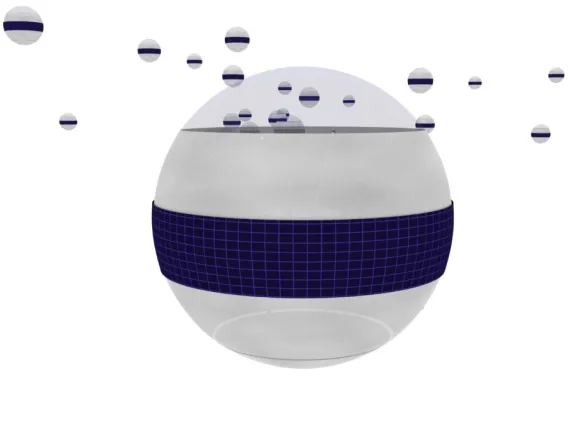
A New Lens for Life-Searching Space Telescopes
UA researchers have designed a new kind of telescope that is a cheaper, lighter and more powerful option than creating telescopes using ever-larger mirrors. With a fleet of the newly designed space telescopes, they aim to scour a thousand worlds for the chemical signatures of life.
A New Lens for Life-Searching Space Telescopes
×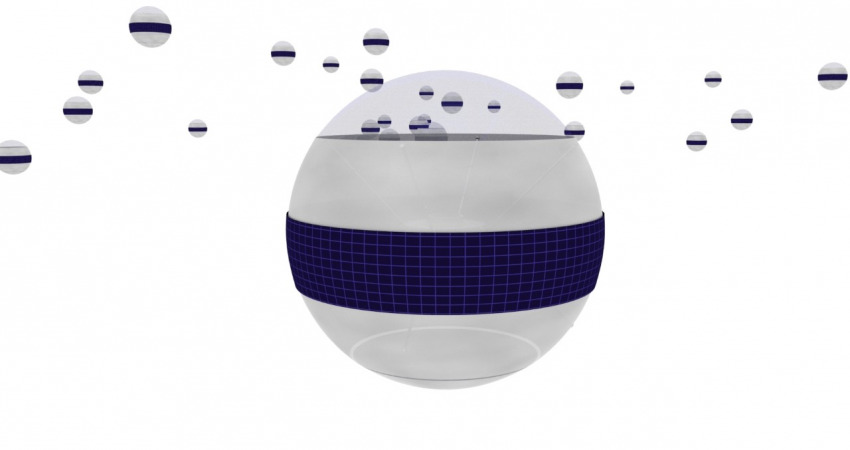
By Makayla Mace, University Communications - August 7, 2019
The University of Arizona Richard F. Caris Mirror Laboratory is a world leader in the production of the world’s largest telescope mirrors. In fact, it is currently fabricating mirrors for the largest and most advanced earth-based telescope: The Giant Magellan Telescope.
But there are size constraints, ranging from the mirror’s own weight, which can distort images, to the size of our freeways and underpasses that are needed to transport finished pieces. Such giant mirrors are reaching their physical limits, but when they do, the UA will continue to be a global contributor to the art of gathering light and drive change in the way astronomers observe the stars.
“We are developing a new technology to replace mirrors in space telescopes,” said UA associate professor Daniel Apai, of Steward Observatory and the Lunar and Planetary Laboratory. “If we succeed, we will be able to vastly increase the light-collecting power of telescopes, and among other science, study the atmospheres of 1,000 potentially earth-like planets for signs of life.”
Apai leads the space science half of the team, while UA professor Tom Milster, of the James C. Wyant College of Optical Sciences, leads the optical design of a replicable space telescope dubbed Nautilus. The researchers intend to deploy a fleet of 35 14-meter-wide spherical telescopes, each individually more powerful than the Hubble Space Telescope.
Each unit will contain a meticulously crafted 8.5-meter diameter lens, which will be used for astronomical observations. One use particularly exciting for Apai is analyzing starlight as it filters through planetary atmospheres, a technique which could reveal chemical signatures of life.
When combined, the telescope array will be powerful enough to characterize 1,000 extrasolar planets from as far away as 1,000 light years. Even NASA’s most ambitious space telescope missions are designed to study a handful of potentially Earth-like extrasolar planets.
“Such a sample may be too small to truly understand the complexity of exo-earths,” according to Apai and Milster’s co-authored paper, which was published July 29 in the Astronomical Journal along with several other authors, including Steward Observatory astronomer Glenn Schneider and Alex Bixel, an astronomer and UA graduate student.
To develop Nautilus, Apai and Milster defined a goal and designed Nautilus to meet it.
“We wanted to search 1,000 potentially earth-like planets for signs of life. So, we first asked, what kinds of stars are most likely to host planets? Then, how far do we need to go in space to have 1,000 earth-like planets orbiting around them? It turned out that it’s over 1,000 light years – a great distance, but still just a small part of the galaxy,” Apai said. “We then calculated the light collecting power needed, which turned out to be the equivalent of a 50-meter diameter telescope.”
The Hubble mirror is 2.4 meters in diameter and the James Webb Space Telescope mirror is 6.5 meters in diameter. Both were designed for different purposes and before exoplanets were even discovered.
“Telescope mirrors collect light – the larger the surface, the more starlight they can catch,” Apai said. “But no one can build a 50-meter mirror. So we came up with Nautilus, which relies on lenses, and instead of building an impossibly huge 50-meter mirror, we plan on building a whole bunch of identical smaller lenses to collect the same amount of light.”
The lenses were inspired by lighthouse lenses – large but lightweight – and include additional tweaks such as precision carving with diamond-tipped tools. The patented design, which is a hybrid between refractive and diffractive lenses, make them more powerful and suitable for planet hunting, Milster said.
Because the lenses are lighter than mirrors, they are less expensive to launch into space and can be made quickly and cheaply using a mold. They are also less sensitive to misalignments, making telescopes built with this technology much more economical. Much like Ford did for cars, Ikea did for furniture, and SpaceX for rockets, Nautilus will use new technology, a simpler design, and lightweight components to provide cheaper and more efficient telescopes with more light-collecting power.
Nautilus telescopes also don’t require any fancy observing technique.
“We don’t need extremely high-contrast imaging. We don’t need a separate spacecraft with a giant starshade to occult the planet host stars. We don’t need to go into the infrared," Apai said. "What we do need is to collect lots of light in an efficient and cheap way.”
In the last few decades, computers, electronics and data-collection instruments have all become smaller, cheaper, faster and more efficient. Mirrors, on the other hand, are exceptions to this growth as they haven’t seen big cost reductions.
“Currently, mirrors are expensive because it takes years to grind, polish, coat and test,” Apai said. Their weight also makes them expensive to launch. “But our Nautilus technology starts with a mold, and often it takes just hours to make a lens. We also have more control over the process, so if we make a mistake, we don’t need to start all over again like you may need to with a mirror.”
Additionally, risk would be distributed over many telescopes, so if something goes wrong, the mission isn’t scrapped. Many telescopes remain.
“Everything is simple, cheap and replicable, and we can collect a lot of light,” Apai said.
Apai and Milster have another vision if they succeed: “Using the low-cost, replicated space telescope technology, universities would be able to launch their own small, Earth- or space-observing telescopes. Instead of competing for bits of time on Hubble, they’d get their own telescope, controlled by their own teams,” Apai said.
In January, Apai and Milster's team, along with UA assistant professor Dae Wook Kim and professor Ronguang Liang of the College of Optical Sciences and Jonathan Arenberg from Northrop Grumman Aerospace Systems, received $1.1 million from the Moore Foundation to create a prototype of a single telescope and test it on the 61-inch Kuiper Telescope on Mt. Bigelow by December 2020.
“The University of Arizona is just one of the few places in the world, and usually the first in the world, to generate such pioneering telescope systems,” Milster said. “And it fits right in line with our history and our prominence in optical sciences and astronomy that we develop this technology.”
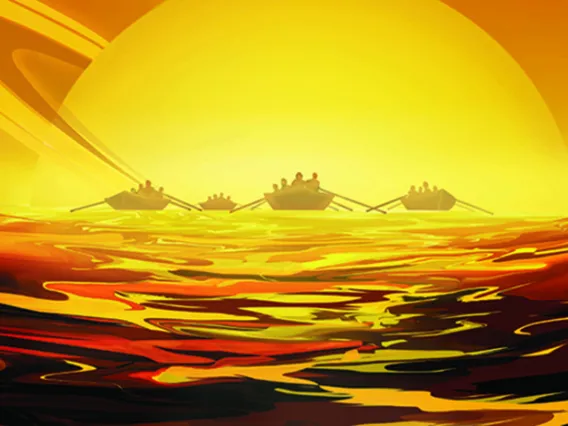
Travel to Alien Moons with UA Expert Guides
Humans first explored the Earth’s moon 50 years ago, an impressive feat for sure. But if you are interested in venturing a little off the beaten path, here are some other extraordinary moons to visit in the future.
Travel to Alien Moons with UA Expert Guides
×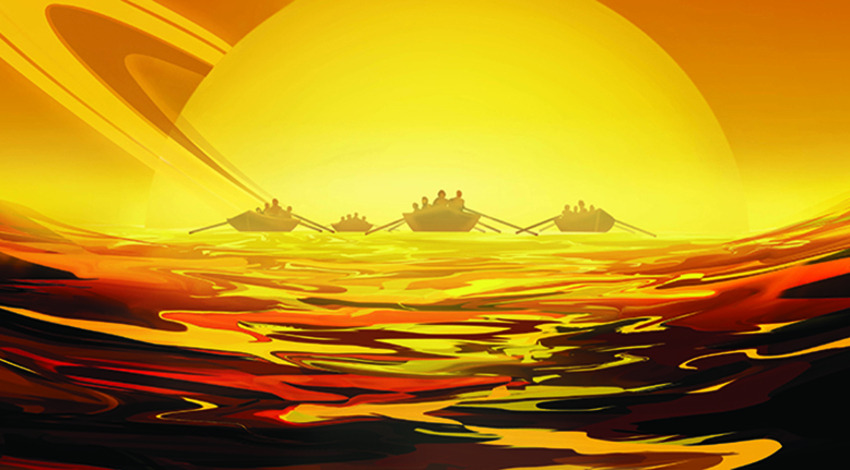
By Mikayla Mace and Daniel Stolte, University Communications - July 22, 2019
Pit Stop on Phobos
Your guide: Alfred McEwen, UA Regents' Professor of Planetary Sciences and principal investigator of HiRISE, the sharpest camera ever sent to another planet
As you pack up your spaceship in preparation for decades of travel, you’re sure to feel like you’re forgetting something. Don’t worry! After about nine months of listening to “are we there yet” – even when traffic is at its lightest and Mars is at its closest to Earth – one of the red planet’s moons, Phobos, is the pit-stop you need.
Although its origin is still disputed, Phobos could be a specific type of captured asteroid that is rich in water, a valuable resource for space exploration and mining. While you’re buying replacement chargers and anti-nausea pills, let the kids out to stretch their legs on this seven-mile-wide moon. As they leap about in gravity about 100 times weaker than Earth's, you should fill up your futuristic fuel tanks with water stored under the Martian moon’s surface. The fuel station’s ease of access is granted by a gravitational tug much weaker than Mars’.
While you’re there, explore the disorientingly close horizons that are distorted by Phobos' small size and rugged terrain. You’ll feel as though you are standing in an Earthly canyon and notice that its surface is surprisingly dusty, like Earth’s moon. Make sure to stop by the largest feature on Phobos, the more than five-mile-wide Stickney crater, before blasting off to the outer solar system.
Don't want to drive? Maybe you can catch a ride: Plans are in the works for Japan to send a sample return mission to the mysterious moon.
Visit the Underworld on Io
Your guide: Alfred McEwen, interdisciplinary scientist on the Galileo mission to Jupiter
Jupiter's innermost moon Io is a wicked place for only the most extreme thrill seekers. Most of what is known about Io comes from the Galileo spacecraft, which studied the Jupiter system in detail between 1995 and 2006. If you park your starship on the nighttime side, your eyes will first fall on sprawling lava flows glowing across the color spectrum because of the various elements melting within. Hundreds of volcanoes pockmark the surface of Io, each one more active than the most active volcano on Earth: Kilauea.
Make sure to take a tour of Io's top sites. The Loki caldera, or sea of lava, is the largest active volcano in the solar system. Pele, named after the goddess of volcanology of Hawai’i, is smaller than Loki but is ringed by red deposits the size of Texas (where everything’s bigger) and is one of the moon’s most prominent features.
While you might not hear the grumblings of the restless moon through the tenuous atmosphere, you will feel the terrain bucking beneath your soles and the swelling solid-body tides that reach more than 160 feet! All this activity is fueled by the planet Jupiter, which Io orbits every two Earth days, and the other large moons which regularly align to tug gravitationally on Io, heating the rocks to create the magma within.
With features named after the gods and goddesses of the underworld littering the surface, you might think you’ve died and gone to Hades. But don’t fret, Io isn't Hades, though it is a hellish place in which there are many ways to die.
You could land in a boiling caldera and vaporize. Alternatively, you could land too far away from it and freeze to death. But freezing would be a slow, sad way to leave any world, and it’s likely that on Io, you’d run out of air first. If you desperately scrambled for breath, you’d find that the thin atmosphere is actually poisonous, and your last breaths of air would smell of rotten eggs due to Io's sulfurous surface. Yet no matter how carefully you tread across the spectacularly vivid moon, the intense radiation generated by Jupiter’s magnetic field would unrelentingly destroy your cells. The noxious surface could even challenge the hardiest of robotic spacecraft. Be prepared!
Cool Off on the Solar System’s Icy Moons
Your guide: Veronica Bray, UA Lunar and Planetary Laboratory associate staff scientist developing a seismometer for a potential Europa lander
After visiting the volcanic world of Io, cool off in the frigid waters of another Jovian moon: Europa. Upon landing, you’ll notice Europa is the smoothest moon in the solar system. An icy surface of disputed thickness floats above a briny liquid ocean. The moon’s topography varies by only about 6,500 feet. The relative lack of craters and smoothness is due to a combination of geologic activity and a warm ice shell, resulting in topographic features that relax back toward a level plain.
But before you whip out your ice skates to glide along the ruddy fault lines that cut across the surface as a result of tidal squeezing, find shelter. If you are adventurous, you could set up camp in a deep ice cave; if your tastes are more refined, you might prefer a five-star hotel carved and stabilized within the ice layer. Similar to Io, on Europa, radiation from Jupiter would wreck your spaceship and your body, but water ice acts as a protective shield.
Hopefully, you’ll book ahead for the occult submarine tours in which you try to spot a Europan giant squid, though reports of their sightings have not been confirmed. Scientists think life, even bacterial life, might thrive in warm water vents on the ocean floor warmed by tidal forces.
While you might be slightly nervous about having miles of ice and water above your head, just remember that Europa’s gravity is about the same as Earth’s moon, so the pressure will not be greater than what a submarine can tolerate in the depths of Earth’s oceans. If the depths don’t get under your skin, then it’s likely that the creaking and groans of rock-hard ice echoing through the pitch-black ocean won’t either. Europan tides are responsible for the noise.
If you decide to brave the surface, acquire a certified spacesuit that protects against radioactivity. You’ll find that about 60 craters remain on Europa, which is relatively few for a moon with no atmosphere to erode surface features. The geologic activity is so great that the surface is very young. Also on the surface you might need to dodge "penitentes," vicious spikes of frozen snow sculpted by the dancing sun.
If frozen sea worlds aren’t your thing and you want to spend more time on land, travel to Saturn's tiny icy moon Enceladus to catch some powder.
Like an arctic Yellowstone, geysers erupt in Enceladus’s southern hemisphere from fissures in the surface layer of ice, much like Europa. The spray of subsurface water likely supplies fresh snow for skiing, snowboarding and sledding, and the low gravitational tug of a moon with a diameter six times smaller than Europa means you can take on steeper slopes and get more air.
What to pack: Enceladus is the brightest moon in our solar system, so bring sunglasses! Snowshoes and an umbrella can protect you from sinking into the snow or getting buried as the frozen spray falls to the ground.
A Moon like Earth, Except Totally Different: Titan
Your guide: Alfred McEwen, member of the imaging science team of the Cassini mission to Saturn
Titan, Saturn’s largest natural satellite, draws astrobiologists like moths to a flame. Observations made during fly-bys of NASA's Cassini spacecraft reveal glimpses of a mesmerizingly alien landscape of mountains, rolling hills and valleys, complete with meandering streams and lakes. Underneath its surprisingly Earth-like surface, Titan is thought to harbor a vast underground ocean of liquid water. That discovery, made only fairly recently, adds Titan to the handful of worlds in our solar system that could potentially contain habitable environments.
Titan, which is about the size of planet Mercury, offers some of the most spectacular views and experiences our solar system as to offer. For much of the final descent through Titan's atmosphere, which is thick with an orangish shroud of nitrogen and smog, you wouldn't see a lot. Picture Los Angeles on a really bad day during rush hour, multiply that by 1,000, and you get the idea.
As you approach the surface, though, ridges of steep mountains come into view, as do sand dunes and gullies carved by rushing liquid. At times, you'll catch a glint from the glass-like surface of a distant lake. Once on the ground, don a heavy space suit to protect you from Titan's harsh (in Earth terms, "polluted") atmosphere and extreme cold before you start exploring.
Your first excursion onto Titan's surface should be to visit a historic artifact: the Huygens lander – or what's left of it. The only human-made object to ever touchdown on a moon other than Earth's, the probe hitched a ride on the Cassini spacecraft with a mission to study Titan up close. Once Huygens cast off from its mothership, it hurtled toward Titan and was soon swallowed by the orange haze that hides the moon from view. Dangling from a parachute, Huygens spent two-and-a-half hours floating down toward the surface, snapping pictures with its UA-built descent imager and taking all sorts of measurements.
Next, take a leisurely trot around the shore of one of Titan's famous lakes. Where else in the solar system could you skip rocks across an endless expanse of liquid methane? Wrap up your trip with another highlight: Strap on a set of wings and, after a brief orientation on how to steer and safely land, take off and flap to new horizons, supported by Titan's dense atmosphere. Isn’t zip-lining so 2000's?
Book your travel early – NASA just approved the Dragonfly mission, which will send a quadcopter to Titan in 2034.
Looking for the Fringe? Here’s a Strange Moon You’ve Never Heard of
Your guide: Erich Karkoschka, Lunar and Planetary senior staff scientist and expert on Neptune, the pale blue giant
If you’re the type who avoids tourist crowds and finds Jupiter’s and Saturn’s moons too mainstream, consider a trip to Neso. Don’t worry if you’ve never heard of it – most people haven’t. Named after the Nereids, female water spirits in Greek mythology who accompany Poseidon, god of the ocean, Neso is the fringiest of several dozens of moons that belong to the outermost planet of the solar system: Neptune (which is how the Romans referred to Poseidon).
It’s no coincidence that Neso gets short shrift in most glossy tourism ads: This strange world is so far out that nobody knows for sure what it looks like, how big it is or how long a day lasts on its surface. What is fairly certain is that none of the other known moons get as far away from their host planet as Neso does. Its orbit is so oblong that a Neptunian observer enjoying a Neso full moon would have to wait more than a quarter-century to see another. That said, it would not be a huge loss, as attempting to spot Neso from Neptune is pretty futile to begin with, and vice versa. If you want to catch a glimpse of Neptune while standing on Neso, the big gas planet would be barely visible as a disc — not quite the breathtaking blue-marble-rising-above-the-moon, one-for-the-ages shot the Apollo astronauts managed to capture on film. The sun, too, would just be a shiny dot in the sky above Neso, just bright enough to allow you to enjoy some vacation reading.
Popular with the scruffy backpacker crowd, Neso is not for you if you consider dependable public transportation or cushy rental cars non-negotiables. But here’s the good news: Because Neso is estimated to be a mere 40 miles or thereabouts in diameter, its gravity is low enough that you can hike – or rather, hop – around the whole thing in a day or so, and it would take you just a few hundred steps. They’d be big, slow and long steps, each lasting for about five minutes. Don't worry about dropping your phone on Neso – it would take almost 30 seconds to make it to the ground, giving you plenty of time to catch it before having to check your travel selfies on a spiderwebbed screen.
While the starry night sky at the edge of the solar system likely is a sight to behold, stargazers should beware: the nightly lows on Neso spell serious trouble to the un(der)prepared. On Triton, another one of Neptune’s moons, temps go down to minus 391 degrees Fahrenheit, and while Triton holds the record as the solar system’s coldest object, Neso is unlikely to be any cozier. So be sure to bring some extra space blankets before heading out to stargaze.
Other useful items to carry on Neso include a quality flashlight, a healthy stockpile of batteries, boots with cleats to navigate rock-hard ice and pocket warmers (preferably the portable, nuclear generator kind because solar-powered devices won't work this far out).
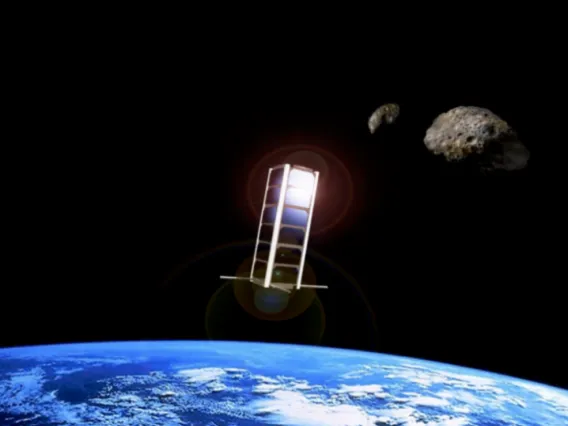
$3M in NASA Funding to Help Students Build CubeSats
NASA's Minority University Research and Education Project Institutional Research Opportunity program will give students in Arizona and Puerto Rico the opportunity to collaborate with scientists and engineers on the next generation of space exploration technology.
$3M in NASA Funding to Help Students Build CubeSats
×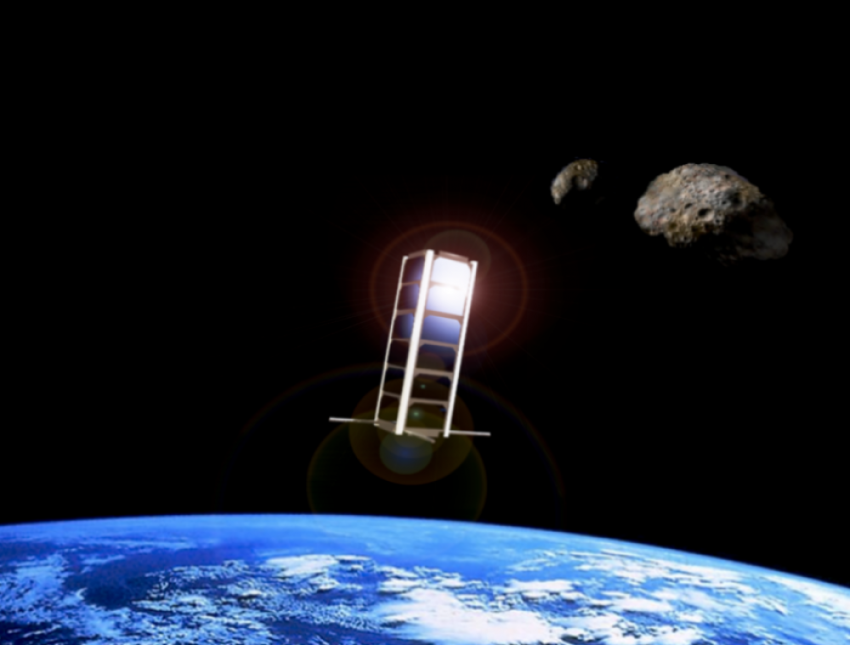
By Emily Dieckman, College of Engineering - July 17, 2019
University of Arizona researchers will use $3 million in NASA funding over three years to research the low-gravity surface environments of asteroids, and to provide students from underrepresented backgrounds the opportunity to design, build and operate CubeSats, or miniature satellites at the UA.
The project was selected through NASA's Minority University Research and Education Project Institutional Research Opportunity, or MIRO, program. The UA, which was designated a Hispanic-Serving Institution in 2018, is one of eight institutions to receive a share of more than $8.2 million in cooperative agreements awarded through the MIRO program.
"This project will help us understand asteroid surface geophysics in a way that no one has done before," said Erik Asphaug, deputy principal investigator for the project and a professor in the UA Lunar and Planetary Laboratory. "And the students get to participate in a low-cost endeavor that has huge implications for how we work with asteroids in near-Earth space."
There are many reasons to study asteroids, from the way they affect humans when their orbits cross paths with Earth, to their potential as sources of spacecraft fuel, to the clues they may hold about the origins of planets and life. But it's difficult and expensive to send missions to asteroids, and it's impossible to simulate their low-gravity environments – where a human would weigh as much as a mouse – on Earth for long durations.
The answer is to build a lab in space, according to Jekan Thanga, principal investigator of the MIRO project, head of the UA SpaceTREx Laboratory and assistant professor in the Department of Aerospace and Mechanical Engineering.
The project will recreate the surface environments of asteroids by placing asteroid origins satellites, or AOSATs, small laboratories containing asteroid material that came to the Earth in the form of meteorites, into low-Earth orbit. Rotating at about the speed of the second hand on a clock, each AOSAT will generate a centrifugal force equivalent to an asteroid's extremely low surface gravity. Scientists can't recreate asteroid gravity in this manner onboard the International Space Station because it is too subtle of a force – smaller than the vibrations from the pumps and fans that keep the astronauts alive.
Because it's much cheaper and easier to operate a laboratory-spacecraft in low-Earth orbit than it is to spend hundreds of millions of dollars going all the way to an asteroid, AOSATs will offer repeated opportunities for basic science and act as a testbed for asteroid-bound hardware.
"We are coming up with an asteroid proving ground without having to go to an asteroid," Thanga said. "This is a whole different way of doing science."
Students from the UA, Pima Community College and the University of Puerto Rico will have the opportunity to build three AOSATs, each about the size of a loaf of bread. Then, they will operate them in low-Earth orbit, conducting basic research on their simulated "patch of asteroid." Research areas will include how to extract water for conversion into rocket fuel, testing robotic devices capable of digging and planting sensors on an asteroid, and sending bursts of gas and firing small projectiles into a low-gravity asteroid surface.
"This is a unique project which will provide students the opportunity to study different aspects of asteroid science," said Desiree Cotto-Figueroa, project co-investigator and assistant professor at the University of Puerto Rico at Humacao. "The continuous discovery of unknown near-Earth asteroids, as well as gaining an understanding of their origin and evolution, is very important."
Ultimately, the researchers envision AOSAT as pathway toward a significantly larger centrifugal spacecraft that could act as a semipermanent proving ground in low-Earth orbit. This accessible facility would allow researchers to realistically test how an entire lander or an astronaut might interact with an asteroid surface – what Asphaug calls a "persistent link" between distant asteroid environments and the Earth. Such a facility could even be used to recreate a "patch of the moon" where astronauts could train and adapt to the low-gravity lunar conditions humans first experienced in the Apollo missions 50 years ago.
"Our decades-spanning experience in planetary exploration makes the UA an ideal institution to lead this STEM education and research project," said UA President Robert C. Robbins. "Underrepresented students from both our local community and international partners will have an opportunity to learn about asteroid science and space systems engineering through a project that will actually launch into space. This is the kind of incredible opportunity we are proud to offer students for them to have the tools and experience to succeed."
In the near term, "we would like to build a pipeline of students working with professors to conceptualize, design, build and fly CubeSats at the University of Arizona," Thanga said. "We're looking to the day in the future where sending a CubeSat to space might be as easy as sending a payload up on a balloon flight to do an experiment in high altitude."
Roberto Furfaro, professor of systems and industrial engineering and head of the Space Situational Awareness Initiative under which SpaceTREx operates, said that with the help of the College of Engineering; the provost; and the Office of Research, Discovery and Innovation, he recruited Thanga specifically to be "the missing link" between CubeSat research and space situational awareness, or SSA, which is the ability to monitor, understand and predict the behavior of objects orbiting Earth.
"He represents what we call space-based SSA," Furfaro said. "He could potentially build a CubeSat that can not only view the Earth or other planetary bodies, but can observe other spacecraft or debris to learn more about the characteristics and behavior of objects in space, for example."
Other project collaborators include co-investigator Greg Ogden of the UA Department of Chemical and Environmental Engineering; co-investigator Dennis Just of Pima Community College; co-investigator Joseph Masiero of NASA's Jet Propulsion Laboratory; and Viranga Perera at the Johns Hopkins University Applied Physics Laboratory, who will be evaluating effectiveness and advising the team on how to meet diversity goals.
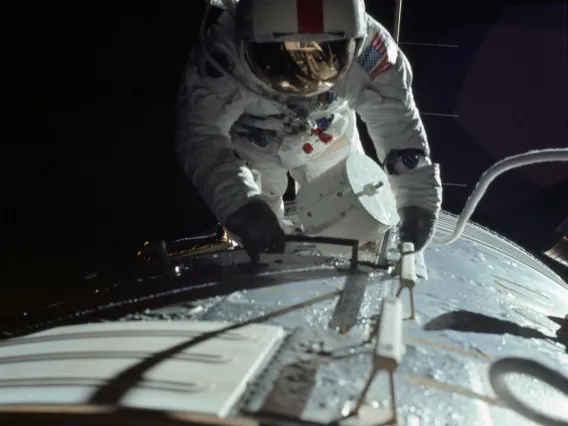
Mapping the Moon and Worlds Beyond
UA scientists were instrumental in creating the first photographic atlases of the moon, which helped NASA successfully complete the Apollo 11 mission. Fifty years later, UA scientists are busy mapping worlds throughout our solar system.
Mapping the Moon and Worlds Beyond
×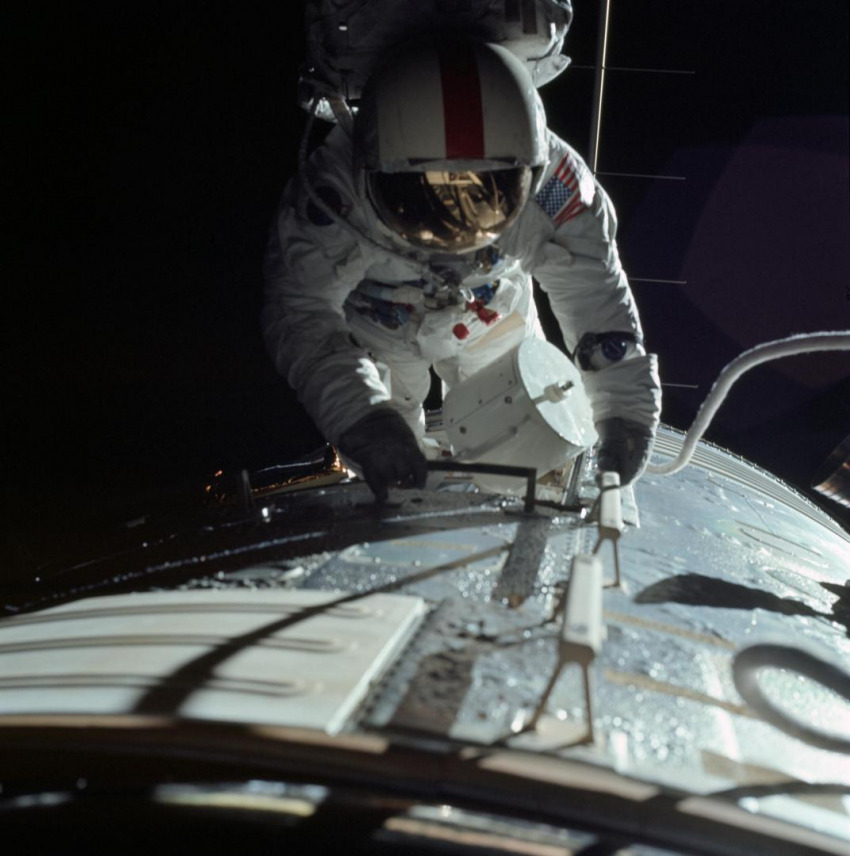
By Daniel Stolte, University Communications - July 16, 2019
In 1972, it took an astronaut going on a spacewalk to do what Lynn Carter now can do with a few mouse clicks over lunch.
Carter, a planetary science professor at the Univerity of Arizona Lunar and Planetary Laboratory, points to a small, framed photograph above her desk. It shows the Apollo 17 spacecraft, the last crewed mission to the moon, cruising high above the grey, cratered expanse below.
"See that little antenna sticking out there? That was the first planetary radar on a spacecraft, and while it went around the moon, it pinged the surface," she said. "Each time it hit a different rock layer, it reflected a signal and recorded it on film."
One of the things the Apollo 17 astronauts were tasked with doing was mapping the moon's surface from the bird's eye view of their orbiter. In addition to photographing the obvious – topographic features like hills, craters and boulders – the radar antenna allowed them to reveal hidden geologic features underneath the moon's surface. The radar data were recorded on old-fashioned cassette tapes stored underneath a hatch that was only accessible from outside the spacecraft. To retrieve the film, astronaut Ron Evans had to put on a spacesuit and wiggle through the hatch of the Apollo capsule while it hurtled through space somewhere between the moon and the Earth at almost 25,000 miles per hour.
"Today, it's totally different," Carter says. "Everything is digital, and the instruments have much better resolution. We can see things on Mars from our living room that you couldn't see even if you could travel there and stand on the surface yourself."
Mapping Other Worlds
Carter specializes in making maps of the unseen: using data obtained with ground-penetrating radar instruments, she visualizes and interprets features buried under the surface of planetary bodies like the moon, Mars and Venus.
To a planetary scientist like Carter, mapping another world is about much more than figuring out what is where on the surface and how to get from point A to point B (although navigation is becoming an increasingly important goal, with efforts ramping up to send astronauts to new horizons such as Mars or near-Earth asteroids).
"We look at planets to understand how they formed," Carter says, "and also to better understand features here on Earth that have been obscured by the very geologic processes that make our planet special. Studying other objects in the solar system is a way to study things that didn't turn out the way they did here on Earth."
Take Venus, for example, Earth's next-door neighbor and Carter's "favorite planet," as she readily admits. Even with the most powerful telescopes, we never get to see its surface, which is permanently shielded from view by a broiling shroud of clouds. Until the 1960s, sci-fi novels speculated about a lush, tropical world covered in jungles.
"Radar crushed that idea, as it unveiled a solid, super-hot surface with many volcanoes." Carter says. "All of a sudden, Venus did not look hospitable at all."
Unlike the explorers and cartographers who ventured out to map the Earth from land and sea, planetary scientists have to map from afar, looking through telescopes, or, if they're lucky enough to get a spacecraft mission funded, from orbit.
A Coffee Table on Mars?
One of the most successful visualization missions is HiRISE, which is led by the UA. HiRISE is a high-resolution imaging camera that has photographed Mars in unprecedented detail while orbiting the red planet aboard NASA's Mars Reconnaissance Orbiter for more than 10 years. The images are so detailed that over the course of a decade, after snapping 62,712 images, it has covered a mere 3.5% of the Martian surface. But coverage was never the goal – rather, HiRISE was sent to Mars to find future landing sites and to provide image that will help scientists understand the ancient and present-day geologic processes of Mars. The planet has proven to be surprisingly active in spite of the fact that it is a cold, dusty world lacking plate tectonics or a magnetic field and whose atmosphere largely wafted off into space.
HiRISE, whose eye is sharp enough to spot a coffee table (if there was one) on the ground from 180 miles above, is now in its fifth extension and still going strong. At the time it launched, similarly detailed maps of Earth were classified and only accessible to the individuals at the Pentagon, said Alfred McEwen, UA Regents' Professor of Planetary Sciences and principal investigator of HiRISE.
Since then, HiRISE has revealed a stunningly beautiful planet. The instrument's stereo vision, unprecedented resolution and repeated imaging passes completely changed how scientists interpreted previous images taken of the red planet, McEwen says.
"What we thought to be ancient dunes, for example, frozen in time for possibly millions of years, turned out to be changing constantly."
HiRISE has seen a whole suite of ongoing activity including new impact craters, where the impacting meteorite blasted water ice out from underneath the planet' surface, erosion gullies and other features, some so unearthly that planetary geologists like McEwen are still struggling to explain their origin with certainty.
"We keep finding new things, such as features in the polar regions that we call spiders," McEwen says. "We think they're caused by carbon dioxide gas flowing underneath ice sheets, carving the surface topography. Another recent discovery is boulders that slowly move downhill, possibly driven by the seasonal expansion and contraction of ice underground."
Taking pictures is only the first step in generating a map of a planetary surface accurate enough to allow landers to touch down without crashing into undiscovered boulders or prevent robotic rovers from getting stuck in loose sand.
"To make a map, you have to understand the geometry of your images and mosaic them together. And then you have to change the perspective to what it looks like straight down, unless the originals were acquired that way," McEwen said of the process called orthorectification.
Orthorectification is necessary to derive the topography from an image, he explains. The UA scientists who produced the first detailed atlas of the moon used a rather analog, but elegantly simple setupto accomplish this. These days, it is done by the keen eyes of specially trained people and sophisticated software.
Jupiter's Shapeshifting Satellites
Some of the other challenges facing cartographers of the solar system are how to define sea level when your object of study doesn't have a sea or how to nail down coordinates on an object that's not exactly spherical or constantly shifts its shape.
"Many of the Jupiter satellites are what we call triaxial ellipsoids," McEwen says. "Their three-dimensional shapes change with the strong tidal forces under Jupiter's gravitational field, and that is a real challenge if you want to do precision mapping."
Measuring such changes is interesting for its own sake, however, because it reveals clues about the interior properties of those objects that would be difficult or impossible to study otherwise, McEwen adds.
UA scientists and engineers have pushed the field forward by designing instruments and cameras that have flown on several space missions to map unknown territory, including Mercury, the planet closest to the sun, Saturn's moons Titan and Enceladus, and Jupiter’s moon Io. They also are working on proposed instruments for future mapping projects that include Earth's moon, Mars and Europa, Jupiter's large moon whose subsurface water ocean is considered a hot candidate for extraterrestrial life.
Most recently, UA scientists are nearing completion of the most detailed map ever made of any solar system body, including Earth: cameras designed at the UA are scanning the rocky surface of Bennu, a near-Earth asteroid about as tall as the Empire State Building, and the team of the UA-led OSIRIS-REx sample return mission mapped Bennu's surface down to the inch. Being able to select a safe site for the spacecraft to touch down and grab a sample is a logical prerequisite for the mission, which is poised to return a sample of pristine asteroid material to Earth in 2023.
"By the time we're done with the characterization of the candidate sample sites, we'll be able to see an object the size of a penny," says Daniella DellaGiustina, lead image processing scientist for OSIRIS-REx.
DellaGiustina adds that in addition to ensuring mission safety, mapping at such unprecedented detail delivers "really cool, incredible science."
"By getting a dataset of an entire asteroid and going from that scale all the way down to centimeter-sized pixel imaging, we can really begin connecting asteroids to the meteorite population we have in our labs," DellaGiustina says.
To do so, the team had to invent new techniques and augment available mapping software to capture an accurate representation of Bennu, an irregularly shaped object whose surface is studded with boulders, including some the size of a parking garage and with overhang.
Navigating in Three Dimensions
"One coordinate system is not enough, so we are working in both latitude and longitude and cartesian coordinates all the time," DellaGiustina says. "This allows us to generate 3D point clouds and assign precise coordinates to every pixel."
Covering new ground for future touch-down sites also is a declared goal of ongoing Mars research at the UA, including a shallow-ground radar mapping mission proposed by Lunar and Planetary Laboratory Deputy Director Shane Byrne. One of the requirements is to look for water ice deposits shallow enough that astronauts can get to them and use them as a resource for fuel and water. Meanwhile, the HiRISE team is currently scouting potential landing sites on Mars' midlatitudes for Elon Musk's Space X company.
Through recent hires of radar mapping experts, the UA has become one of the premier institutions for radar imaging science, says Ali Bramson, who recently graduated with a Ph.D. from the Department of Planetary Sciences and now is a postdoctoral fellow in Carter's group. Together with Eric Petersen, a postdoctoral fellow on the team of professor Jack Holt, who joined the Lunar and Planetary Laboratory last year, Bramson is part of a project that integrates datasets from many different imaging techniques to paint a more complete picture of ice hidden underneath the Martian surface. The goal is to produce a data product that could be used in planning crewed missions.
In addition to enabling future human exploration missions to Mars, this research helps answers fundamental questions about how the red planet came to be what it is today, Bramson explains.
"By mapping the subsurface ice, we can try to piece together the planet's climate history," she says. "This allows us understand the natural climate shifts without the confounding factors that we have on Earth, such as human population, vegetation and oceans."
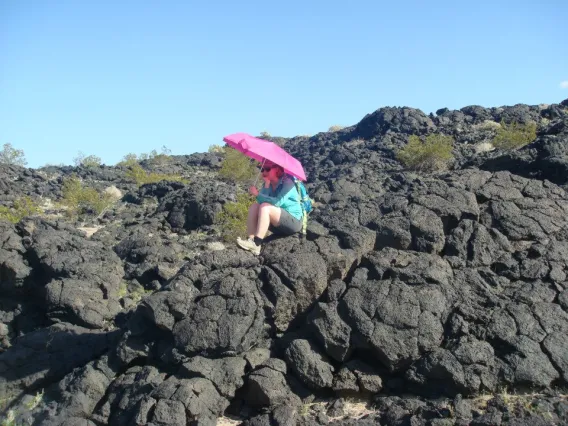
Exploring A Desert Portal to Other Worlds
The merge between astronomy and geology, necessary to get humans to the moon, led to the birth of modern-day planetary science and a long history of field trips that continue to this day, enabling fledgling scientists to interpret data from far-off worlds without leaving Earth.
Exploring A Desert Portal to Other Worlds
×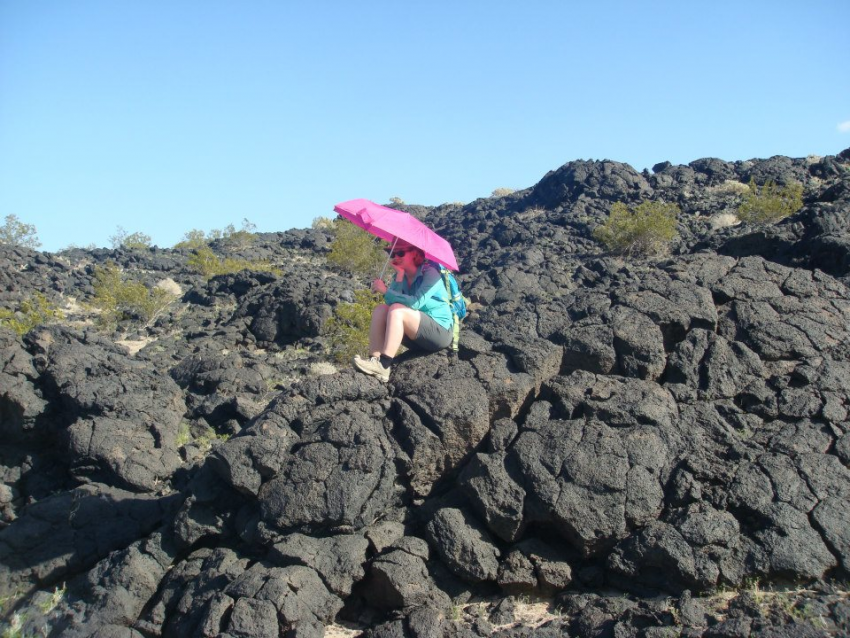
By Mikayla Mace, University Communications - July 8, 2019
Ali Bramson clutched her neon pink umbrella as she trekked across the frozen lava that spilled from Amboy Crater in California’s Mojave Desert. She and her fellow University of Arizona graduate students were tasked with identifying the boundaries of different eruptions of the extinct volcano, then unfurling their bright umbrellas to mark the spot. From an airplane overhead, her professor and another student photographed the sites to record the findings.
“We compared where we had mapped the different lava flows from the ground to where we had mapped the lava flows based on images taken from above by airplanes and satellites,” said Bramson, who is now a postdoctoral research fellow at the UA's Lunar and Planetary Laboratory, or LPL. “It was a great way to learn about how looking at geological features from different perspectives and spatial scales affects your interpretation.”
Bramson was one of the latest in a long history of LPL graduate students to take a planetary geology field trip to learn how Earth’s geological formations can serve as analogs to formations on the moon, Mars and beyond.
The tradition began more than 50 years ago – before Neil Armstrong and Edwin “Buzz” Aldrin left their bootprints in the moon's powdery soil – when UA researchers led by Gerard Kuiper worked with NASA to map and understand the moon’s surface from a geological perspective.
To do so, Kuiper’s graduate students studied field geology, which spurred the formation of the UA Department of Planetary Science and the field trips within it.
“The smallest features we could photograph from Earth were no more than a half-mile across, so the biggest problem was to understand the human-scale structure of the lunar surface,” said William Hartmann, one of Kuiper’s graduate students who helped create the Rectified Lunar Atlas. Hartmann later co-founded the Planetary Science Institute, or PSI, in Tucson. “To study possible lunar surface textures, we Kuiper graduate students in the early ‘60s – who had grown up in leafy-green, non-volcanic parts of the U.S. – made many camping trips.”
Desert Portal
Clear skies, clusters of telescopes, and thriving astronomy, geology, and atmospheric science programs lured Kuiper, considered the father of modern-day planetary science, to Southern Arizona in 1960. But it is the Sonoran Desert's arid climate that preserves the geological features of interest: impact and volcanic craters, lava flows, cinder cones, strata within canyons, and more.
“These geological processes are beautifully exposed and preserved in the Southwest,” said LPL assistant professor Christopher Hamilton, who co-leads the LPL graduate student field trips with Shane Byrne, assistant department head of planetary sciences. Their trips have allowed students to explore sites across the Sonoran Desert and as far away as Hawaii and Iceland.
“The field trips also offer a way to see things, like lava flows or sand dunes, up close that for other planets we often have to rely on images and data from spacecraft to study,” Bramson said. “It helps connect what we see from orbit or telescope to a ground truth by being able to walk around and sample similar features here on Earth.”
The Pinacate Peaks are one such example, and they are riddled with lunar analogs, according to Kuiper’s graduate students. More than 400 volcanic cinder cones and nine large volcanic craters have pockmarked the range, which is located mostly in the Mexican state of Sonora between the Arizona-Mexico border and Puerto Peñasco, and is surrounded by giant sand dunes.
“The Pinacate region has wonderful lava flows and big half-mile volcanic craters,” said Hartmann, who in 1989 wrote Desert Heart, a popular book about the area. “One of the big concerns was that the lunar surface might resemble extremely rugged types of lavas with spikey, jagged rocks all over the place. The Apollo astronauts later trained for lunar exploration in that same area.”
Dale Cruikshank, a research scientist at NASA Ames Research Center, also studied under Kuiper and remembers the trips well: “We would crawl inside the volcanic craters and around and examine as a geologist would. Kuiper was tromping around lava flows with us sometimes.”
Kuiper’s students also visited Meteor Crater and Sunset Crater, both near Flagstaff in Northern Arizona, to understand the difference between craters formed by impact and magma chamber collapse, respectively.
“Hartmann and I got a personally guided tour of Meteor Crater by Eugene Shoemaker,” Cruikshank said, adding that Shoemaker worked with Kuiper’s group during the robotic missions that preceded the crewed lunar landings and created the astrogeology branch of the United States Geological Survey in Flagstaff. “Others in Flagstaff were also very good to us and flew us around in an airplane. It was terrific.”
Kuiper’s students also ventured into the Dragoon Mountains, where they examined rocks types that might be found on the moon, and to Hawaii, where they investigated how magma flows and cools as it might have on the moon billions of years ago, Hartmann said.
Multiple faculty members from the Department of Geosciences led the first field trips, but the most prolific of all was Spence Titley. Now retired, Titley was a leading mining and resource geologist at the university. During some of the field trips, he trained Apollo astronauts in lunar geology and recommended lunar features they later photographed from orbit. In 1964, he collaborated with the U.S. Geological Survey to map the moon for the Apollo program using the McMath-Pierce Solar Telescope on Kitt Peak.
Interpreting the Data
“Field trip locations are not just focused geographically, but also by process,” Hamilton said. “With each trip you’re not just visiting a place, but different times in Earth’s history.”
Most field trips focus on investigating volcanic landscapes. Volcanic activity is the most dominant process in planet formation; It underpins planetary creation and evolution, Hamilton said. The moon is a good example: The dark spots were once thought to be oceans, but they are actually volcanic lava flow fields. About 3.5 billion years ago, the lunar surface was glowing with red-hot magma, he said.
Other processes highlighted on LPL field trips include impact cratering, tectonic plate movement, and erosion by water and air.
“When you build a model that tries to describe the complexity of planetary evolution, you have to make a cartoon version of it,” Hamilton said. “Going into the field and determining the necessary detail of the model – what to leave in and out – is important to understand.”
“We discuss how features might work similarly or differently on another planet. Other planets or moons might have different gravity, atmospheres and sunlight, for example,” Bramson said.
Seeing these formations in real life helps students interpret remote sensing data sent back from different places in the solar system, says Hamilton, whose most active area of research is in terrestrial analog study. He travels to extreme environments to test how robotic instruments might perform on alien worlds.
“Climbing around lava flows similar to those on the moon or Mars, or dunes on Mars and Titan, provides a connection with otherwise abstract data,” he said.
“We took students to Cape Canaveral to look at coastal processes we can’t see in Arizona as an analog for Mars, which has many shorelines associated with the northern ocean and impact craters that filled with water to create lakes,” Hamilton said, adding that Saturn’s moon Titan also has oceans but composed of liquid methane and water ice as hard as rock. “It’s another permutation of the same processes."
Bramson entered her graduate program with a bachelor’s degree in astrophysics, so, like many of her classmates, the field trips were her primary lesson on geology. But she learned about more than just geology, she said.
“With all the time spent together – driving to the field sites, hiking and discussing the landscape, camping, making food around the campfire at night – I got to know my fellow graduate students a lot better on these trips,” she said. “Many became some of my best friends and collaborators on scientific projects.”
Mt. Lemmon SkyCenter
×
Mt. Lemmon SkyCenter is an exceptional science learning facility located at Steward Observatory's "sky island" observing site. The SkyCenter builds upon the uniqueness of the 9,157 foot summit of Mt. Lemmon and the extensive knowledge base at the University of Arizona to deliver educational programs, including:
- SkyNights StarGazing Program: open to the public most nights of the year using the Southwest's largest dedicated public telescope! This unique, awe-inspiring opportunity allows guests to peer beyond the blue horizons of our southwestern skies and explore the astronomical wonders of the Universe. The five hour program lets visitors navigate the night sky with binoculars and sky charts, and view spectacular planets, galaxies, and nebulae with our Schulman 32-inch telescope, the largest dedicated public observing telescope in Arizona.
- UA Sky School: year-round residential science programs (1-5 days) open to Arizona 4th -12th grade students at a 25-acre campus on Mt. Lemmon and in the Coronado National Forest. Programs focus on core University of Arizona science areas such as sky island ecology, geology, tree ring science, and astronomy, and meet state and national science standards.
Space Drafts
×
Space Drafts is Tucson’s flavor of Astronomy on Tap. Talks are held one Wednesday of every month at one of Tucson’s finest microbreweries, The Borderlands Brewing Company (119 E. Toole Ave., Tucson) at 7.00pm.
Space Drafts is free and open to all ages (of humans and dogs alike).
The Art of Planetary Science (TAPS)
×
The Art of Planetary Science is an annual art exhibition run by UA's Lunar and Planetary Laboratory that celebrates the beauty and elegance of science. It was founded by graduate students in 2013 as a public outreach project to engage the local community in our work, and continues to be organized and run by volunteer students each year. The goal behind the show is to present a different side of science to the public, and to show you what we think is beautiful about the solar system. As scientists, it is our job to create knowledge, a process that requires thought, creativity, attention to detail, and imagination. Scientists are encouraged to produce artwork for the show that is created from scientific data, or incorporates scientific ideas, to give you new perspective on why we are passionate about our work. We also ask artists to submit artwork that is inspired by those same themes, and to show us how they view science from their own lens. This event is a very powerful way to bridge the gap between the local science and art communities, and to show how very interconnected the scientific and artistic processes are.

Artemis III
Artemis III
×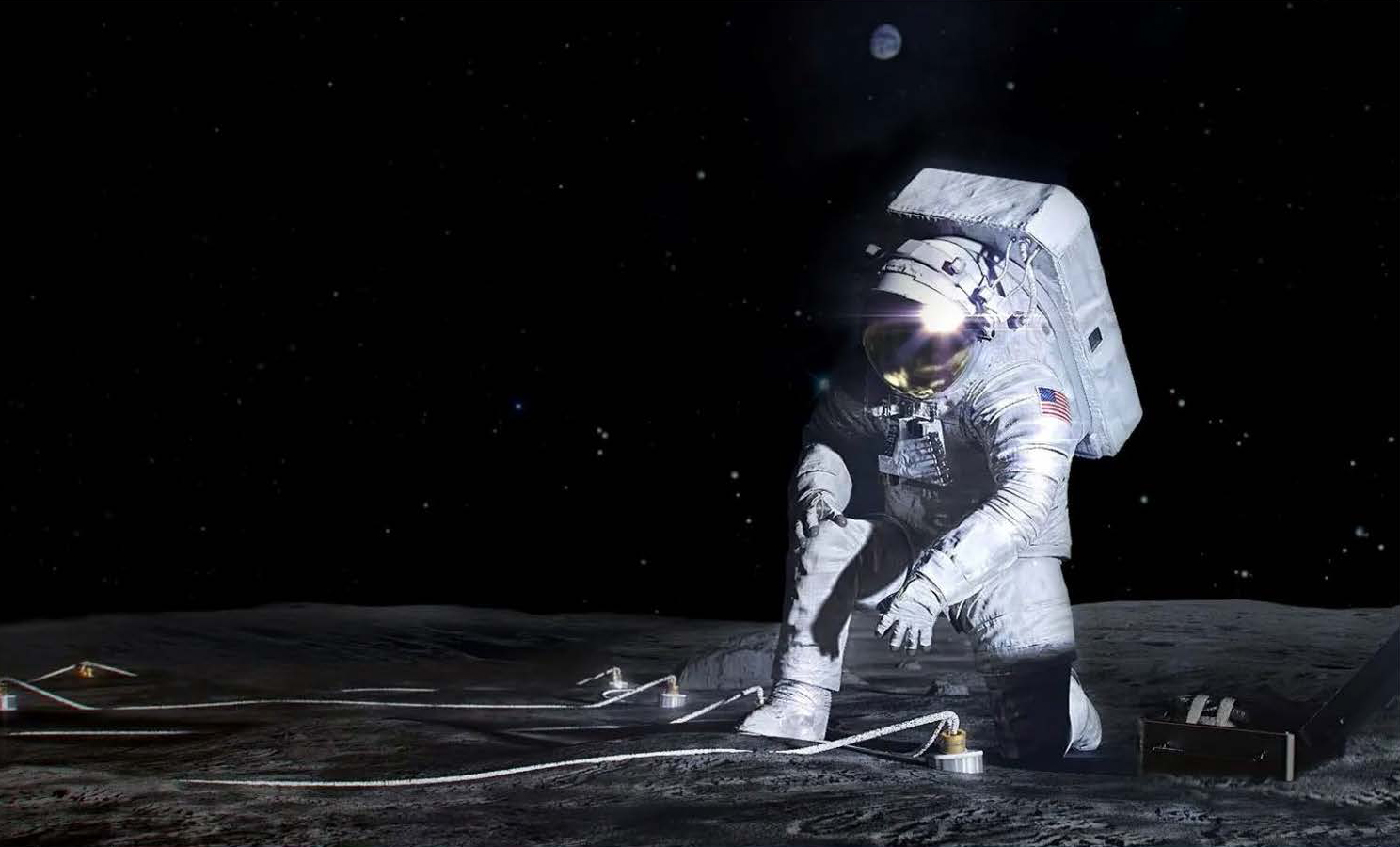
Artemis III will be the first time humans have set foot on the Moon since the Apollo missions 50 years ago. The Lunar Environmental Monitoring Station (LEMS) is a seismometer package that will study moonquakes to determine current rates of activity and study the Moon’s interior from the crust down to the core. LEMS includes both a triaxial short-period seismometer and a triaxial broadband seismometer.
- Humans Will Again Set Foot on the Moon; This Time, They'll Have UArizona Science in Tow - April 12, 2024
Artemis III Faculty

Veronica Bray
Associate Research Professor
Lunar Studies, Planetary Analogs, Planetary Surfaces
Dani Mendoza DellaGiustina
Assistant Professor, Deputy Principal Investigator, OSIRIS-REx, Principal Investigator, OSIRIS-APEX
Earth, Photogrammetry, Planetary Analogs, Planetary Geophysics, Planetary Surfaces, Small Bodies
Angela Marusiak
Assistant Research Professor
Lunar Studies, Planetary Analogs, Planetary Geophysics, Small Bodies, Titan & Outer Solar SystemArtemis III Support Staff
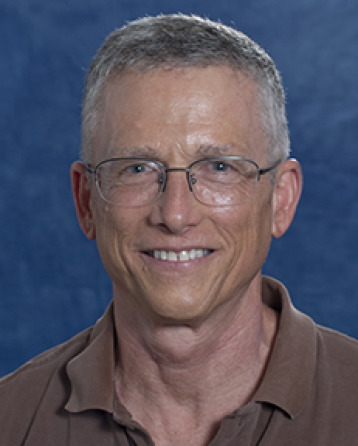
Hop Bailey
Program Manager, UA Space Institute
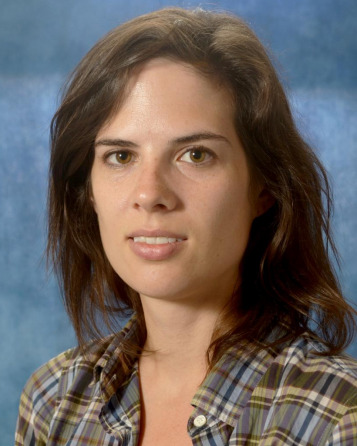
Carina Bennett
Project Manager and Software Engineer, SAMIS
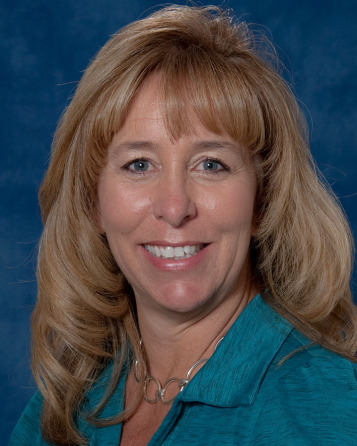
Tisha Saltzman
Manager, Business-Finance, GUSTO, Manager, Business-Finance, NEO Surveyor
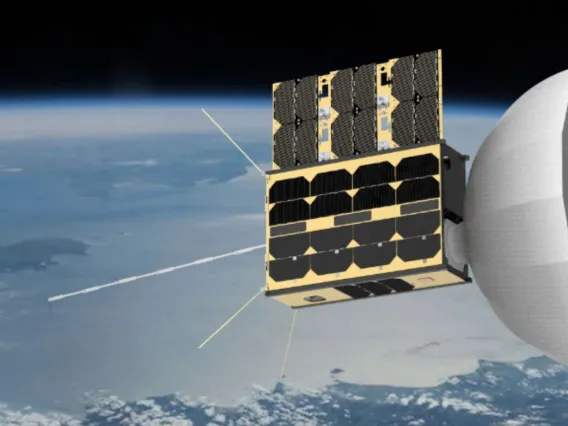
CatSat
CatSat
×
CatSat is a 6U CubeSat built and tested by University of Arizona students, faculty, and staff.
The satellite will launch atop a Firefly Alpha rocket into a nearly sun synchronous orbit around the Earth. Thanks to some trickery on behalf of orbital mechanics, this peculiar orbit ensures that the satellite will remain constantly in daylight, maximizing the capabilities of the mission.
During the mission’s six month expected lifetime, CatSat will detect high frequency signals from HAM radio operators all around the globe with its WSPR antenna, demonstrate an inflatable antenna for high bandwidth transmission, and provide high resolution imaging of the Earth. The data this satellite provides will give insights on the variation of the ionosphere and the technical capabilities of the new systems being tested.
CatSat Researchers
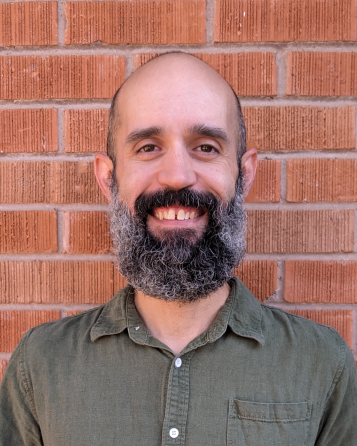
Dathon Golish
Mission Instrument and Observation Scientist
Photogrammetry, Small Bodies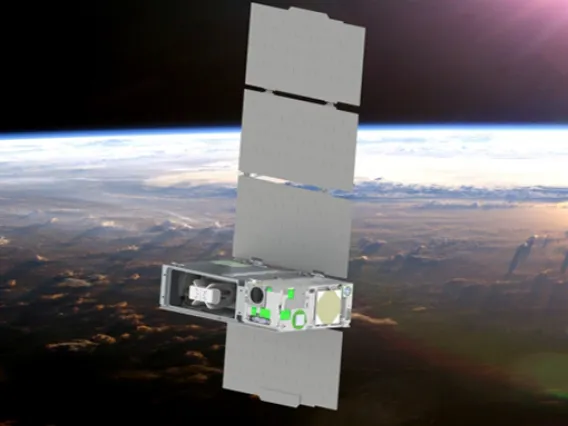
CUTE
Colorado Ultraviolet Transit Experiment (CUTE)
×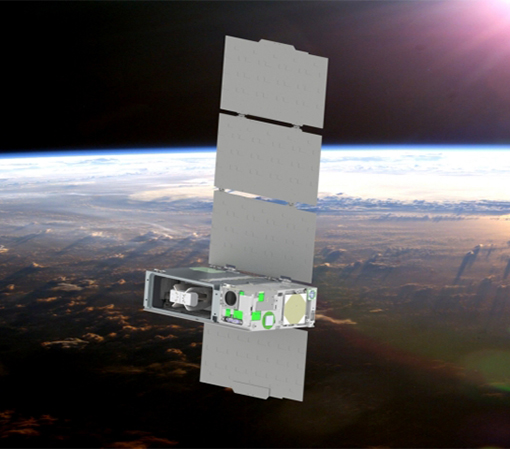
Colorado Ultraviolet Transit Experiment
Dr. Tommi Koskinen is a Co-Investigator on the Colorado Ultraviolet Transit Experiment (CUTE), which is a four-year, NASA-funded project to design, build, integrate, test, and operate a 6-unit CubeSat (30 cm x 20 cm x 10 cm). CUTE will have a 1-year mission lifetime and will launch in 2020 and use near-ultraviolet (NUV) transmission spectroscopy from 255 to 330 nanometers (nm) to characterize the composition and mass-loss rates of exoplanet atmospheres. CUTE measures how the NUV light from the host star is changed as the exoplanet transits in front of the star and passes through the planet’s atmospheres. CUTE’s spectrally resolved lightcurve will provide constraints on the composition and escape rates of these atmospheres.
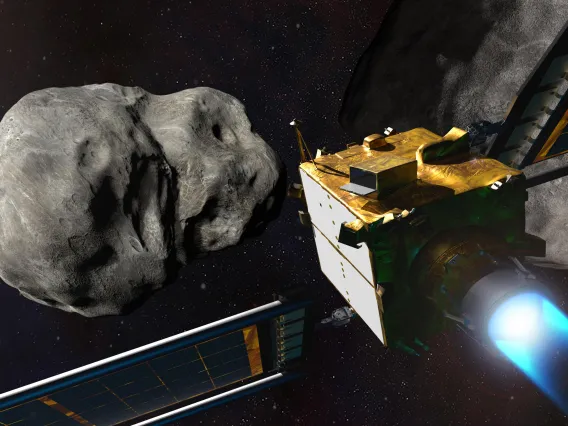
DART
Double Asteroid Redirection Test (DART)
×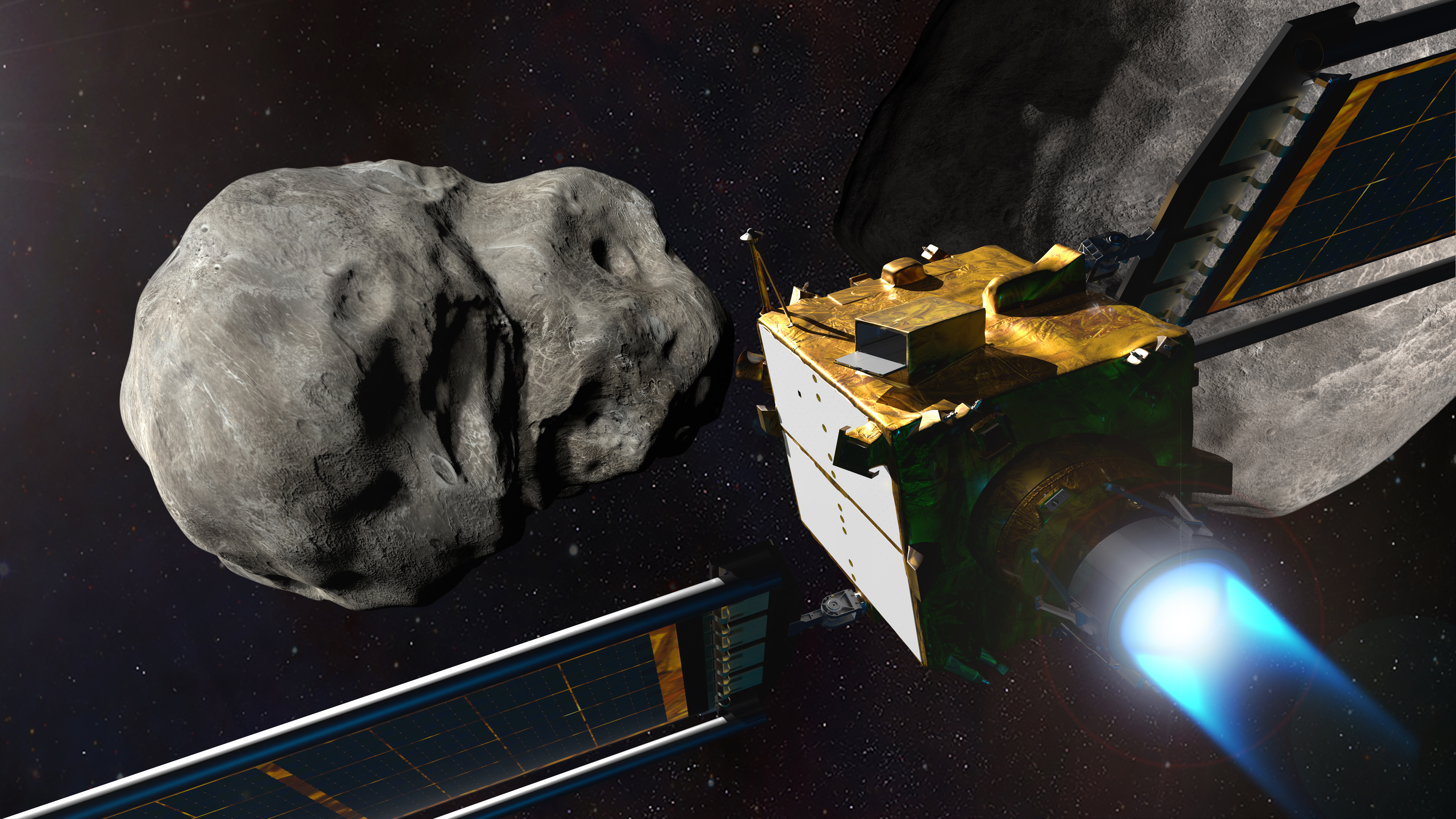
Double Asteroid Redirection Test
The DART mission is NASA's demonstration of kinetic impactor technology, impacting an asteroid to adjust its speed and path. DART will be the first-ever space mission to demonstrate asteroid deflection by kinetic impactor.
DART's target is the binary asteroid system Didymos, which means "twin" in Greek (and explains the word "double" in the mission's name). Didymos is the ideal candidate for humankind's first planetary defense experiment, although it is not on a path to collide with Earth and therefore poses no actual threat to the planet. The system is composed of two asteroids: the larger asteroid Didymos (diameter: 780 meters, 0.48 miles), and the smaller moonlet asteroid, Dimorphos (diameter: 160 meters, 525 feet), which orbits the larger asteroid. Currently, the orbital period of Dimorphos around Didymos is 11 hours and 55 minutes, and the separation between the centers of the two asteroids is 1.18 kilometers (0.73 miles). The DART spacecraft will impact Dimorphos nearly head-on, shortening the time it takes the small asteroid moonlet to orbit Didymos by several minutes.
The Didymos system is an eclipsing binary as viewed from Earth, meaning that Dimorphos passes in front of and behind Didymos as it orbits the larger asteroid as seen from Earth. Consequently, Earth-based telescopes can measure the regular variation in brightness of the combined Didymos system to determine the orbit of Dimorphos. After the impact, this same technique will reveal the change in the orbit of Dimoprhos by comparison to measurements prior to impact. The timing of the DART impact in September 2022 was chosen to be when the distance between Earth and Didymos is minimized, to enable the highest quality telescopic observations. Didymos will still be roughly 11 million kilometers (7 million miles) from Earth at the time of the DART impact, but telescopes across the world will be able to contribute to the global international observing campaign to determine the effect of DART's impact.
- NASA Sets Up Collision With Far-away Asteroid - September 21, 2022
- UArizona Spacewatch Discovered the Larger of the Twin Asteroids Targeted in NASA's Upcoming DART Mission Encounter - September 19, 2022
DART Faculty

Erik Asphaug
Professor
Lunar Studies, Planetary Analogs, Planetary Geophysics, Planetary Surfaces, Small Bodies, Theoretical Astrophysics, Titan & Outer Solar System
Ellen Howell
Research Professor
Small Bodies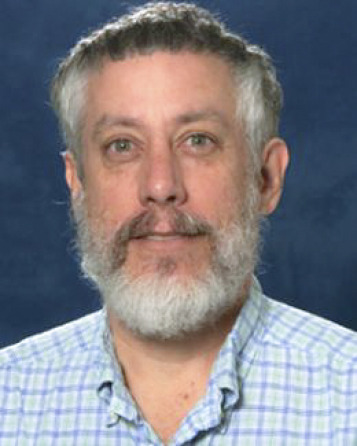
Michael Nolan
Deputy Principal Investigator, OSIRIS-APEX, Research Professor
Small BodiesDART Researchers
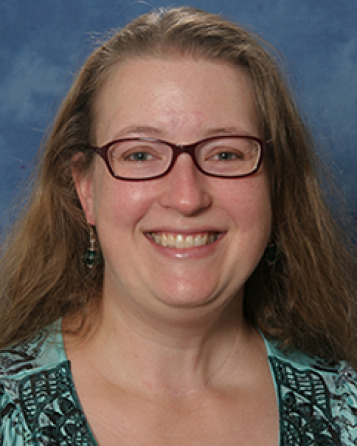
Melissa Brucker
Principal Investigator, Spacewatch, Research Scientist
Asteroid Surveys, Small Bodies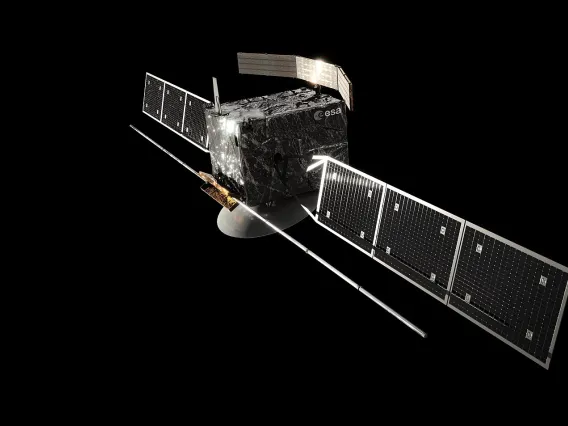
ENVISION
EnVision
×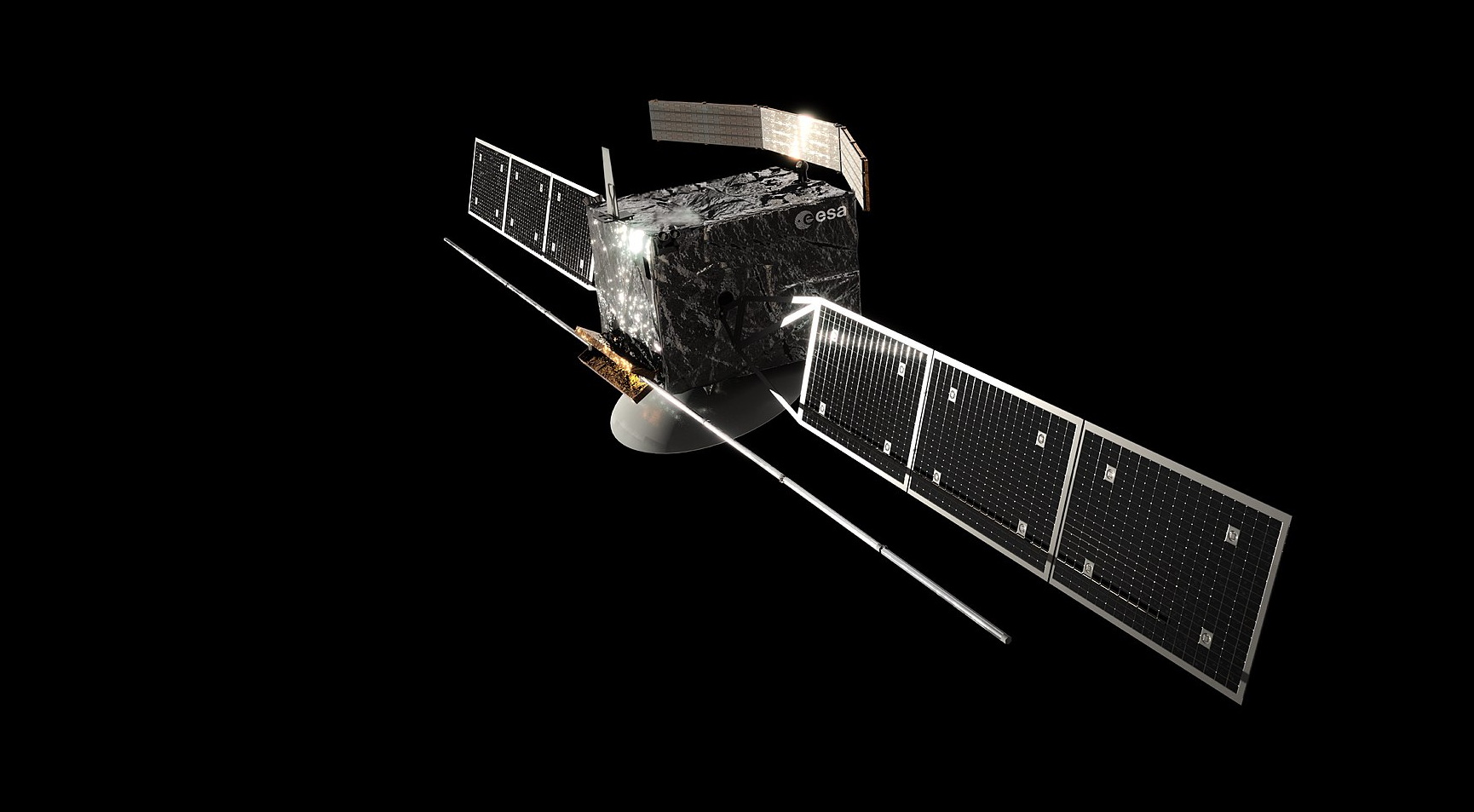
EnVision, a low-altitude polar orbiter, is the M5 mission candidate in the ESA Science Programme. It will carry 5 instruments and 1 experiment (an S-band Synthetic Aperture Radar, a Subsurface Radar, 3 spectrometers and a radio science experiment). EnVision will investigate Venus from its inner core to its atmosphere at an unprecedented scale of resolution, characterising in particular, core and mantle structure, signs of active and past geologic processes and looking for evidence of the past existence of oceans. EnVision will help understanding why the most Earth-like planet in the solar system has turned out so differently, opening a new era in the exploration of our closest neighbour.
ENVISION Faculty

Lynn Carter
Associate Department Head, Professor, University Distinguished Scholar
Earth, Lunar Studies, Planetary Analogs, Planetary Geophysics, Planetary Surfaces, Titan & Outer Solar System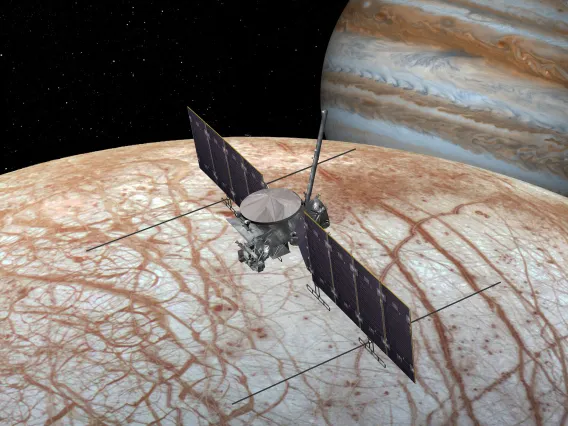
Europa Clipper
Europa Clipper
×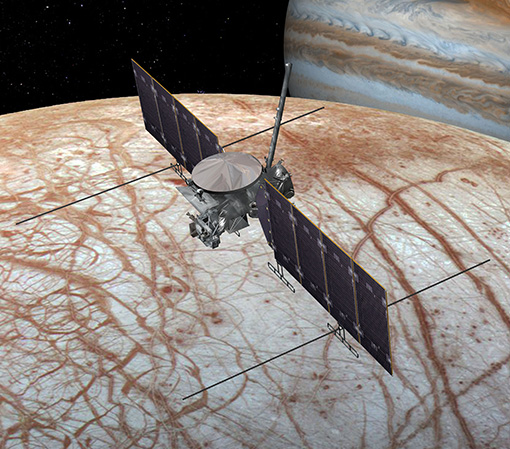
Europa Clipper will perform repeated flybys of Jupiter’s moon and use a suite of instruments to investigate whether habitable environments could exist. Europa is one of the Solar System’s “ocean worlds”, with a subsurface liquid water ocean beneath an icy, deformed crust. Camera and spectrometer instruments will study Europa’s surface features and composition and search for erupting plumes, and a thermal instrument will search for regions that are still warm from recent activity. Magnetometers and plasma instruments will study Jupiter’s magnetic interactions to probe the ocean, and a dual-frequency radar will map the subsurface stratigraphy and search for liquid water. Mass spectrometers will analyze the composition of Europa’s exosphere, perhaps detecting organic materials.
Europa Clipper Faculty

Lynn Carter
Associate Department Head, Professor, University Distinguished Scholar
Earth, Lunar Studies, Planetary Analogs, Planetary Geophysics, Planetary Surfaces, Titan & Outer Solar System
Alfred McEwen
Regents Professor
Astrobiology, Lunar Studies, Photogrammetry, Planetary Analogs, Planetary Geophysics, Planetary SurfacesEuropa Clipper Researchers
Europa Clipper Support Staff
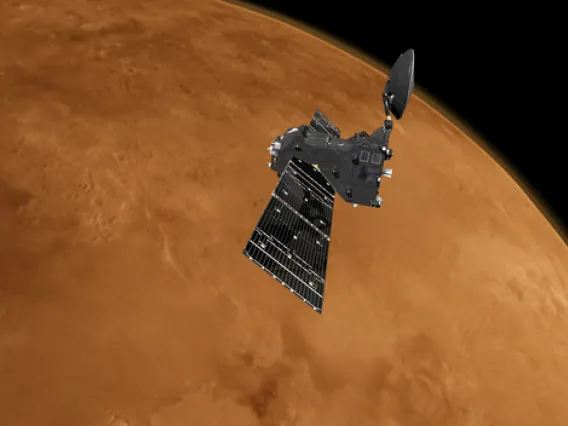
ExoMars Trace Gas Orbiter
ExoMars Trace Gas Orbiter
×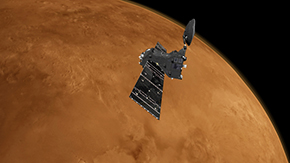
The 2016 ExoMars Trace Gas Orbiter (TGO) is the first in a series of Mars missions to be undertaken jointly by the two space agencies, ESA and Roscosmos. A key goal of this mission is to gain a better understanding of methane and other atmospheric gases that are present in small concentrations (less than 1% of the atmosphere) but nevertheless could be evidence for possible biological or geological activity.
The Colour and Stereo Surface Imaging System (CaSSIS) is part of the instrument payload on the TGO. CaSSIS will characterise sites that have been identified as potential sources of trace gases and investigate dynamic surface processes – for example, sublimation, erosional processes and volcanism – which may contribute to the atmospheric gas inventory. The instrument will also be used to certify potential landing sites by characterising local slopes, rocks and other possible hazards.
ExoMars Trace Gas Orbiter Faculty

Shane Byrne
Professor
Astrobiology, Photogrammetry, Planetary Analogs, Planetary Geophysics, Planetary Surfaces, Titan & Outer Solar System
Alfred McEwen
Regents Professor
Astrobiology, Lunar Studies, Photogrammetry, Planetary Analogs, Planetary Geophysics, Planetary SurfacesExoMars Trace Gas Orbiter Researchers

Sarah Sutton
Photogrammetry Program Lead, HiRISE, Researcher/Scientist
Earth, Lunar Studies, Photogrammetry, Planetary Analogs, Planetary Surfaces, Small BodiesExoMars Trace Gas Orbiter Support Staff
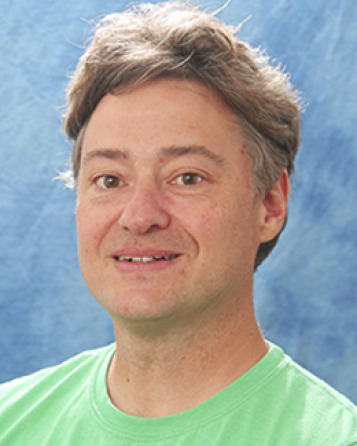
Guy McArthur
Data Applications Developer, HiRISE
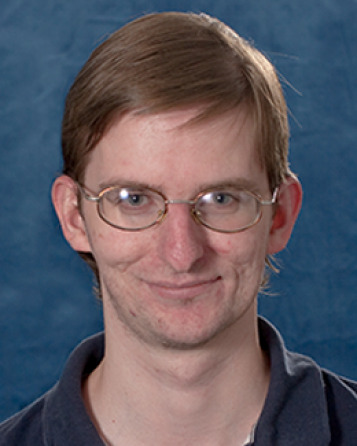
Jason Perry
Staff Technician, HiRISE
Photogrammetry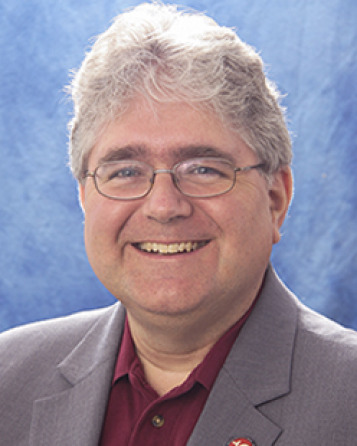
Christian Schaller
Spacecraft Operations Software Engineer, HiRISE
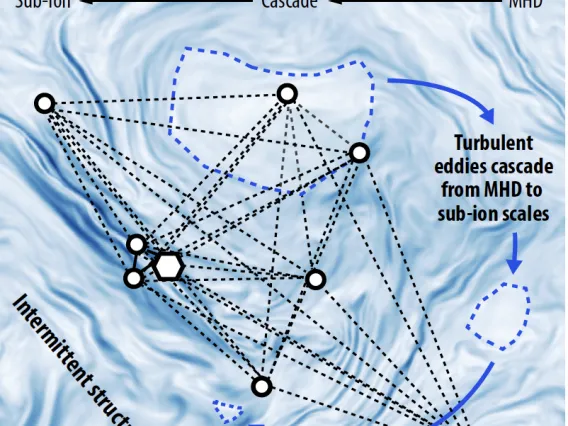
HelioSwarm
HelioSwarm
×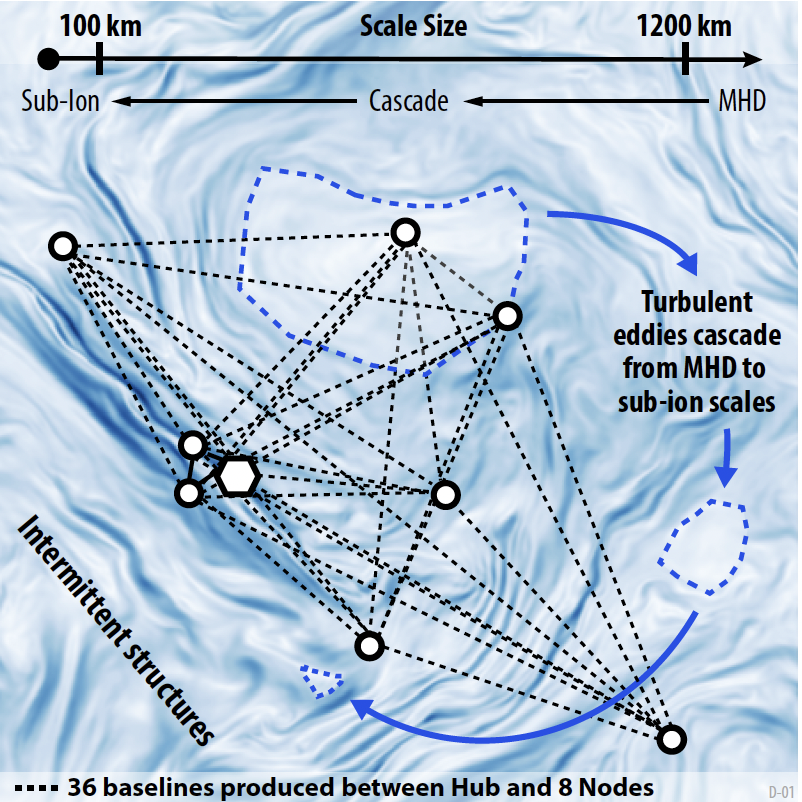
HelioSwarm, a NASA MidEx mission comprised of nine spacecraft selected for launch in 2028, has been designed to reveal the three-dimensional, dynamic mechanisms controlling the physics of turbulence, a universal process driving the transport of mass, momentum, and energy in plasmas throughout our solar system and the Universe. The HelioSwarm Observatory measures the plasma and magnetic fields with a novel configuration of spacecraft in the solar wind, magnetosheath, and magnetosphere. These simultaneous multi-point, multi-scale measurements span MHD, transition, and ion-scales, allowing us to address two overarching science goals: 1) Reveal the 3D spatial structure and dynamics of turbulence in a weakly collisional plasma and 2) Ascertain the mutual impact of turbulence near boundaries and large-scale structures. Addressing these goals is achieved using a first-ever "swarm" of nine spacecraft, consisting of a "hub" spacecraft and eight "node" spacecraft. The nine spacecraft co-orbit in a lunar resonant Earth orbit, with a 2-week period and an apogee/perigee of ~60/11 Earth radii. Flight dynamics design and on-board propulsion produce ideal inter-spacecraft separations ranging from fluid scales (1000's of km) to sub-ion kinetic scales (10's of km) in the necessary geometries to enable the application of a variety of established analysis techniques that distinguish between proposed models of turbulence. Each node possesses an identical instrument suite that consists of a Faraday cup, a fluxgate magnetometer, and a search coil magnetometer. The hub has the same instrument suite as the nodes, plus an ion electrostatic analyzer. With these measurements, the HelioSwarm Observatory promises an unprecedented view into the nature of space plasma turbulence.
HelioSwarm Faculty

Kristopher Klein
Associate Professor
Solar and Heliospheric Research, Theoretical Astrophysics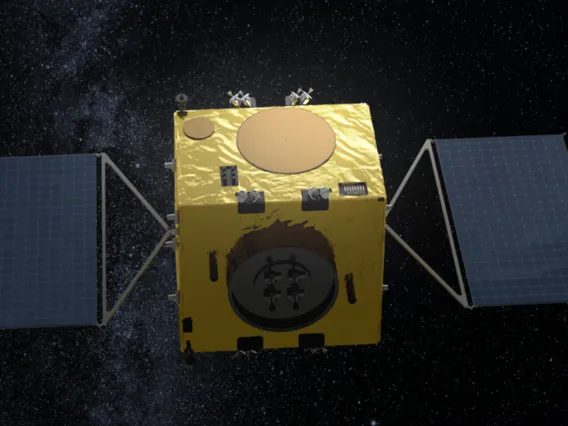
Hera
Hera
×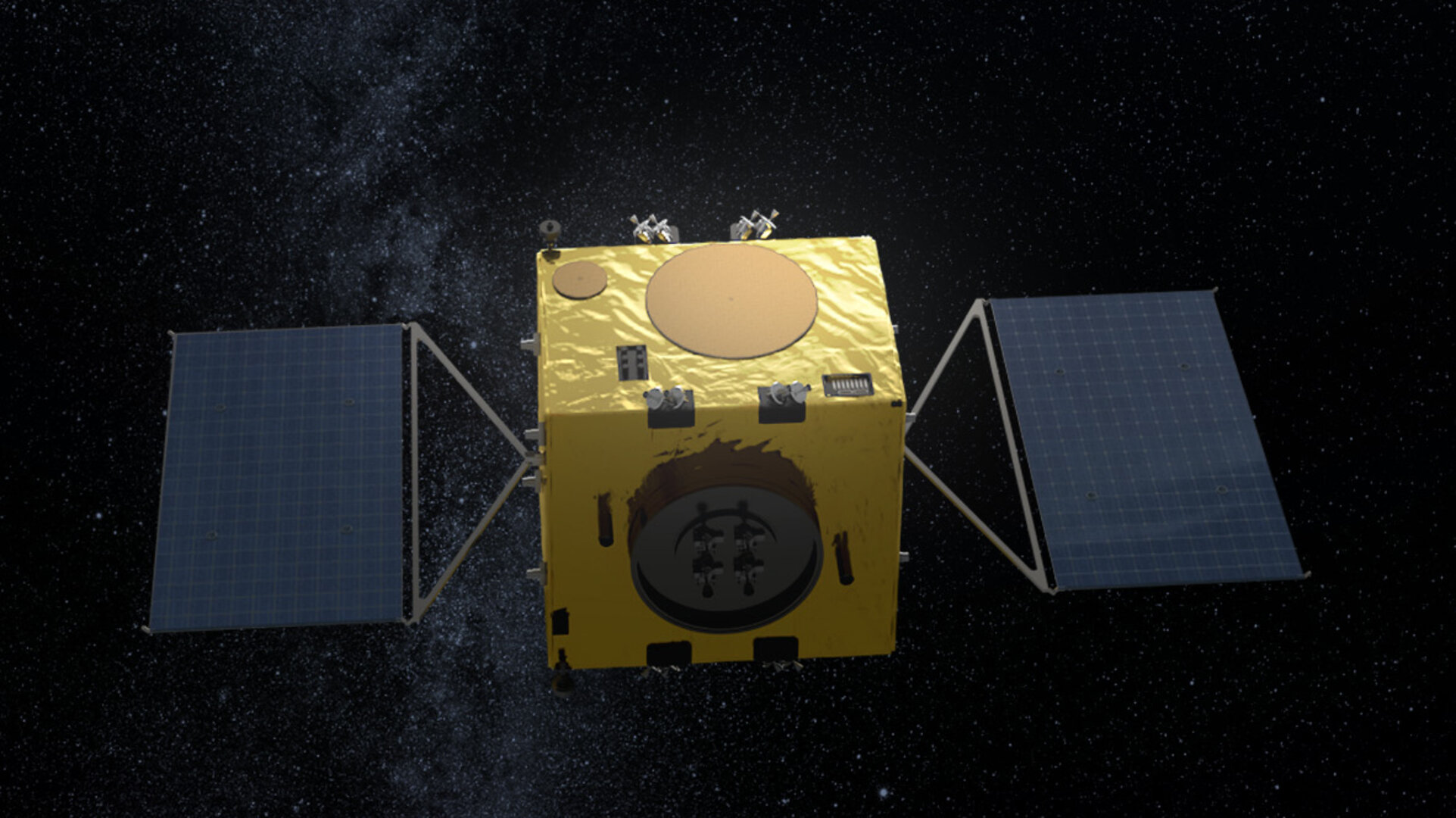
Hera is the European contribution to an international double-spacecraft collaboration. NASA will first perform a kinetic impact on the smaller of the two bodies, then Hera will follow-up with a detailed post-impact survey that will turn this grand-scale experiment into a well-understood and repeatable planetary defence technique.
While doing so, Hera will also demonstrate multiple novel technologies, such as autonomous navigation around the asteroid - like modern driverless cars on Earth, and gather crucial scientific data, to help scientists and future mission planners better understand asteroid compositions and structures.
Due to launch in 2024, Hera would travel to a binary asteroid system - the Didymos pair of near-Earth asteroids. The 780 m-diameter mountain-sized main body is orbited by a 160 m moon, formally christened 'Dimorphos' in June 2020, about the same size as the Great Pyramid of Giza.
Hera will be humanity's first-ever spacecraft to visit a double asteroid, the Didymos binary system. First, NASA will crash its DART spacecraft into the smaller asteroid - known as Didymoon - before ESA's Hera comes in to map the resulting impact crater and measure the asteroid's mass. Hera will carry two CubeSats on board, which will be able to fly much closer to the asteroid's surface, carrying out crucial scientific studies, before touching down. Hera's up-close observations will turn asteroid deflection into a well-understood planetary defence technique.
Hera Faculty

Erik Asphaug
Professor
Lunar Studies, Planetary Analogs, Planetary Geophysics, Planetary Surfaces, Small Bodies, Theoretical Astrophysics, Titan & Outer Solar System
Dante Lauretta
Director, Arizona Astrobiology Center, Principal Investigator, OSIRIS-REx, Regents Professor
Astrobiology, Cosmochemistry, Small Bodies
Michael Nolan
Deputy Principal Investigator, OSIRIS-APEX, Research Professor
Small Bodies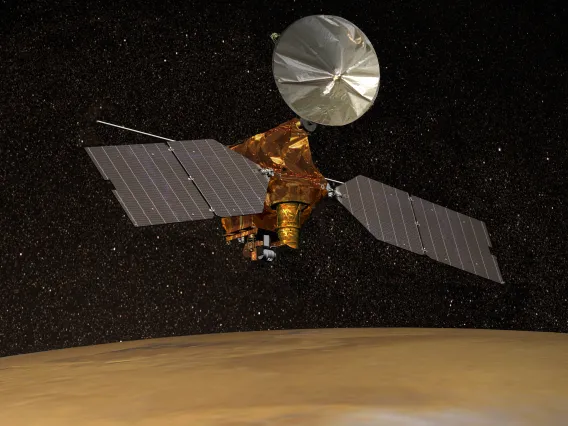
HiRISE (MRO)
HiRISE, High Resolution Science Experiment (MRO)
×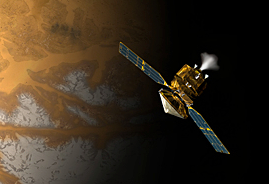
High Resolution Imaging Science Experiment
HiRISE, the high-resolution imaging science experiment onboard the Mars Reconnaissance Orbiter, is the most powerful camera ever sent to another planet. The resolution of the camera allows us to see the Red Planet in amazing detail, and lets other missions, like the Mars Science Laboratory, find a safe place to land and carry out amazing science. The operations center, which includes not only observation planning, but the execution of commands sent to the spacecraft along with actual image processing, is located within LPL at the University of Arizona.
HiRISE (MRO) Faculty

Veronica Bray
Associate Research Professor
Lunar Studies, Planetary Analogs, Planetary Surfaces
Shane Byrne
Professor
Astrobiology, Photogrammetry, Planetary Analogs, Planetary Geophysics, Planetary Surfaces, Titan & Outer Solar System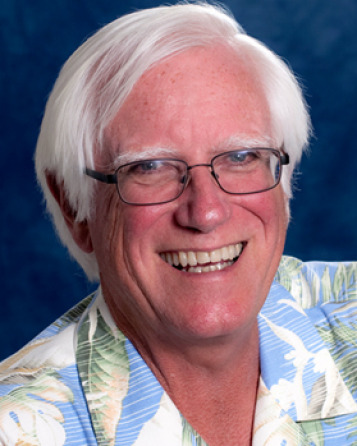
Peter Smith
Professor Emeritus
AstrobiologyHiRISE (MRO) Researchers
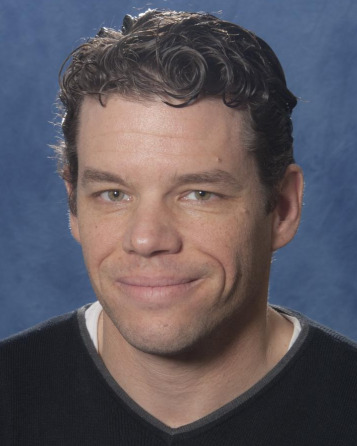
Matthew Chojnacki
DCC Associate Research (McEwen)
Photogrammetry, Planetary Surfaces, Small Bodies
Sarah Sutton
Photogrammetry Program Lead, HiRISE, Researcher/Scientist
Earth, Lunar Studies, Photogrammetry, Planetary Analogs, Planetary Surfaces, Small BodiesHiRISE (MRO) Support Staff
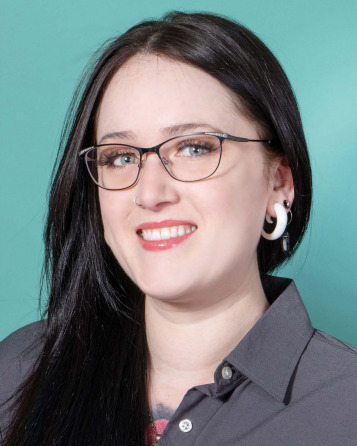
Kris Akers
Research Engineering Technician
Photogrammetry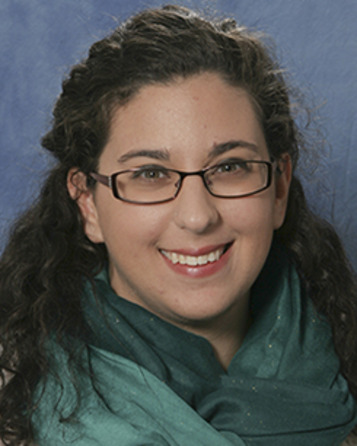
Nicole Bardabelias
Science Operations Engineer, HiRISE
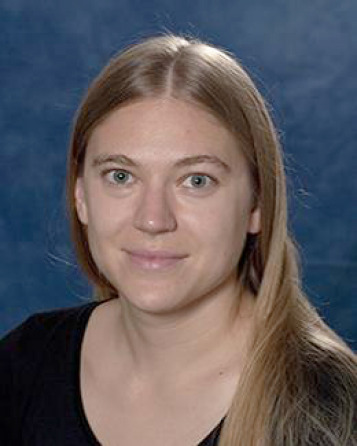
Nicole Baugh
Uplink Operations Lead, HiRISE

Kristin Block
Principal Science Operations Engineer, HiRISE

David Edmeades
Systems Administrator, PIRL/HiRISE
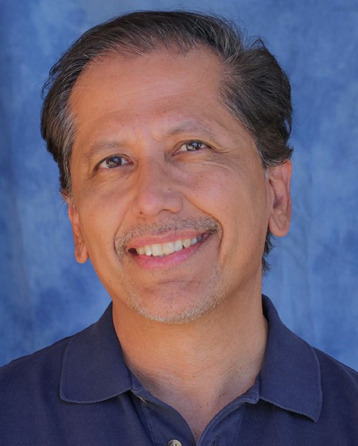
Ari Espinoza
Outreach Coordinator, HiRISE
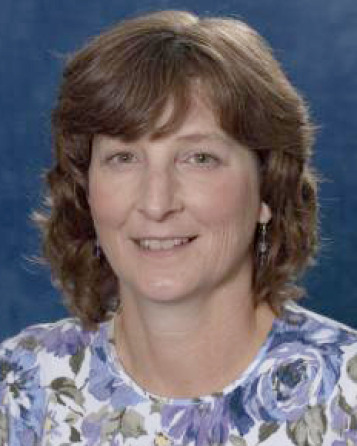
Audrie Fennema
Engineer, Satellite Payload Operations, HiRISE
Photogrammetry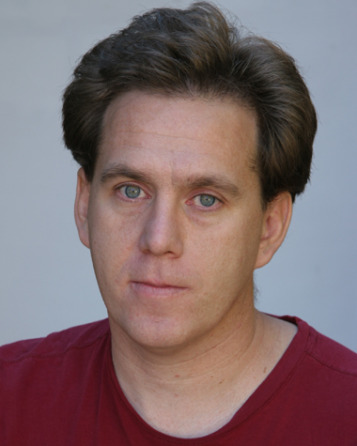
Kenny Fine
Senior Systems Administrator, PIRL/HiRISE
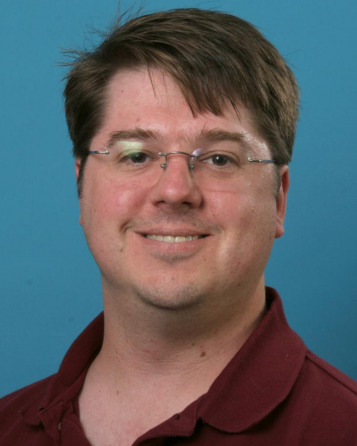
Rod Heyd
Project Manager, HiRISE
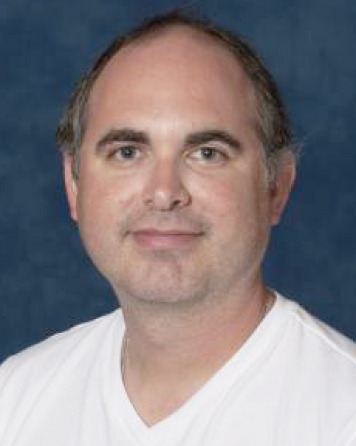
Richard Leis
Staff Technician, Senior, HiRISE

Guy McArthur
Data Applications Developer, HiRISE
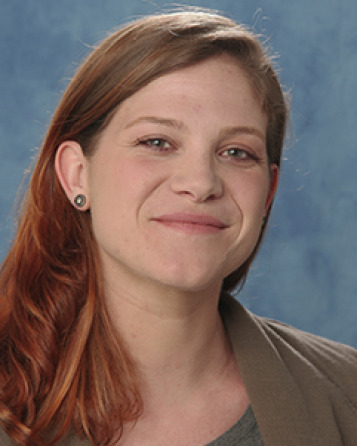
Singleton Papendick
Science Operations Engineer, HiRISE
Earth, Planetary Surfaces
Jason Perry
Staff Technician, HiRISE
Photogrammetry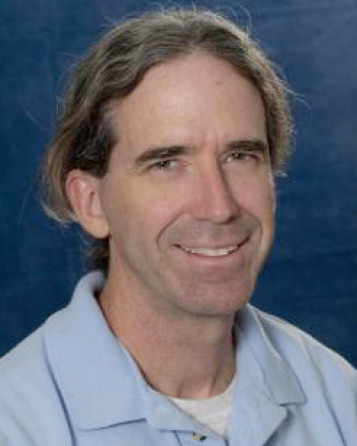
Joe Plassmann
Computing Systems Manager, PIRL/HiRISE
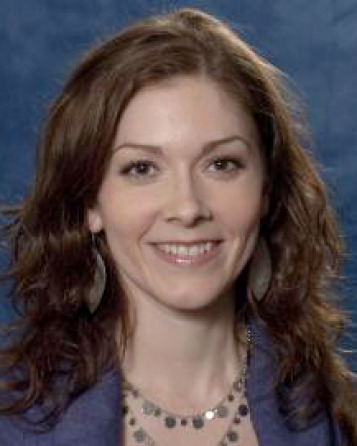
Anjani Polit
Deputy Principal Investigator, OSIRIS-APEX
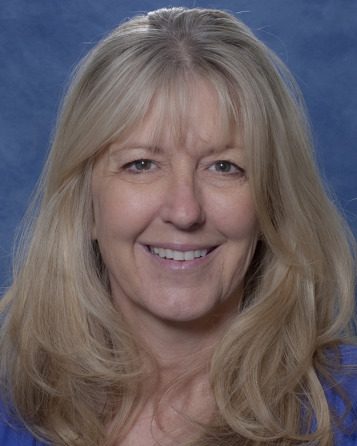
Sue Robison
Business Manager, Senior, HiRISE

Christian Schaller
Spacecraft Operations Software Engineer, HiRISE
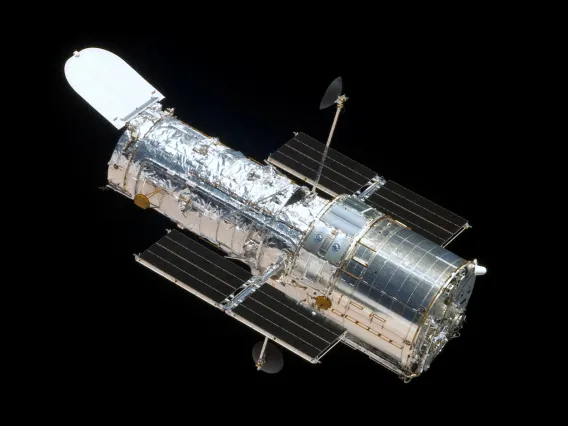
Hubble
Hubble Space Telescope
×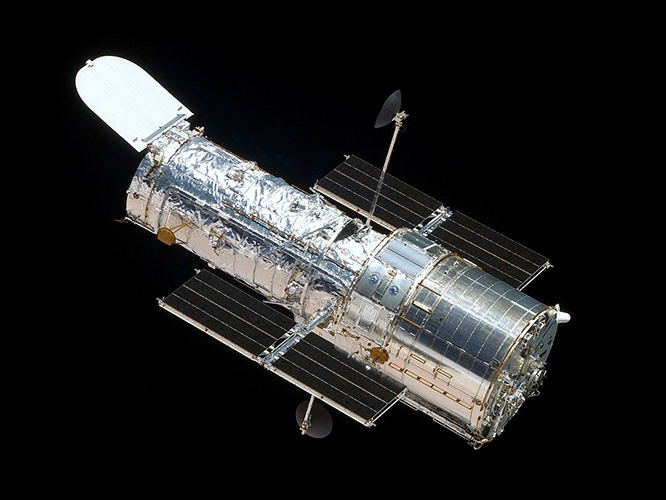
Studying the cosmos for over a quarter century, the Hubble Space Telescope has made more than a million observations and changed our fundamental understanding of the universe. Still at the peak of its investigative capabilities and in high demand from astronomers worldwide, Hubble remains one of the most productive scientific instruments ever built. As Hubble continues seeking answers to our deepest cosmic questions, explore the resources below to learn about some of the mission’s discoveries so far.
Hubble Faculty
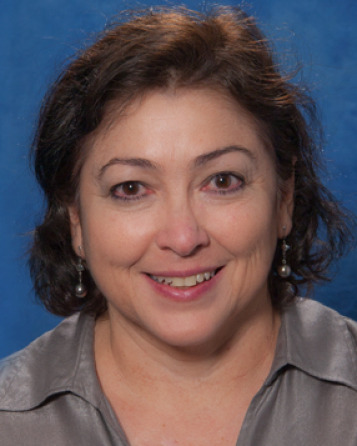
Gilda Ballester
Research Professor (Retired)
Exoplanets, Planetary Astronomy, Planetary Atmospheres
Ilaria Pascucci
Professor
Astrobiology, Exoplanets, Planetary Astronomy, Planetary Formation and Evolution
Peter Smith
Professor Emeritus
Astrobiology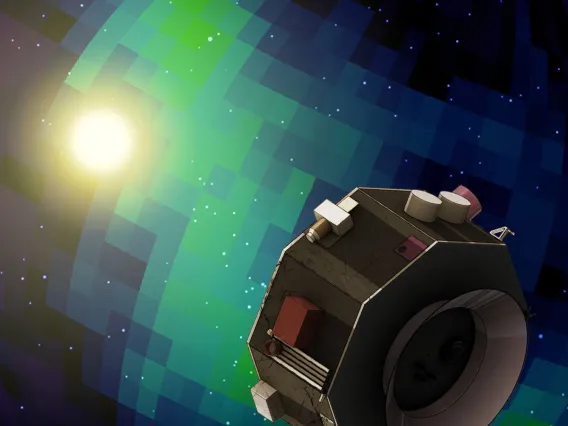
IMAP
Interstellar Mapping and Acceleration Probe (IMAP)
×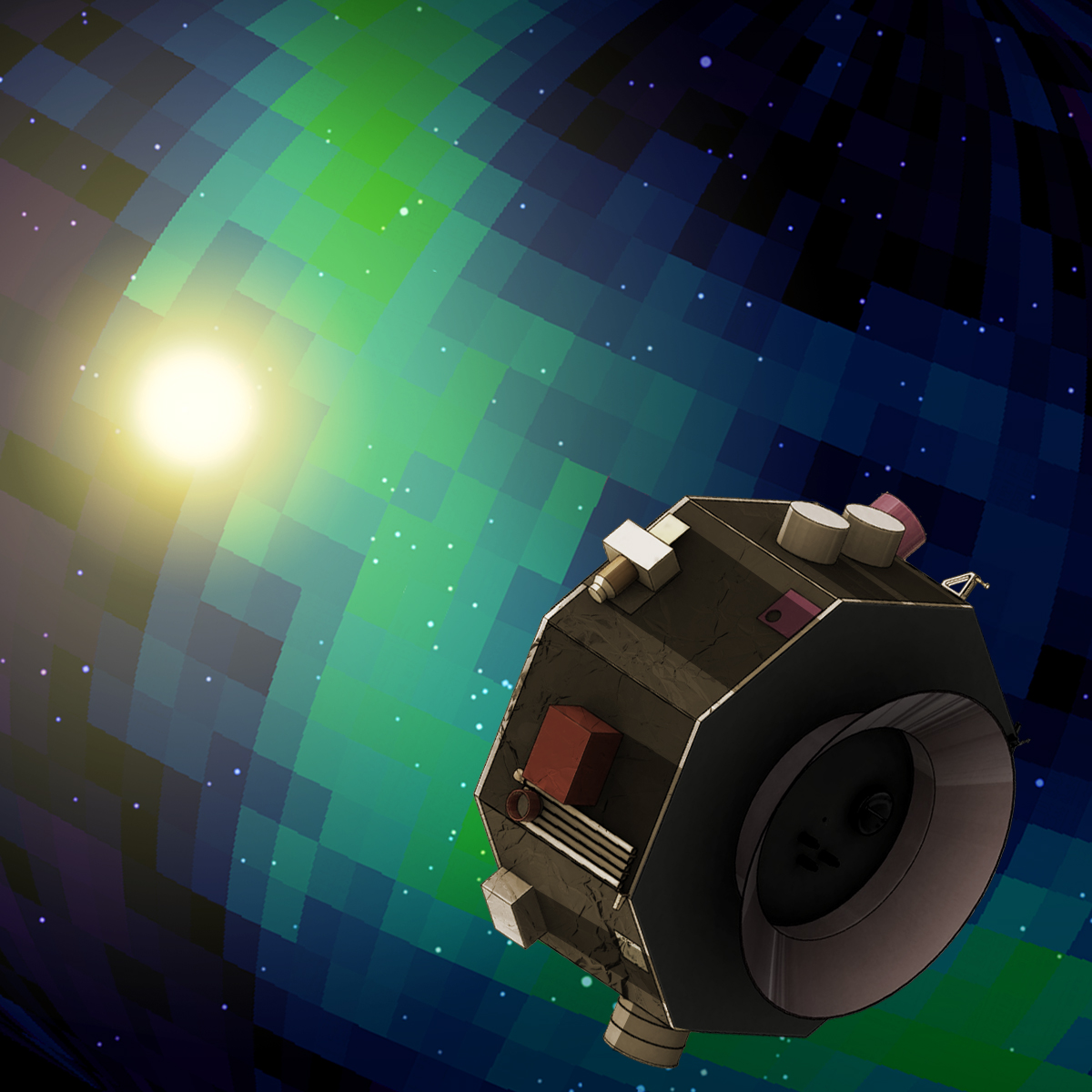
Interstellar Mapping and Acceleration Probe
The IMAP mission will help researchers better understand the boundary of the heliosphere, a sort of magnetic bubble surrounding and protecting our solar system. This region is where the constant flow of particles from our Sun, called the solar wind, collides with material from the rest of the galaxy. This collision limits the amount of harmful cosmic radiation entering the heliosphere. IMAP will collect and analyze particles that make it through.
Another objective of the mission is to learn more about the generation of cosmic rays in the heliosphere. Cosmic rays created locally and from the galaxy and beyond affect human explorers in space and can harm technological systems and likely play a role in the presence of life itself in the universe.
The spacecraft will be positioned about one million miles (1.5 million kilometers) away from Earth towards the Sun at what is called the first Lagrange point or L1. This will allow the probe to maximize use of its instruments to monitor the interactions between solar wind and the interstellar medium in the outer solar system.
IMAP Faculty

Joe Giacalone
Professor
Solar and Heliospheric Research, Theoretical Astrophysics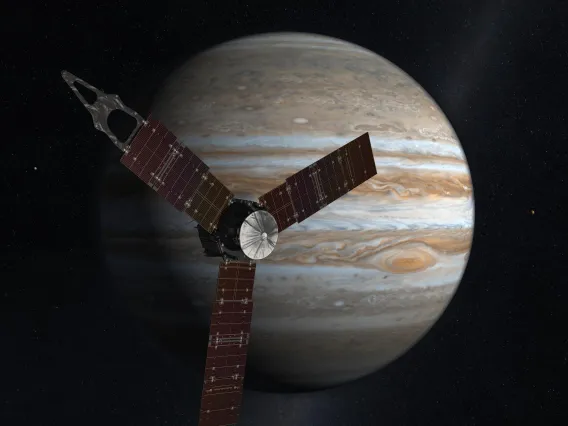
Juno
Juno: Unlocking Jupiter's Mysteries
×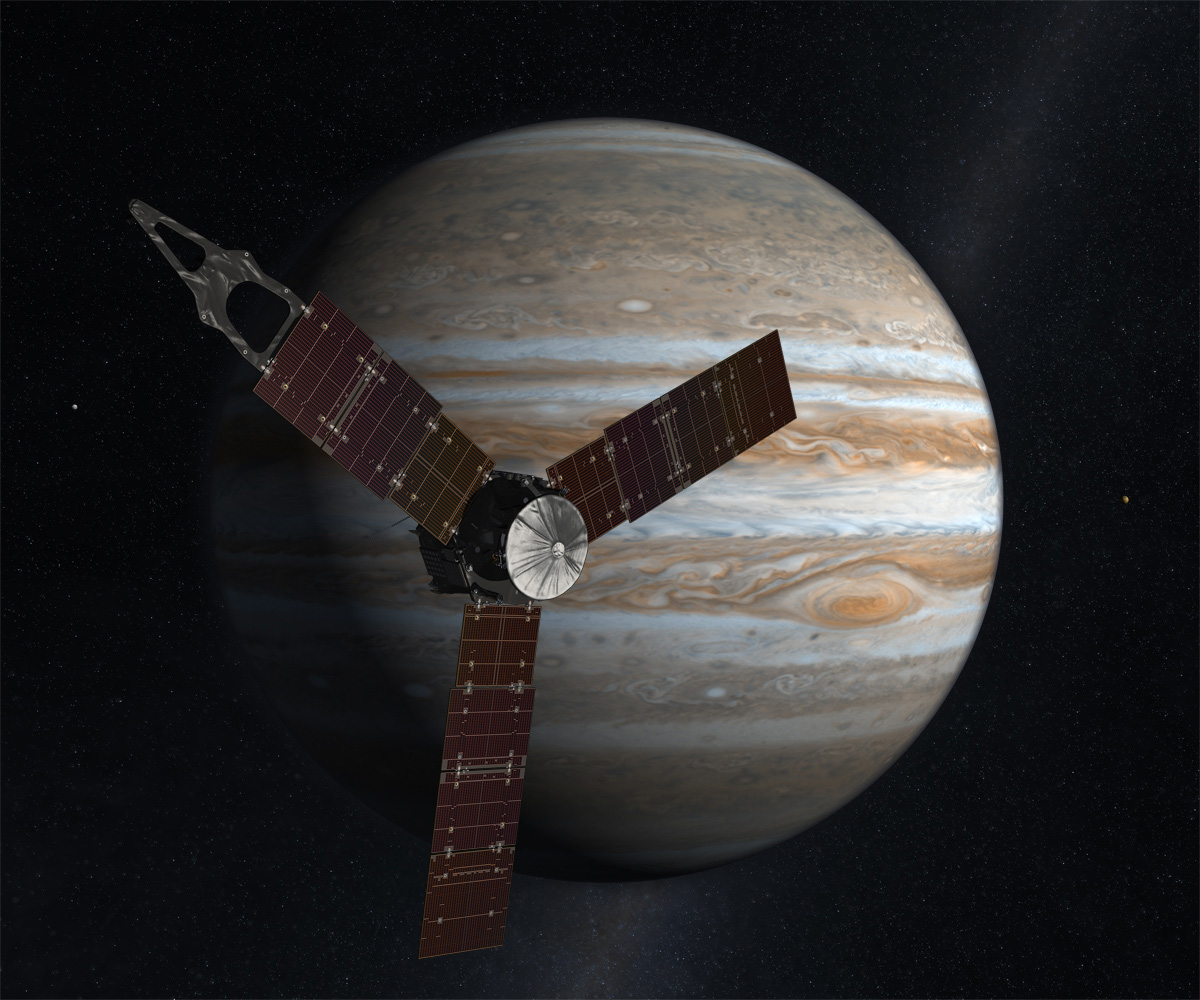
Juno will improve our understanding of the solar system's beginnings by revealing the origin and evolution of Jupiter. Specifically, Juno will:
- determine how much water is in Jupiter's atmosphere, which helps to determine which planet formation theory is correct (or if new theories are needed)
- look deep into Jupiter's atmosphere to measure composition, temperature, cloud motions and other properties
- map Jupiter's magnetic and gravity fields, revealing the planet's deep structure
- explore and study Jupiter's magnetosphere near the planet's poles, especially the auroras—Jupiter's northern and southern lights—providing new insights about how the planet's enormous magnetic force field affects its atmosphere.
Juno Faculty
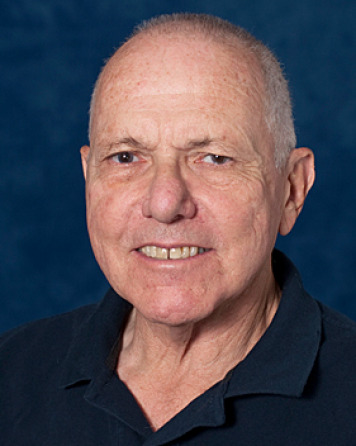
William Hubbard
Professor Emeritus
Exoplanets, Planetary Atmospheres, Planetary Formation and Evolution, Theoretical Astrophysics, Titan & Outer Solar System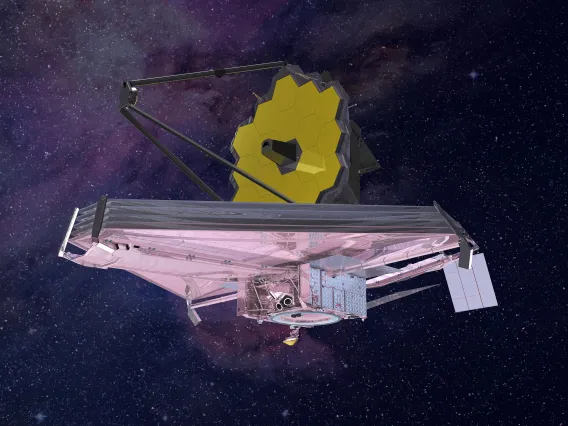
JWST
James Webb Space Telescope (JWST)
×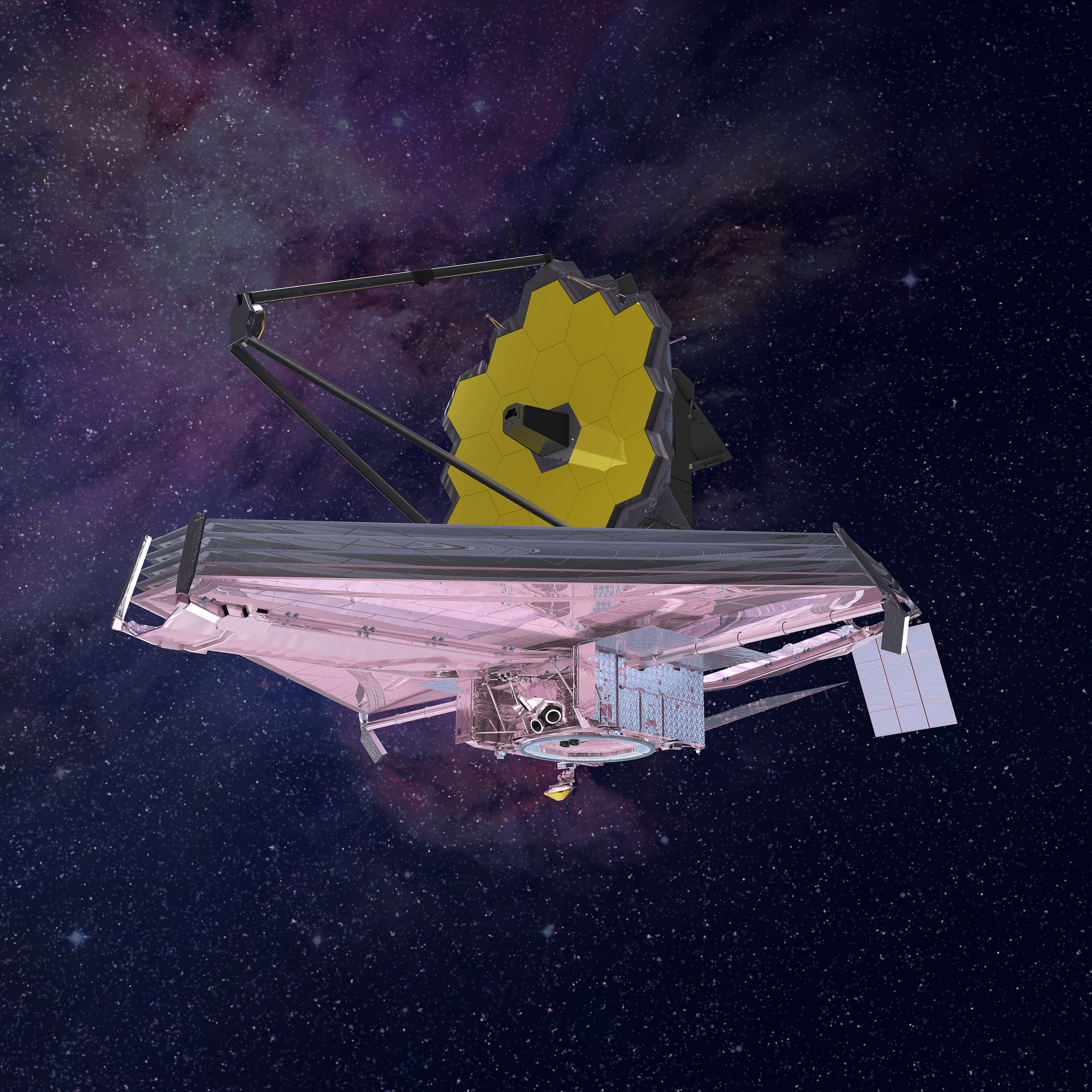
James Webb Space Telescope
The JWST or Webb is a large infrared telescope with an approximately 6.5 meter primary mirror. It is a space-based observatory, optimized for infrared wavelengths, which will complement and extend the discoveries of the Hubble Space Telescope with its longer wavelength coverage and greatly improved sensitivity. The longer wavelengths enable Webb to look further back in time to find the first galaxies that formed in the early Universe, and to peer inside dust clouds where stars and planetary systems are forming today.
Webb will be the premier observatory of the next decade. It will study every phase in the history of our Universe, ranging from the first luminous glows after the Big Bang, to the formation of solar systems capable of supporting life on planets like Earth, to the evolution of our own Solar System.
JWST Faculty

Dániel Apai
Interim Associate Dean for Research, College of Science, Principal Investigator, Alien Earths, Professor
Astrobiology, Exoplanets, Planetary Atmospheres, Planetary Formation and Evolution
Renu Malhotra
Louise Foucar Marshall Science Research Professor, Regents Professor
Astrobiology, Exoplanets, Orbital Dynamics, Planetary Formation and Evolution, Small Bodies, Theoretical Astrophysics
Mark S. Marley
Director, Department Head, Professor
Exoplanets
Ilaria Pascucci
Professor
Astrobiology, Exoplanets, Planetary Astronomy, Planetary Formation and Evolution
George Rieke
Regents Professor
Planetary Astronomy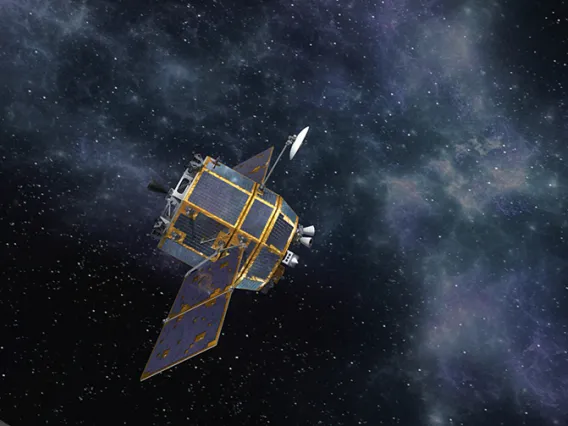
KPLO
Korea Pathfinder Lunar Orbiter (KPLO)
×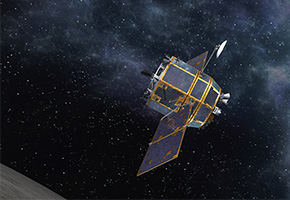
Korea Pathfinder Lunar Orbiter
The Korea Pathfinder Lunar Orbiter (KPLO) is South Korea's first lunar mission. It is developed and managed by the Korea Aerospace Reasearch Institute (KARI) and is scheduled to launch in 2019 to orbit the Moon for 1 year carrying an array of South Korean experiments and one U.S. built instrument. The objectives are to develop indigenous lunar exploration technologies, demonstrate a "space internet", and conduct scientific investigations of the lunar environment, topography, and resources, as well as identify potential landing sites for future missions.
ShadowCam is a focused investigation of the Moon’s permanently shadowed regions (PSRs) that will provide critical information about the distribution and accessibility of volatiles in PSRs at spatial scales required to both mitigate risks and maximize the results of future exploration activities. ShadowCam is a high-heritage instrument based on the successful Lunar Reconnaissance Orbiter Camera (LROC) Narrow Angle Camera (NAC) and will be over 800× more sensitive than the current NAC. ShadowCam will address three of the four strategic knowledge gaps (SKGs) through high-resolution, high signal-to-noise ratio imaging of PSRs illuminated only by reflected light, without duplicating measurements from KARI instruments (ShadowCam will saturate while imaging illuminated ground, with no harmful consequences to the shadowed portion of the image).
KPLO Faculty

Lynn Carter
Associate Department Head, Professor, University Distinguished Scholar
Earth, Lunar Studies, Planetary Analogs, Planetary Geophysics, Planetary Surfaces, Titan & Outer Solar System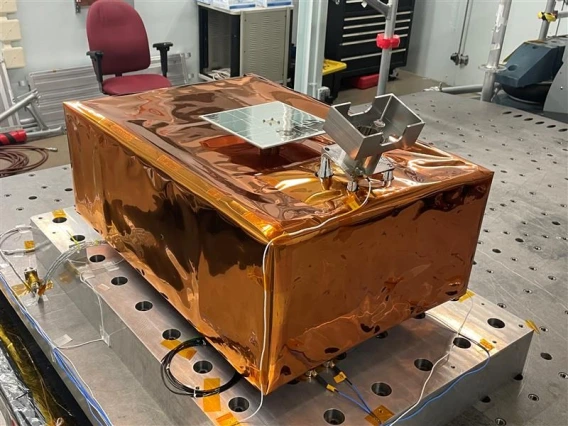
LEMS (Artemis III)
Lunar Environmental Monitoring Station (LEMS) (Artemis III)
×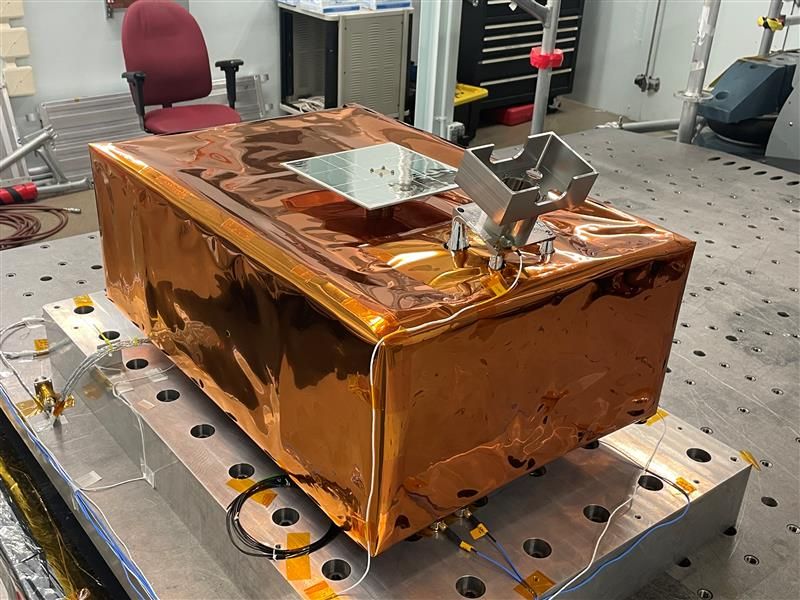
Lunar Environmental Monitoring Station (LEMS) (Artemis III)
The Lunar Environment Monitoring Station (LEMS) is a compact, autonomous seismometer suite designed to carry out continuous, long-term monitoring of the seismic environment, namely ground motion from moonquakes to meteorite impacts in the lunar south polar region. The instrument will characterize the regional structure of the Moon’s crust and mantle, which will add valuable information to lunar formation and evolution models.
LEMS (Artemis III) Faculty

Veronica Bray
Associate Research Professor
Lunar Studies, Planetary Analogs, Planetary Surfaces
Dani Mendoza DellaGiustina
Assistant Professor, Deputy Principal Investigator, OSIRIS-REx, Principal Investigator, OSIRIS-APEX
Earth, Photogrammetry, Planetary Analogs, Planetary Geophysics, Planetary Surfaces, Small Bodies
Angela Marusiak
Assistant Research Professor
Lunar Studies, Planetary Analogs, Planetary Geophysics, Small Bodies, Titan & Outer Solar SystemLEMS (Artemis III) Researchers

Dathon Golish
Mission Instrument and Observation Scientist
Photogrammetry, Small BodiesLEMS (Artemis III) Support Staff

Carina Bennett
Project Manager and Software Engineer, SAMIS
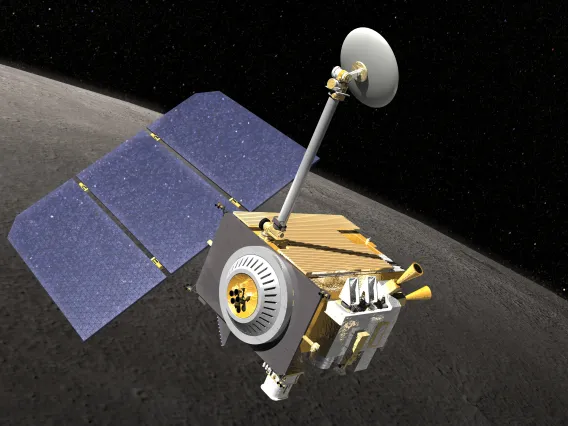
LRO
Lunar Reconnaissance Orbiter (LRO)
×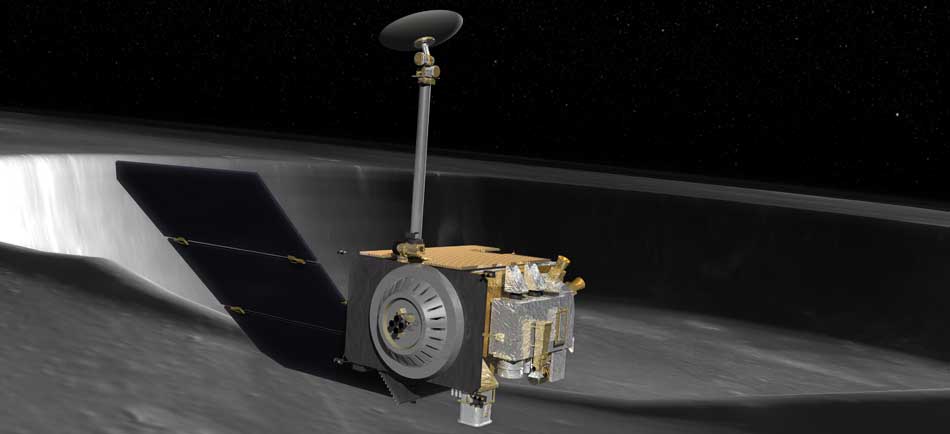
Lunar Reconnaissance Orbiter
The LRO instruments return global data, such as day-night temperature maps, a global geodetic grid, high resolution color imaging and the moon's UV albedo. However there is particular emphasis on the polar regions of the moon where continuous access to solar illumination may be possible and the prospect of water in the permanently shadowed regions at the poles may exist. Although the objectives of LRO are explorative in nature, the payload includes instruments with considerable heritage from previous planetary science missions, enabling transition, after one year, to a science phase under NASA's Science Mission Directorate.
LRO Faculty
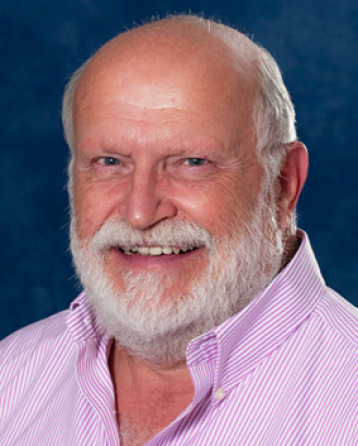
William Boynton
Professor Emeritus
Astrobiology, Cosmochemistry, Lunar Studies, Small Bodies
Veronica Bray
Associate Research Professor
Lunar Studies, Planetary Analogs, Planetary Surfaces
Lynn Carter
Associate Department Head, Professor, University Distinguished Scholar
Earth, Lunar Studies, Planetary Analogs, Planetary Geophysics, Planetary Surfaces, Titan & Outer Solar System
Alfred McEwen
Regents Professor
Astrobiology, Lunar Studies, Photogrammetry, Planetary Analogs, Planetary Geophysics, Planetary Surfaces
Michael Nolan
Deputy Principal Investigator, OSIRIS-APEX, Research Professor
Small BodiesLRO Researchers

Sarah Sutton
Photogrammetry Program Lead, HiRISE, Researcher/Scientist
Earth, Lunar Studies, Photogrammetry, Planetary Analogs, Planetary Surfaces, Small BodiesLRO Support Staff

Kris Akers
Research Engineering Technician
Photogrammetry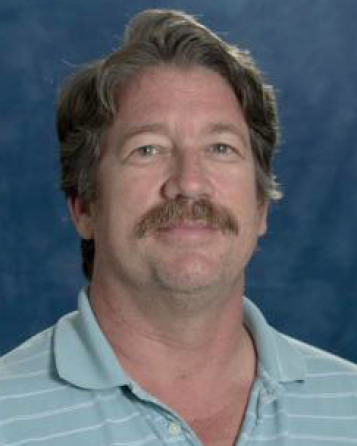
Michael Fitzgibbon
Software Engineer, Lead Calibration & Validation, OSIRIS-REx
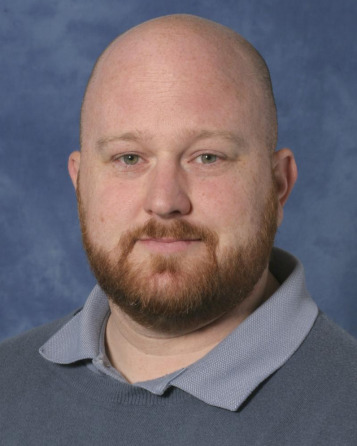
Andrew Gardner
Systems Programmer, Principal
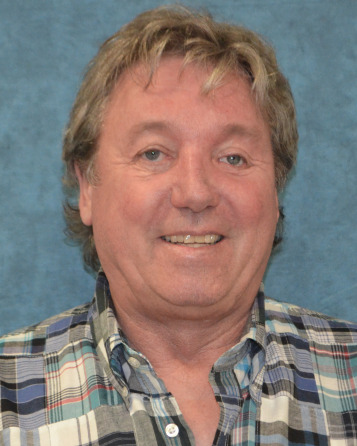
Karl Harshman
Manager, OSIRIS-REx/SPOC
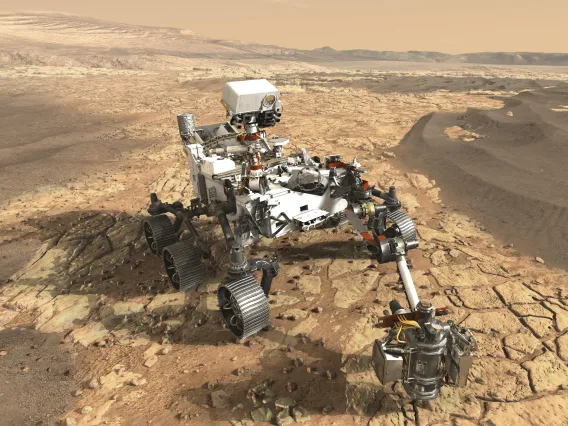
Mars 2020
Mars 2020
×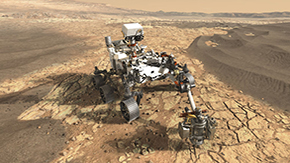
The Mars 2020 rover will characterize a region of Mars that could have once been favorable for life. It will investigate the geological history of the site, assess the possibility of past life, and search for biosignatures. The rover is equipped with a drill and will also collect a sample suite that will be cached along the traverse for a possible return to Earth by a future mission. It will have two instruments on an arm that will study the chemistry and mineralogy of rocks, two instruments on a mast for high resolution imaging and spectroscopy, an atmospheric science package, and a radar to map subsurface stratigraphy.
Mars 2020 Faculty

Lynn Carter
Associate Department Head, Professor, University Distinguished Scholar
Earth, Lunar Studies, Planetary Analogs, Planetary Geophysics, Planetary Surfaces, Titan & Outer Solar System
Peter Smith
Professor Emeritus
Astrobiology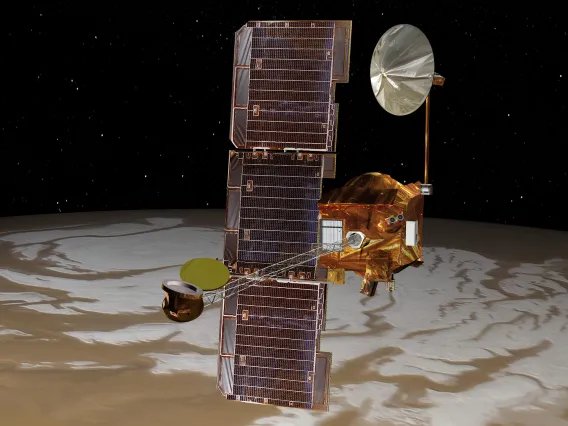
Mars Odyssey
Mars Odyssey
×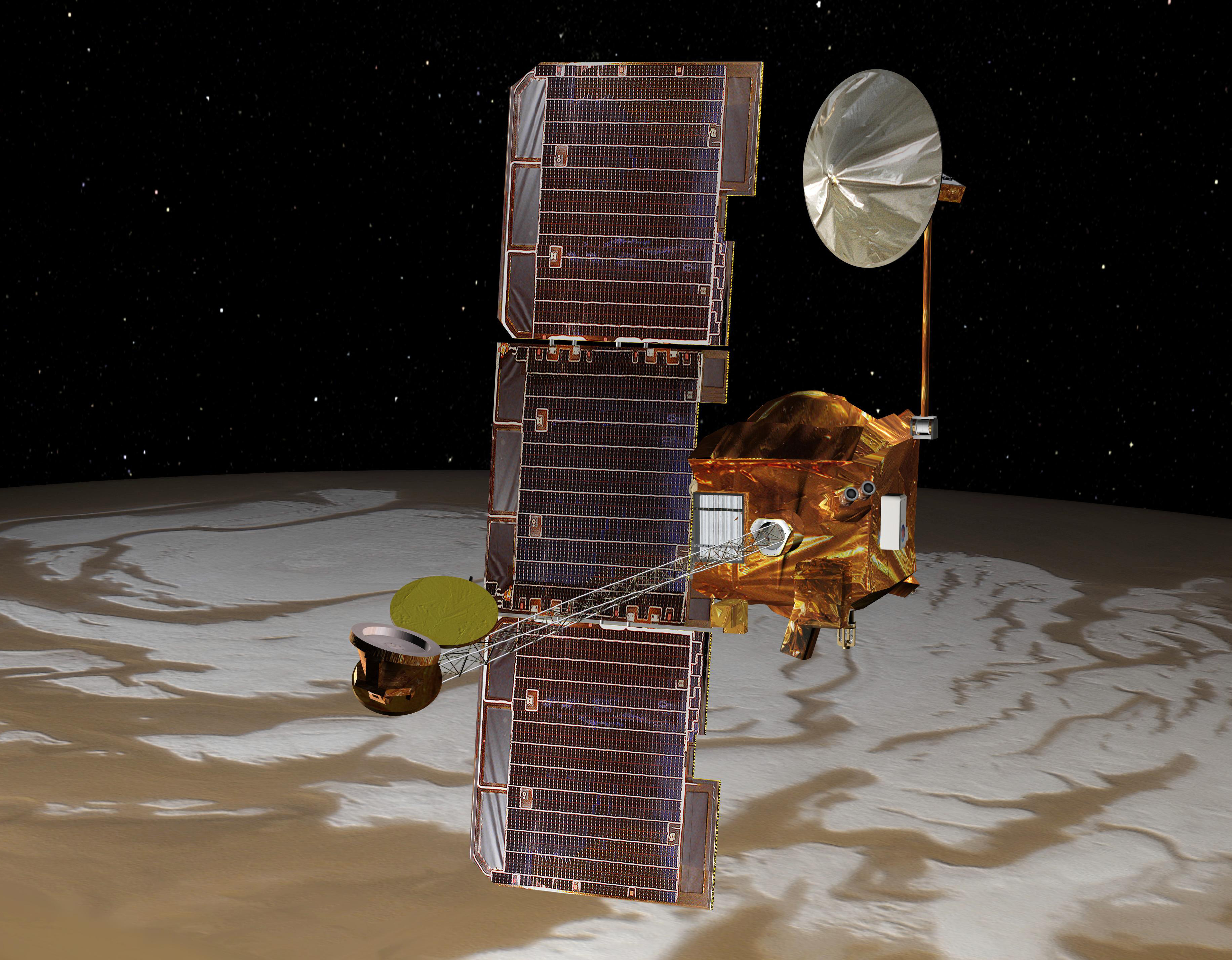
Mars Odyssey is a robotic spacecraft orbiting the planet Mars. Its mission is to use spectrometers and a thermal imager to detect evidence of past or present water and ice, as well as study the planet's geology and radiation environment. It is hoped that the data Odyssey obtains will help answer the question of whether life existed on Mars and create a risk-assessment of the radiation that future astronauts on Mars might experience. It also acts as a relay for communications between the Mars Science Laboratory, and previously the Mars Exploration Rovers and Phoenix lander, to Earth.
View GRS PDS Data Node
Mars Odyssey Faculty

William Boynton
Professor Emeritus
Astrobiology, Cosmochemistry, Lunar Studies, Small BodiesMars Odyssey Support Staff

Michael Fitzgibbon
Software Engineer, Lead Calibration & Validation, OSIRIS-REx

Andrew Gardner
Systems Programmer, Principal

Karl Harshman
Manager, OSIRIS-REx/SPOC
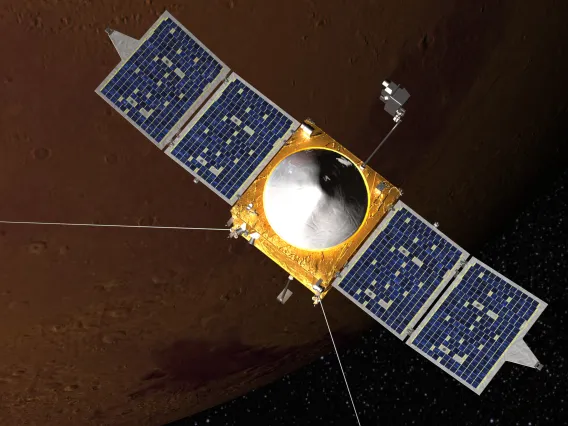
MAVEN
Mars Atmosphere and Volatile Evolution (MAVEN)
×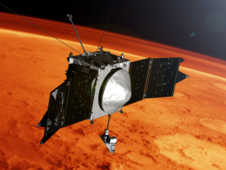
Mars Atmosphere and Volatile EvolutioN
Answers About Mars' Climate History
The Mars Atmosphere and Volatile EvolutioN (MAVEN) mission is part of NASA's Mars Scout program, funded by NASA Headquarters. Launched in Nov. 2013, the mission will explore the Red Planet’s upper atmosphere, ionosphere and interactions with the sun and solar wind. Scientists will use MAVEN data to determine the role that loss of volatiles from the Mars atmosphere to space has played through time, giving insight into the history of Mars' atmosphere and climate, liquid water, and planetary habitability.
MAVEN Faculty

Roger Yelle
Professor
Astrobiology, Exoplanets, Planetary Atmospheres, Titan & Outer Solar SystemMAVEN Researchers
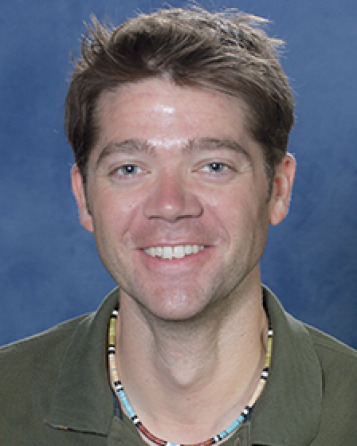
Hannes Gröller
Research Scientist/Assistant Staff Scientist
Asteroid Surveys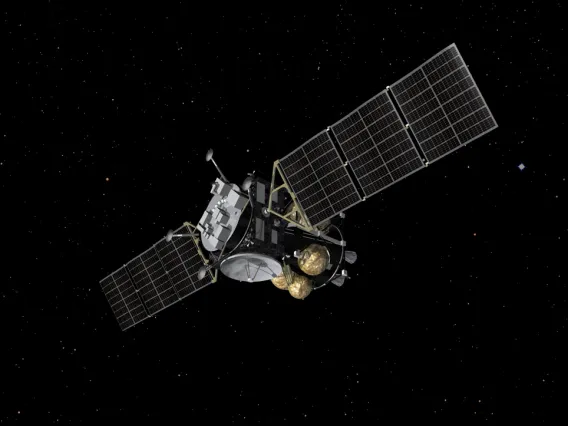
MMX
Martian Moons eXploration (MMX)
×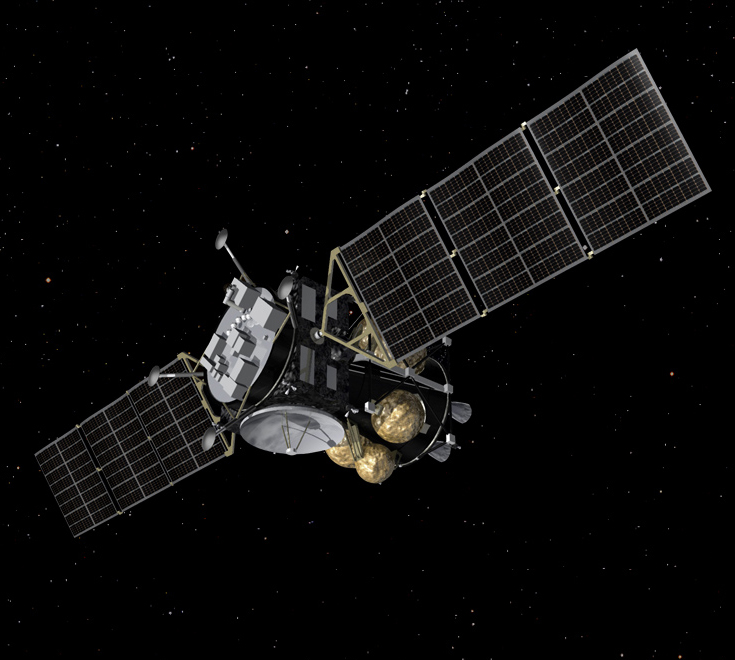
Martian Moons eXploration
Martian Moons eXploration (MMX) is a Martian moons exploration project aiming for launch in the early 2020s. After launching from the Earth, the spacecraft arrives in the Martian space over a period of about a year, and is entered into an orbit around Mars. After that, it will enter the Quasi Satellite Orbit (QSO) around the Martian moon, and get scientific data and samples from the Martian moon. After the observation and sample collection, the spacecraft will come back to the earth with samples taken from the martin moon. Currently it is assumed that it will be launched in 2024, Martian orbit insertion in 2025, and it will return to the earth in 2029.
By exploring the Martian moon, it is expected to improve technologies for future planet and satellite exploration such as, technologies required for roundtrip between the earth and Mars, the advanced sampling technique on the Martian moon surface, and the optimal communication technology using the deep space network ground station.
MMX Faculty

Erik Asphaug
Professor
Lunar Studies, Planetary Analogs, Planetary Geophysics, Planetary Surfaces, Small Bodies, Theoretical Astrophysics, Titan & Outer Solar System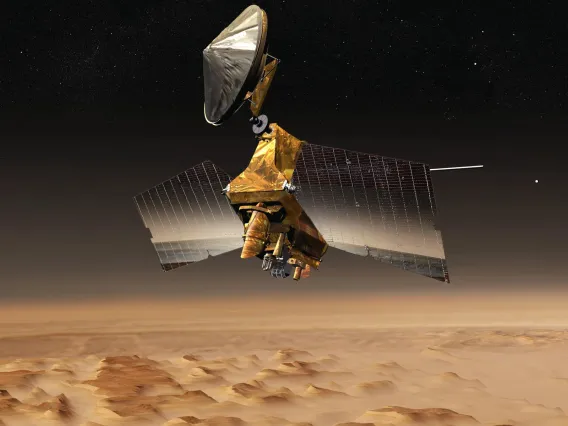
MRO
Mars Reconnaissance Orbiter (MRO)
×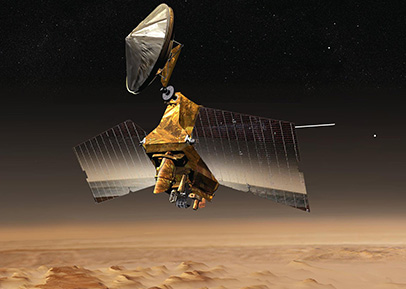
Mars Reconnaissance Orbiter
Mars Reconnaissance Orbiter (MRO) has studied the Red Planet's atmosphere and terrain from orbit since 2006 and also serves as a key data relay station for other Mars missions, including the Mars Exploration Rover Opportunity.
Equipped with a powerful camera called HiRISE that has aided in a number of discoveries, the Mars Reconnaissance Orbiter has sent back thousands of stunning images of the Martian surface that are helping scientists learn more about Mars, including the history of water flows on or near the planet's surface.
MRO Faculty

Lynn Carter
Associate Department Head, Professor, University Distinguished Scholar
Earth, Lunar Studies, Planetary Analogs, Planetary Geophysics, Planetary Surfaces, Titan & Outer Solar System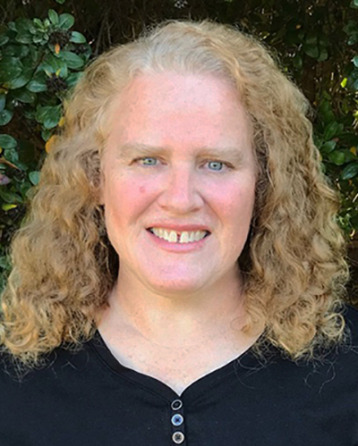
Virginia Gulick
Research Professor
Astrobiology, Planetary Analogs, Planetary Surfaces
Jack Holt
Professor, EDO Director
Earth, Planetary Analogs, Planetary Geophysics, Planetary Surfaces
Alfred McEwen
Regents Professor
Astrobiology, Lunar Studies, Photogrammetry, Planetary Analogs, Planetary Geophysics, Planetary Surfaces
Stefano Nerozzi
Assistant Research Professor
Earth, Planetary Analogs, Planetary Geophysics, Planetary SurfacesMRO Researchers

Sarah Sutton
Photogrammetry Program Lead, HiRISE, Researcher/Scientist
Earth, Lunar Studies, Photogrammetry, Planetary Analogs, Planetary Surfaces, Small BodiesMRO Support Staff

Nicole Bardabelias
Science Operations Engineer, HiRISE

Nicole Baugh
Uplink Operations Lead, HiRISE

Kristin Block
Principal Science Operations Engineer, HiRISE

Richard Leis
Staff Technician, Senior, HiRISE

Singleton Papendick
Science Operations Engineer, HiRISE
Earth, Planetary Surfaces
Anjani Polit
Deputy Principal Investigator, OSIRIS-APEX

Christian Schaller
Spacecraft Operations Software Engineer, HiRISE
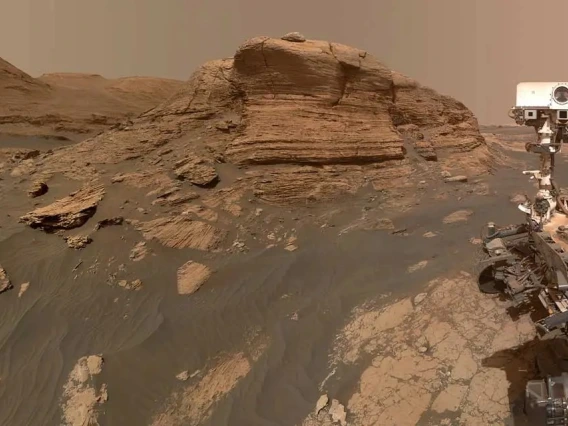
MSL
Mars Science Laboratory (MSL) (Curiosity)
×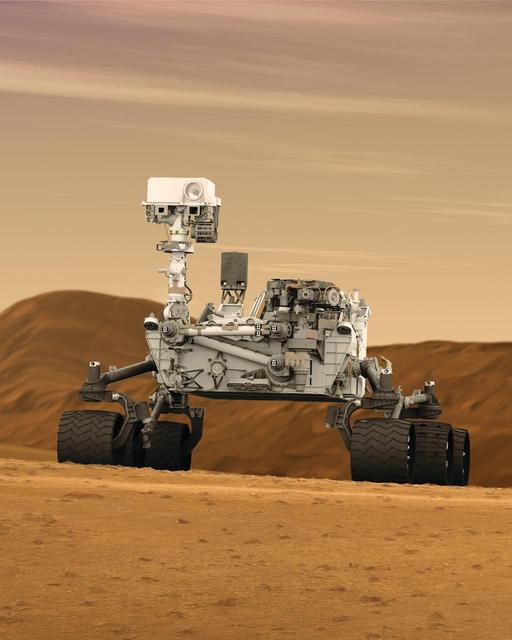
Mars Science Laboratory
Mars Science Laboratory is part of NASA's Mars Exploration Program, a long-term effort of robotic exploration of the red planet. Curiosity was designed to assess whether Mars ever had an environment able to support small life forms called microbes. In other words, its mission is to determine the planet's "habitability.
MSL Faculty

William Boynton
Professor Emeritus
Astrobiology, Cosmochemistry, Lunar Studies, Small BodiesMSL Support Staff

Michael Fitzgibbon
Software Engineer, Lead Calibration & Validation, OSIRIS-REx

Andrew Gardner
Systems Programmer, Principal

Karl Harshman
Manager, OSIRIS-REx/SPOC
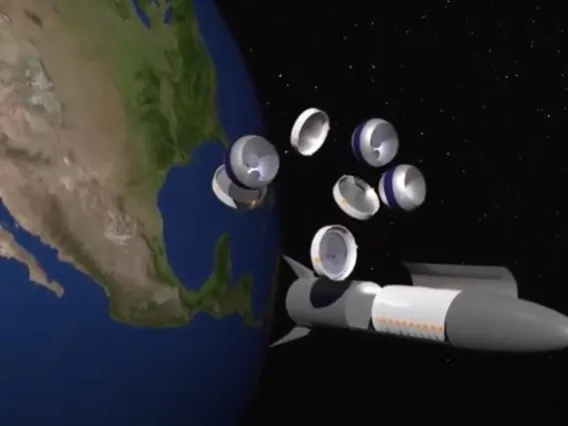
Nautilus
Nautilus
×Nautilus is a revolutionary space telescope concept that builds on a novel technology – engineered material diffractive-transmissive optical elements – to overcome the greatest limitations of space telescopes: non-scalable primary mirrors. By providing large but ultra-light telescope apertures, the Nautilus technology will enable the launch of a large fleet of identical telescopes. With a light-collecting power equivalent to a 50m diameter mirror Nautilus will be capable of surveying thousands of earth-sized habitable zone planets for atmospheric signatures of life.
Nautilus Faculty

Dániel Apai
Interim Associate Dean for Research, College of Science, Principal Investigator, Alien Earths, Professor
Astrobiology, Exoplanets, Planetary Atmospheres, Planetary Formation and Evolution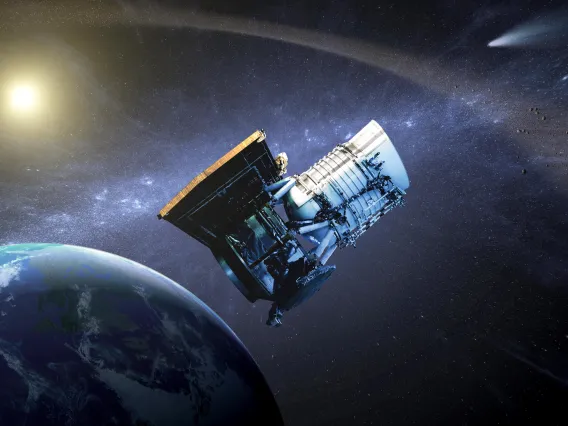
NEOWISE
Near-Earth Object Wide-field Infrared Survey Explorer (NEOWISE)
×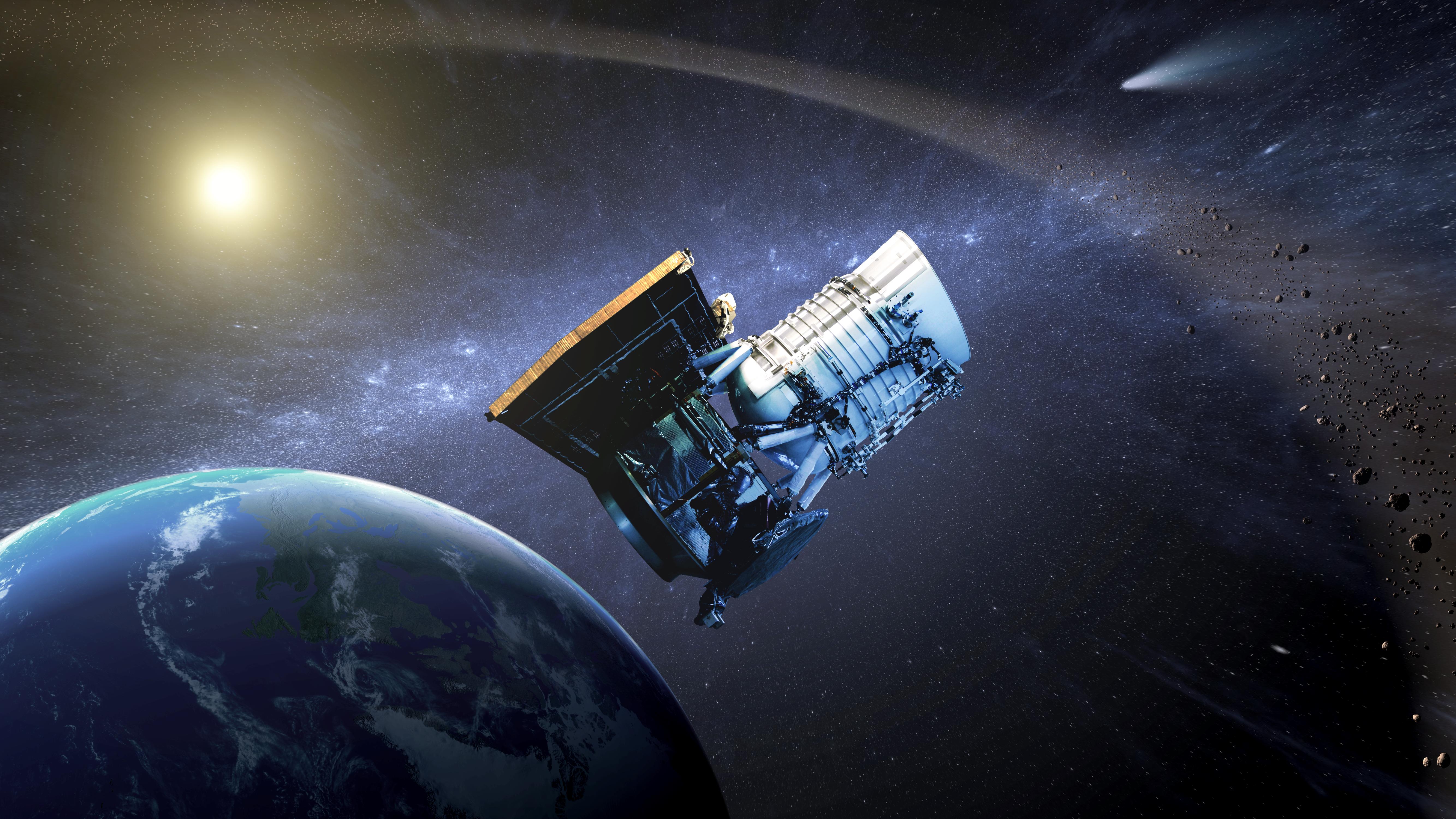
Wide-field Infrared Survey Explorer
The Wide-field Infrared Survey Explorer (WISE), a NASA infrared-wavelength astronomical space telescope, was active from December 2009 to February 2011. It was launched on December 14, 2009, and decommissioned/hibernated on February 17, 2011 when its transmitter was turned off. It performed an all-sky astronomical survey with images in 3.4, 4.6, 12 and 22 μm wavelength range bands, over 10 months using a 40 cm (16 in) diameter infrared telescope in Earth-orbit. The initial mission length was limited by its hydrogen coolant, but a secondary post-cryogenic mission continued four more months with two of the four detectors remaining operational.
In September 2013, the spacecraft was reactivated, renamed NEOWISE and assigned a new mission: to assist NASA's efforts to identify and characterize the population of near-Earth objects. NEOWISE is also characterizing more distant populations of asteroids and comets to provide information about their sizes and compositions.
NEOWISE Faculty
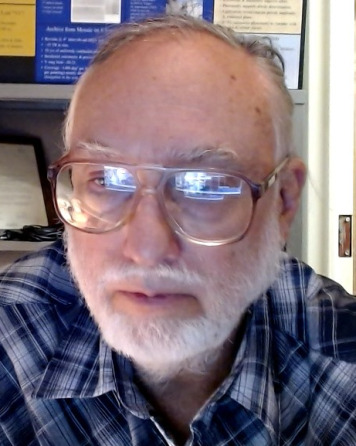
Robert (Bob) McMillan
Research Professor (Retired)
Asteroid Surveys, Planetary Astronomy, Small Bodies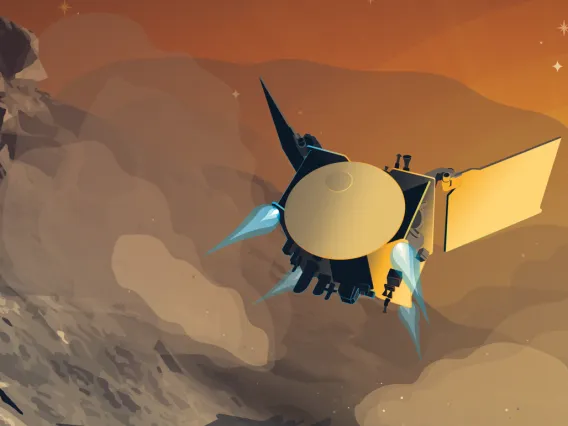
OSIRIS-APEX
OSIRIS-Apophis Explorer (OSIRIS-APEX)
×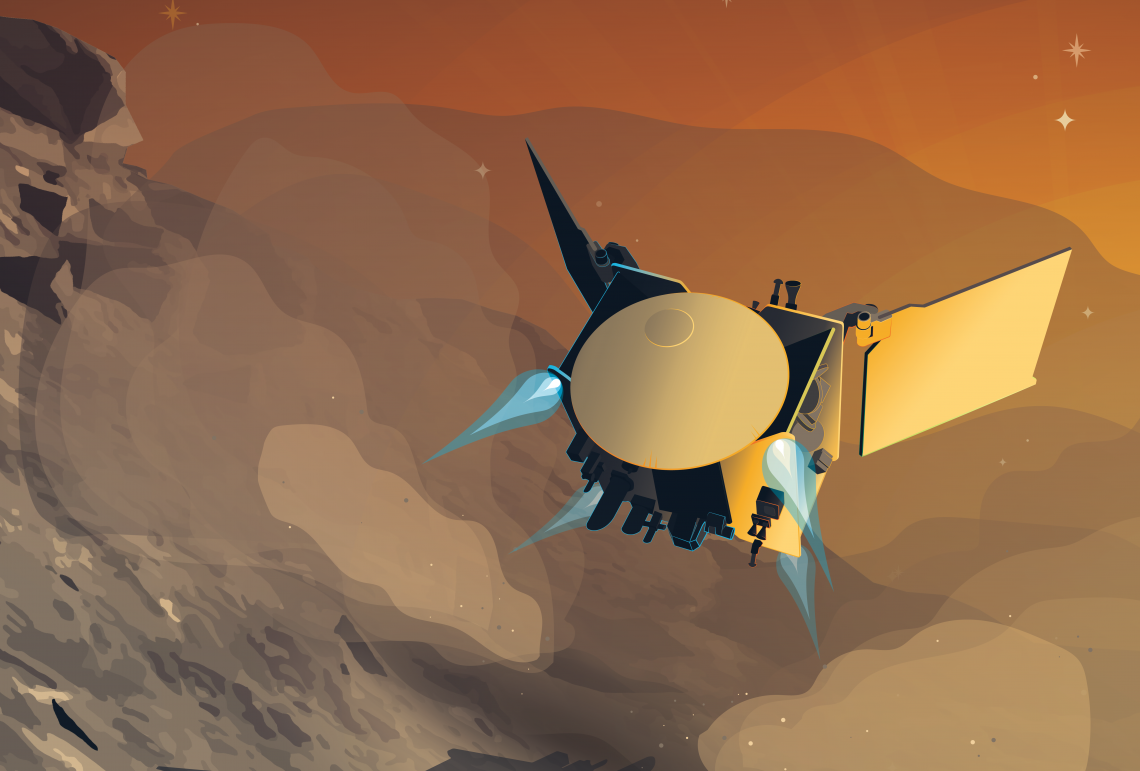
OSIRIS-APophis EXplorer
The OSIRIS-APEX mission will reprise the discoveries of the OSIRIS-REx spacecraft at a second asteroid, Apophis. An hour after Apophis’s dramatic close approach to Earth on April 13, 2029, The OSIRIS-APEX spacecraft will use Earth’s gravity to put itself on a course to rendezvous with the asteroid to begin an 18-month campaign of investigation and discovery. Having already challenged our understanding of “carbonaceous” (C-complex) asteroids during its exploration of Bennu, the spacecraft instrument suite will provide first-of-its-kind high-resolution data of a “stony” (S-complex) asteroid—dramatically advancing our knowledge of this asteroid class and its connection to the meteorite collection. After 15 months orbiting Apophis, APEX will use its thrusters to dig into the surface. This will allow us to observe subsurface material, which will provide otherwise inaccessible insight into space weathering and the surface strength of stony asteroids.
Although scientific discovery is APEX’s prime motivation, Apophis’ bulk structure and surface strength have critical implications for planetary defense. Shortly after its discovery in 2004, there was concern that Apophis could hit Earth in the 2029 encounter. Further observations ruled out that possibility, and we now know that it does not present any danger for at least 100 years. Nevertheless, as an S-complex object, Apophis represents the most common class of potentially hazardous asteroids (PHAs) and knowledge of its properties can inform mitigation strategies. Monitoring Apophis during and after Earth approach provides the first opportunity to witness any change in the surfaces and orbits of an asteroid that could influence its likelihood of striking Earth.
OSIRIS-APEX Faculty

Dani Mendoza DellaGiustina
Assistant Professor, Deputy Principal Investigator, OSIRIS-REx, Principal Investigator, OSIRIS-APEX
Earth, Photogrammetry, Planetary Analogs, Planetary Geophysics, Planetary Surfaces, Small Bodies
Dante Lauretta
Director, Arizona Astrobiology Center, Principal Investigator, OSIRIS-REx, Regents Professor
Astrobiology, Cosmochemistry, Small Bodies
Michael Nolan
Deputy Principal Investigator, OSIRIS-APEX, Research Professor
Small Bodies
Tyler Robinson
Associate Professor
Exoplanets
Peter Smith
Professor Emeritus
AstrobiologyOSIRIS-APEX Researchers

Dathon Golish
Mission Instrument and Observation Scientist
Photogrammetry, Small Bodies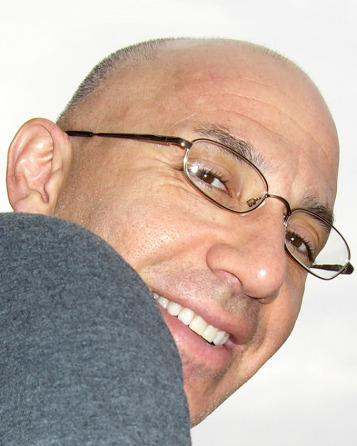
Bashar Rizk
Research Scientist/Senior Staff Scientist, OSIRIS-REx/OCAMS
Asteroid Surveys, Planetary Atmospheres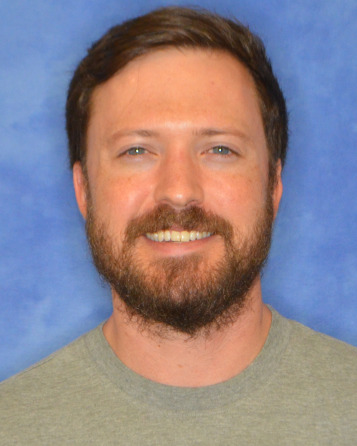
Andrew Ryan
Researcher/Scientist, OSIRIS-REx
Planetary Surfaces
Sarah Sutton
Photogrammetry Program Lead, HiRISE, Researcher/Scientist
Earth, Lunar Studies, Photogrammetry, Planetary Analogs, Planetary Surfaces, Small BodiesOSIRIS-APEX Support Staff
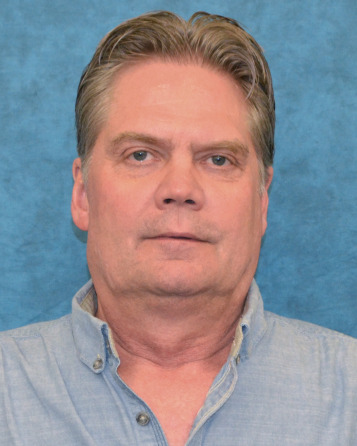
Kris Becker
Senior Data Analyst, OSIRIS-REx
Photogrammetry
Carina Bennett
Project Manager and Software Engineer, SAMIS
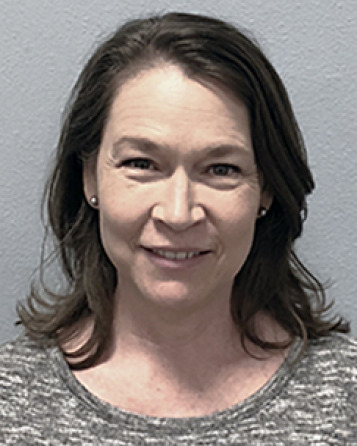
Denise Blum
Business Manager, OSIRIS-REx
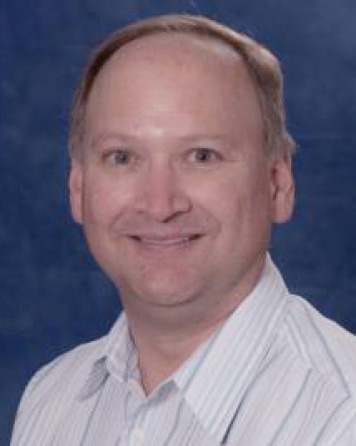
Tony Ferro
System Administrator, OSIRIS-REx/SPOC

Michael Fitzgibbon
Software Engineer, Lead Calibration & Validation, OSIRIS-REx
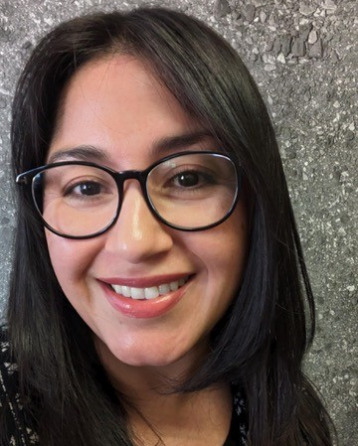
Rose Garcia
R&D Engineer Scientist, OSIRIS-REx

Andrew Gardner
Systems Programmer, Principal
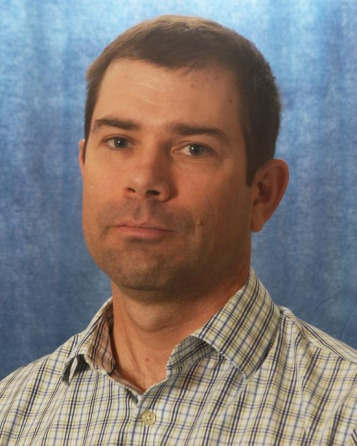
Damian Hammond
Software Engineer, OSIRIS-REx Telemetry Processing

Karl Harshman
Manager, OSIRIS-REx/SPOC

CeeCee Hill
R&D Software Engineer, OSIRIS-APEX

Zachary Komanapalli
Research Technician, OSIRIS-APEX

Megan Montano
Research Technician, OSIRIS-APEX

Anjani Polit
Deputy Principal Investigator, OSIRIS-APEX
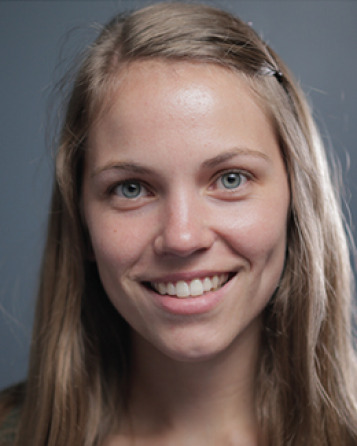
Mathilde Westermann
Lead GIS Development Engineer, OSIRIS-REx

Catherine Wolner
Editor, OSIRIS-REx
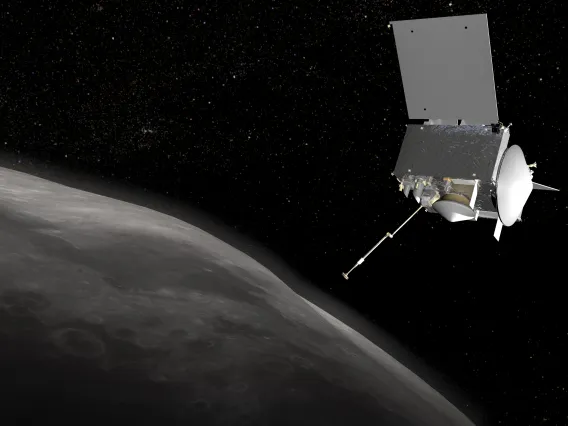
OSIRIS-REx
Origins, Spectral Interpretation, Resource Identification, Security, Regolith Explorer (OSIRIS-REx, OREx)
×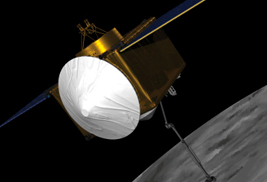
Origins, Spectral Interpretation, Resource Identification, Security, Regolith Explorer
OSIRIS-REx launched from the Cape Canaveral Air Force Station in Florida on Sept. 8, 2016. It arrived at Bennu on Dec. 3, 2018, and began orbiting the asteroid Bennu for the first time on Dec. 31, 2018. On October 20, 2020, OSIRIS-REx made history for NASA when it tagged the surface of asteroid Bennu for 4.7 seconds, triggering a flush of nitrogen gas and collecting the largest sample of extraterrestrial material since the Apollo moon landings. In preparation for the sample collection, the spacecraft had spent two years photographing and mapping the asteroid in tremendous detail. The spacecraft successfully dropped its sample return capsule to return to Earth on Sept. 24, 2023.
The OSIRIS-REx mission seeks answers to questions that are central to the human experience: Where did we come from? What is our destiny? OSIRIS-REx is going to Bennu, a carbon-rich asteroid that records the earliest history of our Solar System, and bringing a piece of it back to Earth. Bennu may contain the molecular precursors to the origin of life and the Earth’s oceans. Bennu is also one of the most potentially hazardous asteroids. It has a relatively high probability of impacting the Earth late in the 22nd century. OSIRIS-REx will determine Bennu’s physical and chemical properties. This will be critical for future scientists to know when developing an impact mitigation mission. Finally, asteroids like Bennu contain natural resources such as water, organics, and precious metals. Future space exploration and economic development will rely on asteroids for these precious materials. Asteroids may one day fuel the exploration of the Solar System by robotic and manned spacecraft.
Touching the Asteroid
OSIRIS-REx Faculty

Erik Asphaug
Professor
Lunar Studies, Planetary Analogs, Planetary Geophysics, Planetary Surfaces, Small Bodies, Theoretical Astrophysics, Titan & Outer Solar System
Jessica Barnes
Associate Professor
Cosmochemistry, Lunar Studies, Planetary Analogs
William Boynton
Professor Emeritus
Astrobiology, Cosmochemistry, Lunar Studies, Small Bodies
Dani Mendoza DellaGiustina
Assistant Professor, Deputy Principal Investigator, OSIRIS-REx, Principal Investigator, OSIRIS-APEX
Earth, Photogrammetry, Planetary Analogs, Planetary Geophysics, Planetary Surfaces, Small Bodies
Pierre Haenecour
Assistant Professor
Astrobiology, Cosmochemistry, Planetary Astronomy, Small Bodies
Ellen Howell
Research Professor
Small Bodies
Dante Lauretta
Director, Arizona Astrobiology Center, Principal Investigator, OSIRIS-REx, Regents Professor
Astrobiology, Cosmochemistry, Small Bodies
Renu Malhotra
Louise Foucar Marshall Science Research Professor, Regents Professor
Astrobiology, Exoplanets, Orbital Dynamics, Planetary Formation and Evolution, Small Bodies, Theoretical Astrophysics
Michael Nolan
Deputy Principal Investigator, OSIRIS-APEX, Research Professor
Small Bodies
Peter Smith
Professor Emeritus
Astrobiology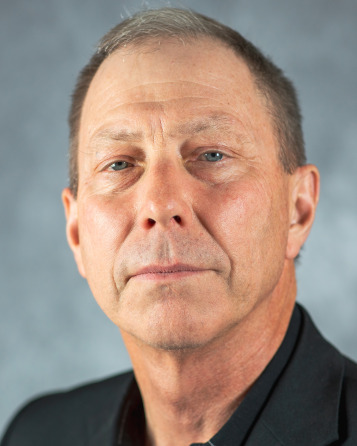
Timothy Swindle
Professor Emeritus
Cosmochemistry, Lunar Studies, Small Bodies, Theoretical Astrophysics
Tom Zega
Professor
Astrobiology, Cosmochemistry, Small BodiesOSIRIS-REx Researchers

Laura Chaves
Postdoctoral Research Associate
Cosmochemistry, Small Bodies
Matthew Chojnacki
DCC Associate Research (McEwen)
Photogrammetry, Planetary Surfaces, Small Bodies
Ruby Fulford
PTYS Graduate Student
Astrobiology, Planetary Geophysics, Planetary Surfaces, Small Bodies, Titan & Outer Solar System
Dathon Golish
Mission Instrument and Observation Scientist
Photogrammetry, Small Bodies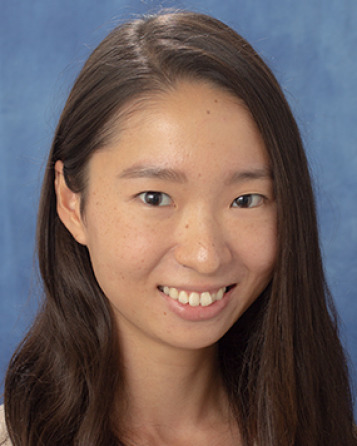
Kana Ishimaru
PTYS Graduate Student
Cosmochemistry, Small Bodies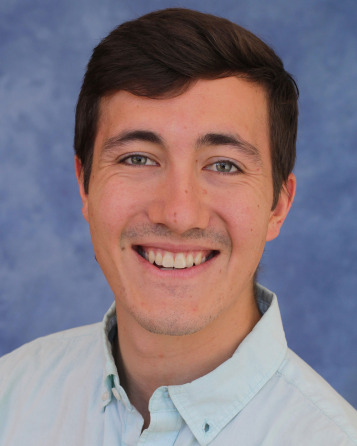
Robert Melikyan
PTYS Graduate Student
Orbital Dynamics, Small Bodies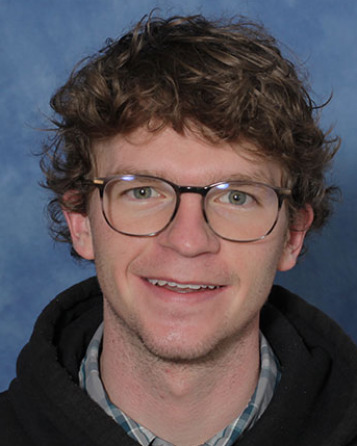
Beau Prince
PTYS Graduate Student
Cosmochemistry
Bashar Rizk
Research Scientist/Senior Staff Scientist, OSIRIS-REx/OCAMS
Asteroid Surveys, Planetary Atmospheres
Andrew Ryan
Researcher/Scientist, OSIRIS-REx
Planetary Surfaces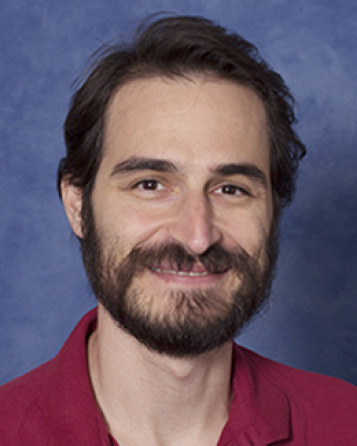
Stephen Schwartz
DCC Associate Staff Scientist (Asphaug)
Orbital Dynamics, Planetary Astronomy, Planetary Surfaces, Small Bodies, Space Situational Awareness
Sarah Sutton
Photogrammetry Program Lead, HiRISE, Researcher/Scientist
Earth, Lunar Studies, Photogrammetry, Planetary Analogs, Planetary Surfaces, Small BodiesOSIRIS-REx Support Staff

Kris Becker
Senior Data Analyst, OSIRIS-REx
Photogrammetry
Carina Bennett
Project Manager and Software Engineer, SAMIS

Denise Blum
Business Manager, OSIRIS-REx
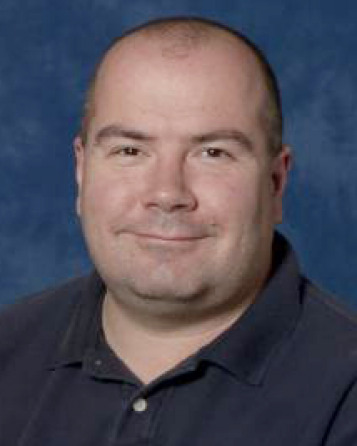
Christian d'Aubigny
DCC Deputy Instrument Scientist, OCAMS (Byrne)

Tony Ferro
System Administrator, OSIRIS-REx/SPOC

Michael Fitzgibbon
Software Engineer, Lead Calibration & Validation, OSIRIS-REx

Andrew Gardner
Systems Programmer, Principal

Damian Hammond
Software Engineer, OSIRIS-REx Telemetry Processing

Karl Harshman
Manager, OSIRIS-REx/SPOC
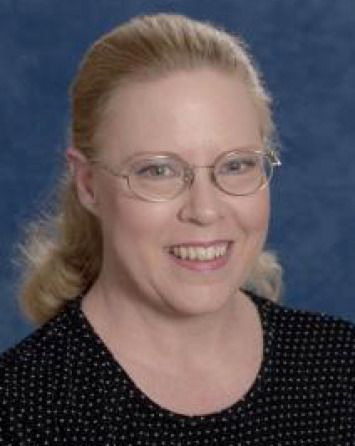
Dolores Hill
Research Specialist, Senior
Cosmochemistry, Small Bodies
CeeCee Hill
R&D Software Engineer, OSIRIS-APEX

Joshua Kantarges
SAMIS Software Engineer, OSIRIS-REx

Anjani Polit
Deputy Principal Investigator, OSIRIS-APEX

Mathilde Westermann
Lead GIS Development Engineer, OSIRIS-REx

Catherine Wolner
Editor, OSIRIS-REx
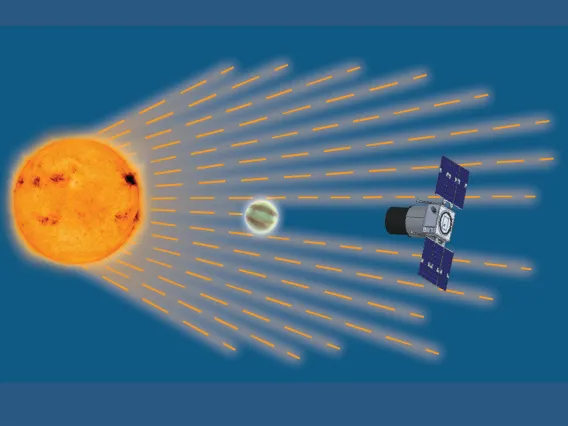
Pandora
Pandora
×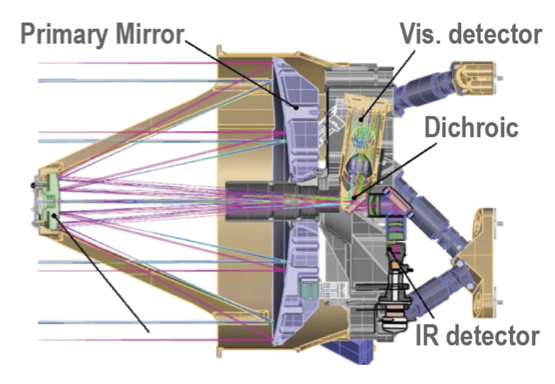
Pandora's primary objective is to conduct a long baseline survey of transiting exoplanets orbiting nearby stars with simultaneous photometric and spectroscopic observations in order to quantify and correct for stellar contamination in transmission spectra and subsequently identify exoplanets with hydrogen or water.
Pandora Faculty

Dániel Apai
Interim Associate Dean for Research, College of Science, Principal Investigator, Alien Earths, Professor
Astrobiology, Exoplanets, Planetary Atmospheres, Planetary Formation and EvolutionPandora Support Staff

Andrew Gardner
Systems Programmer, Principal

Karl Harshman
Manager, OSIRIS-REx/SPOC

Joshua Kantarges
SAMIS Software Engineer, OSIRIS-REx
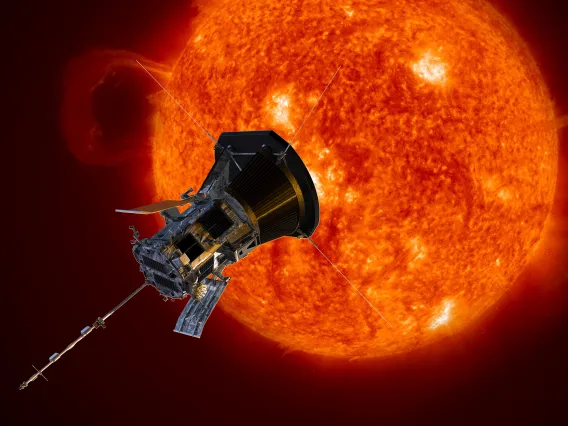
Parker Solar Probe
Parker Solar Probe: A NASA Mission to Touch the Sun
×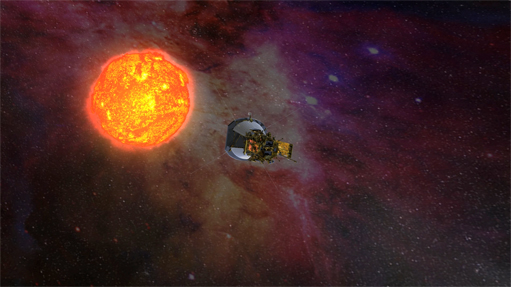
The First Mission to the Nearest Star
Parker Solar Probe will be a historic mission, flying into the Sun's atmosphere (or corona) for the first time. LPL Professor Joe Giacalone is Co-Investigator for the Integrated Science Investigation of the Sun (IS☉IS) instrument. Coming closer to the Sun than any previous spacecraft, Solar Probe Plus will employ a combination of in situ measurements and imaging to achieve the mission's primary scientific goal: to understand how the Sun's corona is heated and how the solar wind is accelerated. Parker Solar Probe will revolutionize our knowledge of the origin and evolution of the solar wind.
Parker Solar Probe Faculty

Joe Giacalone
Professor
Solar and Heliospheric Research, Theoretical Astrophysics
Kristopher Klein
Associate Professor
Solar and Heliospheric Research, Theoretical AstrophysicsParker Solar Probe Researchers
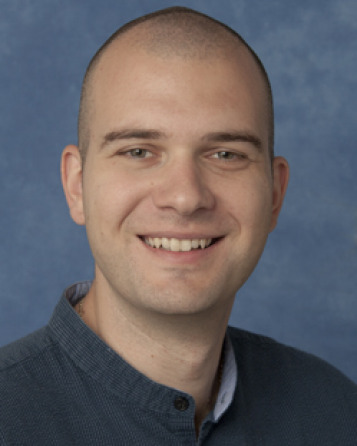
Mihailo Martinović
Researcher/Scientist
Solar and Heliospheric Research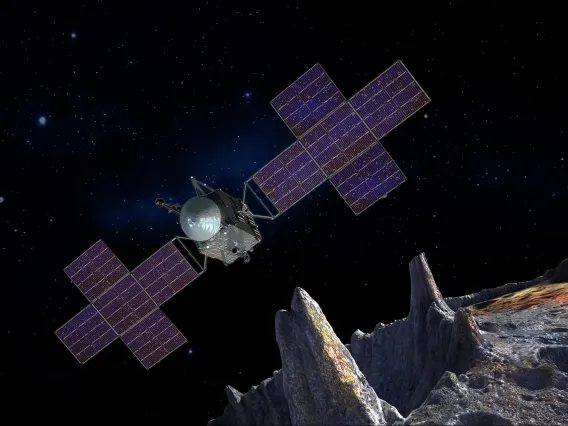
Psyche
Psyche
×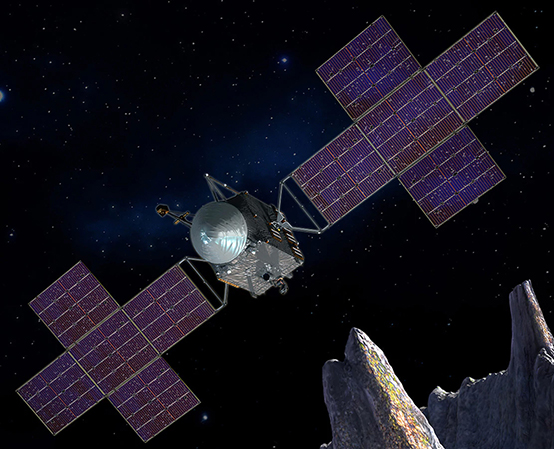
Pysche is both the name of an asteroid orbiting the Sun between Mars and Jupiter — and the name of a NASA space mission to visit that asteroid, led by Arizona State University. The mission was chosen by NASA on January 4, 2017 as one of two missions for the agency’s Discovery Program, a series of relatively low-cost missions to solar system targets.
The Psyche spacecraft is targeted to launch in summer 2022 and travel to the asteroid using solar-electric (low-thrust) propulsion, arriving in 2026, following a Mars flyby and gravity-assist in 2023. After arrival, the mission plan calls for 21 months spent at the asteroid, mapping it and studying its properties.
Psyche Faculty

Erik Asphaug
Professor
Lunar Studies, Planetary Analogs, Planetary Geophysics, Planetary Surfaces, Small Bodies, Theoretical Astrophysics, Titan & Outer Solar SystemPsyche Researchers

Namya Baijal
PTYS Graduate Student
Planetary Geophysics, Planetary Surfaces, Small Bodies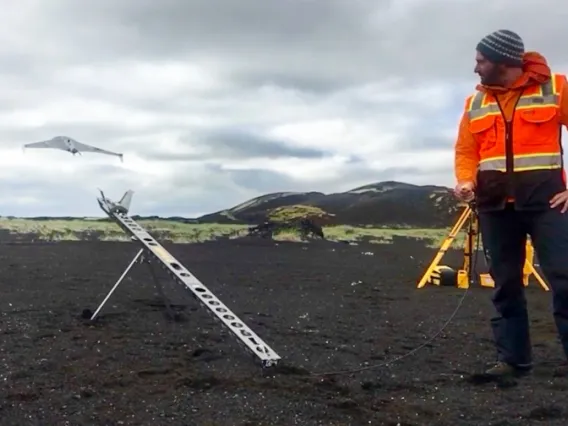
RAVEN
Rover–Aerial Vehicle Exploration Network (RAVEN)
×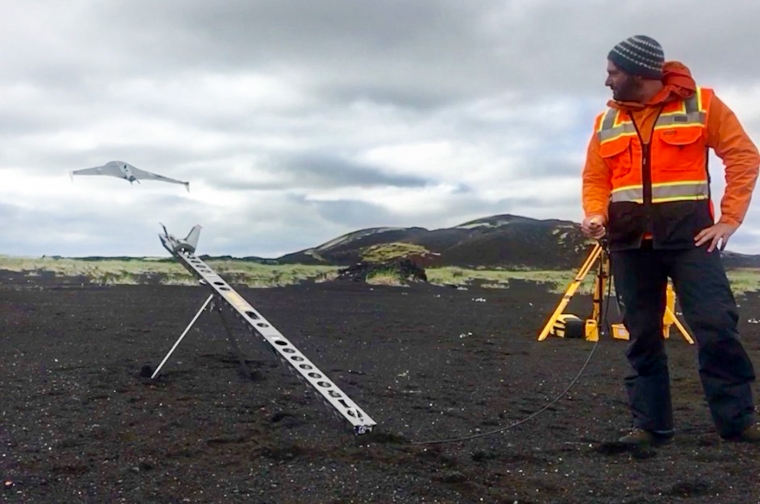
Rover–Aerial Vehicle Exploration Network
A team of scientists led by LPL’s Christopher Hamilton, an associate professor, are gearing up to send drones on exploration missions across a vast lava field in Iceland to test a next-generation Mars exploration concept. Hamilton is the principal investigator on a project that has been awarded a $3.1 million NASA grant to develop a new concept combining rovers and unmanned aerial systems, commonly known as drones, to explore regions of the red planet that have been previously inaccessible.
These new Rover–Aerial Vehicle Exploration Networks will be tested in Iceland to explore volcanic terrains similar to those observed on Mars. RAVEN adds an entirely new approach to NASA’s paradigm of planetary exploration, which traditionally has centered around four steps, each building on the scientific findings of the previous one: flyby, orbit, land and rove, according to Hamilton. The first spacecraft sent to a previously unvisited body in the solar system commonly executes a flyby pass to collect as many data as possible to inform subsequent robotic missions, which consist of another space probe placed into orbit, then a lander, which studies the surface in one place, and, finally, a rover built to move around and analyze various points of scientific interest.
RAVEN Faculty

Christopher Hamilton
Associate Professor
Astrobiology, Earth, Lunar Studies, Photogrammetry, Planetary Analogs, Planetary Geophysics, Planetary SurfacesRAVEN Researchers
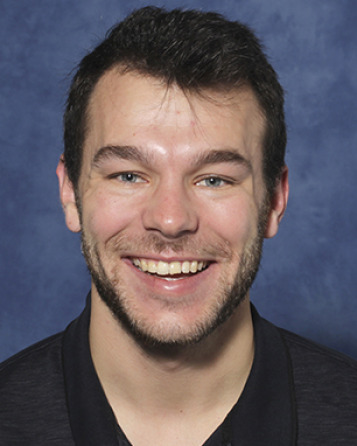
Nathan Hadland
PTYS Graduate Student
Astrobiology, Earth, Planetary Analogs, Planetary Surfaces
Michael Phillips
Researcher/Scientist
Astrobiology, Photogrammetry, Planetary Analogs, Planetary Surfaces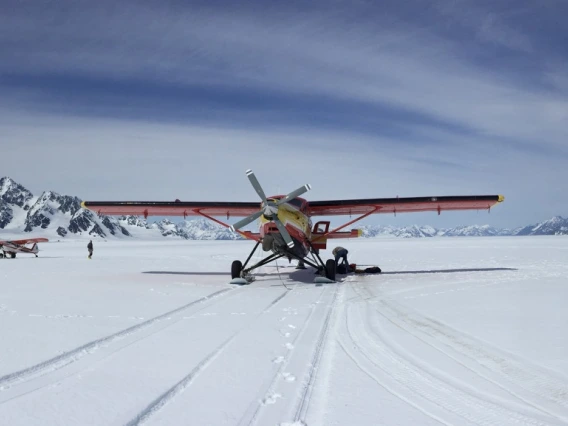
Snow4Flow
Snow4Flow
×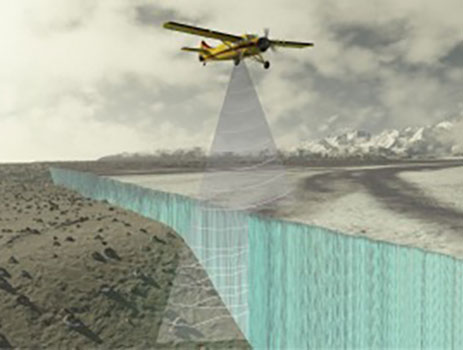
Snow4Flow will capture the spatial variability in snow accumulation and ice volume across 4 Northern Hemisphere (NH) regions containing hundreds of rapidly changing glaciers to deliver more reliable, societally relevant projections of land-ice change. This major advance requires spatially extensive radar-sounding surveys that are not possible from orbit. This EVS-4 mission will drive foundational improvements to NH land-ice boundary conditions and forcing data – including orographic precipitation patterns in alpine environments, ice thickness and subglacial topography – and directly leverages them into state-of-the-art models and projections.
Snow4Flow Faculty

Jack Holt
Professor, EDO Director
Earth, Planetary Analogs, Planetary Geophysics, Planetary Surfaces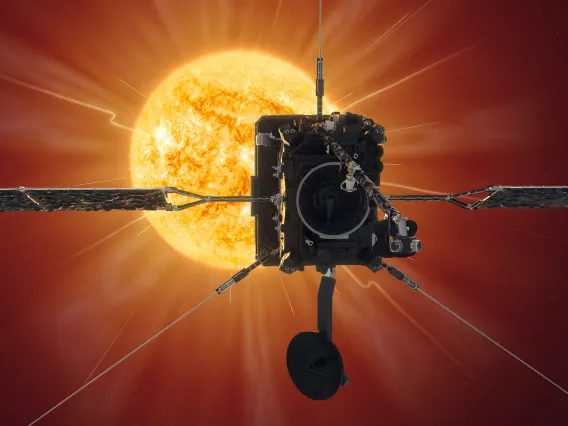
Solar Orbiter
Solar Orbiter
×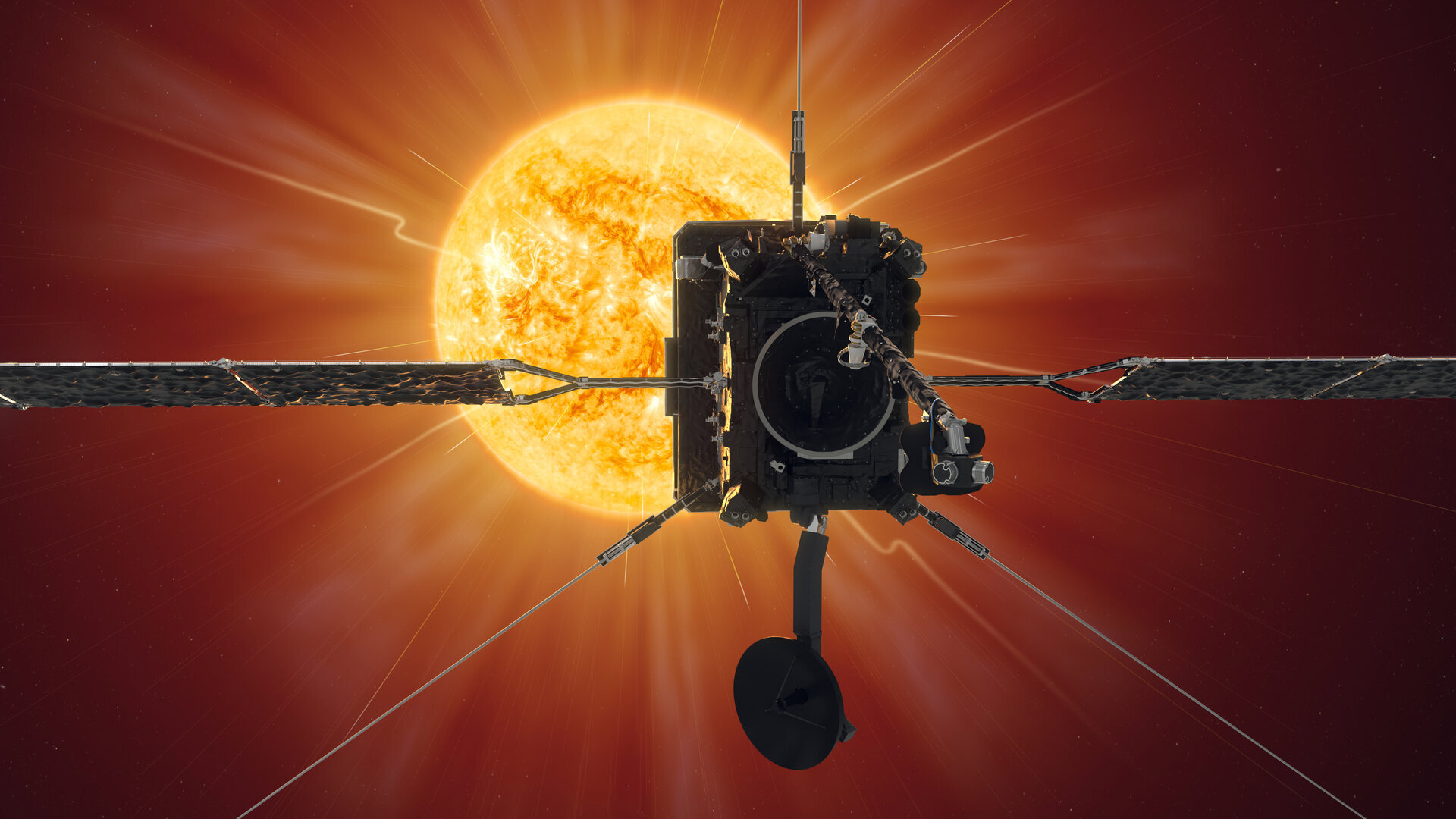
Solar Orbiter is a mission dedicated to solar and heliospheric physics. It was selected as the first medium-class mission of ESA's Cosmic Vision 2015-2025 Programme. The programme outlines key scientific questions which need to be answered about the development of planets and the emergence of life, how the Solar System works, the origins of the Universe, and the fundamental physics at work in the Universe.
Solar Orbiter Faculty

Joe Giacalone
Professor
Solar and Heliospheric Research, Theoretical AstrophysicsSolar Orbiter Researchers

Mihailo Martinović
Researcher/Scientist
Solar and Heliospheric Research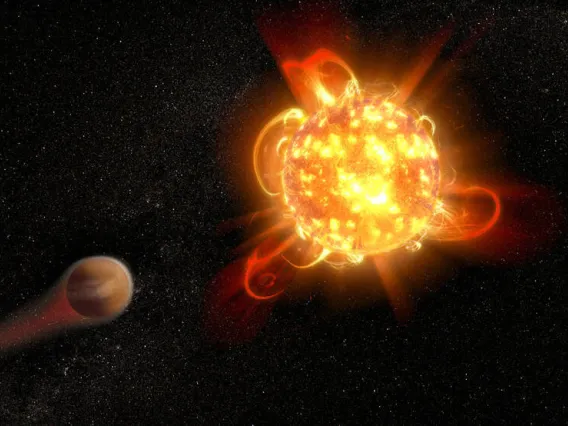
SPARCS
Star-Planet Activity Research CubeSat (SPARCS)
×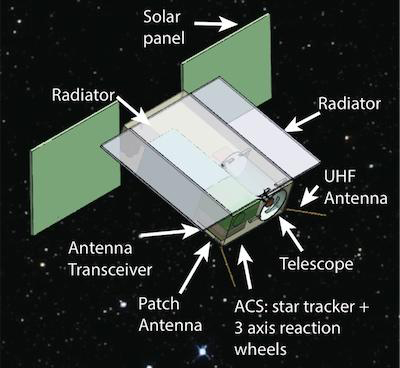
Star-Planet Activity Research CubeSat
The Star-Planet Activity Research CubeSat (SPARCS) is a small space telescope about the size and shape of a family-size Cheerios box.
It is built of six cubical units, each about four inches on a side. These are joined to make a spacecraft two units wide by three long in what is termed a 6U spacecraft; solar power panels extend like wings from one end.
The mission which SPARCS will undertake is monitoring the flares and sunspot activity of M-type stars, also called red dwarfs, in the far- and near-ultraviolet. The purpose of this is to assess how habitable the space environment is for planets orbiting them.
SPARCS Faculty

Travis Barman
Professor
Exoplanets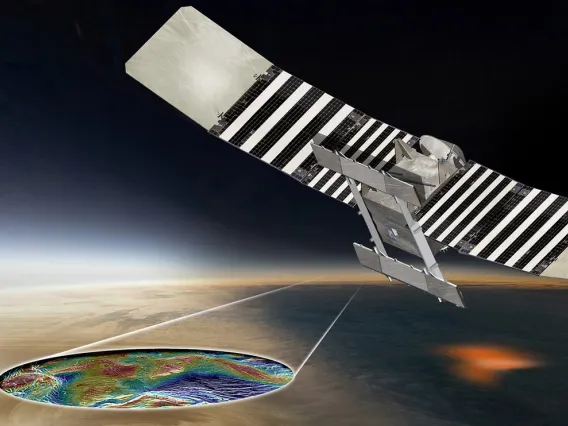
VERITAS
Venus Emissivity, Radio science, InSAR, Topography, And Spectroscopy (VERITAS)
×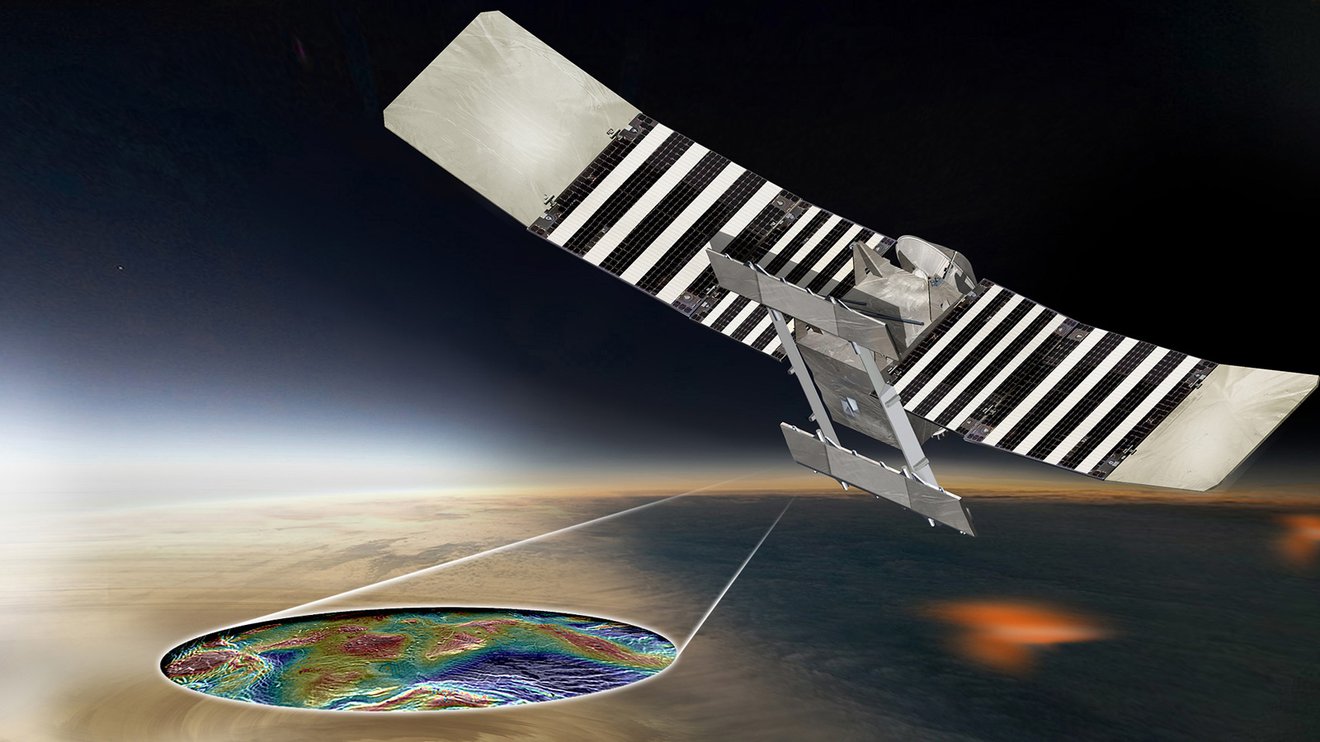 VERITAS
VERITASVenus Emissivity, Radio science, InSAR, Topography, And Spectroscopy
VERITAS is a Venus orbiter designed to reveal how the paths of Venus and Earth diverged, and how Venus lost its potential as a habitable world.
VERITAS Faculty

Jeffrey Andrews-Hanna
Professor
Lunar Studies, Planetary Geophysics, Planetary Surfaces, Titan & Outer Solar SystemVERITAS Researchers

Joseph Schools
Researcher/Scientist
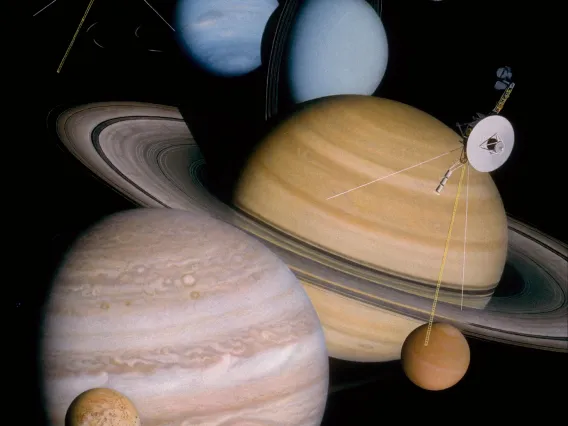
Voyager
Voyager
×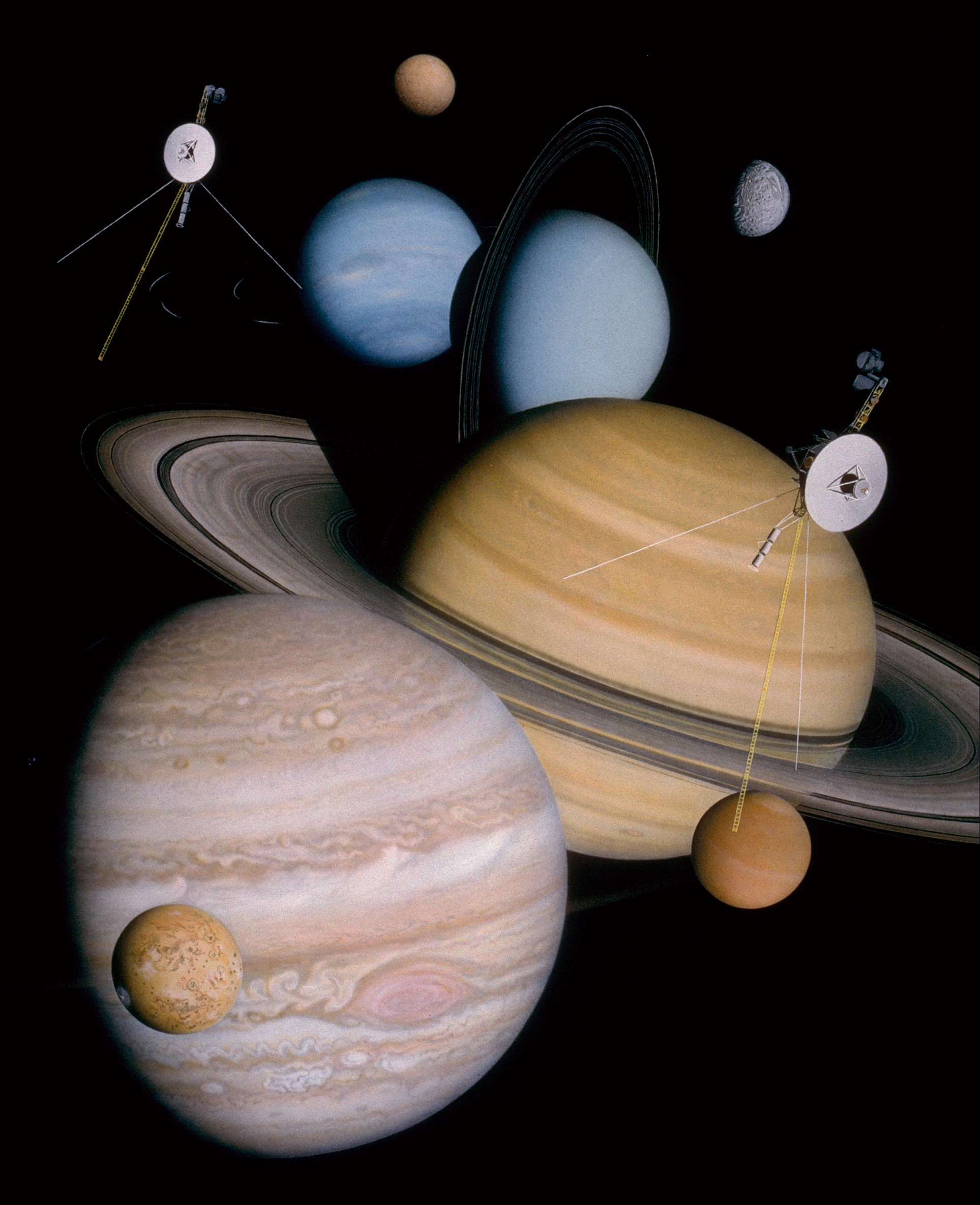 Voyager
VoyagerThe Voyager program is an American scientific program that employs two robotic probes, Voyager 1 and Voyager 2, to study the outer Solar System. The probes were launched in 1977 to take advantage of a favorable alignment of Jupiter, Saturn, Uranus, and Neptune. Although their original mission was to study only the planetary systems of Jupiter and Saturn, Voyager 2 continued on to Uranus and Neptune. The Voyagers now explore the outer boundary of the heliosphere in interstellar space; their mission has been extended three times and they continue to transmit useful scientific data. Neither Uranus nor Neptune has been visited by a probe other than Voyager 2.
Voyager Faculty
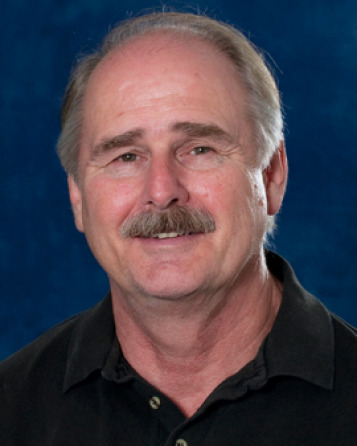
Robert Brown
Professor Emeritus
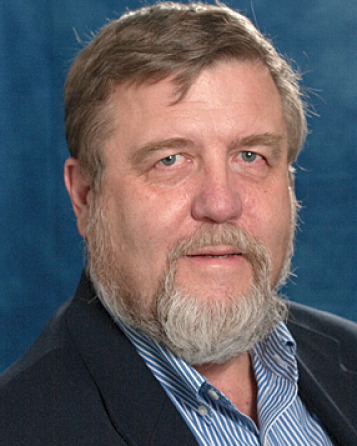
Jay Holberg
Senior Research Scientist (Retired)
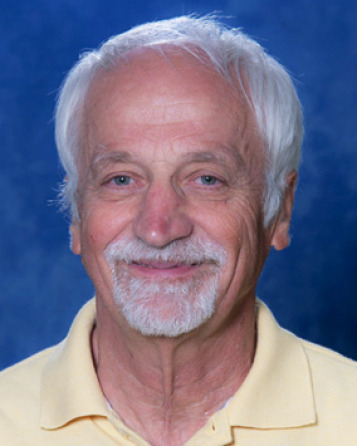
Jozsef Kota
Senior Research Scientist (Retired)
Solar and Heliospheric Research, Theoretical Astrophysics
Alfred McEwen
Regents Professor
Astrobiology, Lunar Studies, Photogrammetry, Planetary Analogs, Planetary Geophysics, Planetary Surfaces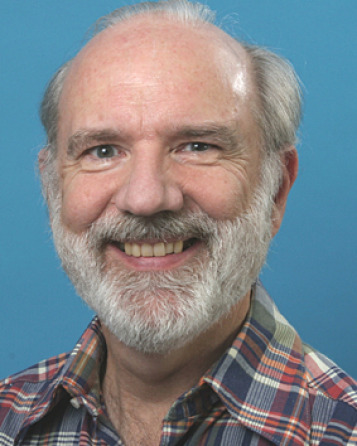
Bill Sandel
Senior Research Scientist (Retired)
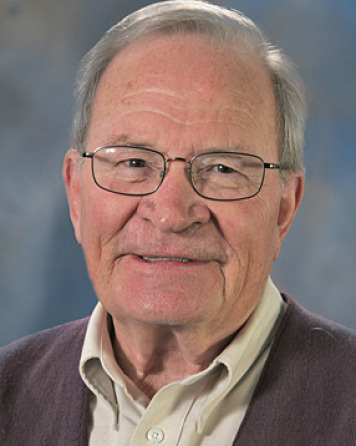
Robert Strom
Professor Emeritus
Voyager Support Staff

Michael Fitzgibbon
Software Engineer, Lead Calibration & Validation, OSIRIS-REx
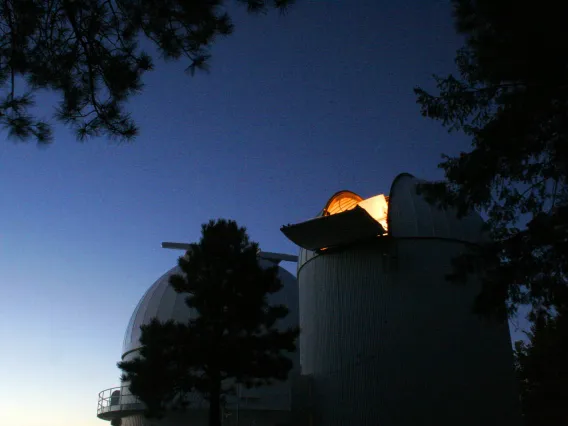
Asteroid Surveys
Asteroid Surveys
×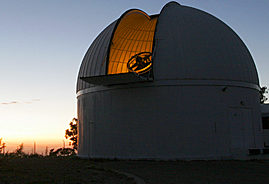
Catalina Sky Survey
The mission of the Catalina Sky Survey is to contribute to the inventory of near-earth objects (NEOs), or more specifically, the potentially hazardous asteroids (PHAs) that pose an impact risk to Earth and its inhabitants.
The identification of the iridium anomaly at the Cretaceous-Tertiary boundary (Alvarez et al. 1980), associated Chicxulub impact crater (Hildebrand et al. 1991) and the Permian-Triassic "great dying" possibly being associated with Australian Bedout Crater (Becker et al. 2004) strongly suggest that impacts by minor planets play an important role in the evolution of life.
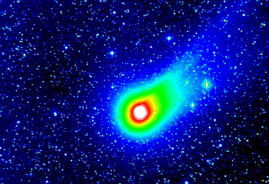
SPACEWATCH®
The primary goal of SPACEWATCH® is to explore the various populations of small objects in the solar system, and study the statistics of asteroids and comets in order to investigate the dynamical evolution of the solar system. SPACEWATCH® also finds potential targets for interplanetary spacecraft missions, provides follow-up astrometry of such targets, and finds objects that might present a hazard to the Earth.
Asteroid Surveys Faculty

Robert (Bob) McMillan
Research Professor (Retired)
Asteroid Surveys, Planetary Astronomy, Small BodiesAsteroid Surveys Researchers

Adam Battle
R&D Software Engineer, SPACE 4 Center
Asteroid Surveys, Small Bodies, Space Situational Awareness
Melissa Brucker
Principal Investigator, Spacewatch, Research Scientist
Asteroid Surveys, Small Bodies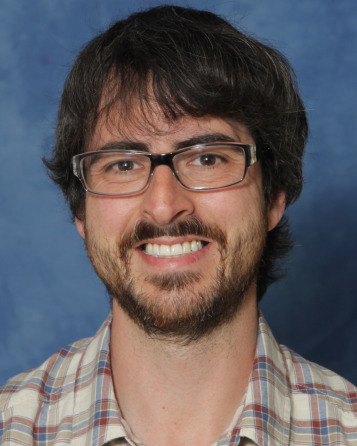
Carson Fuls
Director, Catalina Sky Survey, PTYS Graduate Student
Asteroid Surveys, Small Bodies
Hannes Gröller
Research Scientist/Assistant Staff Scientist
Asteroid Surveys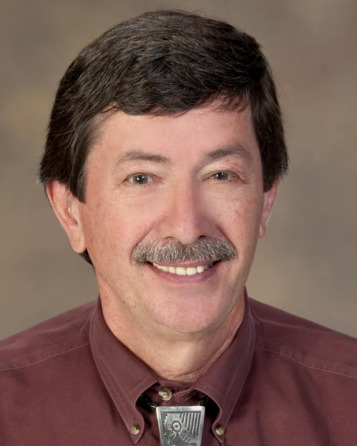
Steve Larson
Research Scientist/Senior Staff Scientist
Asteroid Surveys, Small Bodies
Bashar Rizk
Research Scientist/Senior Staff Scientist, OSIRIS-REx/OCAMS
Asteroid Surveys, Planetary AtmospheresAsteroid Surveys Support Staff

Tracie Beuden
Survey Operations Specialist, Catalina Sky Survey
Asteroid Surveys
Terrence Bressi
Engineer/Observer, Spacewatch
Asteroid Surveys
Vivian Carvajal
Survey Operations Specialist, Catalina Sky Survey
Asteroid Surveys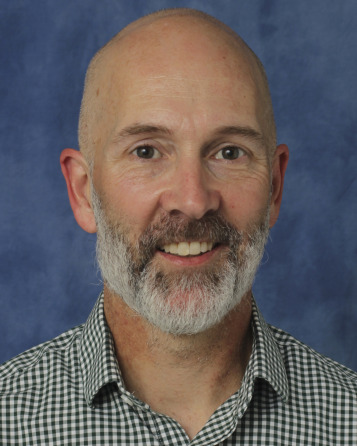
Don Fay
R&D Systems Engineer, Catalina Sky Survey
Asteroid Surveys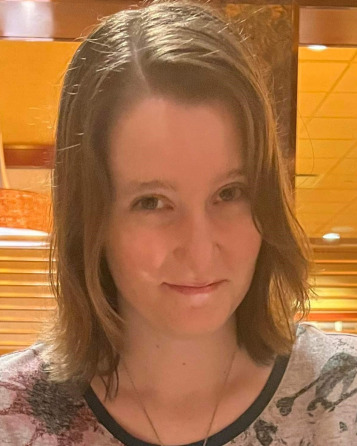
Jacqueline Fazekas
Research Technologist, Catalina Sky Survey
Asteroid Surveys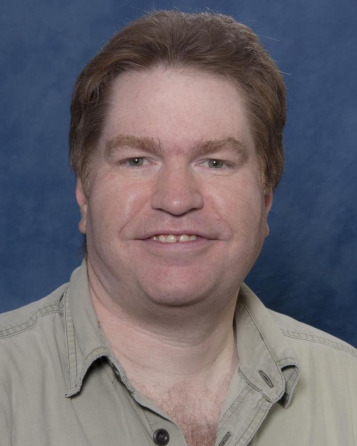
Alex Gibbs
Principal Engineer, Catalina Sky Survey
Asteroid Surveys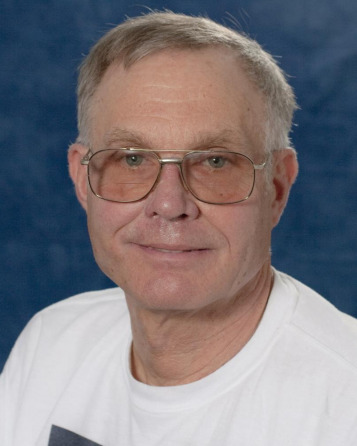
Albert Grauer
Technical Expert, Catalina Sky Survey
Asteroid Surveys
Joshua Hogan
Research Technologist, Catalina Sky Survey
Asteroid Surveys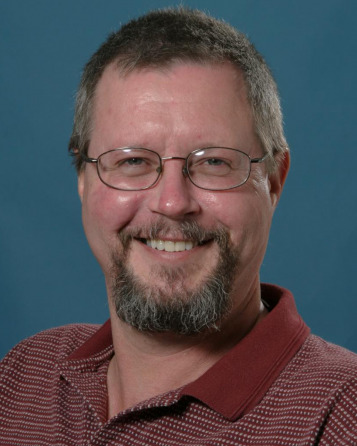
Richard Kowalski
Research Specialist, Senior, Catalina Sky Survey
Asteroid Surveys
Jeffrey Larsen
Technical Expert, Spacewatch
Asteroid Surveys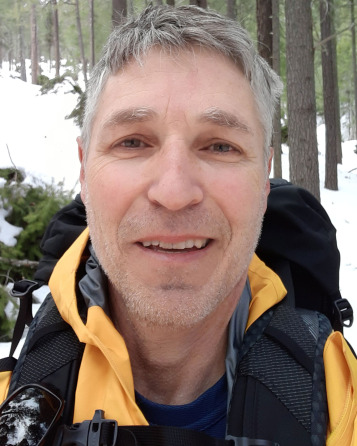
Gregory Leonard
Research Specialist, Senior, Catalina Sky Survey
Asteroid Surveys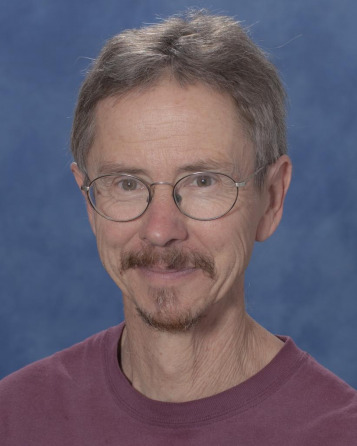
Ronald Mastaler
Observer, Spacewatch
Asteroid Surveys
David Rankin
R&D Operations Engineer, Catalina Sky Survey
Asteroid Surveys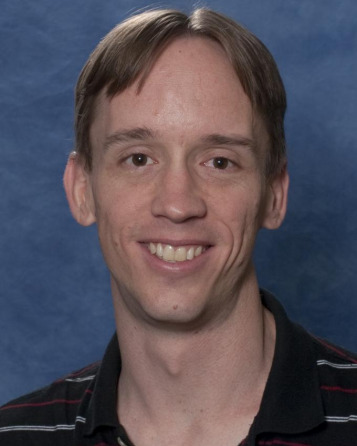
Michael Read
Chief Engineer/Observer, Spacewatch
Asteroid Surveys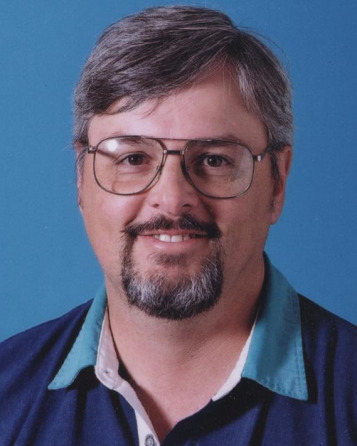
James Scotti
Observer, Spacewatch
Asteroid Surveys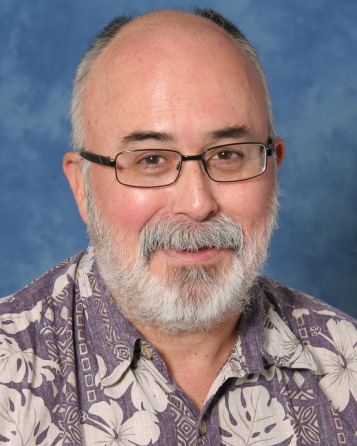
Robert Seaman
Data Engineer, Senior, Data Engineer, Senior, Catalina Sky Survey
Asteroid Surveys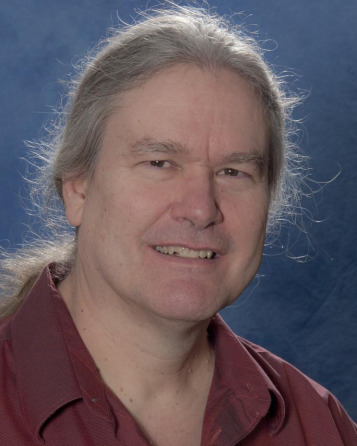
Frank Shelly
Senior Systems Programmer, Catalina Sky Survey
Asteroid Surveys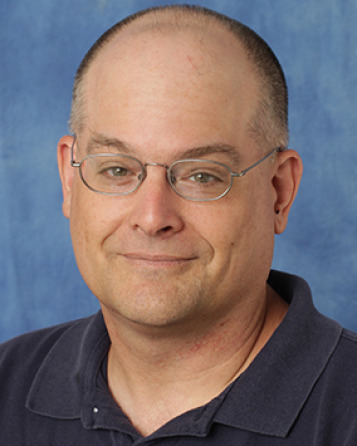
Andrew Tubbiolo
Engineer/Observer, Spacewatch
Asteroid Surveys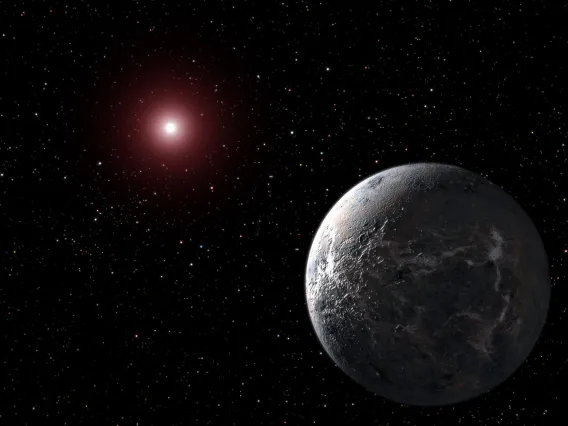
Astrobiology
Astrobiology
×Astrobiology is a vibrant, interdisciplinary field that focuses on the study of the origins, distribution and evolution of life in the universe. The Arizona Astrobiology Center (AABC) brings together researchers from across campus to serve as a hub for diverse scientific endeavors, providing bold and transformative dialogue to make astrobiology discoveries relevant to the experiences of all people on Earth.
In addition to the strengths of AABC, U of A is home to two of the eight interdisciplinary research teams selected by the NASA Astrobiology Program to inaugurate its Interdisciplinary Consortia for Astrobiology Research program are located at the University of Arizona. Led by Dániel Apai, the teams were selected from a pool of more than 40 proposals. The breadth and depth of the research of these teams spans the spectrum of astrobiology research, from cosmic origins to planetary system formation, origins and evolution of life, and the search for life beyond Earth.
The University of Arizona offers both undergraduate and graduate minors in Astrobiology.
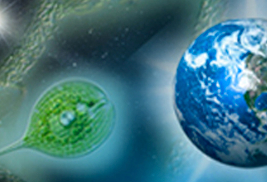 Arizona Astrobiology Center
Arizona Astrobiology CenterArizona Astrobiology Center
Researchers and students benefit from a long campus history of interdisciplinary collaboration drawing from astronomy, planetary sciences, chemistry, geo- and biological sciences and early engagement with pioneering NASA astrobiology nodes.
Astrobiology Faculty

Dániel Apai
Interim Associate Dean for Research, College of Science, Principal Investigator, Alien Earths, Professor
Astrobiology, Exoplanets, Planetary Atmospheres, Planetary Formation and Evolution
William Boynton
Professor Emeritus
Astrobiology, Cosmochemistry, Lunar Studies, Small Bodies
Shane Byrne
Professor
Astrobiology, Photogrammetry, Planetary Analogs, Planetary Geophysics, Planetary Surfaces, Titan & Outer Solar System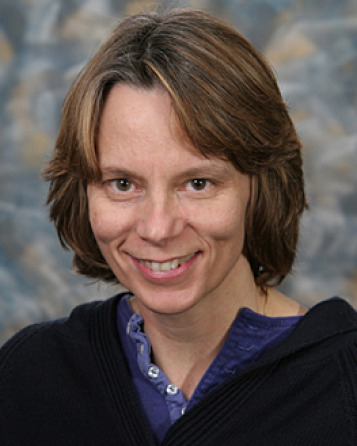
Caitlin Griffith
Professor Emeritus
Astrobiology, Exoplanets, Planetary Astronomy, Planetary Atmospheres, Planetary Formation and Evolution, Planetary Surfaces, Titan & Outer Solar System
Virginia Gulick
Research Professor
Astrobiology, Planetary Analogs, Planetary Surfaces
Pierre Haenecour
Assistant Professor
Astrobiology, Cosmochemistry, Planetary Astronomy, Small Bodies
Christopher Hamilton
Associate Professor
Astrobiology, Earth, Lunar Studies, Photogrammetry, Planetary Analogs, Planetary Geophysics, Planetary Surfaces
Dante Lauretta
Director, Arizona Astrobiology Center, Principal Investigator, OSIRIS-REx, Regents Professor
Astrobiology, Cosmochemistry, Small Bodies
Renu Malhotra
Louise Foucar Marshall Science Research Professor, Regents Professor
Astrobiology, Exoplanets, Orbital Dynamics, Planetary Formation and Evolution, Small Bodies, Theoretical Astrophysics
Isamu Matsuyama
Professor
Astrobiology, Exoplanets, Lunar Studies, Planetary Formation and Evolution, Planetary Geophysics, Theoretical Astrophysics, Titan & Outer Solar System
Alfred McEwen
Regents Professor
Astrobiology, Lunar Studies, Photogrammetry, Planetary Analogs, Planetary Geophysics, Planetary Surfaces
Ilaria Pascucci
Professor
Astrobiology, Exoplanets, Planetary Astronomy, Planetary Formation and Evolution
Sukrit Ranjan
Assistant Professor
Astrobiology, Earth, Exoplanets, Planetary Atmospheres, Planetary Formation and Evolution, Theoretical Astrophysics
Peter Smith
Professor Emeritus
Astrobiology
Roger Yelle
Professor
Astrobiology, Exoplanets, Planetary Atmospheres, Titan & Outer Solar System
Tom Zega
Professor
Astrobiology, Cosmochemistry, Small BodiesAstrobiology Researchers
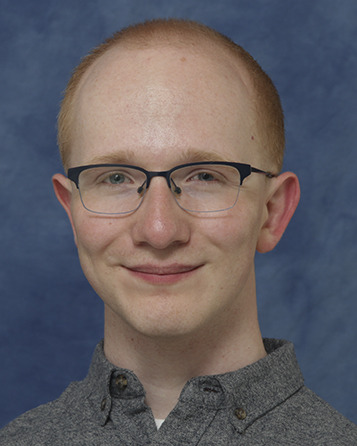
Galen Bergsten
PTYS Graduate Student
Astrobiology, Exoplanets, Planetary Atmospheres, Planetary Formation and Evolution
Jacob Bernal
DCC Postdoctoral Research Associate (Zega), NSF Postdoctoral Fellow
Astrobiology, Cosmochemistry, Small Bodies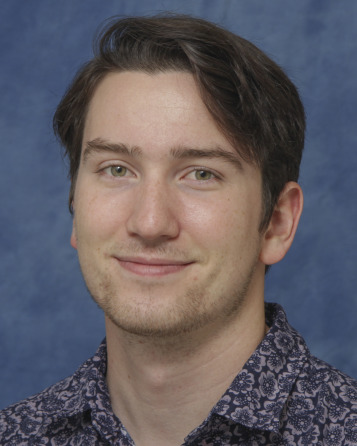
David Cantillo
PTYS Graduate Student
Astrobiology, Small Bodies, Space Situational Awareness
Maddy Christensen
PTYS Graduate Student
Astrobiology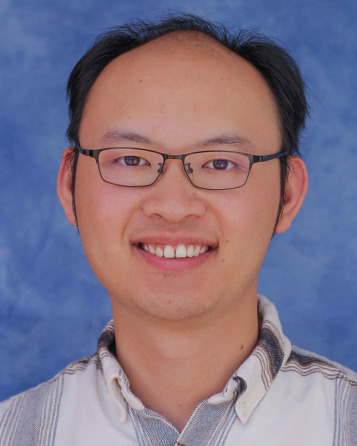
Dingshan Deng
PTYS Graduate Student
Astrobiology, Exoplanets, Planetary Formation and Evolution
Searra Foote
PTYS Graduate Student
Astrobiology, Exoplanets, Planetary Atmospheres
Ruby Fulford
PTYS Graduate Student
Astrobiology, Planetary Geophysics, Planetary Surfaces, Small Bodies, Titan & Outer Solar System
Kiki Gonglewski
PTYS Graduate Student
Astrobiology, Exoplanets, Planetary Formation and Evolution
Nathan Hadland
PTYS Graduate Student
Astrobiology, Earth, Planetary Analogs, Planetary Surfaces
Michael Phillips
Researcher/Scientist
Astrobiology, Photogrammetry, Planetary Analogs, Planetary Surfaces
Lily Robinthal
PTYS Graduate Student
Astrobiology, Exoplanets, Planetary Astronomy, Planetary Atmospheres
Christina Singh
PTYS Graduate Student
Astrobiology, Photogrammetry, Planetary Analogs, Planetary Surfaces
Kayla Smith
PTYS Graduate Student
Astrobiology, Exoplanets, Planetary Atmospheres
Lucas Smith
PTYS Graduate Student
Astrobiology, Cosmochemistry
Jingyu Wang
PTYS Graduate Student
Astrobiology, Exoplanets, Planetary Astronomy, Planetary Atmospheres
James Windsor
Postdoctoral Research Associate
Astrobiology, Exoplanets, Planetary Astronomy, Planetary Atmospheres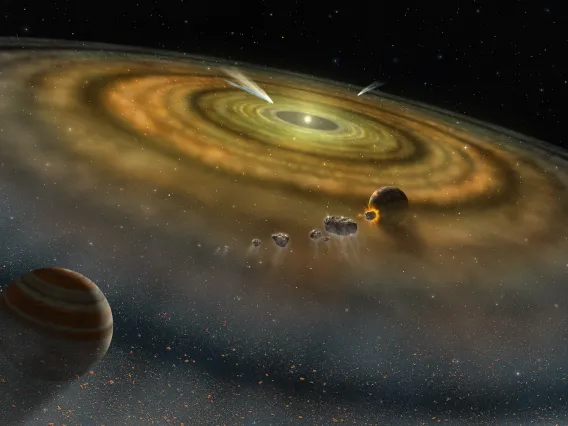
Cosmochemistry
Cosmochemistry
×Planetary Materials are those pieces of condensed matter that were leftover from the time that our solar system formed over 4.5 billion years ago. Current emphasis is on determining the structure of materials at the atomic scale using transmission electron microscopy. In addition, we are pursuing instrumentation to analyze samples that will be brought back from asteroids and other Solar System bodies in the 2020s.
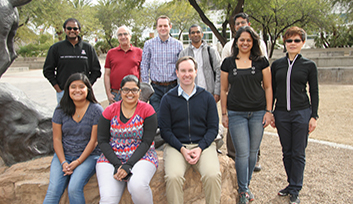 PMRG
PMRGPlanetary Materials Research Group
Planetary Materials are those pieces of condensed matter that were leftover from the time that our solar system formed over 4.5 billion years ago. Such materials include interplanetary dust particles, pre-solar grains, primitive meteorites and soils from the Moon and asteroids. The Planetary Materials Research Group studies the constituent minerals within such samples at scales ranging from micrometers down to the atomic. We use information on crystal structure and chemistry to understand the conditions under which such minerals formed.
Cosmochemistry Faculty

Jessica Barnes
Associate Professor
Cosmochemistry, Lunar Studies, Planetary Analogs
William Boynton
Professor Emeritus
Astrobiology, Cosmochemistry, Lunar Studies, Small Bodies
Pierre Haenecour
Assistant Professor
Astrobiology, Cosmochemistry, Planetary Astronomy, Small Bodies
Dante Lauretta
Director, Arizona Astrobiology Center, Principal Investigator, OSIRIS-REx, Regents Professor
Astrobiology, Cosmochemistry, Small Bodies
Vishnu Reddy
Professor
Cosmochemistry, Planetary Astronomy, Planetary Surfaces, Small Bodies, Space Situational Awareness
Timothy Swindle
Professor Emeritus
Cosmochemistry, Lunar Studies, Small Bodies, Theoretical Astrophysics
Tom Zega
Professor
Astrobiology, Cosmochemistry, Small BodiesCosmochemistry Researchers

Elana Alevy
PTYS Graduate Student, Research Technician
Cosmochemistry
Maizey Benner
PTYS Graduate Student
Cosmochemistry
Jacob Bernal
DCC Postdoctoral Research Associate (Zega), NSF Postdoctoral Fellow
Astrobiology, Cosmochemistry, Small Bodies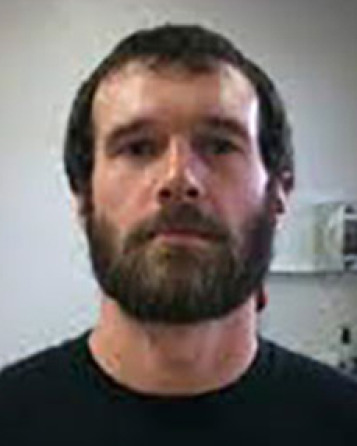
Elias Bloch
Researcher/Scientist
Cosmochemistry
Laura Chaves
Postdoctoral Research Associate
Cosmochemistry, Small Bodies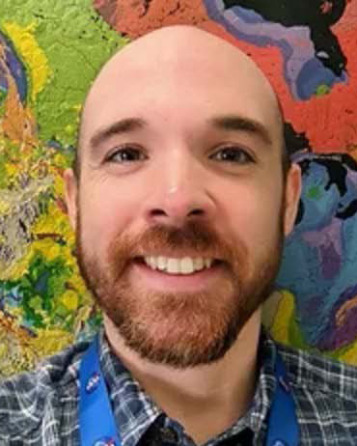
Samuel Crossley
Researcher/Scientist
Cosmochemistry, Planetary Analogs, Planetary Formation and Evolution, Small Bodies
Kana Ishimaru
PTYS Graduate Student
Cosmochemistry, Small Bodies
Nicole Kerrison
PTYS Graduate Student
Cosmochemistry
Melissa Kontogiannis
PTYS Graduate Student
Cosmochemistry
Iunn Ong
PTYS Graduate Student
Cosmochemistry
Beau Prince
PTYS Graduate Student
Cosmochemistry
Lucas Smith
PTYS Graduate Student
Astrobiology, Cosmochemistry
Nathalia Vega Santiago
PTYS Graduate Student
CosmochemistryCosmochemistry Support Staff

Dolores Hill
Research Specialist, Senior
Cosmochemistry, Small Bodies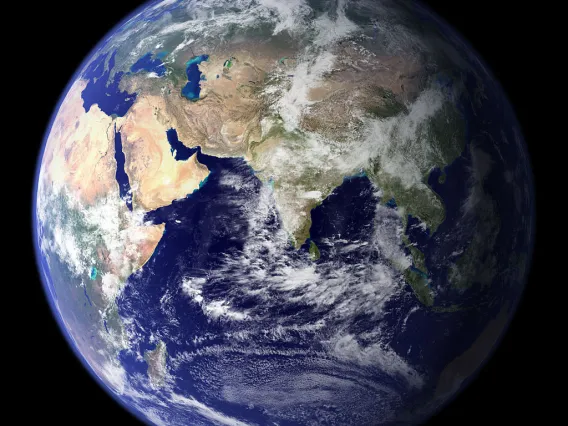
Earth
Earth
×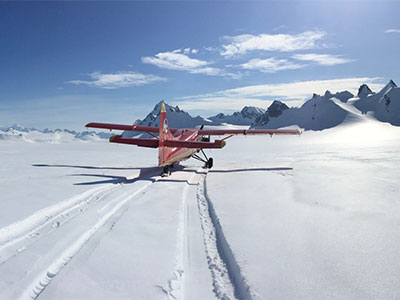 Earth Dynamics Observatory
Earth Dynamics ObservatoryEarth Dynamics Observatory
Combines the University’s strengths in space exploration, instrumentation, and earth sciences to learn more about our planet. Collecting information about Earth from space provides new information about how Earth systems work, how they are changing, and how humans might anticipate and respond to changes. Integrating UA’s expertise across diverse disciplines, in partnership with agencies and industry, allows researchers to collaboratively pose questions, design instruments to acquire the data needed to answer the questions, get the instruments into space to collect and transmit the data, analyze the data, and interpret its meaning. The results, especially when combined with ground-based data, will place the university at the forefront of understanding and educating others about how our planet functions and how we can mitigate and respond to hazards.
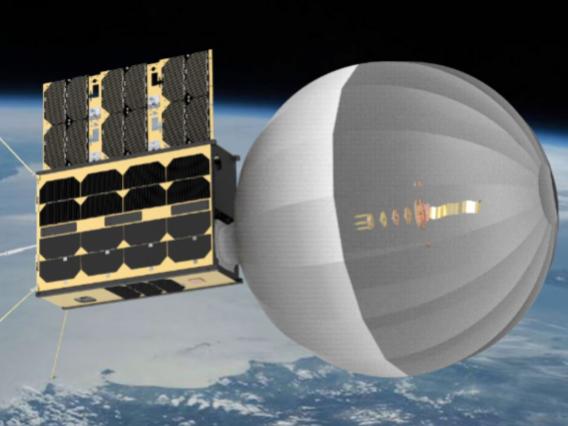 CatSat
CatSatCatSat
CatSat is a 6U CubeSat being built and tested by University of Arizona students, faculty, and staff.
During the mission’s six month expected lifetime, CatSat will detect high frequency signals from HAM radio operators all around the globe with its WSPR antenna, demonstrate an inflatable antenna for high bandwidth transmission, and provide high resolution imaging of the Earth. The data this satellite provides will give insights on the variation of the ionosphere and the technical capabilities of the new systems being tested.
Earth Faculty

Lynn Carter
Associate Department Head, Professor, University Distinguished Scholar
Earth, Lunar Studies, Planetary Analogs, Planetary Geophysics, Planetary Surfaces, Titan & Outer Solar System
Dani Mendoza DellaGiustina
Assistant Professor, Deputy Principal Investigator, OSIRIS-REx, Principal Investigator, OSIRIS-APEX
Earth, Photogrammetry, Planetary Analogs, Planetary Geophysics, Planetary Surfaces, Small Bodies
Christopher Hamilton
Associate Professor
Astrobiology, Earth, Lunar Studies, Photogrammetry, Planetary Analogs, Planetary Geophysics, Planetary Surfaces
Jack Holt
Professor, EDO Director
Earth, Planetary Analogs, Planetary Geophysics, Planetary Surfaces
Lon Hood
Research Professor
Earth, Planetary Geophysics
Stefano Nerozzi
Assistant Research Professor
Earth, Planetary Analogs, Planetary Geophysics, Planetary Surfaces
Sukrit Ranjan
Assistant Professor
Astrobiology, Earth, Exoplanets, Planetary Atmospheres, Planetary Formation and Evolution, Theoretical AstrophysicsEarth Researchers

Brett Carr
Researcher/Scientist
Earth, Lunar Studies, Photogrammetry, Planetary Analogs, Planetary Surfaces
Rishi Chandra
PTYS Graduate Student
Earth, Lunar Studies, Planetary Analogs, Planetary Geophysics, Planetary Surfaces, Small Bodies
Michael Daniel
PTYS Graduate Student
Earth, Planetary Surfaces
Nathan Hadland
PTYS Graduate Student
Astrobiology, Earth, Planetary Analogs, Planetary Surfaces
Sarah Sutton
Photogrammetry Program Lead, HiRISE, Researcher/Scientist
Earth, Lunar Studies, Photogrammetry, Planetary Analogs, Planetary Surfaces, Small BodiesEarth Support Staff

Singleton Papendick
Science Operations Engineer, HiRISE
Earth, Planetary Surfaces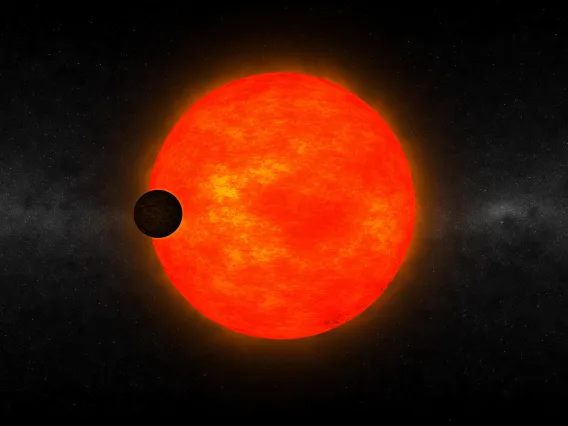
Exoplanets
Exoplanets
×Understanding planetary evolution and how life emerged on Earth are among the most fundamental questions in planetary science and astronomy. We are living in an exciting era where, in addition to the planets in our Solar System, we can study and characterize thousands of exoplanets orbiting other stars. Exoplanet studies at LPL cover a broad range of topics and benefit from unique departmental collaborations that bridge Solar System planetary science to astronomy. Key themes include the characterization and dispersal of protoplanetary disks around young stars, dynamics and stability of planetary systems, direct imaging and transit observations of exoplanets, and exoplanet atmospheric formation, evolution, and characterization.
Exoplanets Faculty

Dániel Apai
Interim Associate Dean for Research, College of Science, Principal Investigator, Alien Earths, Professor
Astrobiology, Exoplanets, Planetary Atmospheres, Planetary Formation and Evolution
Gilda Ballester
Research Professor (Retired)
Exoplanets, Planetary Astronomy, Planetary Atmospheres
Travis Barman
Professor
Exoplanets
Caitlin Griffith
Professor Emeritus
Astrobiology, Exoplanets, Planetary Astronomy, Planetary Atmospheres, Planetary Formation and Evolution, Planetary Surfaces, Titan & Outer Solar System
William Hubbard
Professor Emeritus
Exoplanets, Planetary Atmospheres, Planetary Formation and Evolution, Theoretical Astrophysics, Titan & Outer Solar System
Tommi Koskinen
Associate Department Head, Associate Professor
Exoplanets, Planetary Atmospheres, Planetary Formation and Evolution, Titan & Outer Solar System
Renu Malhotra
Louise Foucar Marshall Science Research Professor, Regents Professor
Astrobiology, Exoplanets, Orbital Dynamics, Planetary Formation and Evolution, Small Bodies, Theoretical Astrophysics
Mark S. Marley
Director, Department Head, Professor
Exoplanets
Isamu Matsuyama
Professor
Astrobiology, Exoplanets, Lunar Studies, Planetary Formation and Evolution, Planetary Geophysics, Theoretical Astrophysics, Titan & Outer Solar System
Ilaria Pascucci
Professor
Astrobiology, Exoplanets, Planetary Astronomy, Planetary Formation and Evolution
Sukrit Ranjan
Assistant Professor
Astrobiology, Earth, Exoplanets, Planetary Atmospheres, Planetary Formation and Evolution, Theoretical Astrophysics
Tyler Robinson
Associate Professor
Exoplanets
Roger Yelle
Professor
Astrobiology, Exoplanets, Planetary Atmospheres, Titan & Outer Solar SystemExoplanets Researchers

Rahul Arora
PTYS Graduate Student
Exoplanets, Planetary Atmospheres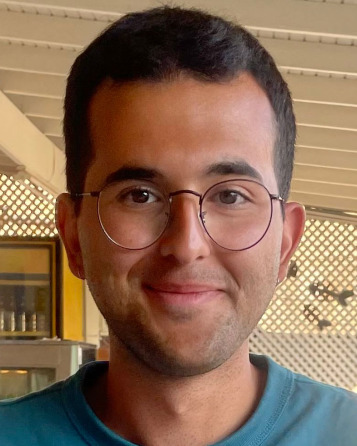
Arin Avsar
PTYS Graduate Student
Exoplanets, Planetary Astronomy, Planetary Formation and Evolution
Naman Bajaj
PTYS Graduate Student
Exoplanets, Planetary Formation and Evolution
Galen Bergsten
PTYS Graduate Student
Astrobiology, Exoplanets, Planetary Atmospheres, Planetary Formation and Evolution
Dingshan Deng
PTYS Graduate Student
Astrobiology, Exoplanets, Planetary Formation and Evolution
Searra Foote
PTYS Graduate Student
Astrobiology, Exoplanets, Planetary Atmospheres
Kiki Gonglewski
PTYS Graduate Student
Astrobiology, Exoplanets, Planetary Formation and Evolution
Kylie Hall
PTYS Graduate Student
Exoplanets
Joanna Hardesty
PTYS Graduate Student
Exoplanets, Planetary Atmospheres, Planetary Formation and Evolution
Lori Huseby
PTYS Graduate Student
Exoplanets, Planetary Atmospheres
Chaucer Langbert
PTYS Graduate Student
Exoplanets, Planetary Atmospheres
Fuda Nguyen
PTYS Graduate Student
Exoplanets, Planetary Atmospheres, Planetary Formation and Evolution, Theoretical Astrophysics
Lily Robinthal
PTYS Graduate Student
Astrobiology, Exoplanets, Planetary Astronomy, Planetary Atmospheres
Kayla Smith
PTYS Graduate Student
Astrobiology, Exoplanets, Planetary Atmospheres
Anna Taylor
PTYS Graduate Student
Exoplanets, Planetary Atmospheres, Theoretical Astrophysics
Jingyu Wang
PTYS Graduate Student
Astrobiology, Exoplanets, Planetary Astronomy, Planetary Atmospheres
James Windsor
Postdoctoral Research Associate
Astrobiology, Exoplanets, Planetary Astronomy, Planetary Atmospheres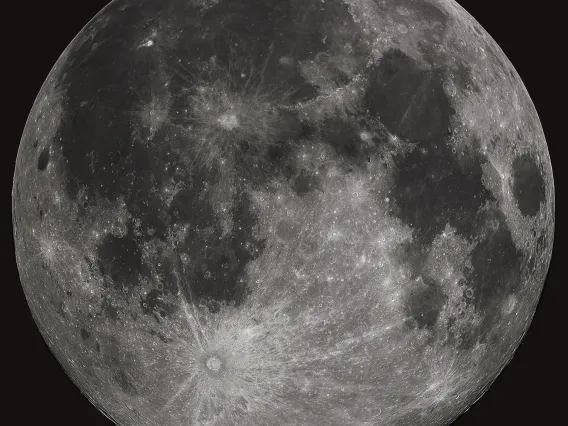
Lunar Studies
Lunar Studies
×Lunar research was one of the hallmarks of the Lunar and Planetary Laboratory in its first decade (the 1960s) as the United States prepared for the Apollo missions and LPL led the way in mapping possible landing sites. In the half-century since, the kinds of lunar research performed have changed, but the Moon is still an object of intense scrutiny. Our nearest neighbor in space lacks many of the processes occurring on the surface of Earth today, including the effects of wind, water and biology, so the rocks on its surface contain records of a much earlier era of Solar System history. On the other hand, because it lacks either an atmosphere or a strong internal magnetic field, its surface experiences effects that the Earth’s surface does not. Current LPL researchers study many different aspects of the Moon, including its composition, history, surface properties, magnetic field, interior structure, and even its tenuous atmosphere. Although the first studies were done with telescopes, we now have everything from the samples returned in the Apollo missions to modern spacecraft missions in orbit around the Moon. Read more about our history with lunar research.
Lunar Studies Faculty

Jeffrey Andrews-Hanna
Professor
Lunar Studies, Planetary Geophysics, Planetary Surfaces, Titan & Outer Solar System
Erik Asphaug
Professor
Lunar Studies, Planetary Analogs, Planetary Geophysics, Planetary Surfaces, Small Bodies, Theoretical Astrophysics, Titan & Outer Solar System
Jessica Barnes
Associate Professor
Cosmochemistry, Lunar Studies, Planetary Analogs
William Boynton
Professor Emeritus
Astrobiology, Cosmochemistry, Lunar Studies, Small Bodies
Veronica Bray
Associate Research Professor
Lunar Studies, Planetary Analogs, Planetary Surfaces
Lynn Carter
Associate Department Head, Professor, University Distinguished Scholar
Earth, Lunar Studies, Planetary Analogs, Planetary Geophysics, Planetary Surfaces, Titan & Outer Solar System
Christopher Hamilton
Associate Professor
Astrobiology, Earth, Lunar Studies, Photogrammetry, Planetary Analogs, Planetary Geophysics, Planetary Surfaces
Angela Marusiak
Assistant Research Professor
Lunar Studies, Planetary Analogs, Planetary Geophysics, Small Bodies, Titan & Outer Solar System
Isamu Matsuyama
Professor
Astrobiology, Exoplanets, Lunar Studies, Planetary Formation and Evolution, Planetary Geophysics, Theoretical Astrophysics, Titan & Outer Solar System
Alfred McEwen
Regents Professor
Astrobiology, Lunar Studies, Photogrammetry, Planetary Analogs, Planetary Geophysics, Planetary SurfacesLunar Studies Researchers
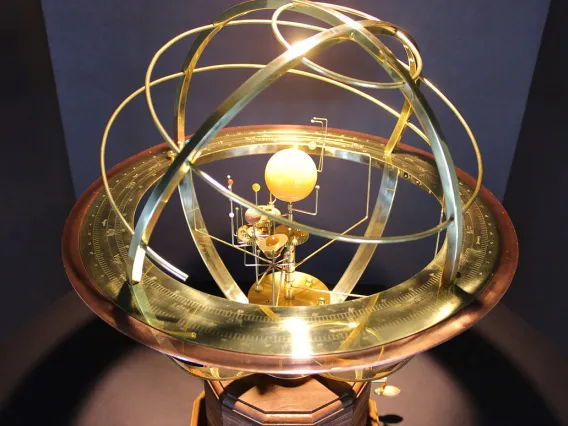
Orbital Dynamics
Orbital Dynamics
×Kepler's laws of planetary motion turn out to be far from the last word on planetary orbits. Orbits change over time, some changes are slow and periodic, others are chaotic and dramatic; these determine the architecture of planetary systems. In orbital dynamics research, we seek to discover the past and future of planetary systems - the diverse effects of gravity that shape where and how planets form and how their orbits evolve in time. We study the orbital evolution of planetary and satellite systems, and small bodies (asteroids and comets), as well as interplanetary dust, in the solar system and in exo-planetary systems. We seek discovery and understanding of the dynamical transport processes of planetary materials across vast distances in space and over geologically long times. We study how Earth's habitability is affected by its orbital history, and how orbital dynamics shapes extra-terrestrial environments.
Recent News
July 2020
-
Kathryn Volk is now the Chair of the AAS Division on Dynamical Astronomy
-
A new paper by Kathryn Volk (co-authored with Renu Malhotra) on the source of dynamical instability in multiplanet systems: "Dynamical instabilities in systems of multiple short-period planets are likely driven by secular chaos: a case study of Kepler-102" Volk & Malhotra 2020, AJ in press
-
Steward Observatory Graduate Student Rachel Smullen and Kathryn Volk had a paper accepted about using machine learning to dynamically classify Kuiper belt objects: "Machine Learning Classification of Kuiper Belt Populations" Smullen & Volk, MNRAS in press
June 2020
- A new paper by Prof Renu Malhotra describes the discovery of low eccentricity bridges between first order mean motion resonances: On the Divergence of First Order Resonance Widths at Low Eccentricities
- Graduate Student Nathaniel Hendler led this new paper on measuring the sizes of 199 protoplanetary disks: The Evolution of Dust Disk Sizes from a Homogeneous Analysis of 1-10 Myr old Stars
March 2020
- Regents Professor Renu Malhotra co-authored this paper on Search for L5 Earth Trojans with DECam, Markwardt et al., MNRAS, 492(4):6105-6119 (2020)
February 2020
- Graduate student Hamish Hay successfully defended his PhD Dissertation, “A Tale of Tides: icy satellites, subsurface oceans, and tightly-packed planetary systems”
- Graduate student Teddy Kareta led this paper on the new interstellar object 2I/Borisov Carbon Chain Depletion of 2I/Borisov
December 2019
- A new paper led by graduate student Teddy Kareta "Physical Characterization of the 2017 December Outburst of the Centaur 174P/Echeclus", (2019), Astronomical Journal, 158, 6.
- Regents Professor Renu Malhotra’s work featured in the Economist How the planets got their spots - The Economist, December 2019
November 2019
- Resonant Kuiper Belt Objects: a review, Geoscience Letters, 6:12 (2019). (a review paper by Regents Professor Renu Malhotra)
October 2019
- Kathryn Volk’s work featured in UA News Beyond Jupiter, Researchers Discovered a 'Cradle of Comets'
August 2019
- A new paper by visiting graduate student Lan Lei and Regents Professor Renu Malhotra Neptune's resonances in the Scattered Disk, CMDA, 131, article ID 39, 26 pp. (2019)
April 2019
- A new paper led by graduate student Hamish Hay Tides Between the TRAPPIST-1 Planets
March 2019
- LPL’s 2019 Kuiper Award goes to graduate student Hamish Hay!
February 2019
- Nonlinear tidal dissipation in the subsurface oceans of Enceladus and other icy satellites (a new paper led by Hamish Hay)
- The case for a deep search for Earth's Trojan asteroids, Nature Astronomy (18 February 2019). (A Comment by Regents Professor Renu Malhotra)
- Regents Professor Renu Malhotra quoted in PBS Nova article Battle scars on Pluto and Charon, PBS Nova, February 2019
December 2018
- Regents Professor Renu Malhotra’s work featured in the New York Times A Journey into the Solar System’s outer reaches, New York Times, December 2018
- Regents Professor Renu Malhotra’s work featured in Science magazine Did the ancient Sun go on a diet? Science, December 2018
November 2018
- A paper led by Teddy Kareta "Rotationally Resolved Spectroscopic Characterization of Near-Earth Object (3200) Phaethon", (2018)
September 2018
- A paper co-authored by graduate student Hamish Hay Ocean tidal heating in icy satellites with solid shells
June 2018
- Associate Professor of Practice Steve Kortenkamp’s Project POEM featured in the UA News UA Encourages Visually Impaired Teens in STEM - June 13, 2018
December 2017
- Nathaniel Hendler led this paper on the transition disc of T Chameleon A likely planet-induced gap in the disc around T Cha
Orbital Dynamics Faculty

Renu Malhotra
Louise Foucar Marshall Science Research Professor, Regents Professor
Astrobiology, Exoplanets, Orbital Dynamics, Planetary Formation and Evolution, Small Bodies, Theoretical AstrophysicsOrbital Dynamics Researchers

Robert Melikyan
PTYS Graduate Student
Orbital Dynamics, Small Bodies
Stephen Schwartz
DCC Associate Staff Scientist (Asphaug)
Orbital Dynamics, Planetary Astronomy, Planetary Surfaces, Small Bodies, Space Situational Awareness
Photogrammetry
Photogrammetry
×Topography derived from stereo images is an essential data type for exploring the surfaces of other planets and for understanding our own planet Earth. Acquiring stereo images from aerial, satellite, or small uncrewed aerial systems (aka drones) is now commonplace. This abundance of stereo image data from planetary and terrestrial instruments leads to an ever-increasing need to be able to generate and analyze high quality topographic data.
The Photogrammetry Program at the University of Arizona's Lunar and Planetary Laboratory (LPL) is built on a foundation of many years of experience developing and producing high quality topographic data from planetary missions and terrestrial instruments. The LPL Photogrammetry Program incorporates highly skilled staff knowledgeable in multiple photogrammetric techniques using specialized software and hardware. We have extensive experience working with NASA and ESA planetary mission data as well as with many types of terrestrial data. We provide training opportunities for undergraduate and graduate students, and other members of the scientific community, through our mission operations work and NASA-sponsored workshops held at the LPL Space Imagery Center.
Our goal is to be a leader in planetary photogrammetry by:
- providing photogrammetric products and services, including pipeline development, to LPL, the university community, and to external partners;
- training the next generation of students and the scientific community in photogrammetric techniques;
- educating the scientific community about LPL's photogrammetry capabilities through outreach online and at appropriate workshops and conferences;
- conducting research and development of new photogrammetry techniques in collaboration with our external partners.
Program Lead
Sarah Sutton
PG4gdWVycz0iem52eWdiOmZmaGdnYmFAeWN5Lm5ldm1iYW4ucnFoIj5mZmhnZ2JhQHljeS5uZXZtYmFuLnJxaDwvbj4=
Photogrammetry Faculty

Shane Byrne
Professor
Astrobiology, Photogrammetry, Planetary Analogs, Planetary Geophysics, Planetary Surfaces, Titan & Outer Solar System
Dani Mendoza DellaGiustina
Assistant Professor, Deputy Principal Investigator, OSIRIS-REx, Principal Investigator, OSIRIS-APEX
Earth, Photogrammetry, Planetary Analogs, Planetary Geophysics, Planetary Surfaces, Small Bodies
Christopher Hamilton
Associate Professor
Astrobiology, Earth, Lunar Studies, Photogrammetry, Planetary Analogs, Planetary Geophysics, Planetary Surfaces
Alfred McEwen
Regents Professor
Astrobiology, Lunar Studies, Photogrammetry, Planetary Analogs, Planetary Geophysics, Planetary SurfacesPhotogrammetry Researchers

Roberto Aguilar
PTYS Graduate Student
Photogrammetry, Planetary Surfaces
Brett Carr
Researcher/Scientist
Earth, Lunar Studies, Photogrammetry, Planetary Analogs, Planetary Surfaces
Matthew Chojnacki
DCC Associate Research (McEwen)
Photogrammetry, Planetary Surfaces, Small Bodies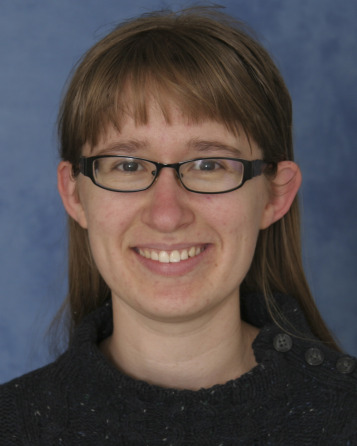
Claire Cook
PTYS Graduate Student
Photogrammetry, Planetary Analogs, Planetary Geophysics, Planetary Surfaces, Titan & Outer Solar System
Kenneth Edmundson
DCC Associate Research (Lauretta)
Photogrammetry
Dathon Golish
Mission Instrument and Observation Scientist
Photogrammetry, Small Bodies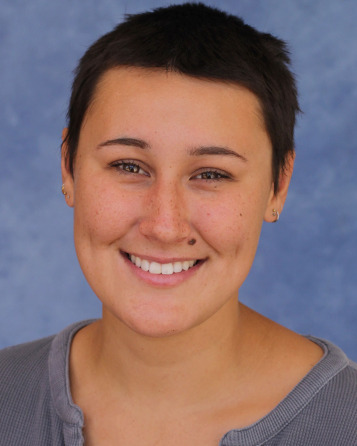
Rowan Huang
PTYS Graduate Student
Photogrammetry, Planetary Surfaces
Euibin Kim
PTYS Graduate Student
Photogrammetry, Planetary Formation and Evolution, Planetary Surfaces
Michael Phillips
Researcher/Scientist
Astrobiology, Photogrammetry, Planetary Analogs, Planetary Surfaces
Christina Singh
PTYS Graduate Student
Astrobiology, Photogrammetry, Planetary Analogs, Planetary Surfaces
Sarah Sutton
Photogrammetry Program Lead, HiRISE, Researcher/Scientist
Earth, Lunar Studies, Photogrammetry, Planetary Analogs, Planetary Surfaces, Small BodiesPhotogrammetry Support Staff

Kris Akers
Research Engineering Technician
Photogrammetry
Kris Becker
Senior Data Analyst, OSIRIS-REx
Photogrammetry
Audrie Fennema
Engineer, Satellite Payload Operations, HiRISE
Photogrammetry
Jason Perry
Staff Technician, HiRISE
Photogrammetry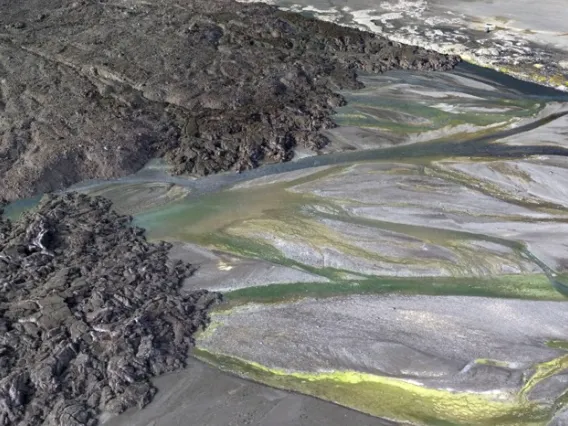
Planetary Analogs
Planetary Analogs
×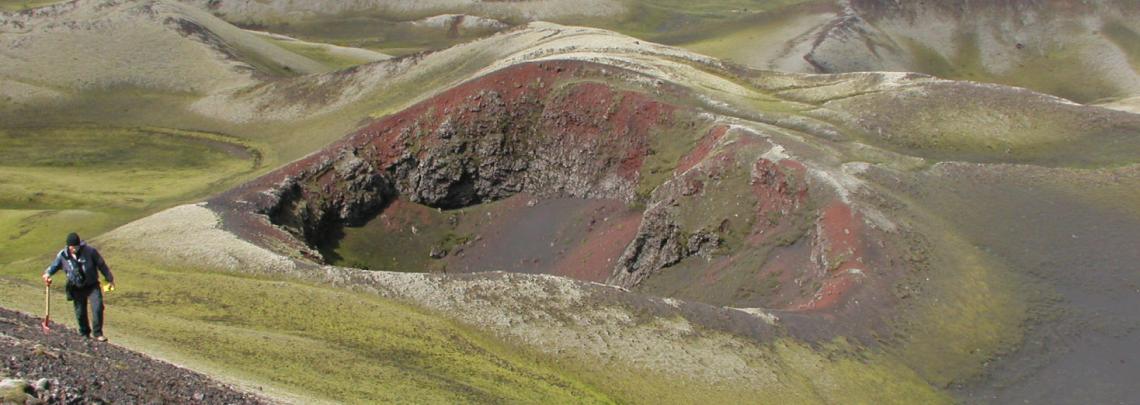 Hamilton Research Group
Hamilton Research GroupHamilton Research Group
Dr. Hamilton's Research Group investigates a range of geologic surface processes to better understand the history of terrestrial bodies in the Solar System. These processes include volcanic, tectonic, glacial, fluvial, aeolian, and impact cratering activity, which we explore through a combination of field-based observations, remote sensing, geophysical modeling, and machine learning.
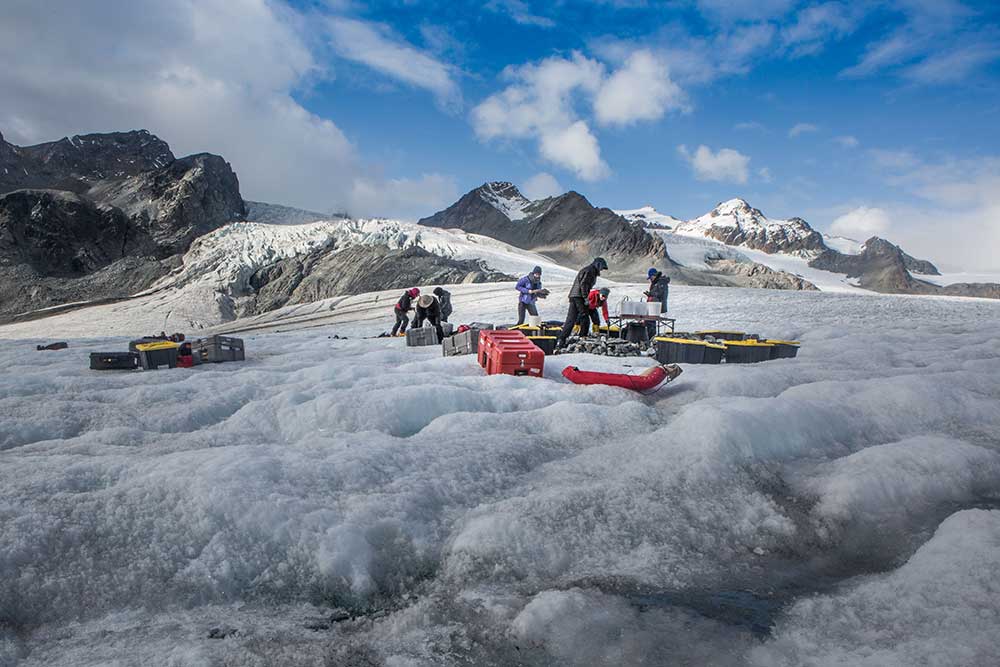 SIIOS
SIIOSSeismometer to Investigate Ice and Ocean Structure (SIIOS)
The icy moons of Europa and Enceladus are thought to have subsurface oceans in contact with mineral-rich interiors, likely providing the ingredients needed for life as we know it. Their crustal thickness and structure is therefore one of the most important and controversial topics in astrobiology. In a future lander-based spacecraft investigation, seismic measurements will be a key geophysical tool for obtaining this critical knowledge. The Seismometer to Investigate Ice and Ocean Structure (SIIOS) field-tests flight-ready technologies and develops the analytical methods necessary to make a seismic study of Europa and Enceladus a reality.
 RAVEN
RAVENRover–Aerial Vehicle Exploration Network (RAVEN)
A team of scientists led by LPL’s Christopher Hamilton, an associate professor, are gearing up to send drones on exploration missions across a vast lava field in Iceland to test a next-generation Mars exploration concept. Hamilton is the principal investigator on a project that has been awarded a $3.1 million NASA grant to develop a new concept combining rovers and unmanned aerial systems, commonly known as drones, to explore regions of the red planet that have been previously inaccessible.
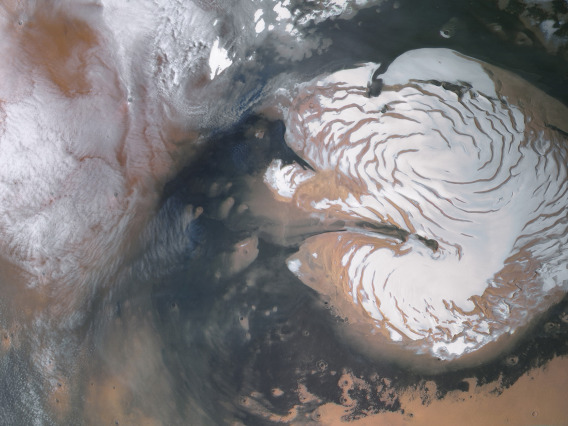 TAPIR
TAPIRTerrestrial And Planetary Investigations and Reconnaissance (TAPIR)
TAPIR research themes include debris-covered glaciers, terrestrial glaciers and ice sheets, Mars polar studies, and geophysical instrumentation techniques.
Planetary Analogs Faculty

Erik Asphaug
Professor
Lunar Studies, Planetary Analogs, Planetary Geophysics, Planetary Surfaces, Small Bodies, Theoretical Astrophysics, Titan & Outer Solar System
Jessica Barnes
Associate Professor
Cosmochemistry, Lunar Studies, Planetary Analogs
Veronica Bray
Associate Research Professor
Lunar Studies, Planetary Analogs, Planetary Surfaces
Shane Byrne
Professor
Astrobiology, Photogrammetry, Planetary Analogs, Planetary Geophysics, Planetary Surfaces, Titan & Outer Solar System
Lynn Carter
Associate Department Head, Professor, University Distinguished Scholar
Earth, Lunar Studies, Planetary Analogs, Planetary Geophysics, Planetary Surfaces, Titan & Outer Solar System
Dani Mendoza DellaGiustina
Assistant Professor, Deputy Principal Investigator, OSIRIS-REx, Principal Investigator, OSIRIS-APEX
Earth, Photogrammetry, Planetary Analogs, Planetary Geophysics, Planetary Surfaces, Small Bodies
Virginia Gulick
Research Professor
Astrobiology, Planetary Analogs, Planetary Surfaces
Christopher Hamilton
Associate Professor
Astrobiology, Earth, Lunar Studies, Photogrammetry, Planetary Analogs, Planetary Geophysics, Planetary SurfacesPlanetary Analogs Researchers

Brett Carr
Researcher/Scientist
Earth, Lunar Studies, Photogrammetry, Planetary Analogs, Planetary Surfaces
Rishi Chandra
PTYS Graduate Student
Earth, Lunar Studies, Planetary Analogs, Planetary Geophysics, Planetary Surfaces, Small Bodies
Claire Cook
PTYS Graduate Student
Photogrammetry, Planetary Analogs, Planetary Geophysics, Planetary Surfaces, Titan & Outer Solar System
Samuel Crossley
Researcher/Scientist
Cosmochemistry, Planetary Analogs, Planetary Formation and Evolution, Small Bodies
Nathan Hadland
PTYS Graduate Student
Astrobiology, Earth, Planetary Analogs, Planetary Surfaces
Samantha Moruzzi
PTYS Graduate Student
Planetary Analogs, Planetary Geophysics, Planetary Surfaces, Titan & Outer Solar System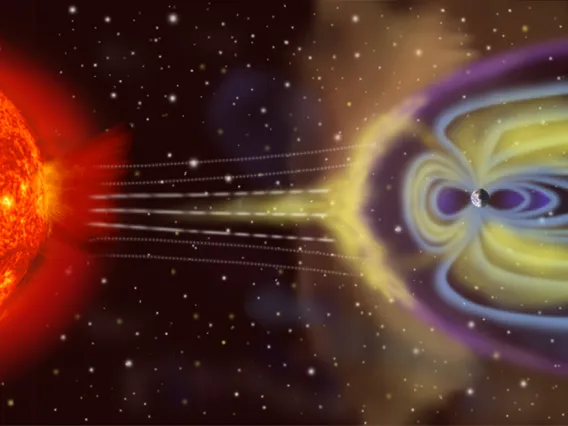
Planetary Astronomy
Planetary Astronomy
×The planets of the solar system, along with their satellite systems, are our only accessible example of the end state of planetary system development. Observational study of these worlds provides us insight into how systems of planets form, the role of migration, bombardment and stellar interaction in their evolution, and the range of potential sites of habitability. Planetary astronomy at LPL targets planets on multiple levels ranging from observations of surface features and composition, through the dynamic and chemical processes in their atmospheres, and ultimately to the interface of their magnetic and atmospheric interaction with the solar wind. These measurements are obtained from a combination of in situ robotic probes, a global network of ground and space-based observatories, and customized instrumentation developed by LPL scientists and engineers. The results are then interpreted in coordination with local laboratory based and theoretical facilities to improve our understanding of the solar neighborhood.
Planetary Astronomy Faculty

Gilda Ballester
Research Professor (Retired)
Exoplanets, Planetary Astronomy, Planetary Atmospheres
Caitlin Griffith
Professor Emeritus
Astrobiology, Exoplanets, Planetary Astronomy, Planetary Atmospheres, Planetary Formation and Evolution, Planetary Surfaces, Titan & Outer Solar System
Pierre Haenecour
Assistant Professor
Astrobiology, Cosmochemistry, Planetary Astronomy, Small Bodies
Walter Harris
Professor
Planetary Astronomy, Planetary Atmospheres, Small Bodies, Solar and Heliospheric Research
Robert (Bob) McMillan
Research Professor (Retired)
Asteroid Surveys, Planetary Astronomy, Small Bodies
Ilaria Pascucci
Professor
Astrobiology, Exoplanets, Planetary Astronomy, Planetary Formation and Evolution
Vishnu Reddy
Professor
Cosmochemistry, Planetary Astronomy, Planetary Surfaces, Small Bodies, Space Situational Awareness
George Rieke
Regents Professor
Planetary AstronomyPlanetary Astronomy Researchers

Arin Avsar
PTYS Graduate Student
Exoplanets, Planetary Astronomy, Planetary Formation and Evolution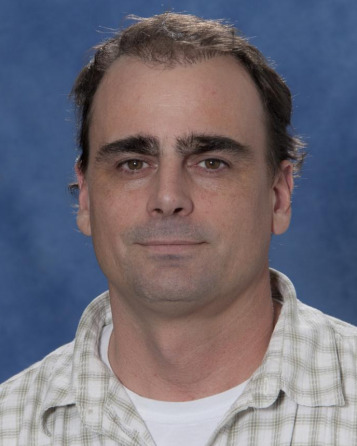
Jason Corliss
Research Scientist/Senior Staff Scientist
Planetary Astronomy, Planetary Atmospheres, Small Bodies, Solar and Heliospheric Research
Erich Karkoschka
Research Scientist/Senior Staff Scientist
Planetary Astronomy, Planetary Atmospheres, Planetary Surfaces, Titan & Outer Solar System
Lily Robinthal
PTYS Graduate Student
Astrobiology, Exoplanets, Planetary Astronomy, Planetary Atmospheres
Stephen Schwartz
DCC Associate Staff Scientist (Asphaug)
Orbital Dynamics, Planetary Astronomy, Planetary Surfaces, Small Bodies, Space Situational Awareness
Jingyu Wang
PTYS Graduate Student
Astrobiology, Exoplanets, Planetary Astronomy, Planetary Atmospheres
James Windsor
Postdoctoral Research Associate
Astrobiology, Exoplanets, Planetary Astronomy, Planetary Atmospheres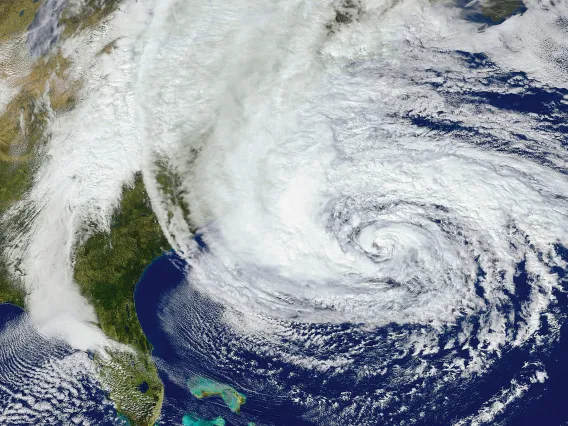
Planetary Atmospheres
Planetary Atmospheres
×The Lunar and Planetary Laboratory has a strong background in the study of planetary and satellite atmospheres. Since the pioneering days of Gerard Kuiper, atmospheres have been an integral part of the research program at LPL. Faculty and staff have been involved in most major space missions that have targeted planetary and satellite atmospheres in the solar system. They have served in leadership roles and participated in instrument development, management as well as the analysis and interpretation of the science results. While prior research focused on the solar system, the department is now also actively involved in the study of extrasolar planet atmospheres. LPL scientists benefit from knowledge gained over decades of detailed solar system studies and apply it to explain new discoveries on extrasolar planets.
Current research into planetary and satellite atmospheres at LPL includes many aspects of solar system and extrasolar planets. LPL scientists are analyzing data and developing models to characterize the atmospheres of Venus, Earth and Mars in the inner solar system. They are involved in research and missions dedicated to the study of the giant planet, satellite and dwarf planet atmospheres in the outer solar system. Beyond the solar system, there is a vibrant effort to observe and model the atmospheres of extrasolar planets. This includes spectroscopic studies and models of extrasolar giant planets as well as efforts to define and constrain the habitability of rocky planet atmospheres for future studies. The goal of these research endeavors is to address fundamental questions about the nature, evolution and habitability of planetary and satellite atmospheres.
Planetary Atmospheres Faculty

Dániel Apai
Interim Associate Dean for Research, College of Science, Principal Investigator, Alien Earths, Professor
Astrobiology, Exoplanets, Planetary Atmospheres, Planetary Formation and Evolution
Gilda Ballester
Research Professor (Retired)
Exoplanets, Planetary Astronomy, Planetary Atmospheres
Caitlin Griffith
Professor Emeritus
Astrobiology, Exoplanets, Planetary Astronomy, Planetary Atmospheres, Planetary Formation and Evolution, Planetary Surfaces, Titan & Outer Solar System
Walter Harris
Professor
Planetary Astronomy, Planetary Atmospheres, Small Bodies, Solar and Heliospheric Research
William Hubbard
Professor Emeritus
Exoplanets, Planetary Atmospheres, Planetary Formation and Evolution, Theoretical Astrophysics, Titan & Outer Solar System
Tommi Koskinen
Associate Department Head, Associate Professor
Exoplanets, Planetary Atmospheres, Planetary Formation and Evolution, Titan & Outer Solar SystemPlanetary Atmospheres Researchers

Rahul Arora
PTYS Graduate Student
Exoplanets, Planetary Atmospheres
Galen Bergsten
PTYS Graduate Student
Astrobiology, Exoplanets, Planetary Atmospheres, Planetary Formation and Evolution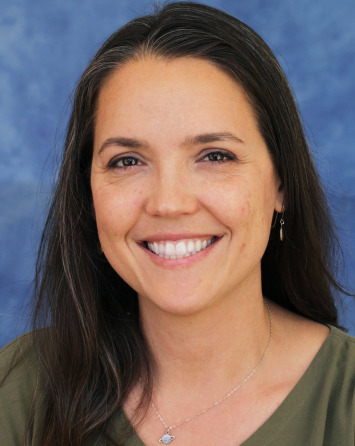
Zarah Brown
Postdoctoral Research Associate
Planetary Atmospheres, Planetary Formation and Evolution
Jason Corliss
Research Scientist/Senior Staff Scientist
Planetary Astronomy, Planetary Atmospheres, Small Bodies, Solar and Heliospheric Research
Searra Foote
PTYS Graduate Student
Astrobiology, Exoplanets, Planetary Atmospheres
Joanna Hardesty
PTYS Graduate Student
Exoplanets, Planetary Atmospheres, Planetary Formation and Evolution
Lori Huseby
PTYS Graduate Student
Exoplanets, Planetary Atmospheres
Erich Karkoschka
Research Scientist/Senior Staff Scientist
Planetary Astronomy, Planetary Atmospheres, Planetary Surfaces, Titan & Outer Solar System
Chaucer Langbert
PTYS Graduate Student
Exoplanets, Planetary Atmospheres
Thea McKenna
PTYS Graduate Student
Planetary Atmospheres, Planetary Surfaces
Cole Meyer
PTYS Graduate Student
Planetary Atmospheres, Planetary Surfaces, Solar and Heliospheric Research
Fuda Nguyen
PTYS Graduate Student
Exoplanets, Planetary Atmospheres, Planetary Formation and Evolution, Theoretical Astrophysics
Tyler Reese
PTYS Graduate Student
Planetary Atmospheres, Solar and Heliospheric Research
Bashar Rizk
Research Scientist/Senior Staff Scientist, OSIRIS-REx/OCAMS
Asteroid Surveys, Planetary Atmospheres
Lily Robinthal
PTYS Graduate Student
Astrobiology, Exoplanets, Planetary Astronomy, Planetary Atmospheres
Kayla Smith
PTYS Graduate Student
Astrobiology, Exoplanets, Planetary Atmospheres
Anna Taylor
PTYS Graduate Student
Exoplanets, Planetary Atmospheres, Theoretical Astrophysics
Jingyu Wang
PTYS Graduate Student
Astrobiology, Exoplanets, Planetary Astronomy, Planetary Atmospheres
James Windsor
Postdoctoral Research Associate
Astrobiology, Exoplanets, Planetary Astronomy, Planetary Atmospheres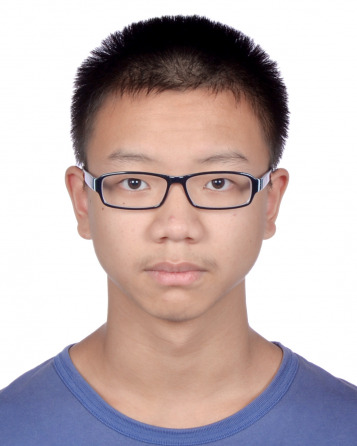
Chengyan Xie
PTYS Graduate Student
Planetary Atmospheres, Planetary Formation and Evolution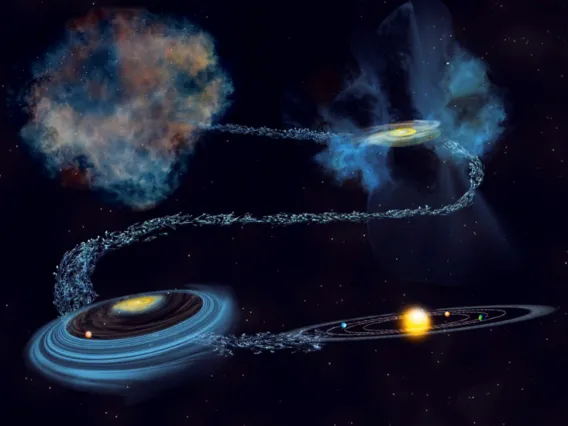
Planetary Formation and Evolution
Planetary Formation and Evolution
×Exoplanet discoveries made in the past decade have revealed that planetary systems are ubiquitous in the Universe and far more diverse than predicted by theoretical models that could reproduce the properties of our own Solar System. At LPL, our research efforts include studying the environments where planets form, the gaseous and dusty disks around young stars. Additionally, we engage in theoretical explorations to better comprehend the process of planetary formation and evolution under different initial conditions. Through the integration of observational data from disks and exoplanets with theoretical models, LPL scientists aim at developing a comprehensive and predictive theory of how planets are formed and how they evolve over time.
Planetary Formation and Evolution Faculty

Dániel Apai
Interim Associate Dean for Research, College of Science, Principal Investigator, Alien Earths, Professor
Astrobiology, Exoplanets, Planetary Atmospheres, Planetary Formation and Evolution
Caitlin Griffith
Professor Emeritus
Astrobiology, Exoplanets, Planetary Astronomy, Planetary Atmospheres, Planetary Formation and Evolution, Planetary Surfaces, Titan & Outer Solar System
William Hubbard
Professor Emeritus
Exoplanets, Planetary Atmospheres, Planetary Formation and Evolution, Theoretical Astrophysics, Titan & Outer Solar System
Tommi Koskinen
Associate Department Head, Associate Professor
Exoplanets, Planetary Atmospheres, Planetary Formation and Evolution, Titan & Outer Solar System
Renu Malhotra
Louise Foucar Marshall Science Research Professor, Regents Professor
Astrobiology, Exoplanets, Orbital Dynamics, Planetary Formation and Evolution, Small Bodies, Theoretical Astrophysics
Isamu Matsuyama
Professor
Astrobiology, Exoplanets, Lunar Studies, Planetary Formation and Evolution, Planetary Geophysics, Theoretical Astrophysics, Titan & Outer Solar System
Ilaria Pascucci
Professor
Astrobiology, Exoplanets, Planetary Astronomy, Planetary Formation and Evolution
Sukrit Ranjan
Assistant Professor
Astrobiology, Earth, Exoplanets, Planetary Atmospheres, Planetary Formation and Evolution, Theoretical AstrophysicsPlanetary Formation and Evolution Researchers

Arin Avsar
PTYS Graduate Student
Exoplanets, Planetary Astronomy, Planetary Formation and Evolution
Naman Bajaj
PTYS Graduate Student
Exoplanets, Planetary Formation and Evolution
Galen Bergsten
PTYS Graduate Student
Astrobiology, Exoplanets, Planetary Atmospheres, Planetary Formation and Evolution
Zarah Brown
Postdoctoral Research Associate
Planetary Atmospheres, Planetary Formation and Evolution
Sophie Clark
PTYS Graduate Student
Planetary Formation and Evolution
Samuel Crossley
Researcher/Scientist
Cosmochemistry, Planetary Analogs, Planetary Formation and Evolution, Small Bodies
Dingshan Deng
PTYS Graduate Student
Astrobiology, Exoplanets, Planetary Formation and Evolution
Kiki Gonglewski
PTYS Graduate Student
Astrobiology, Exoplanets, Planetary Formation and Evolution
Joanna Hardesty
PTYS Graduate Student
Exoplanets, Planetary Atmospheres, Planetary Formation and Evolution
Euibin Kim
PTYS Graduate Student
Photogrammetry, Planetary Formation and Evolution, Planetary Surfaces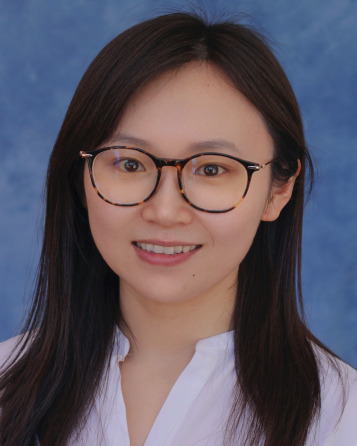
Feng Long
Postdoctoral Research Associate, Sagan Fellow
Planetary Formation and Evolution, Theoretical Astrophysics
Fuda Nguyen
PTYS Graduate Student
Exoplanets, Planetary Atmospheres, Planetary Formation and Evolution, Theoretical Astrophysics
Peter Stephenson
Postdoctoral Research Associate
Planetary Formation and Evolution
Robin Van Auken
PTYS Graduate Student
Planetary Formation and Evolution, Planetary Surfaces
Chengyan Xie
PTYS Graduate Student
Planetary Atmospheres, Planetary Formation and Evolution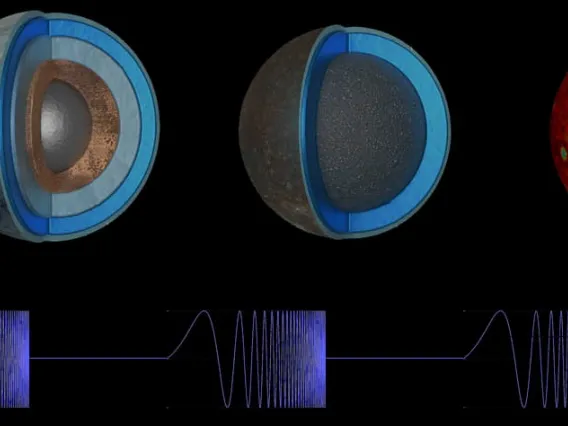
Planetary Geophysics
Planetary Geophysics
×At LPL, we use planetary geophysics to study the interior structure and dynamics of solid planetary bodies. Geophysical data provides a means to see beneath the surfaces of the planets. Radar data is used to peer through the clouds of Venus and Titan, to measure the surface topography of Venus and Titan, and to probe the interiors of glaciers and lava flows on Mars. Laser altimeters have measured the surface topography of Mars and the Moon with incredible precision. Gravity data illuminates the structure of the crust and mantle of the Moon, Mars, Venus, and Mercury. Magnetic data reveals the presence of ancient dynamos in the cores of the Moon and Mars and an active dynamo on Mercury. The global shapes and gravity fields of the planets and how they deform in response to rotation and tides reveal the deep interior structure all the way down to the core.
Geophysical models provide a means to study the processes operating at and below the surfaces of the planets, both today and in the past. Models of the flow of water through surface and ground water, and as ice through glaciers inform our understanding of the past hydrology and climate of Mars, while models of methane flow on Titan help us understand its active hydrocarbon hydrology. Models of volcanic and tectonic processes and the response of the lithosphere reveal details of the crustal evolution of the terrestrial planets and other solid-surface bodies. Models of impacts show the dynamics of cosmic collisions ranging from small crater-forming impacts to the Moon-forming impact. Models of the rotational and tidal deformation of planets and satellites help constrain their internal structure and thermal evolution. Together, geophysical data and models provide the keys to unlocking the past evolution and present-day structure of the planets.
 TAPIR
TAPIRTerrestrial And Planetary Investigations and Reconnaissance (TAPIR)
TAPIR research themes include debris-covered glaciers, terrestrial glaciers and ice sheets, Mars polar studies, and geophysical instrumentation techniques.
Planetary Geophysics Faculty

Jeffrey Andrews-Hanna
Professor
Lunar Studies, Planetary Geophysics, Planetary Surfaces, Titan & Outer Solar System
Erik Asphaug
Professor
Lunar Studies, Planetary Analogs, Planetary Geophysics, Planetary Surfaces, Small Bodies, Theoretical Astrophysics, Titan & Outer Solar System
Shane Byrne
Professor
Astrobiology, Photogrammetry, Planetary Analogs, Planetary Geophysics, Planetary Surfaces, Titan & Outer Solar System
Lynn Carter
Associate Department Head, Professor, University Distinguished Scholar
Earth, Lunar Studies, Planetary Analogs, Planetary Geophysics, Planetary Surfaces, Titan & Outer Solar System
Dani Mendoza DellaGiustina
Assistant Professor, Deputy Principal Investigator, OSIRIS-REx, Principal Investigator, OSIRIS-APEX
Earth, Photogrammetry, Planetary Analogs, Planetary Geophysics, Planetary Surfaces, Small Bodies
Christopher Hamilton
Associate Professor
Astrobiology, Earth, Lunar Studies, Photogrammetry, Planetary Analogs, Planetary Geophysics, Planetary Surfaces
Jack Holt
Professor, EDO Director
Earth, Planetary Analogs, Planetary Geophysics, Planetary Surfaces
Lon Hood
Research Professor
Earth, Planetary Geophysics
Angela Marusiak
Assistant Research Professor
Lunar Studies, Planetary Analogs, Planetary Geophysics, Small Bodies, Titan & Outer Solar System
Isamu Matsuyama
Professor
Astrobiology, Exoplanets, Lunar Studies, Planetary Formation and Evolution, Planetary Geophysics, Theoretical Astrophysics, Titan & Outer Solar System
Alfred McEwen
Regents Professor
Astrobiology, Lunar Studies, Photogrammetry, Planetary Analogs, Planetary Geophysics, Planetary Surfaces
Stefano Nerozzi
Assistant Research Professor
Earth, Planetary Analogs, Planetary Geophysics, Planetary SurfacesPlanetary Geophysics Researchers

Namya Baijal
PTYS Graduate Student
Planetary Geophysics, Planetary Surfaces, Small Bodies
Rishi Chandra
PTYS Graduate Student
Earth, Lunar Studies, Planetary Analogs, Planetary Geophysics, Planetary Surfaces, Small Bodies
Claire Cook
PTYS Graduate Student
Photogrammetry, Planetary Analogs, Planetary Geophysics, Planetary Surfaces, Titan & Outer Solar System
Ruby Fulford
PTYS Graduate Student
Astrobiology, Planetary Geophysics, Planetary Surfaces, Small Bodies, Titan & Outer Solar System
Samantha Moruzzi
PTYS Graduate Student
Planetary Analogs, Planetary Geophysics, Planetary Surfaces, Titan & Outer Solar System
Wesley Tucker
Postdoctoral Research Associate
Planetary Analogs, Planetary Geophysics, Planetary Surfaces, Titan & Outer Solar System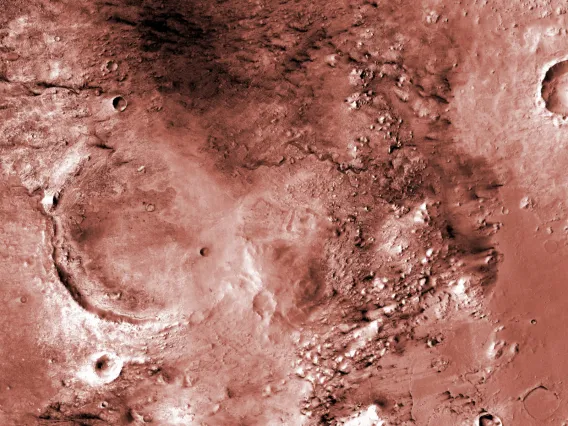
Planetary Surfaces
Planetary Surfaces
×Planetary surfaces are influenced by their interior processes (e.g. volcanoes), exterior effects (e.g. impact cratering) and their atmospheres (e.g. wind and rain) and so can be incredibly informative when it comes to figuring out a planet’s history. The decade from the mid-1960s to mid-1970s saw the exploration of much of the inner solar system with the photography of surfaces of the Moon (including its unseen far-side), Mercury and Mars. LPL’s previous work on telescopic mapping of the lunar surface had left it well prepared to play leading roles in most of these missions and the interpretation of the data they returned. In the following decades, LPL continued contributing to the study of planetary surfaces around the solar system with cameras aboard the Mars Pathfinder mission, the Huygens lander on Saturn’s moon Titan and the operation of the Phoenix lander on Mars. The study of these surfaces has also grown in sophistication and now includes analysis of surface composition from remote spacecraft as well as analysis of returned samples here in the laboratory.
Today at Mars, LPL is operating the HiRISE camera aboard Mars Reconnaissance Orbiter, which takes higher resolution images than any camera to fly on a planetary mission. LPL was home to the VIMS instrument on the Cassini spacecraft, which took images in hundreds of different colors to allow the composition of the target to be determined. LPL faculty also have ongoing involvement in numerous other instruments and missions investigating planetary surfaces.
Planetary Surfaces Group Meetings
 TAPIR
TAPIRTerrestrial And Planetary Investigations and Reconnaissance (TAPIR)
TAPIR research themes include debris-covered glaciers, terrestrial glaciers and ice sheets, Mars polar studies, and geophysical instrumentation techniques.
Planetary Surfaces Faculty

Jeffrey Andrews-Hanna
Professor
Lunar Studies, Planetary Geophysics, Planetary Surfaces, Titan & Outer Solar System
Erik Asphaug
Professor
Lunar Studies, Planetary Analogs, Planetary Geophysics, Planetary Surfaces, Small Bodies, Theoretical Astrophysics, Titan & Outer Solar System
Veronica Bray
Associate Research Professor
Lunar Studies, Planetary Analogs, Planetary Surfaces
Shane Byrne
Professor
Astrobiology, Photogrammetry, Planetary Analogs, Planetary Geophysics, Planetary Surfaces, Titan & Outer Solar System
Lynn Carter
Associate Department Head, Professor, University Distinguished Scholar
Earth, Lunar Studies, Planetary Analogs, Planetary Geophysics, Planetary Surfaces, Titan & Outer Solar System
Dani Mendoza DellaGiustina
Assistant Professor, Deputy Principal Investigator, OSIRIS-REx, Principal Investigator, OSIRIS-APEX
Earth, Photogrammetry, Planetary Analogs, Planetary Geophysics, Planetary Surfaces, Small Bodies
Caitlin Griffith
Professor Emeritus
Astrobiology, Exoplanets, Planetary Astronomy, Planetary Atmospheres, Planetary Formation and Evolution, Planetary Surfaces, Titan & Outer Solar System
Virginia Gulick
Research Professor
Astrobiology, Planetary Analogs, Planetary Surfaces
Christopher Hamilton
Associate Professor
Astrobiology, Earth, Lunar Studies, Photogrammetry, Planetary Analogs, Planetary Geophysics, Planetary Surfaces
Jack Holt
Professor, EDO Director
Earth, Planetary Analogs, Planetary Geophysics, Planetary Surfaces
Alfred McEwen
Regents Professor
Astrobiology, Lunar Studies, Photogrammetry, Planetary Analogs, Planetary Geophysics, Planetary Surfaces
Stefano Nerozzi
Assistant Research Professor
Earth, Planetary Analogs, Planetary Geophysics, Planetary Surfaces
Vishnu Reddy
Professor
Cosmochemistry, Planetary Astronomy, Planetary Surfaces, Small Bodies, Space Situational AwarenessPlanetary Surfaces Researchers

Roberto Aguilar
PTYS Graduate Student
Photogrammetry, Planetary Surfaces
Namya Baijal
PTYS Graduate Student
Planetary Geophysics, Planetary Surfaces, Small Bodies
Brett Carr
Researcher/Scientist
Earth, Lunar Studies, Photogrammetry, Planetary Analogs, Planetary Surfaces
Rishi Chandra
PTYS Graduate Student
Earth, Lunar Studies, Planetary Analogs, Planetary Geophysics, Planetary Surfaces, Small Bodies
Matthew Chojnacki
DCC Associate Research (McEwen)
Photogrammetry, Planetary Surfaces, Small Bodies
Claire Cook
PTYS Graduate Student
Photogrammetry, Planetary Analogs, Planetary Geophysics, Planetary Surfaces, Titan & Outer Solar System
Michael Daniel
PTYS Graduate Student
Earth, Planetary Surfaces
Ruby Fulford
PTYS Graduate Student
Astrobiology, Planetary Geophysics, Planetary Surfaces, Small Bodies, Titan & Outer Solar System
Gabriel Gowman
PTYS Graduate Student
Planetary Surfaces
Nathan Hadland
PTYS Graduate Student
Astrobiology, Earth, Planetary Analogs, Planetary Surfaces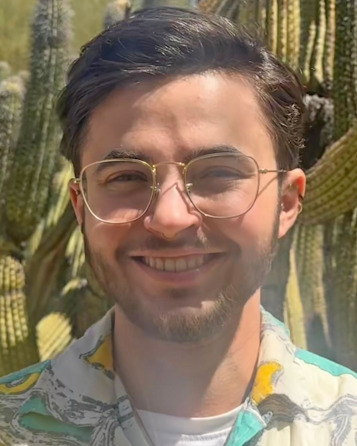
Orion Hon
PTYS Graduate Student
Planetary Surfaces
Rowan Huang
PTYS Graduate Student
Photogrammetry, Planetary Surfaces
Rocio Jacobo Bojorquez
PTYS Graduate Student
Planetary Surfaces
Erich Karkoschka
Research Scientist/Senior Staff Scientist
Planetary Astronomy, Planetary Atmospheres, Planetary Surfaces, Titan & Outer Solar System
Euibin Kim
PTYS Graduate Student
Photogrammetry, Planetary Formation and Evolution, Planetary Surfaces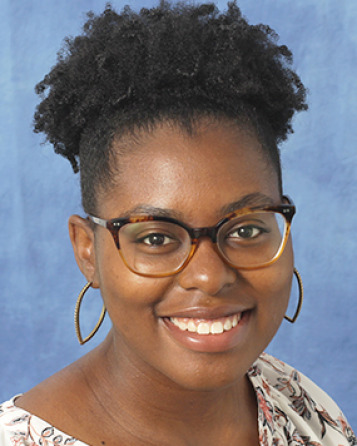
Kiana McFadden
PTYS Graduate Student
Planetary Surfaces, Small Bodies
Thea McKenna
PTYS Graduate Student
Planetary Atmospheres, Planetary Surfaces
Cole Meyer
PTYS Graduate Student
Planetary Atmospheres, Planetary Surfaces, Solar and Heliospheric Research
Samantha Moruzzi
PTYS Graduate Student
Planetary Analogs, Planetary Geophysics, Planetary Surfaces, Titan & Outer Solar System
Carter Mucha
PTYS Graduate Student
Planetary Surfaces
Michael Phillips
Researcher/Scientist
Astrobiology, Photogrammetry, Planetary Analogs, Planetary Surfaces
Andrew Ryan
Researcher/Scientist, OSIRIS-REx
Planetary Surfaces
Stephen Schwartz
DCC Associate Staff Scientist (Asphaug)
Orbital Dynamics, Planetary Astronomy, Planetary Surfaces, Small Bodies, Space Situational Awareness
Christina Singh
PTYS Graduate Student
Astrobiology, Photogrammetry, Planetary Analogs, Planetary Surfaces
Sarah Sutton
Photogrammetry Program Lead, HiRISE, Researcher/Scientist
Earth, Lunar Studies, Photogrammetry, Planetary Analogs, Planetary Surfaces, Small Bodies
Wesley Tucker
Postdoctoral Research Associate
Planetary Analogs, Planetary Geophysics, Planetary Surfaces, Titan & Outer Solar System
Robin Van Auken
PTYS Graduate Student
Planetary Formation and Evolution, Planetary SurfacesPlanetary Surfaces Support Staff

Singleton Papendick
Science Operations Engineer, HiRISE
Earth, Planetary Surfaces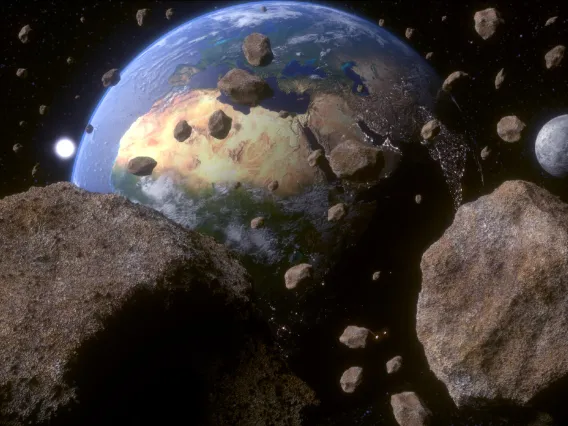
Small Bodies
Small Bodies
×LPL has long been a leader in researching the small bodies of the solar system. Active research includes:
- Two world-renowned groundbased asteroid survey programs: SPACEWATCH®, directed by Dr. Melissa Brucker, claims a number of firsts in hunting for small bodies, many related to being the first to use CCD-scanning routinely; and Catalina Sky Survey, under the direction of Carson Fuls, has led the world in asteroid discoveries each year since 2005.
- The first American asteroid sample-return mission. OSIRIS-REx, with Professor Dante Lauretta as the Principal Investigator, was launched in 2016, arrived at asteroid Bennu in 2018, began its return to Earth in 2021, and is on track for Fall 2023 delivery.
- The OSIRIS-APEX mission, led by Assistant Professor Dani DellaGiustina, will reprise the discoveries of the OSIRIS-REx spacecraft at a second asteroid, Apophis.
- Several groups active in meteorite research, led by professors Jessica Barnes, Pierre Haenecour, Dante Lauretta, and Tom Zega.
- Research into the orbital evolution of the main asteroid belt and the Kuiper Belt, led by Regents Professor Renu Malhotra.
- LPL also has a long history of comet research, which continues with new and ongoing studies by Professor Walter Harris and Professor Emeritus Uwe Fink.
 Catalina Sky Survey
Catalina Sky Survey SPACEWATCH®
SPACEWATCH® OSIRIS-REx
OSIRIS-REx OSIRIS-APEX
OSIRIS-APEXSmall Bodies Faculty

Erik Asphaug
Professor
Lunar Studies, Planetary Analogs, Planetary Geophysics, Planetary Surfaces, Small Bodies, Theoretical Astrophysics, Titan & Outer Solar System
William Boynton
Professor Emeritus
Astrobiology, Cosmochemistry, Lunar Studies, Small Bodies
Dani Mendoza DellaGiustina
Assistant Professor, Deputy Principal Investigator, OSIRIS-REx, Principal Investigator, OSIRIS-APEX
Earth, Photogrammetry, Planetary Analogs, Planetary Geophysics, Planetary Surfaces, Small Bodies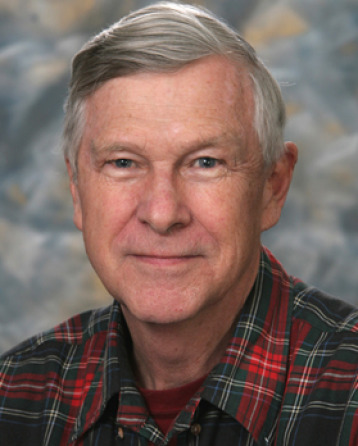
Uwe Fink
Professor Emeritus
Small Bodies
Pierre Haenecour
Assistant Professor
Astrobiology, Cosmochemistry, Planetary Astronomy, Small Bodies
Walter Harris
Professor
Planetary Astronomy, Planetary Atmospheres, Small Bodies, Solar and Heliospheric Research
Ellen Howell
Research Professor
Small Bodies
Dante Lauretta
Director, Arizona Astrobiology Center, Principal Investigator, OSIRIS-REx, Regents Professor
Astrobiology, Cosmochemistry, Small Bodies
Renu Malhotra
Louise Foucar Marshall Science Research Professor, Regents Professor
Astrobiology, Exoplanets, Orbital Dynamics, Planetary Formation and Evolution, Small Bodies, Theoretical Astrophysics
Angela Marusiak
Assistant Research Professor
Lunar Studies, Planetary Analogs, Planetary Geophysics, Small Bodies, Titan & Outer Solar System
Robert (Bob) McMillan
Research Professor (Retired)
Asteroid Surveys, Planetary Astronomy, Small Bodies
Michael Nolan
Deputy Principal Investigator, OSIRIS-APEX, Research Professor
Small Bodies
Vishnu Reddy
Professor
Cosmochemistry, Planetary Astronomy, Planetary Surfaces, Small Bodies, Space Situational Awareness
Timothy Swindle
Professor Emeritus
Cosmochemistry, Lunar Studies, Small Bodies, Theoretical Astrophysics
Tom Zega
Professor
Astrobiology, Cosmochemistry, Small BodiesSmall Bodies Researchers

Namya Baijal
PTYS Graduate Student
Planetary Geophysics, Planetary Surfaces, Small Bodies
Adam Battle
R&D Software Engineer, SPACE 4 Center
Asteroid Surveys, Small Bodies, Space Situational Awareness
Jacob Bernal
DCC Postdoctoral Research Associate (Zega), NSF Postdoctoral Fellow
Astrobiology, Cosmochemistry, Small Bodies
Melissa Brucker
Principal Investigator, Spacewatch, Research Scientist
Asteroid Surveys, Small Bodies
David Cantillo
PTYS Graduate Student
Astrobiology, Small Bodies, Space Situational Awareness
Rishi Chandra
PTYS Graduate Student
Earth, Lunar Studies, Planetary Analogs, Planetary Geophysics, Planetary Surfaces, Small Bodies
Laura Chaves
Postdoctoral Research Associate
Cosmochemistry, Small Bodies
Matthew Chojnacki
DCC Associate Research (McEwen)
Photogrammetry, Planetary Surfaces, Small Bodies
Jason Corliss
Research Scientist/Senior Staff Scientist
Planetary Astronomy, Planetary Atmospheres, Small Bodies, Solar and Heliospheric Research
Samuel Crossley
Researcher/Scientist
Cosmochemistry, Planetary Analogs, Planetary Formation and Evolution, Small Bodies
Ruby Fulford
PTYS Graduate Student
Astrobiology, Planetary Geophysics, Planetary Surfaces, Small Bodies, Titan & Outer Solar System
Carson Fuls
Director, Catalina Sky Survey, PTYS Graduate Student
Asteroid Surveys, Small Bodies
Dathon Golish
Mission Instrument and Observation Scientist
Photogrammetry, Small Bodies
Devin Hoover
PTYS Graduate Student
Small Bodies
Kana Ishimaru
PTYS Graduate Student
Cosmochemistry, Small Bodies
Steve Larson
Research Scientist/Senior Staff Scientist
Asteroid Surveys, Small Bodies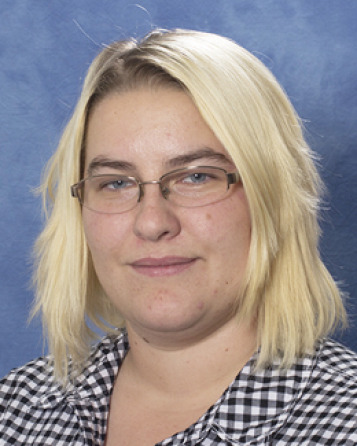
Cassandra Lejoly
Research Scientist/Observer, Spacewatch
Small Bodies
Kiana McFadden
PTYS Graduate Student
Planetary Surfaces, Small Bodies
Robert Melikyan
PTYS Graduate Student
Orbital Dynamics, Small Bodies
Stephen Schwartz
DCC Associate Staff Scientist (Asphaug)
Orbital Dynamics, Planetary Astronomy, Planetary Surfaces, Small Bodies, Space Situational Awareness
Sarah Sutton
Photogrammetry Program Lead, HiRISE, Researcher/Scientist
Earth, Lunar Studies, Photogrammetry, Planetary Analogs, Planetary Surfaces, Small BodiesSmall Bodies Support Staff

Dolores Hill
Research Specialist, Senior
Cosmochemistry, Small Bodies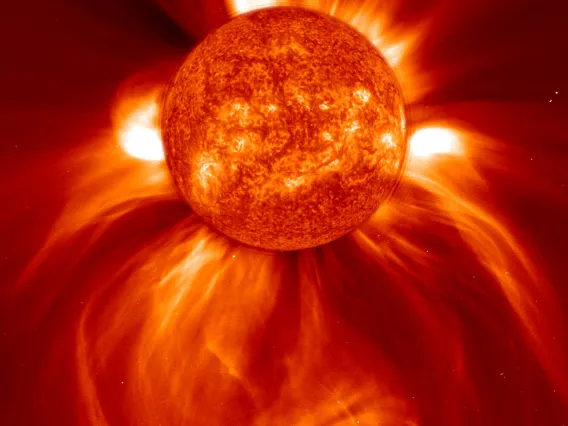
Solar & Heliospheric
Solar and Heliospheric Research
×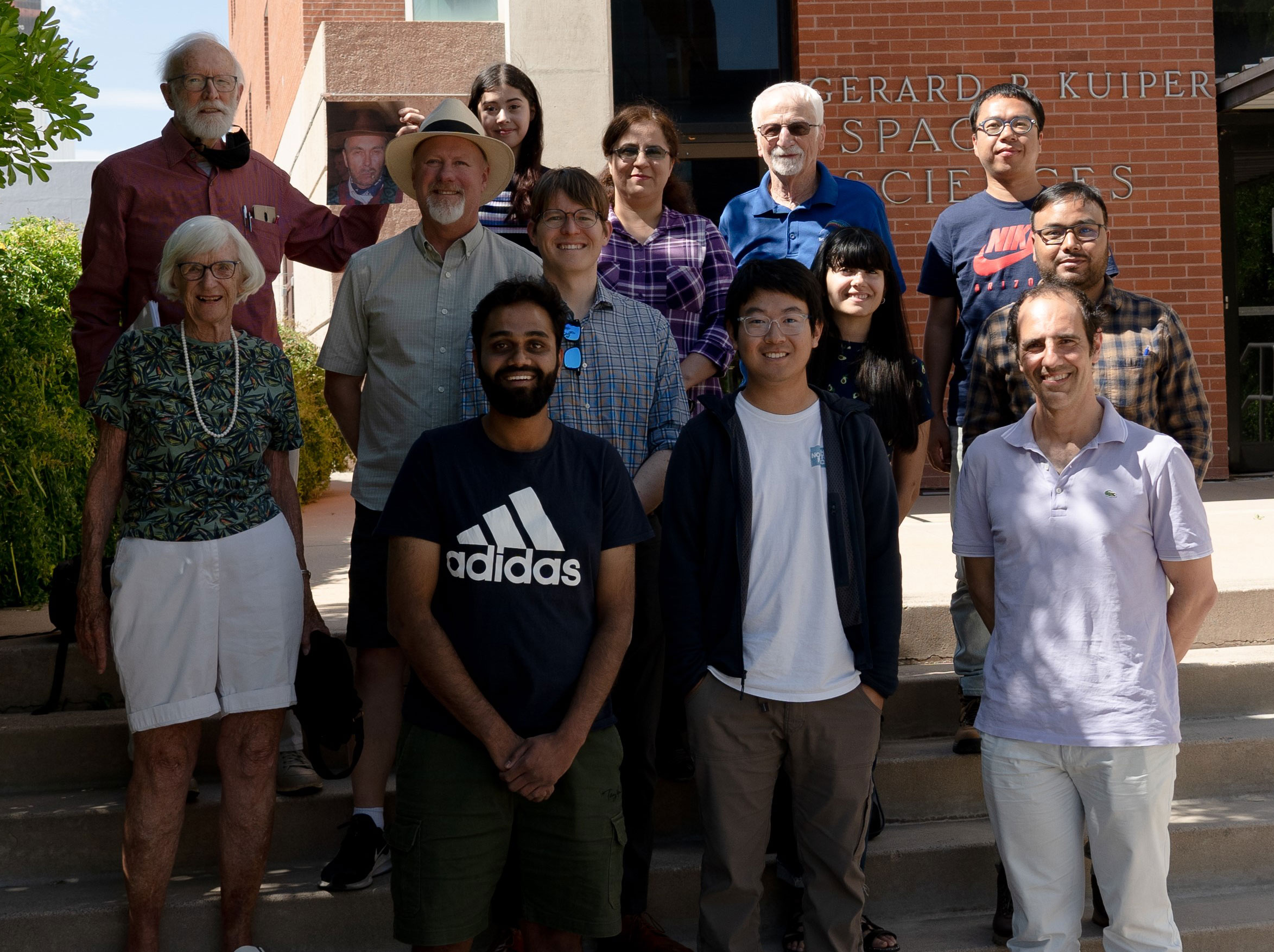 Heliophysics Research Group
Heliophysics Research GroupSolar and Heliospheric Research Group
The Lunar and Planetary Laboratory has had a long history studying the Sun’s atmosphere and magnetic field as it moves outward at supersonic speeds throughout the solar system until it encounters the local interstellar medium. The region of the interstellar space near the Sun that is ‘carved out’ by the solar wind is known as the Heliosphere. Current LPL researchers study many different aspects of the Heliosphere, including how it affects the transport of galactic cosmic rays within the solar system, as well as the acceleration and transport of high-energy solar particles, both of which comprise the space radiation environment. LPL researchers have had significant involvement in the Voyager spacecraft missions which are currently exploring the boundaries of the Heliosphere, as well as involvement with other spacecraft missions aimed at studying the Sun and solar wind, such as the Advanced Composition Explorer and Ulysses, and also in the "mission to touch the Sun," Parker Solar Probe.
Solar & Heliospheric Faculty

Joe Giacalone
Professor
Solar and Heliospheric Research, Theoretical Astrophysics
Walter Harris
Professor
Planetary Astronomy, Planetary Atmospheres, Small Bodies, Solar and Heliospheric Research
Kristopher Klein
Associate Professor
Solar and Heliospheric Research, Theoretical Astrophysics
Jozsef Kota
Senior Research Scientist (Retired)
Solar and Heliospheric Research, Theoretical AstrophysicsSolar & Heliospheric Researchers

Jason Corliss
Research Scientist/Senior Staff Scientist
Planetary Astronomy, Planetary Atmospheres, Small Bodies, Solar and Heliospheric Research
Mark Giampapa
DCC Visiting Research Scholar (Giacalone)
Solar and Heliospheric Research
Jack Harvey
DCC Visiting Research Scholar (Giacalone)
Solar and Heliospheric Research
John Leibacher
DCC Visiting Research Scholar (Giacalone)
Solar and Heliospheric Research
Mihailo Martinović
Researcher/Scientist
Solar and Heliospheric Research
Cole Meyer
PTYS Graduate Student
Planetary Atmospheres, Planetary Surfaces, Solar and Heliospheric Research
Ashraf Moradi
Postdoctoral Research Associate
Solar and Heliospheric Research
Marcia Neugebauer
DCC Visiting Research Scientist (Giacalone)
Solar and Heliospheric Research
Tyler Reese
PTYS Graduate Student
Planetary Atmospheres, Solar and Heliospheric Research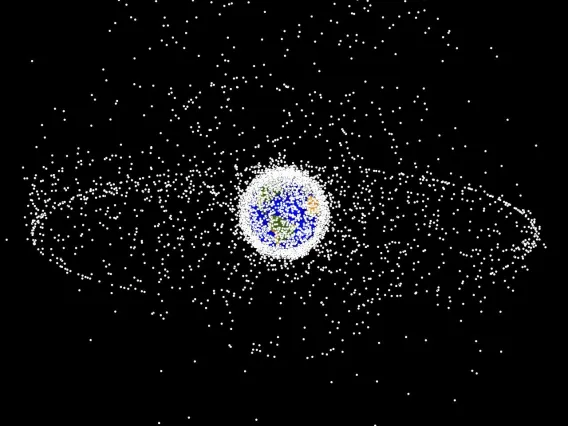
Space Situational Awareness
Space Situational Awareness
×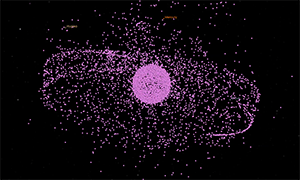 Reddy Research Group
Reddy Research GroupOrbital space around our Earth is congested, contested and competitive. Our research group is actively working to ensure sustainable management of this valuable resource for future generations. Our spectroscopy lab is capable of characterizing space material under space-like conditions so we can better interpret spectral properties of objects in Earth orbit and uniquely identify them. We have a dedicated telescope for collecting visible wavelength spectral data (0.35-1.0 µm) of space objects. Undergraduate engineering students built the RAPTORS telescope that will enable us to characterize objects in geostationary belt.
Projects related to small bodies include characterization of near-Earth asteroids for planetary defense, asteroid-meteorite link, rapid recovery of meteorites using radar and ground-based support for spacecraft missions. Space surveillance topics of interest include daytime imaging, telescopic and laboratory spectral characterization of space materials, sensor tasking, and cyber infrastructure for big data.
Space Situational Awareness Faculty

Vishnu Reddy
Professor
Cosmochemistry, Planetary Astronomy, Planetary Surfaces, Small Bodies, Space Situational AwarenessSpace Situational Awareness Researchers

Adam Battle
R&D Software Engineer, SPACE 4 Center
Asteroid Surveys, Small Bodies, Space Situational Awareness
David Cantillo
PTYS Graduate Student
Astrobiology, Small Bodies, Space Situational Awareness
Stephen Schwartz
DCC Associate Staff Scientist (Asphaug)
Orbital Dynamics, Planetary Astronomy, Planetary Surfaces, Small Bodies, Space Situational Awareness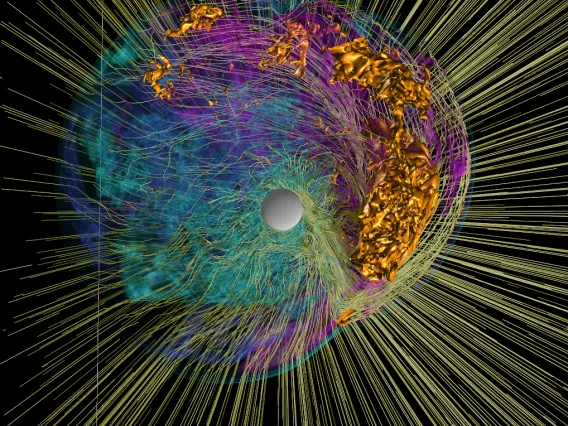
Theoretical Astrophysics
Theoretical Astrophysics
×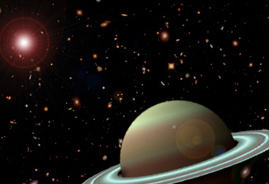 Theoretical Astrophysics Program
Theoretical Astrophysics ProgramTheoretical Astrophysics Program
In 1985, the University of Arizona consolidated its traditional and long-standing strength in astronomy and planetary sciences through an interdisciplinary program in theoretical astrophysics that includes the departments of Physics, Astronomy, Planetary Sciences (LPL), and Applied Mathematics Departments, as well as the National Optical Astronomy Observatory. The Theoretical Astrophysics Program (TAP) administers a Monday colloquium series, graduate student research and recruitment prizes, a postdoctoral fellowship, and a visitor program.
Theoretical Astrophysics Faculty

Erik Asphaug
Professor
Lunar Studies, Planetary Analogs, Planetary Geophysics, Planetary Surfaces, Small Bodies, Theoretical Astrophysics, Titan & Outer Solar System
Joe Giacalone
Professor
Solar and Heliospheric Research, Theoretical Astrophysics
William Hubbard
Professor Emeritus
Exoplanets, Planetary Atmospheres, Planetary Formation and Evolution, Theoretical Astrophysics, Titan & Outer Solar System
Kristopher Klein
Associate Professor
Solar and Heliospheric Research, Theoretical Astrophysics
Jozsef Kota
Senior Research Scientist (Retired)
Solar and Heliospheric Research, Theoretical Astrophysics
Renu Malhotra
Louise Foucar Marshall Science Research Professor, Regents Professor
Astrobiology, Exoplanets, Orbital Dynamics, Planetary Formation and Evolution, Small Bodies, Theoretical Astrophysics
Isamu Matsuyama
Professor
Astrobiology, Exoplanets, Lunar Studies, Planetary Formation and Evolution, Planetary Geophysics, Theoretical Astrophysics, Titan & Outer Solar System
Sukrit Ranjan
Assistant Professor
Astrobiology, Earth, Exoplanets, Planetary Atmospheres, Planetary Formation and Evolution, Theoretical Astrophysics
Timothy Swindle
Professor Emeritus
Cosmochemistry, Lunar Studies, Small Bodies, Theoretical AstrophysicsTheoretical Astrophysics Researchers

Feng Long
Postdoctoral Research Associate, Sagan Fellow
Planetary Formation and Evolution, Theoretical Astrophysics
Fuda Nguyen
PTYS Graduate Student
Exoplanets, Planetary Atmospheres, Planetary Formation and Evolution, Theoretical Astrophysics
Anna Taylor
PTYS Graduate Student
Exoplanets, Planetary Atmospheres, Theoretical Astrophysics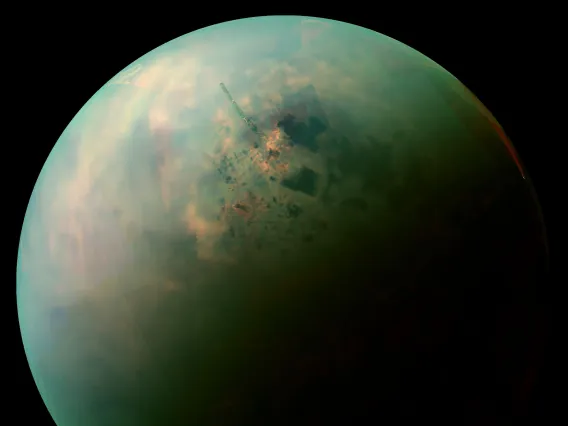
Titan & Outer Solar System
Titan & Outer Solar System
×Titan Media
Tour of Titan from Cassini-VIMS: 30 Years of Exploration
Video by Cassini VIMS team
The Cassini/VIMS team, based at LPL, has created an unparalleled map of Titan, which is a culmination of nearly 3 decades of effort by a diverse team of dedicated people. Custom mapping software sewed together the best Titan data collected during over 100 flybys of Saturn’s largest moon, and months of detailed adjustments to lighting and mosaic seams produced the most complete hyperspectral map of Titan in existence. This video commemorates our achievements—technical and artistic - and conveys in some small way the emotions felt by the group of dedicated people who worked on VIMS and Cassini-Huygens. This mission is a human achievement of the highest order, and for those who worked on it, pride in the mission will stay with us the rest of our lives.
Download (MP4 720P)
Additional Videos
- Approaching Titan a Billion Times Closer (MP4)
- The View from Huygens on January 14, 2005 (MP4)
- The Descent Imager/Spectral Radiometer During the Descent of Huygens onto Titan on January 14, 2005 (MP4)
- Read the Full Description
Titan & Outer Solar System Faculty

Jeffrey Andrews-Hanna
Professor
Lunar Studies, Planetary Geophysics, Planetary Surfaces, Titan & Outer Solar System
Erik Asphaug
Professor
Lunar Studies, Planetary Analogs, Planetary Geophysics, Planetary Surfaces, Small Bodies, Theoretical Astrophysics, Titan & Outer Solar System
Shane Byrne
Professor
Astrobiology, Photogrammetry, Planetary Analogs, Planetary Geophysics, Planetary Surfaces, Titan & Outer Solar System
Lynn Carter
Associate Department Head, Professor, University Distinguished Scholar
Earth, Lunar Studies, Planetary Analogs, Planetary Geophysics, Planetary Surfaces, Titan & Outer Solar System
Caitlin Griffith
Professor Emeritus
Astrobiology, Exoplanets, Planetary Astronomy, Planetary Atmospheres, Planetary Formation and Evolution, Planetary Surfaces, Titan & Outer Solar System
William Hubbard
Professor Emeritus
Exoplanets, Planetary Atmospheres, Planetary Formation and Evolution, Theoretical Astrophysics, Titan & Outer Solar System
Tommi Koskinen
Associate Department Head, Associate Professor
Exoplanets, Planetary Atmospheres, Planetary Formation and Evolution, Titan & Outer Solar System
Angela Marusiak
Assistant Research Professor
Lunar Studies, Planetary Analogs, Planetary Geophysics, Small Bodies, Titan & Outer Solar System
Isamu Matsuyama
Professor
Astrobiology, Exoplanets, Lunar Studies, Planetary Formation and Evolution, Planetary Geophysics, Theoretical Astrophysics, Titan & Outer Solar System
Roger Yelle
Professor
Astrobiology, Exoplanets, Planetary Atmospheres, Titan & Outer Solar SystemTitan & Outer Solar System Researchers

Claire Cook
PTYS Graduate Student
Photogrammetry, Planetary Analogs, Planetary Geophysics, Planetary Surfaces, Titan & Outer Solar System
Ruby Fulford
PTYS Graduate Student
Astrobiology, Planetary Geophysics, Planetary Surfaces, Small Bodies, Titan & Outer Solar System
Erich Karkoschka
Research Scientist/Senior Staff Scientist
Planetary Astronomy, Planetary Atmospheres, Planetary Surfaces, Titan & Outer Solar System
Samantha Moruzzi
PTYS Graduate Student
Planetary Analogs, Planetary Geophysics, Planetary Surfaces, Titan & Outer Solar System
Wesley Tucker
Postdoctoral Research Associate
Planetary Analogs, Planetary Geophysics, Planetary Surfaces, Titan & Outer Solar System
